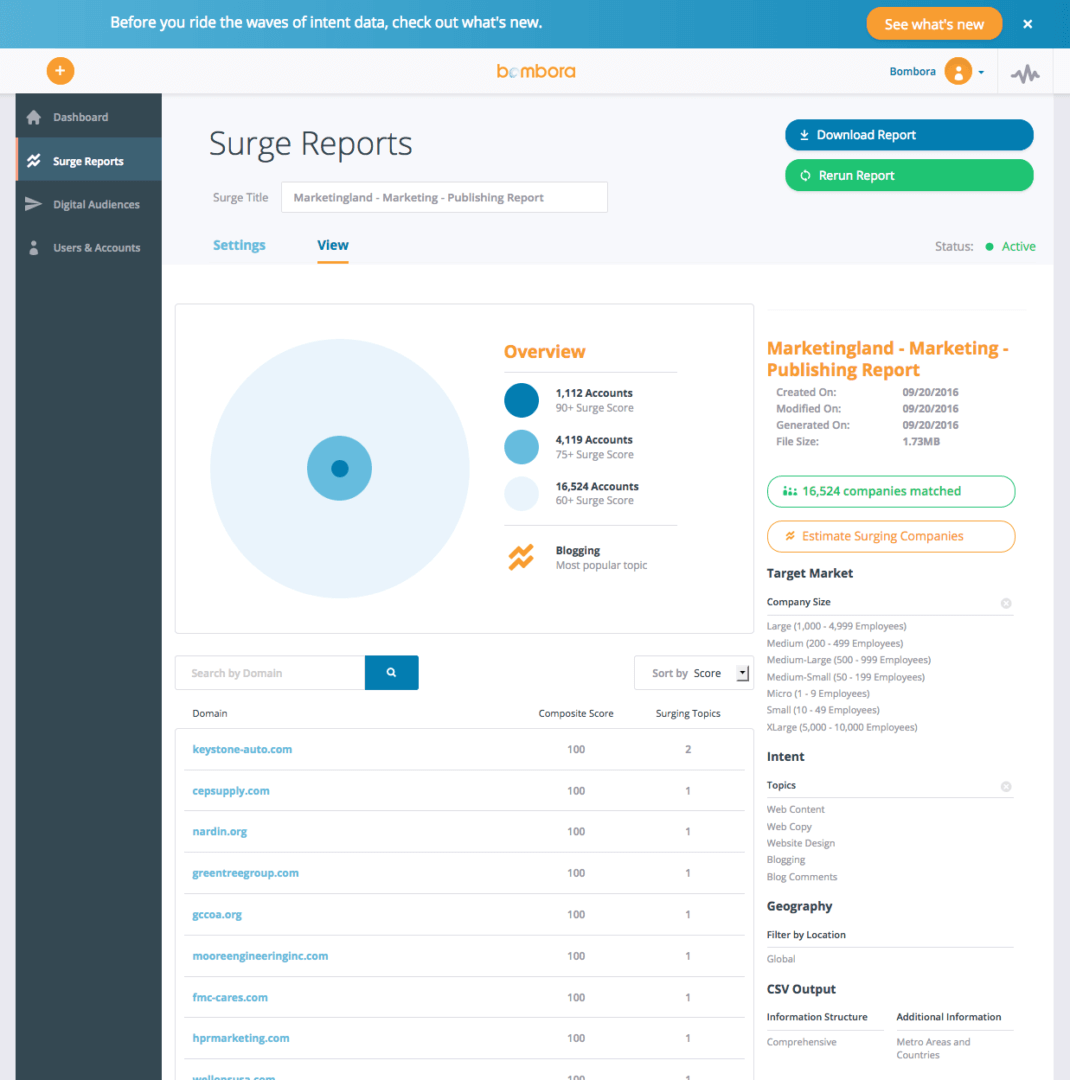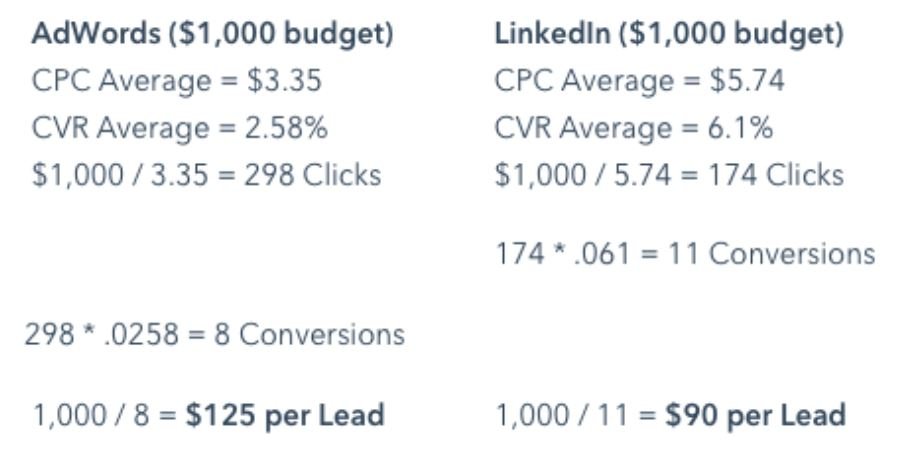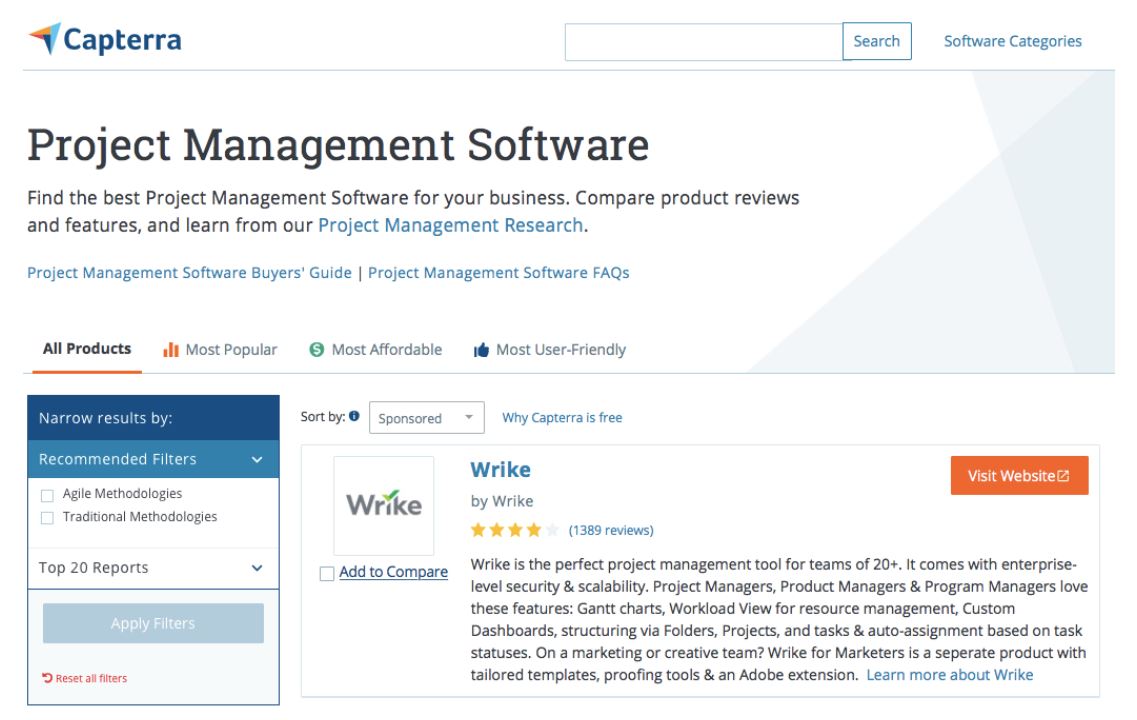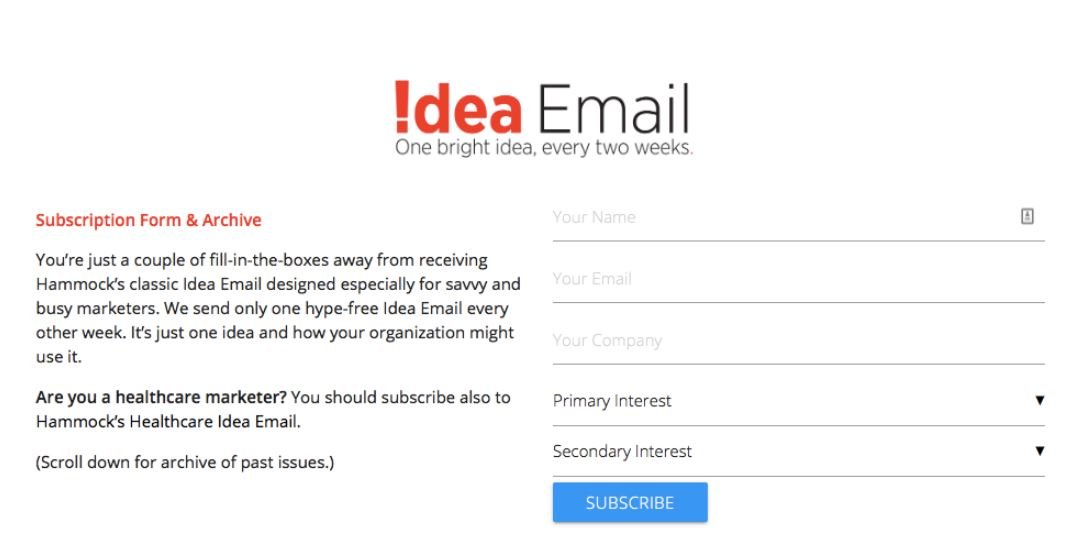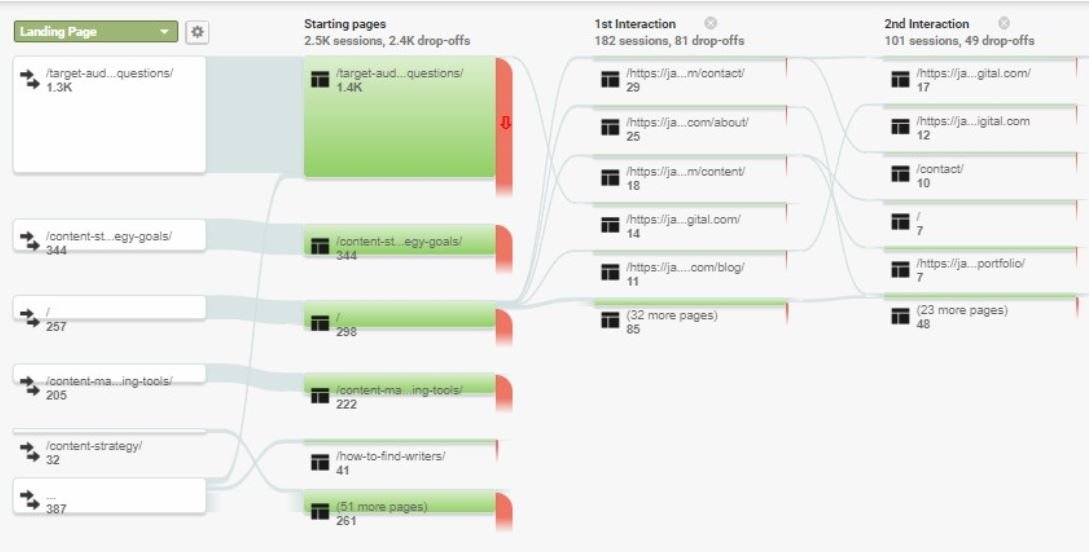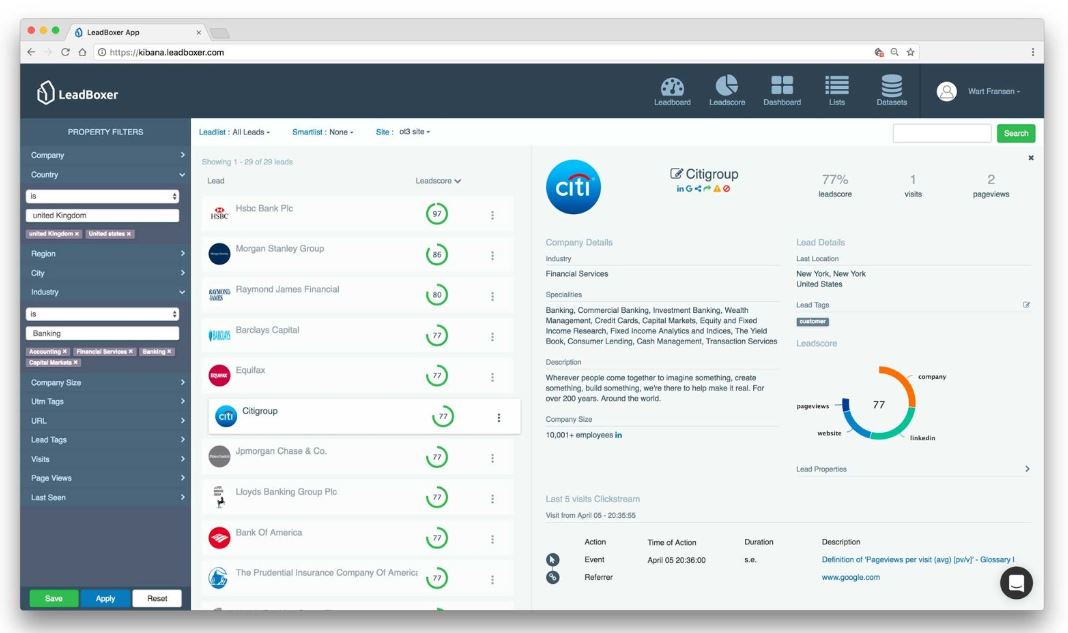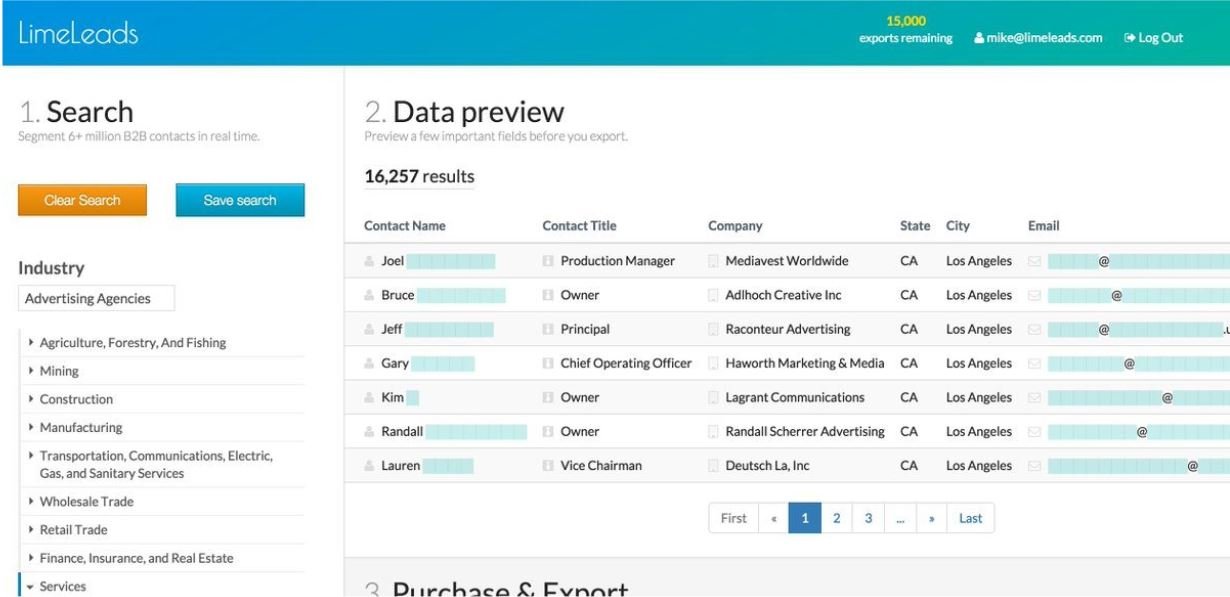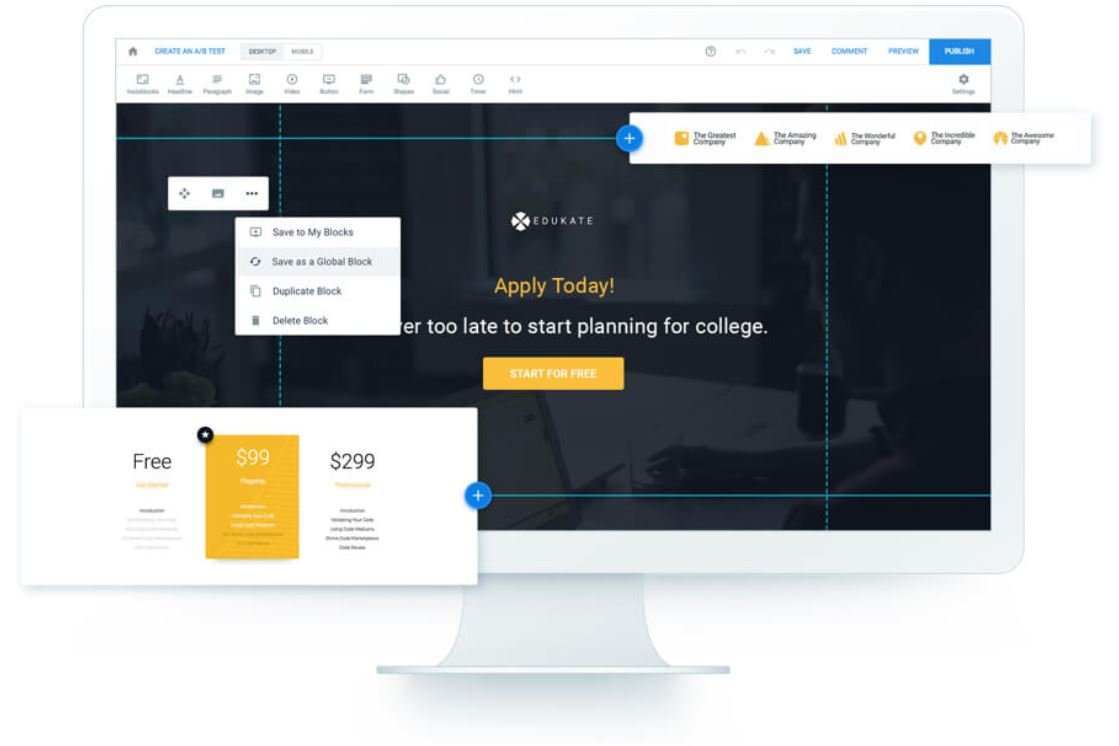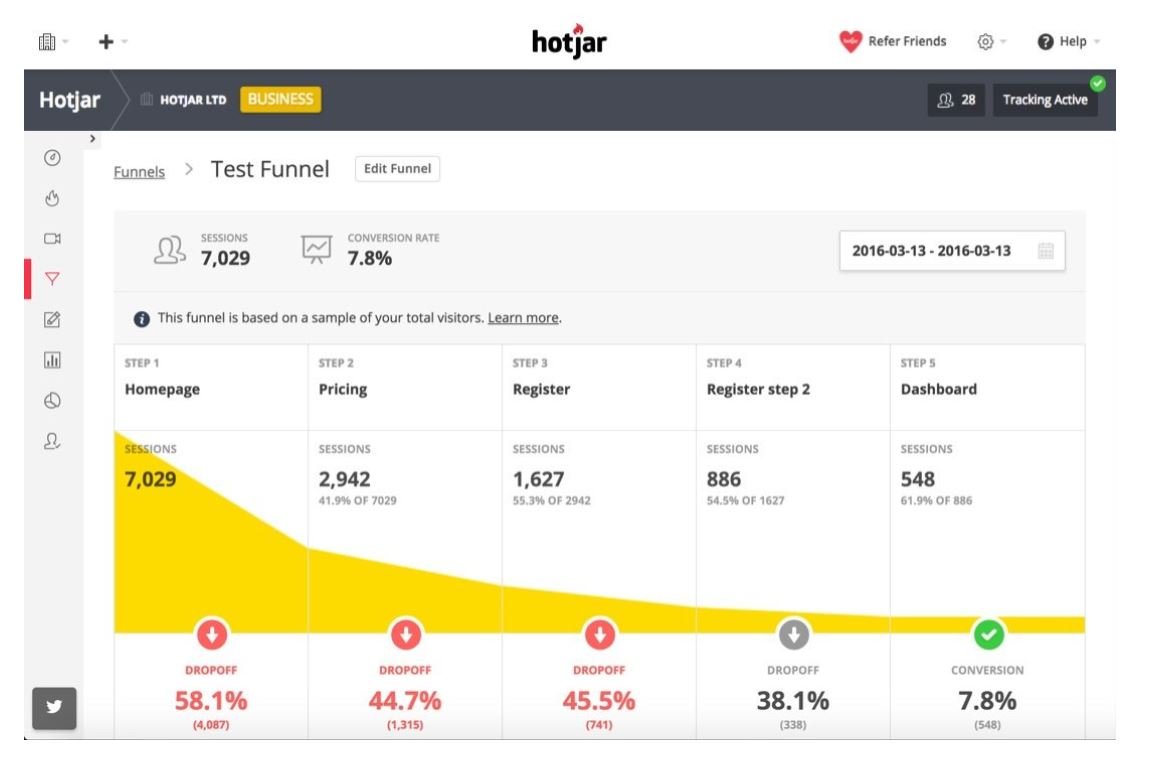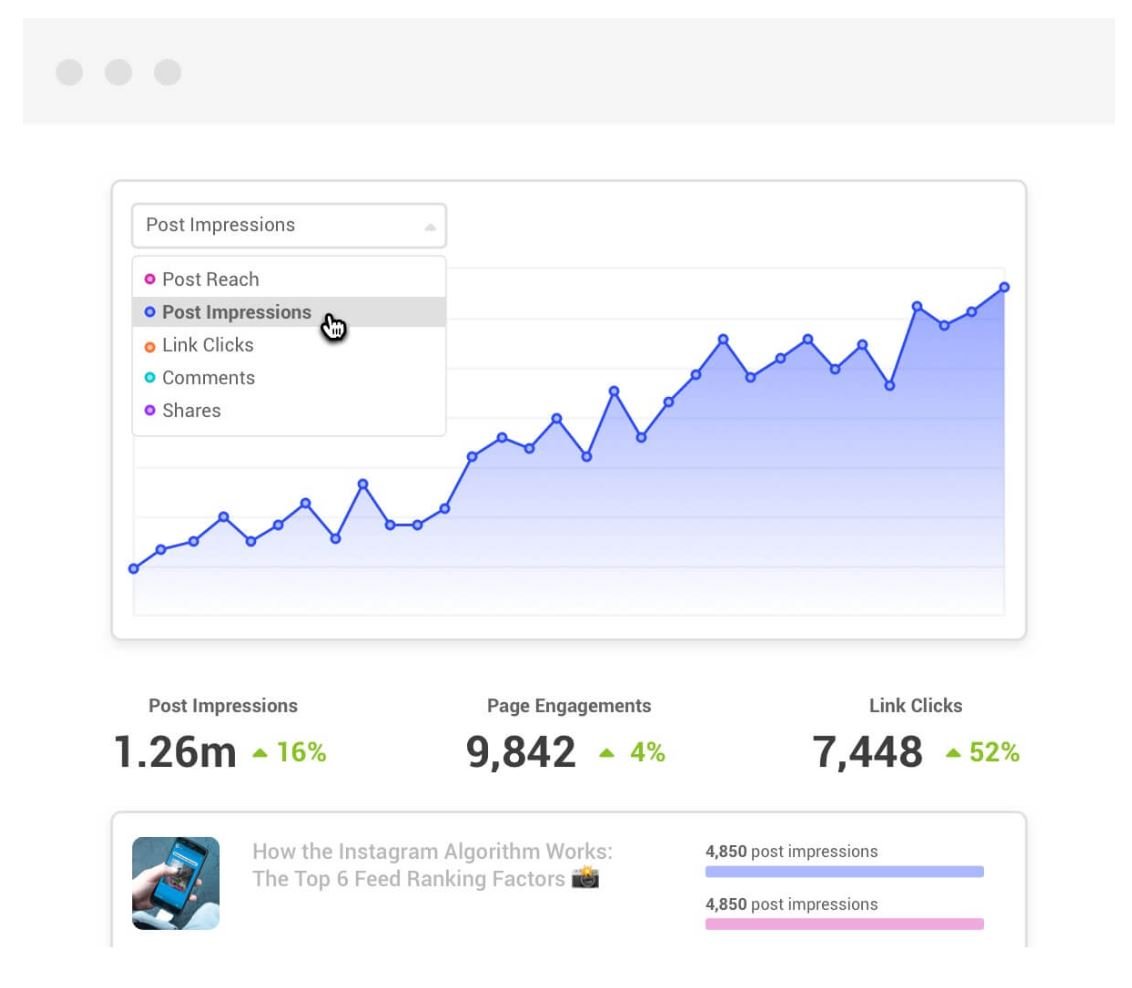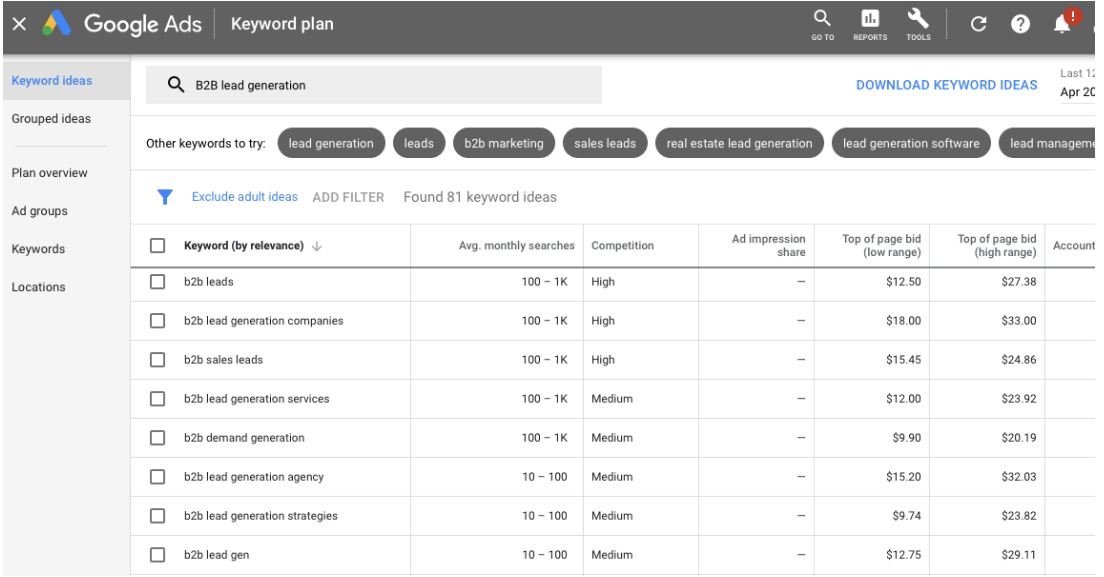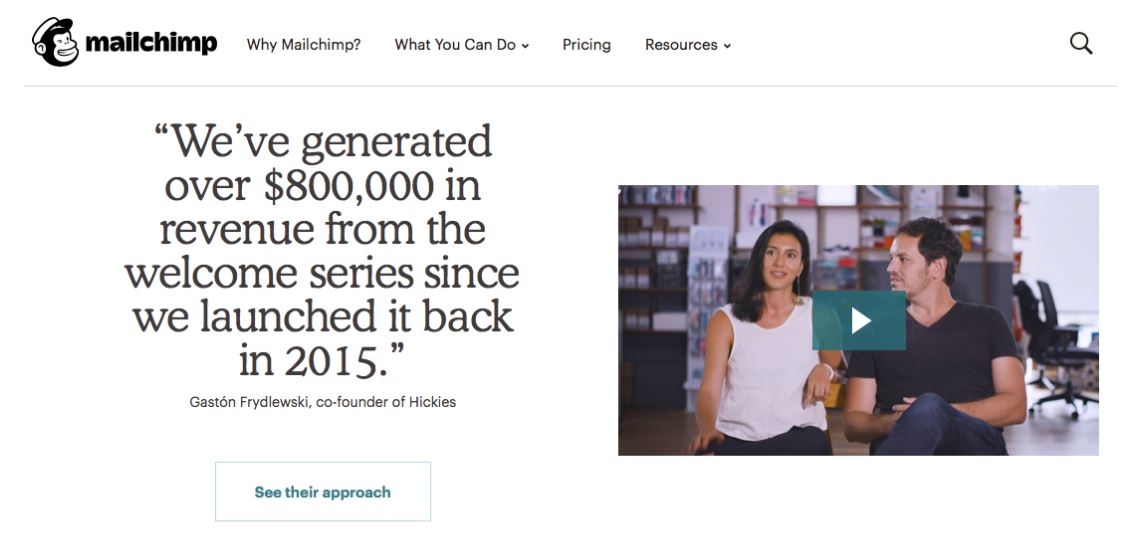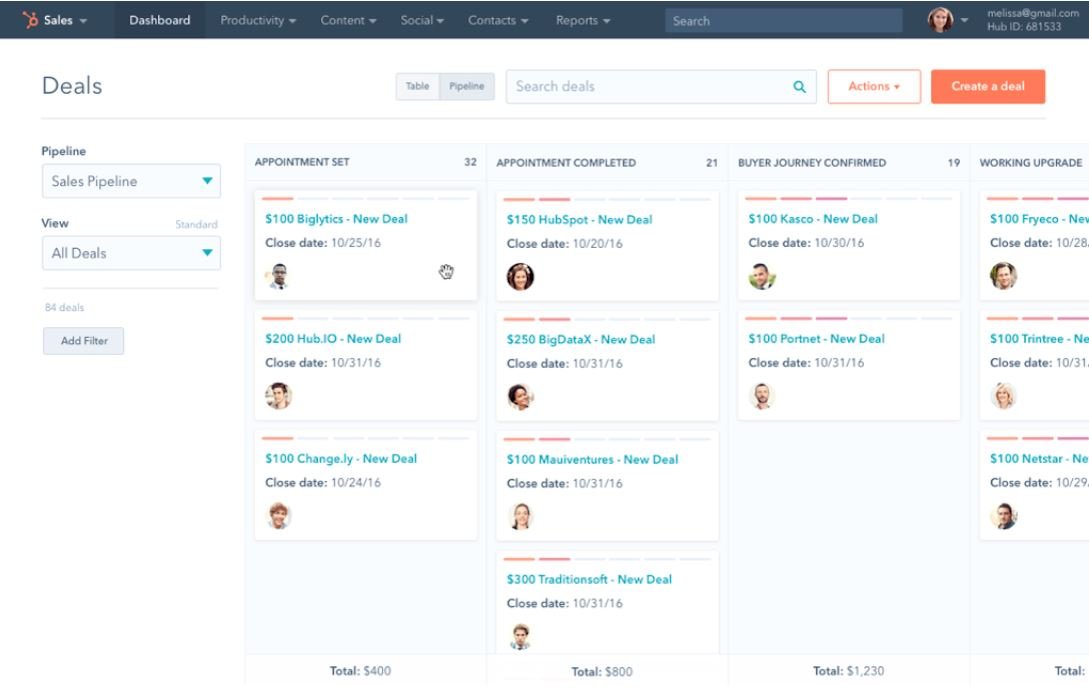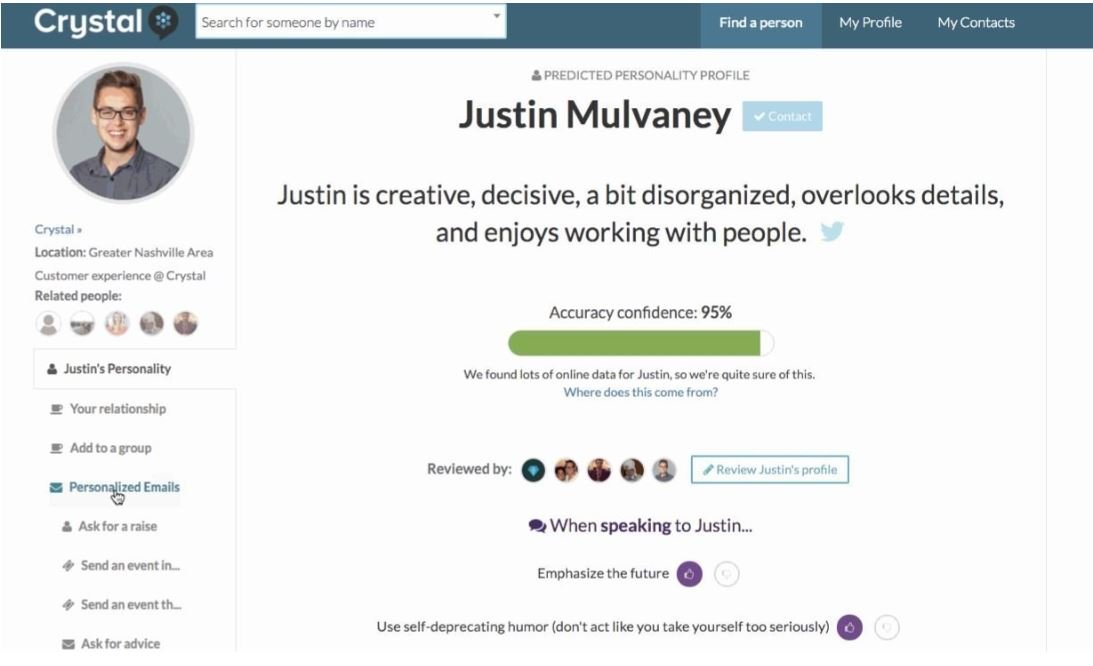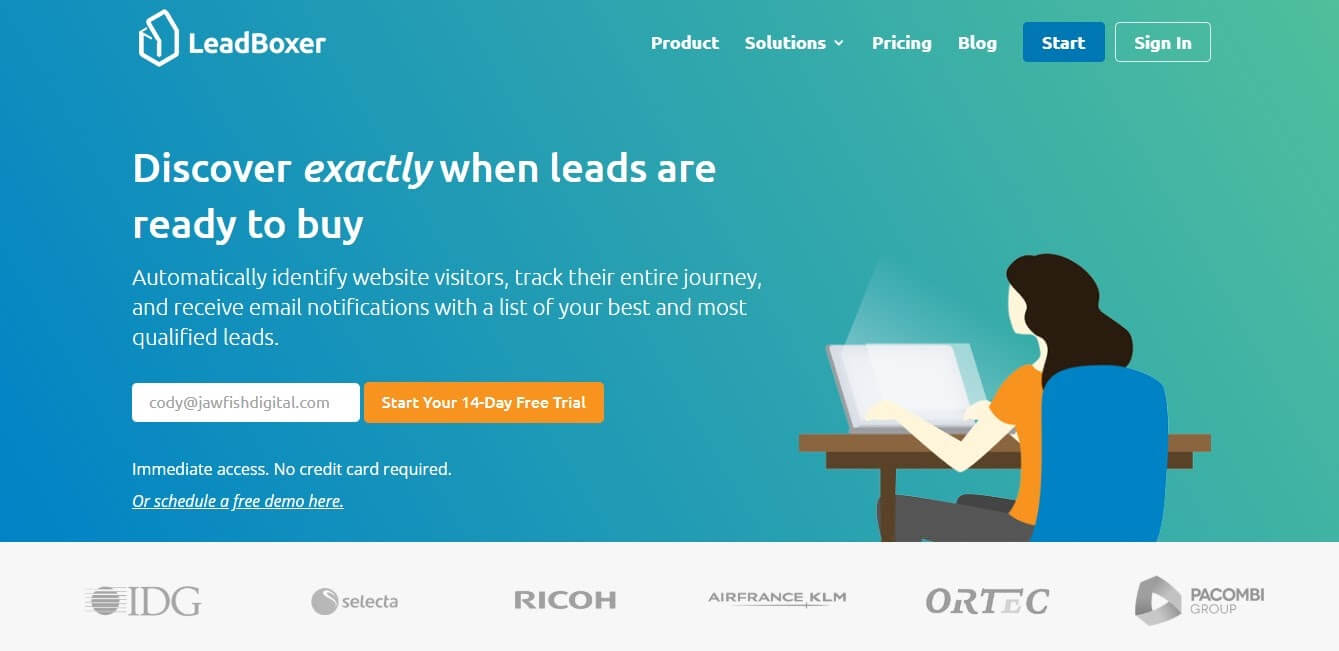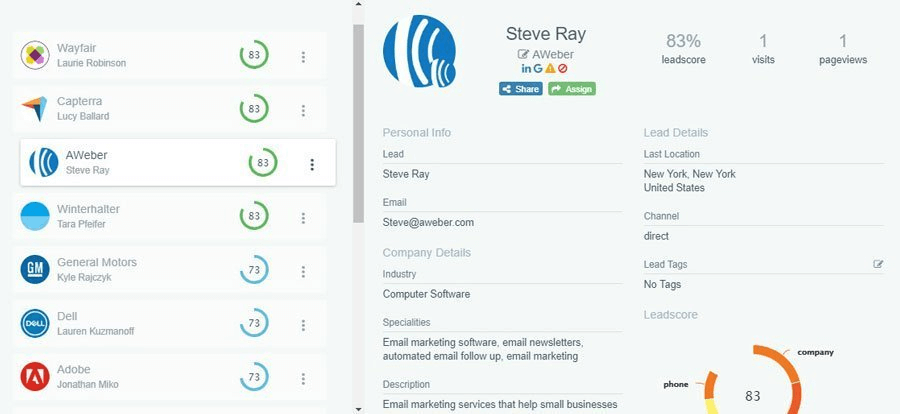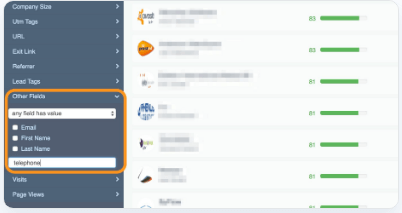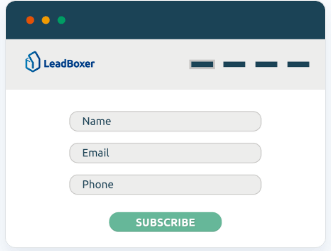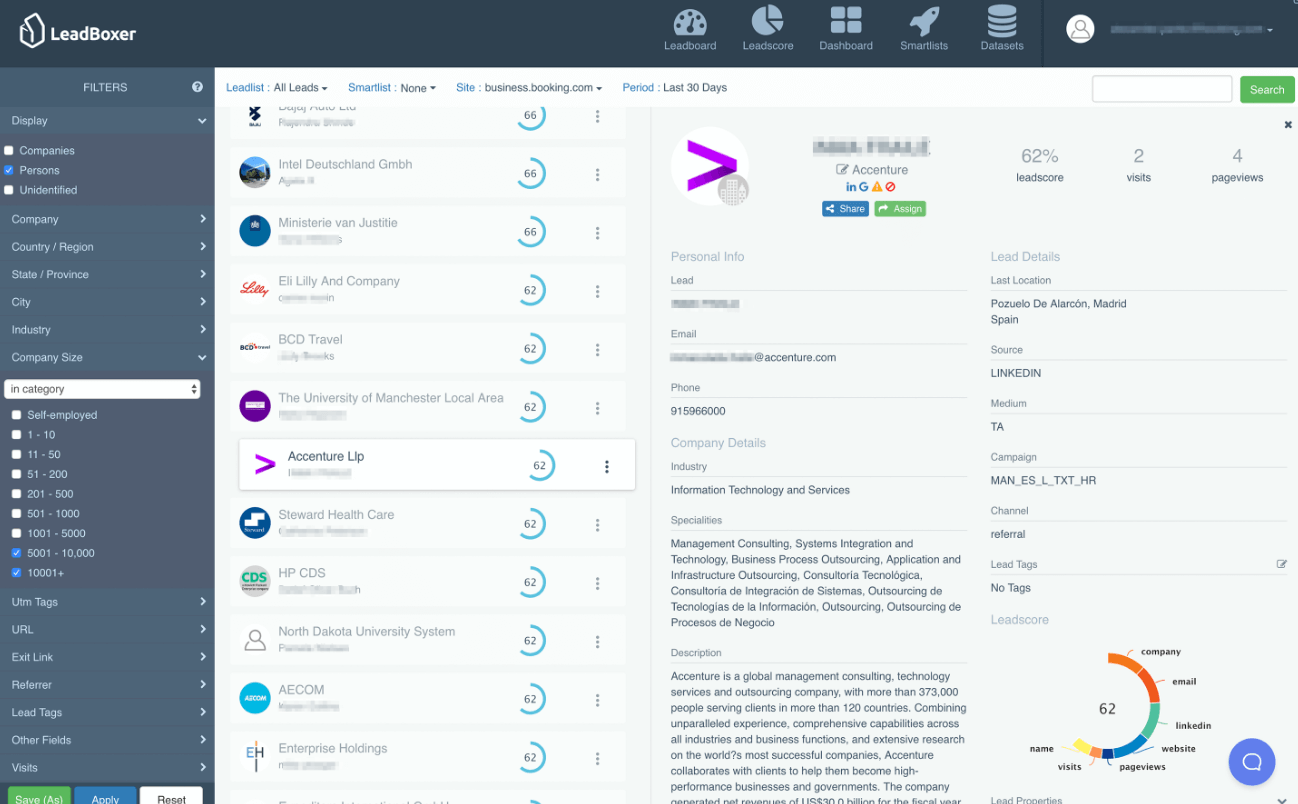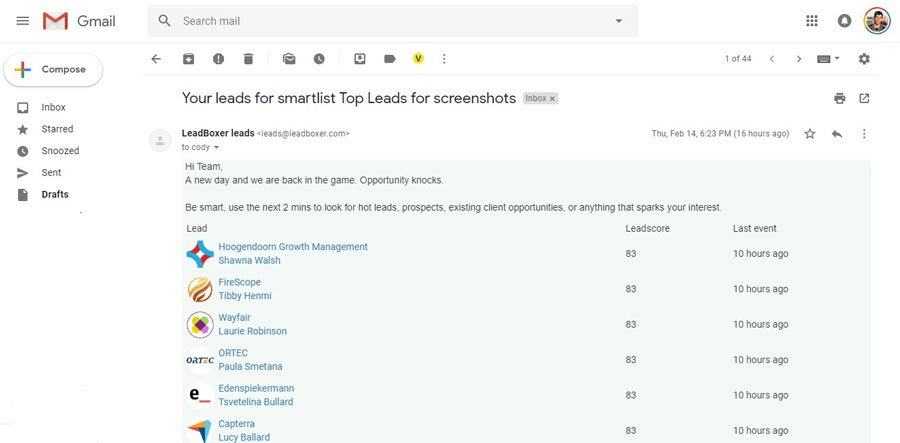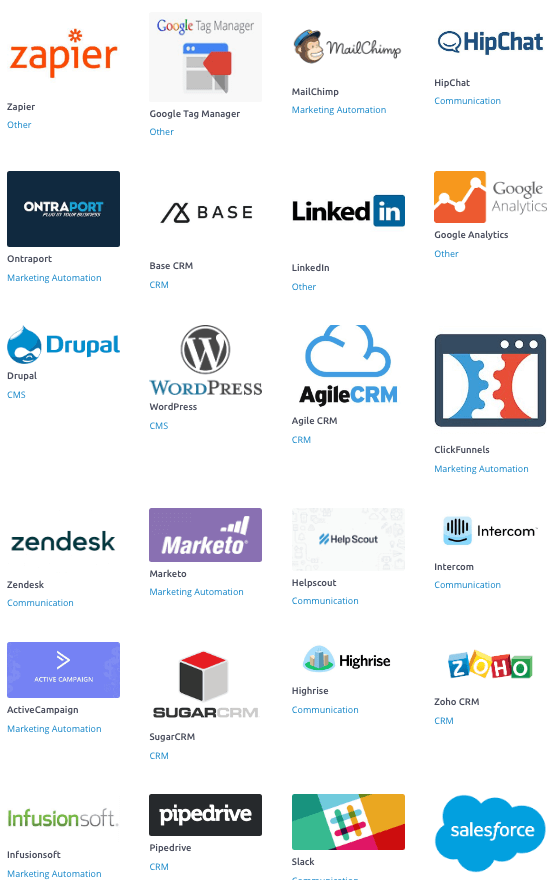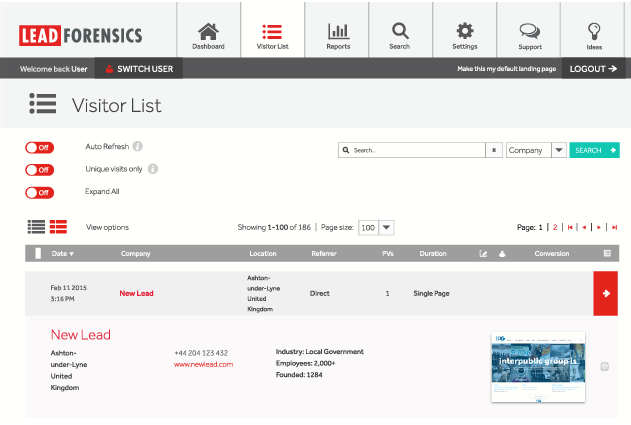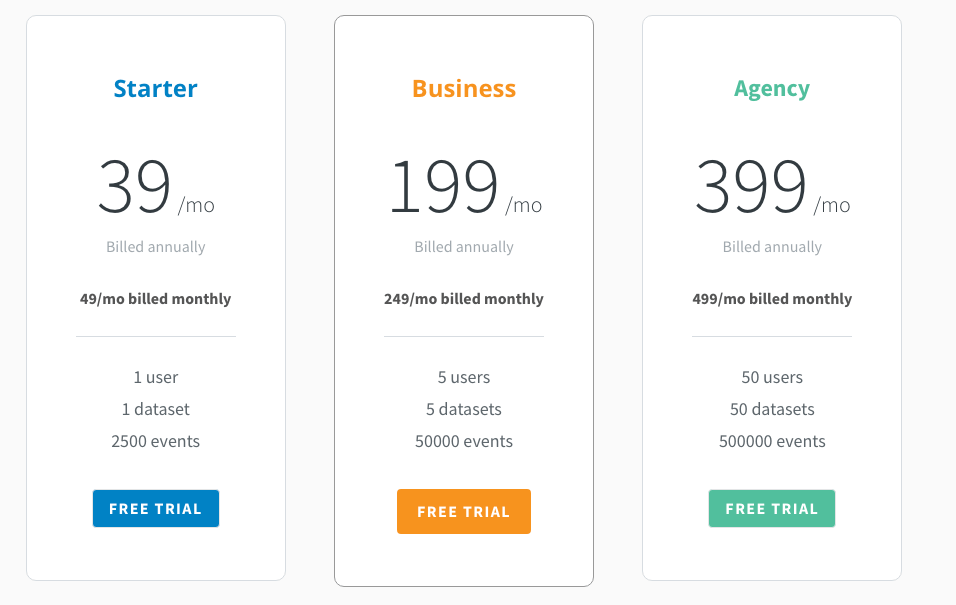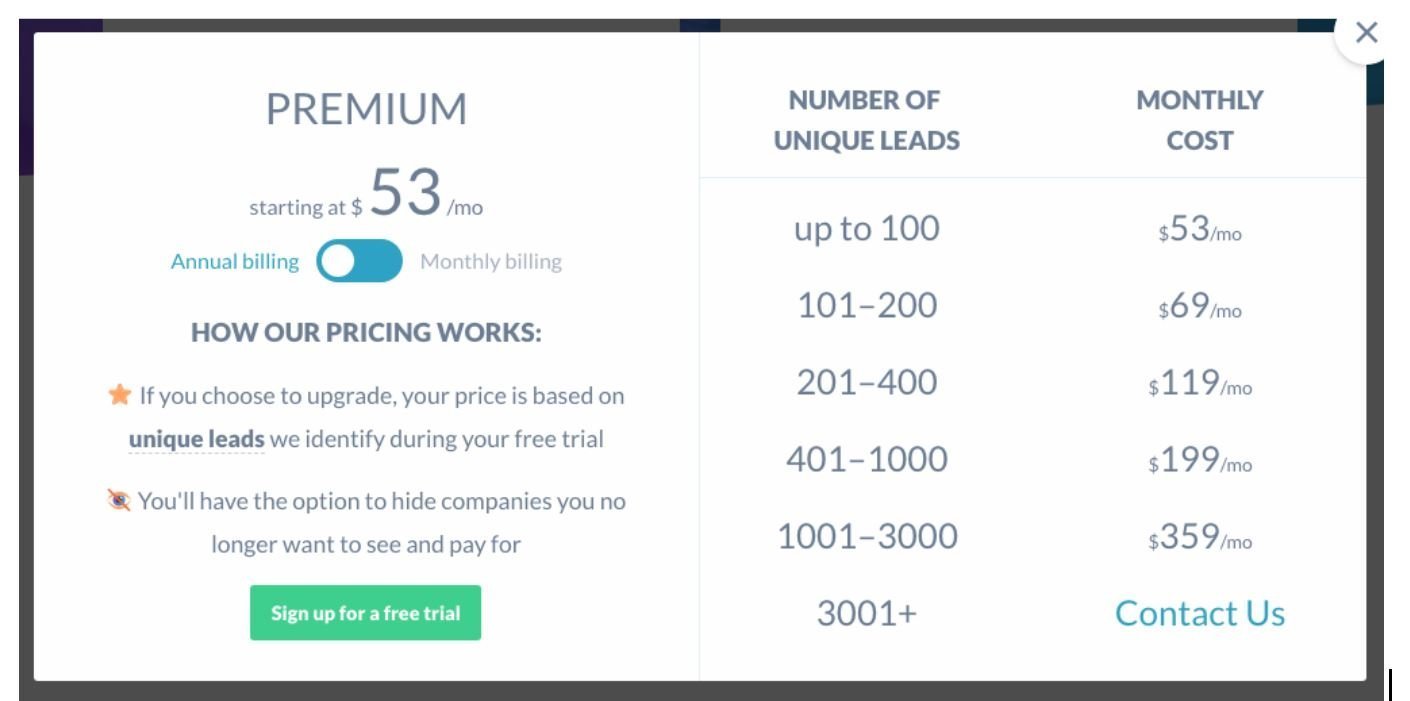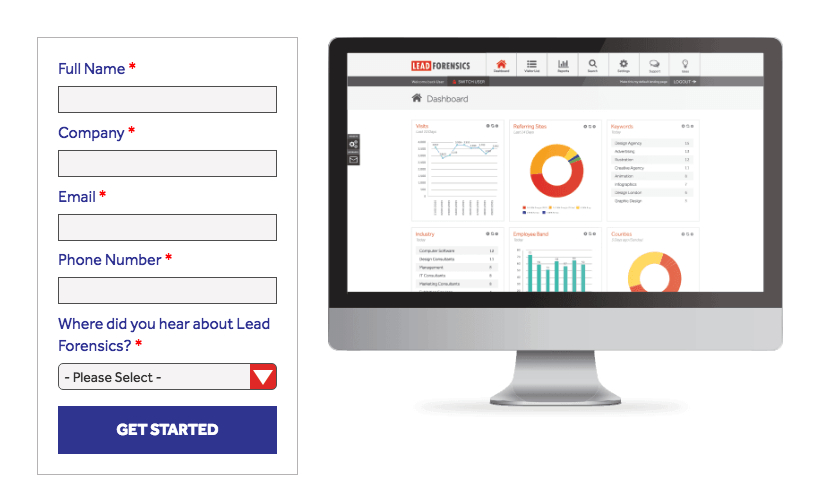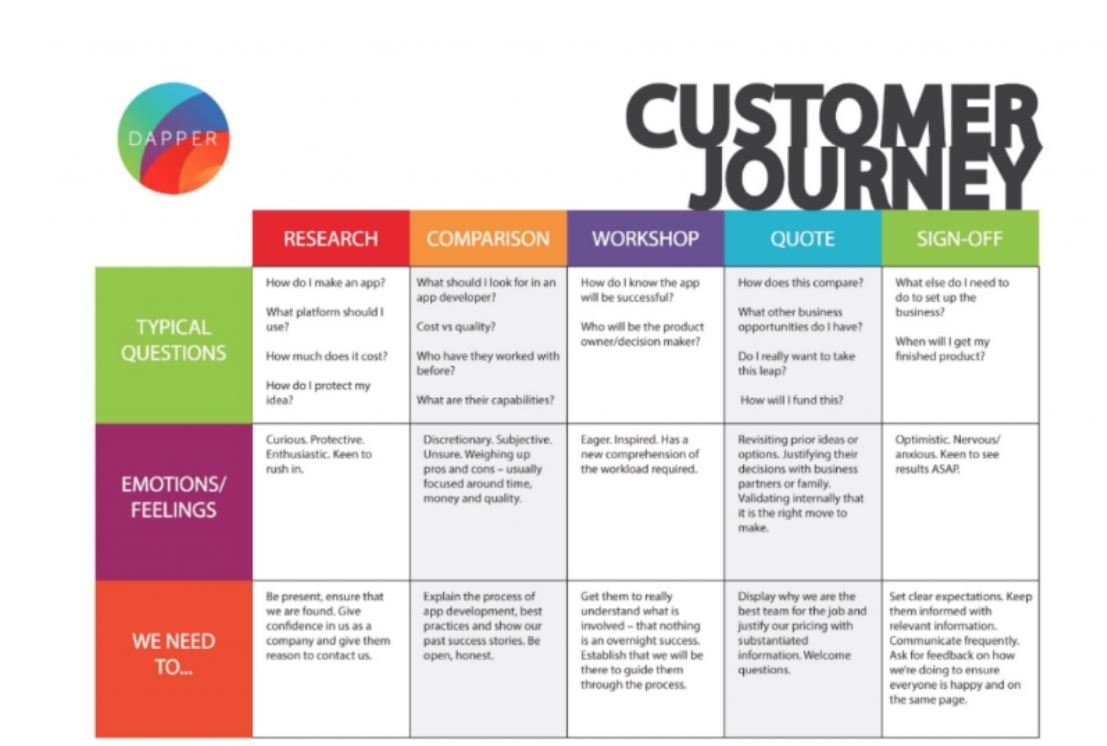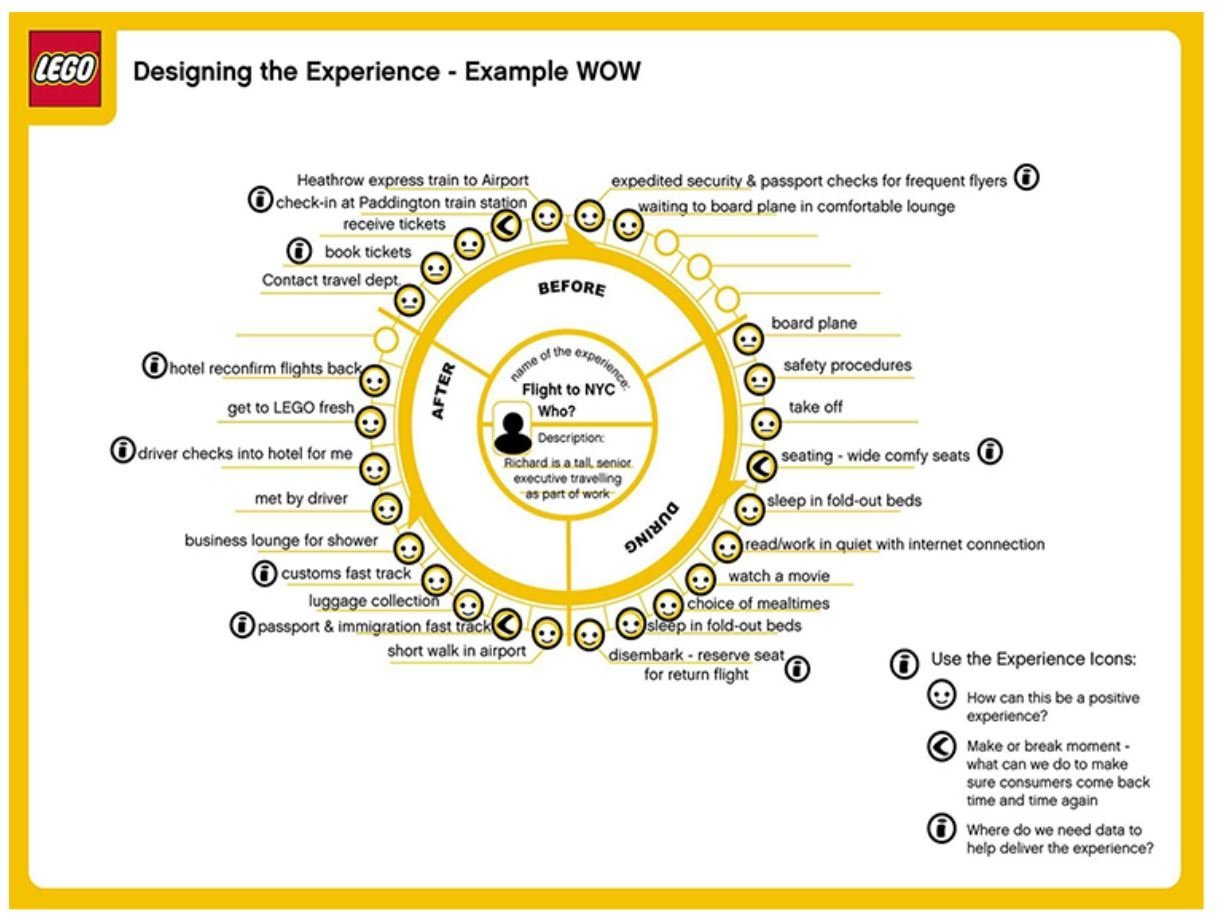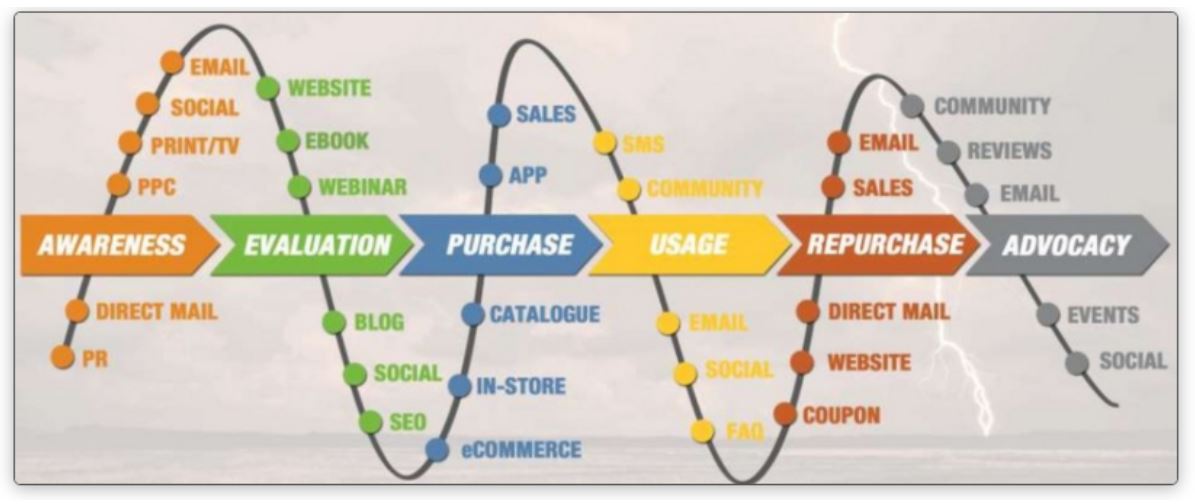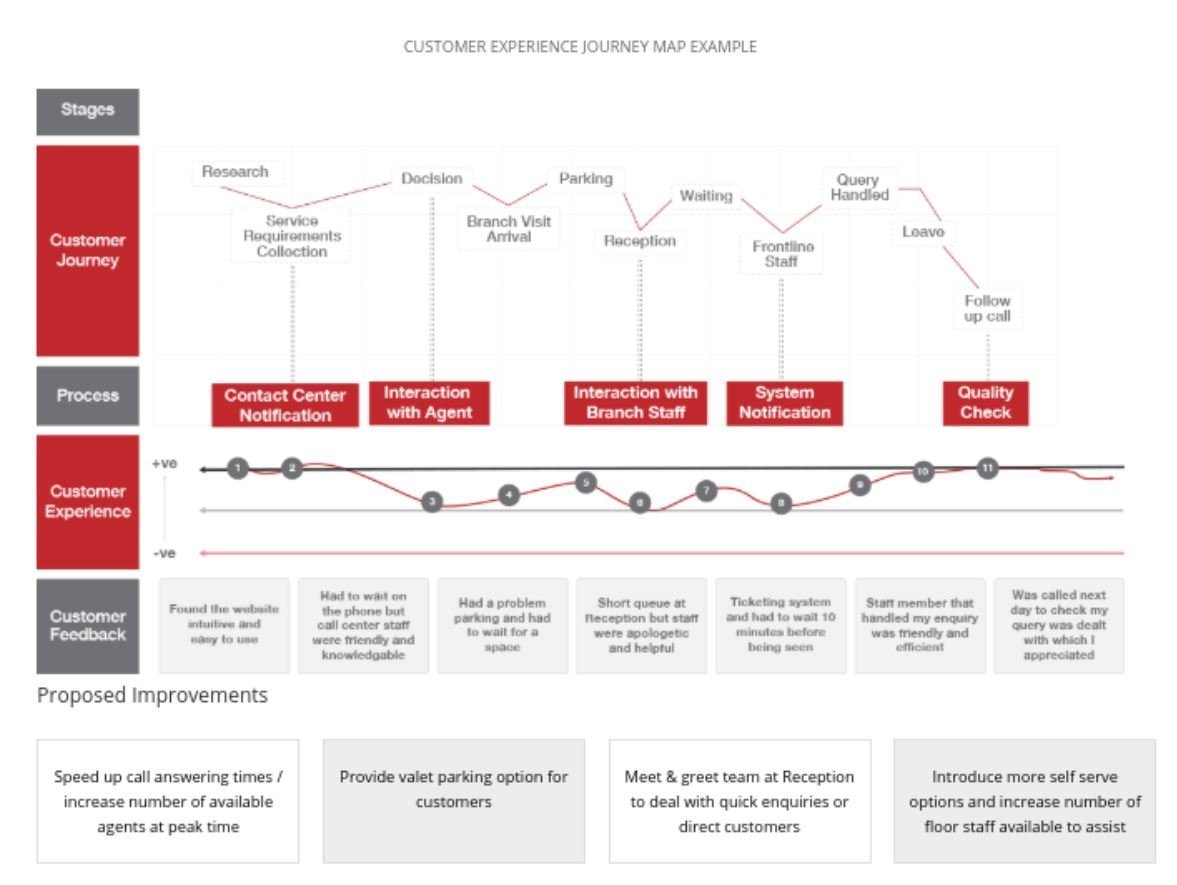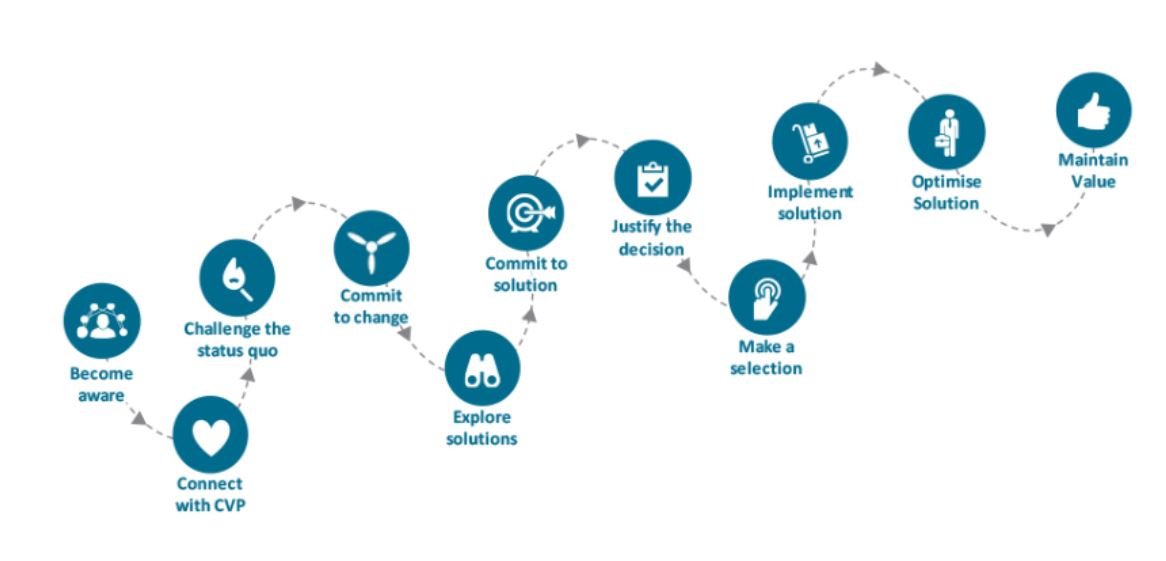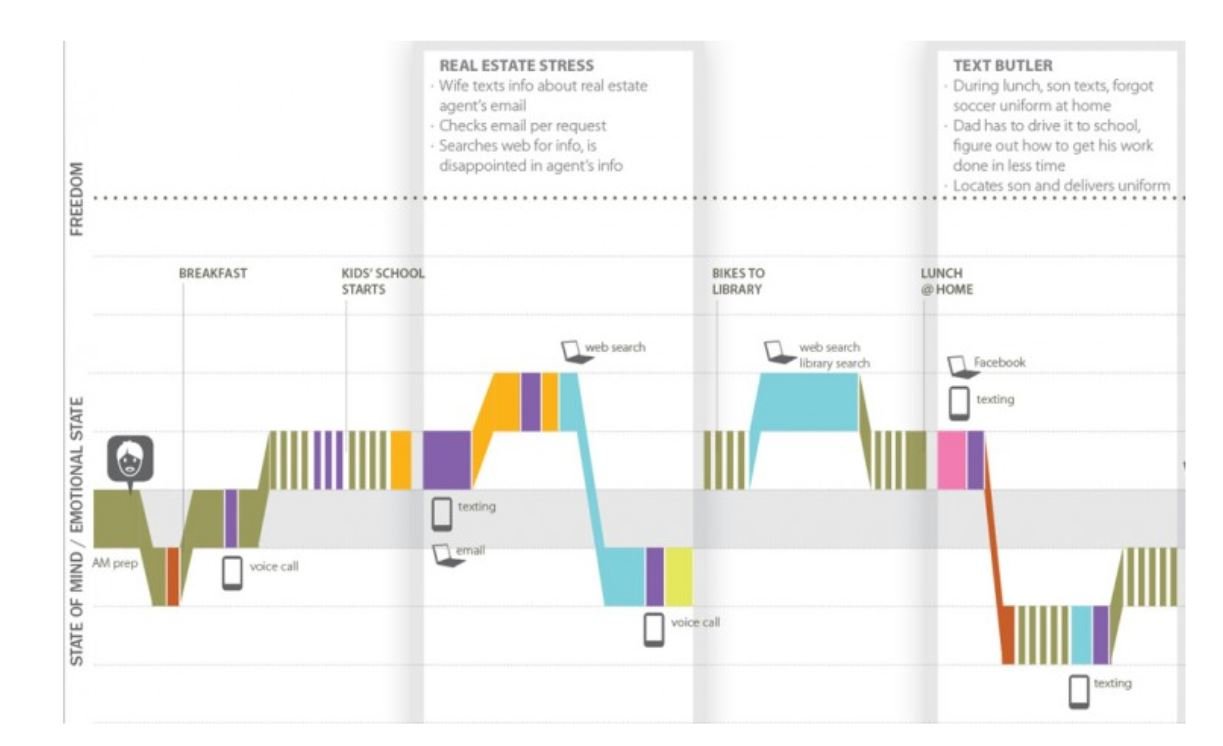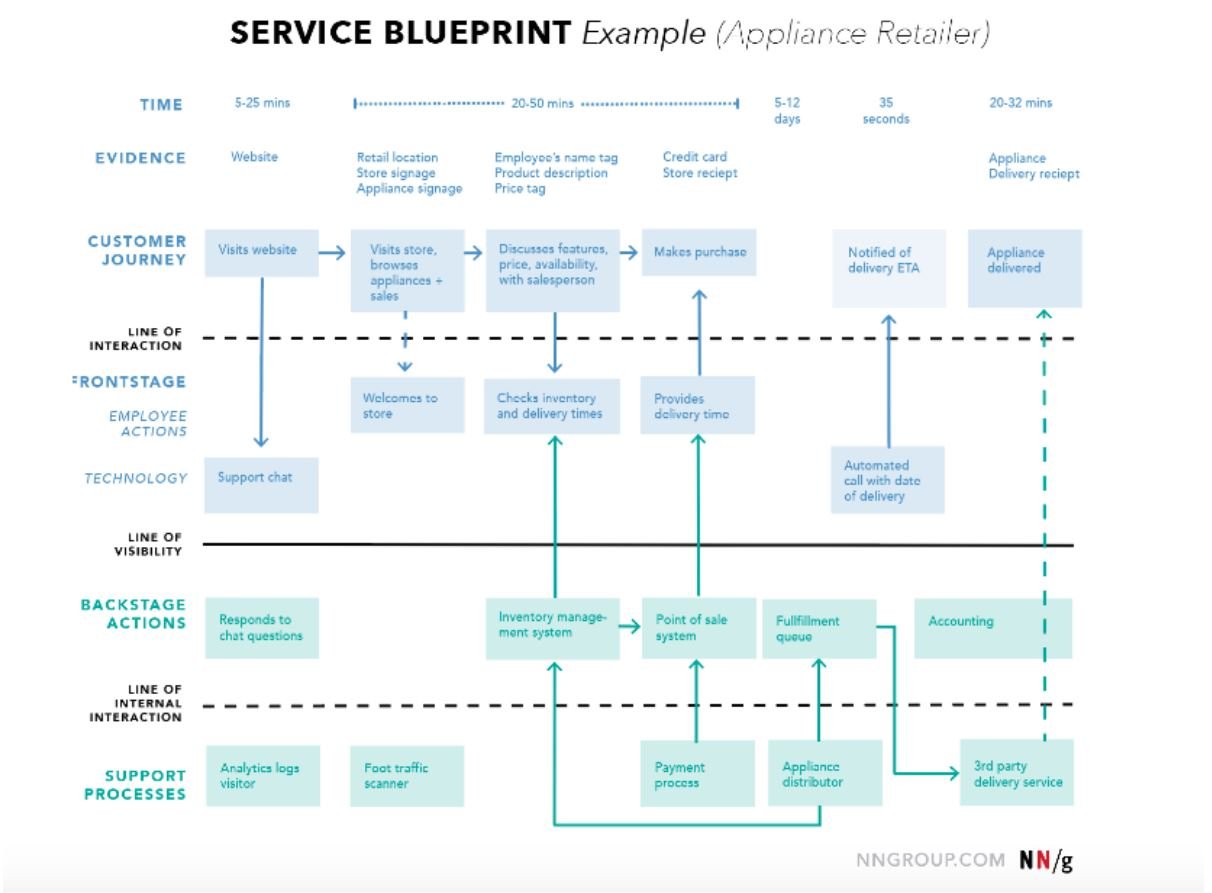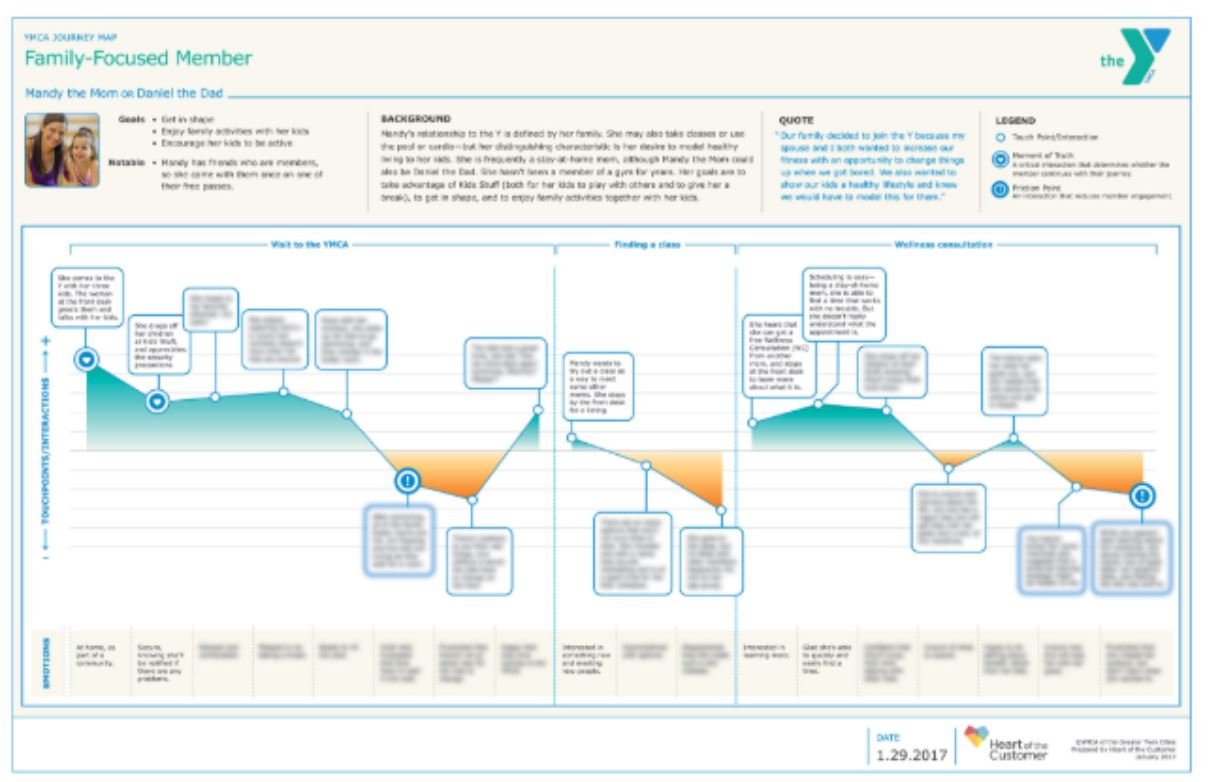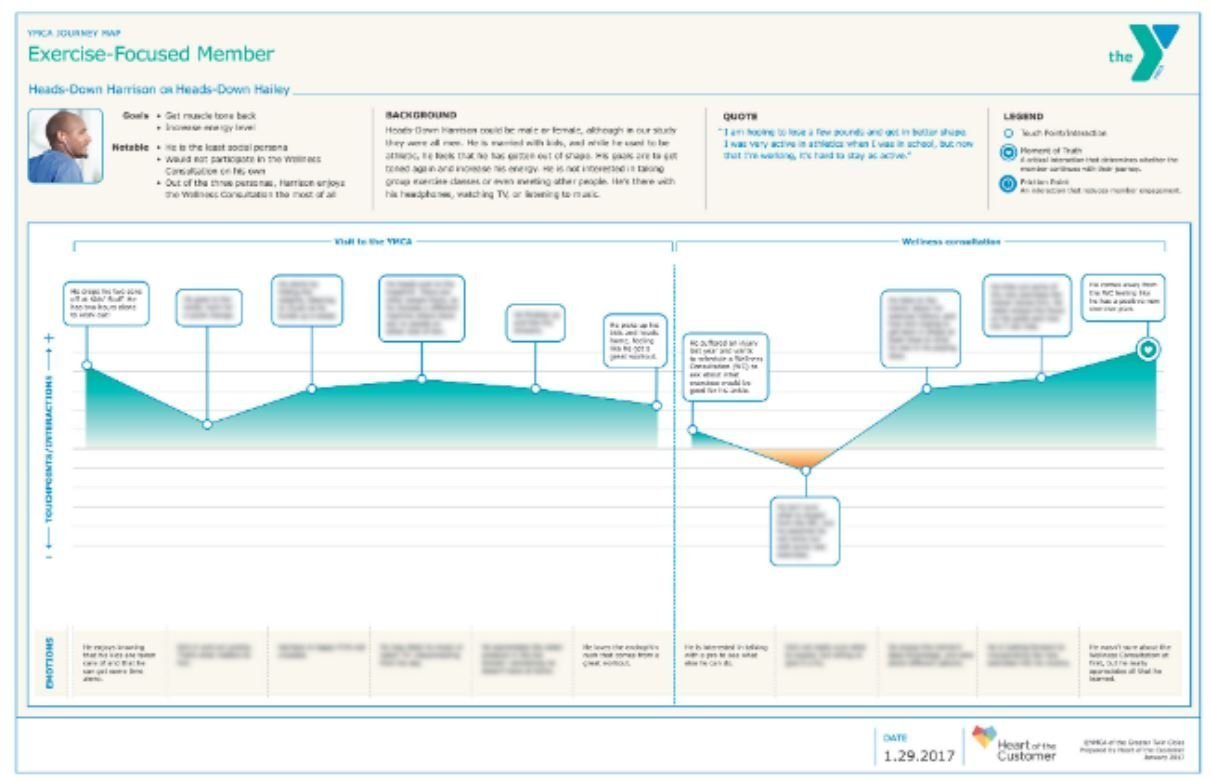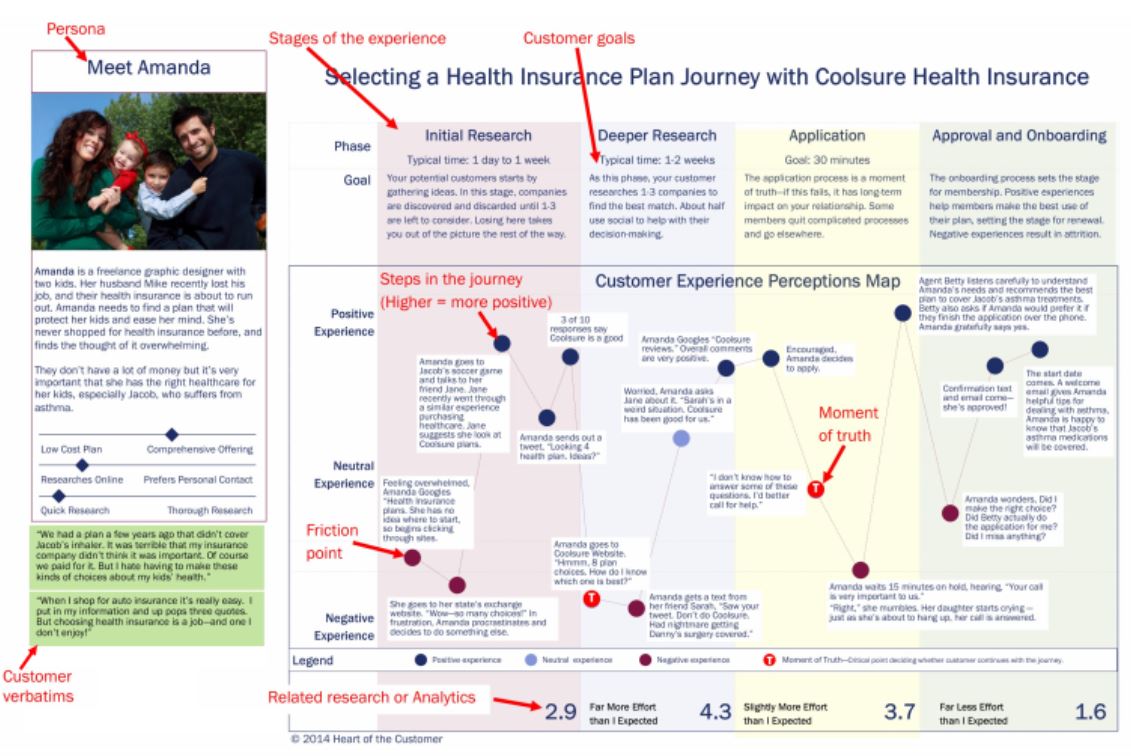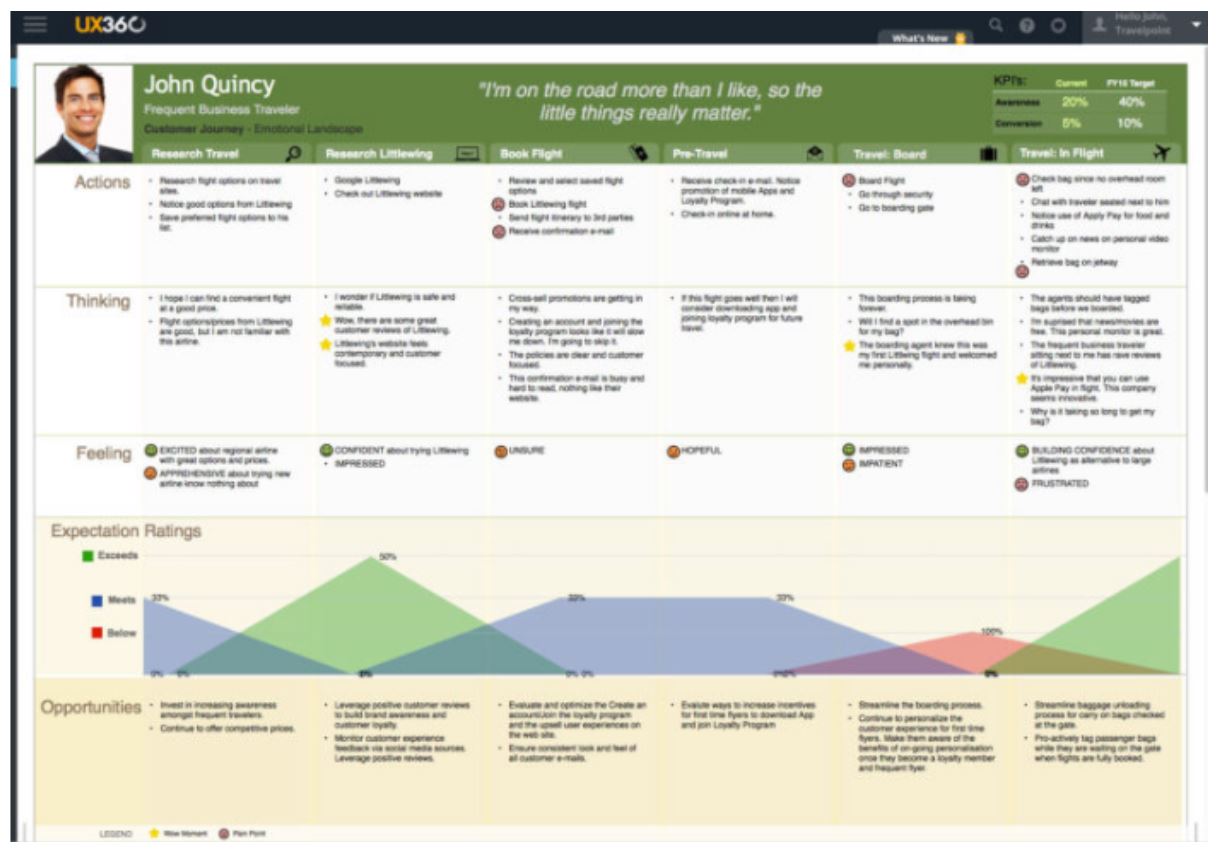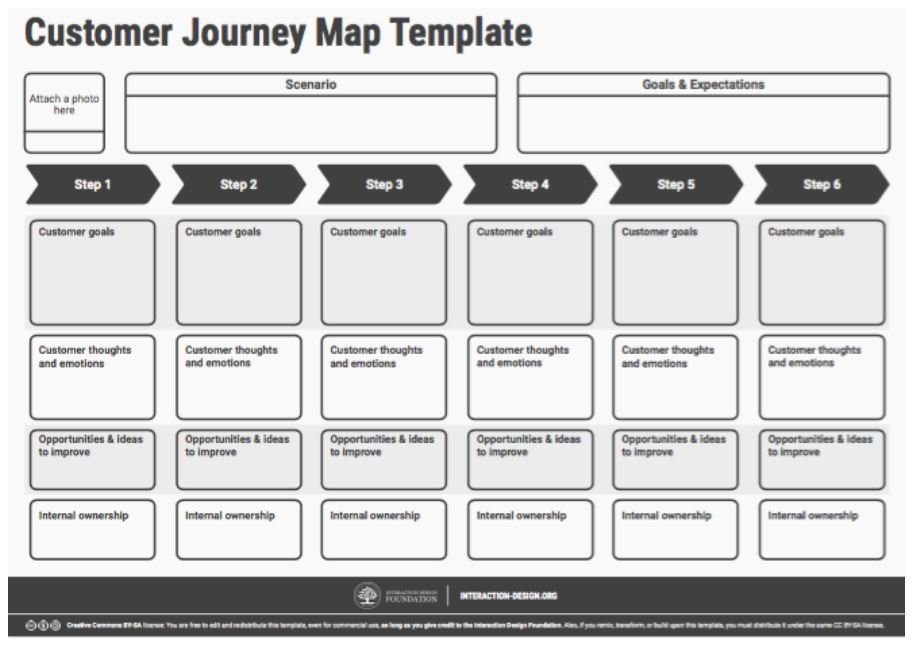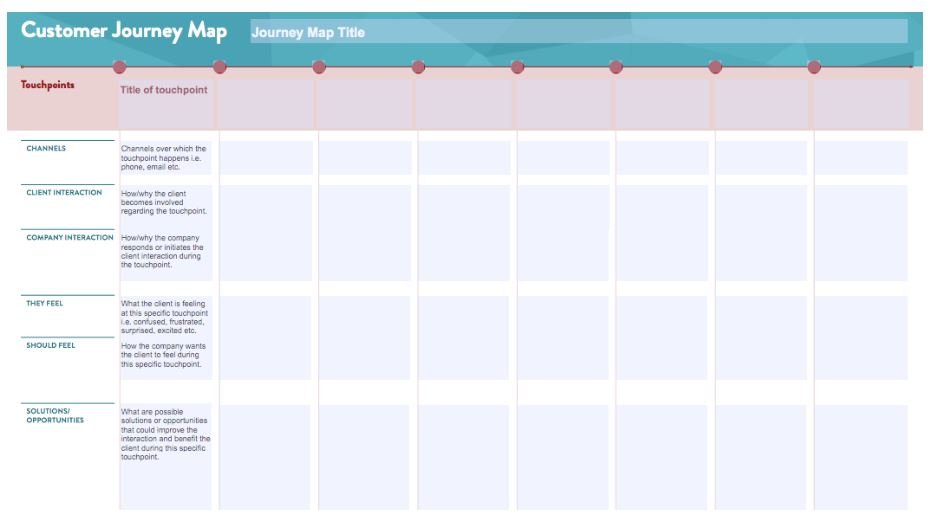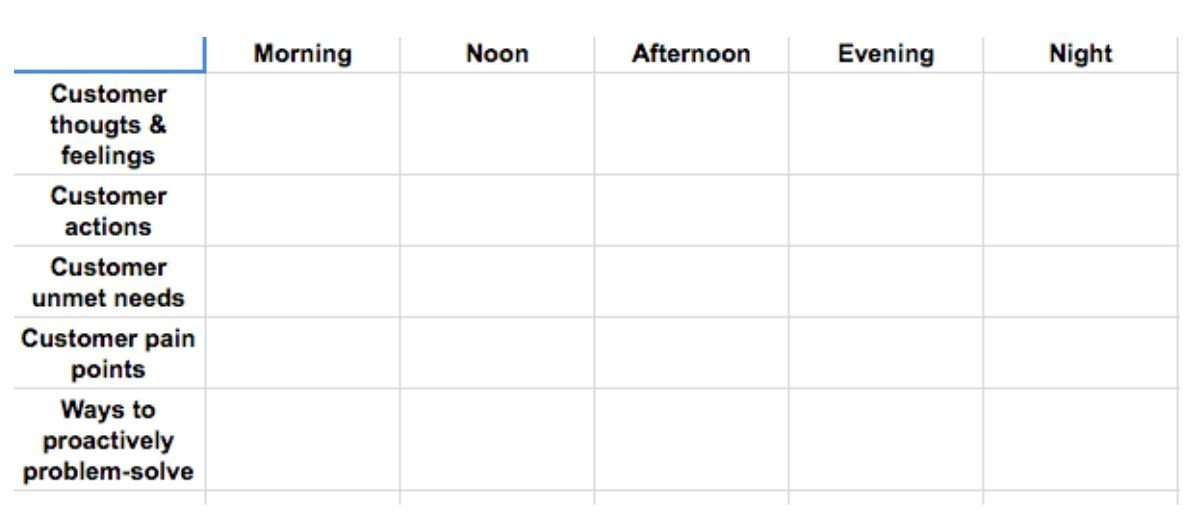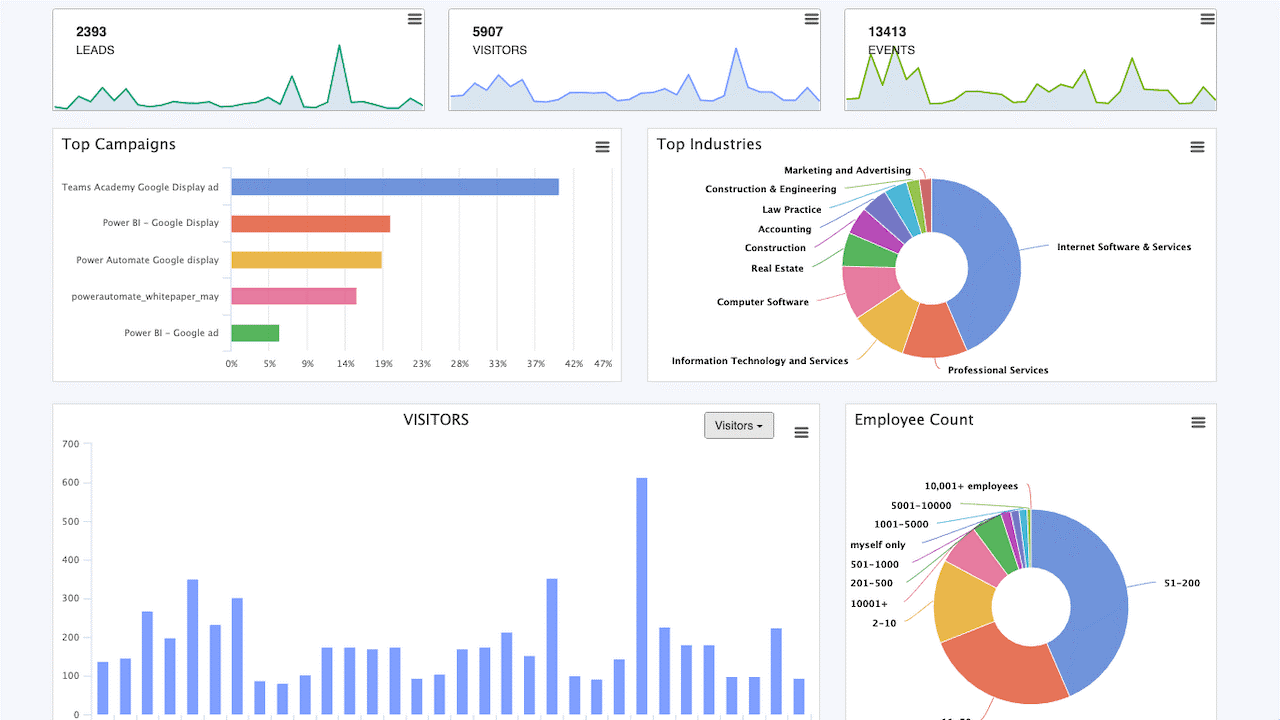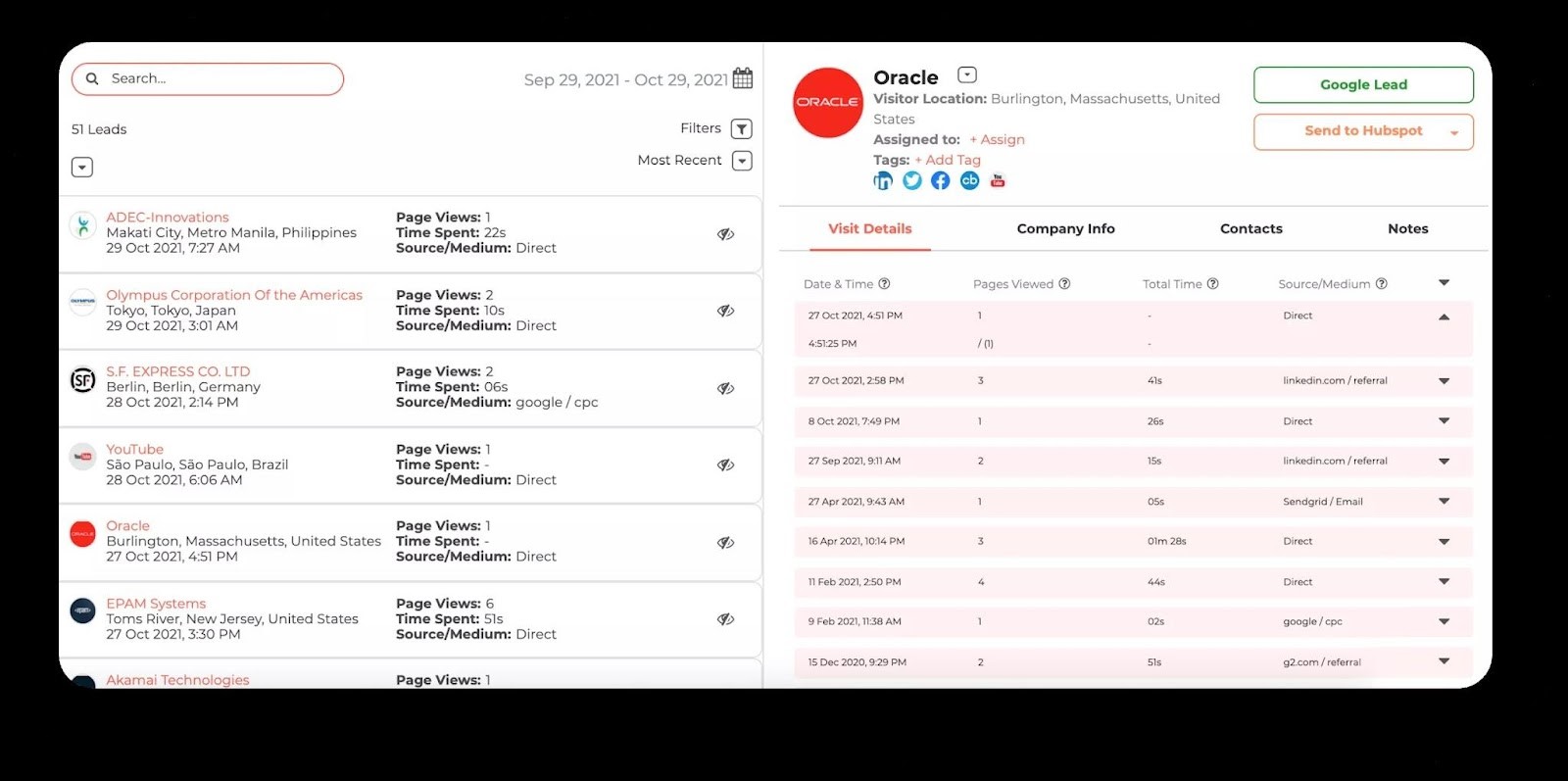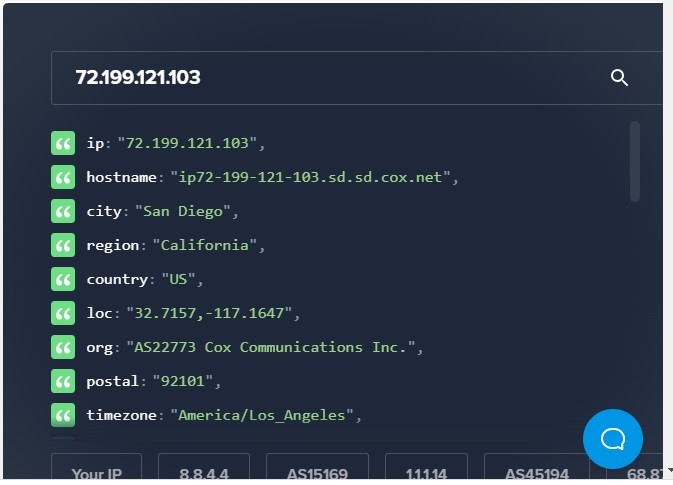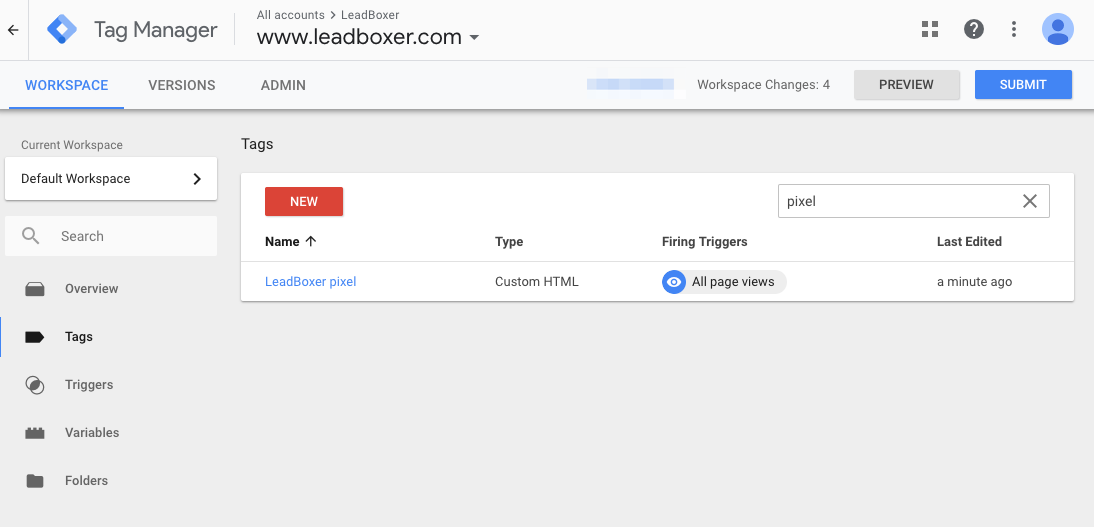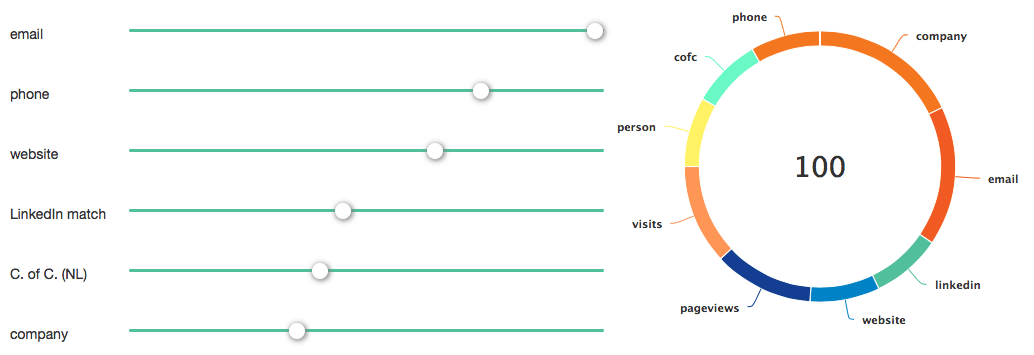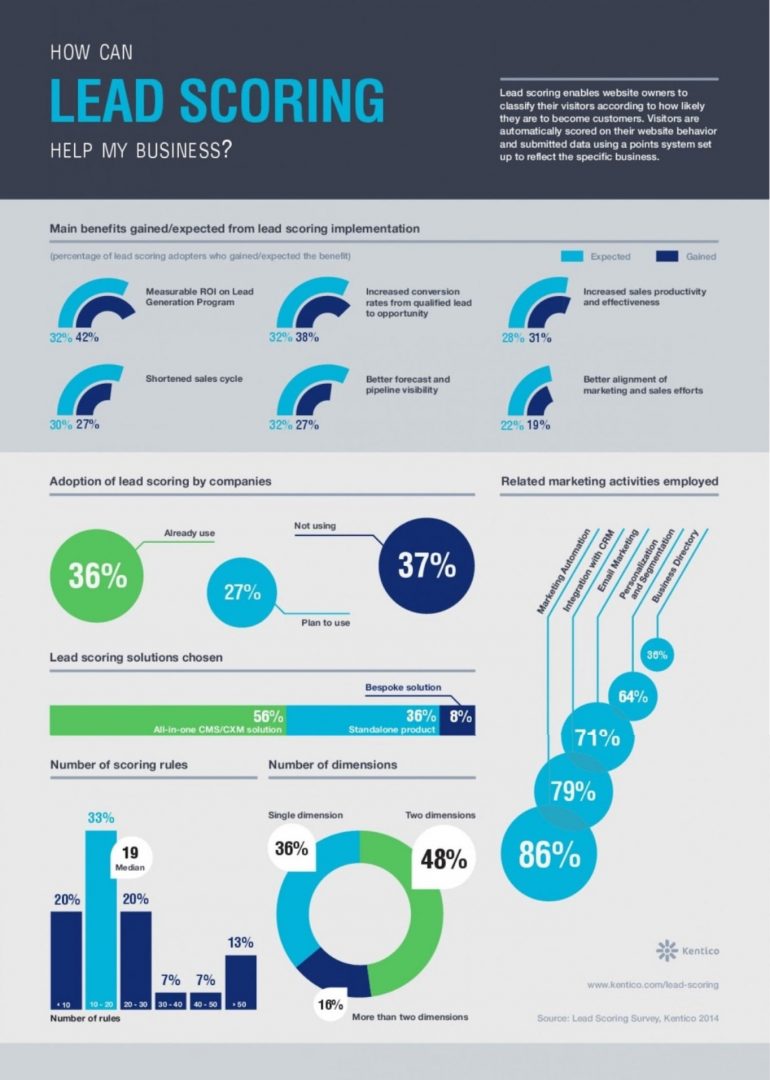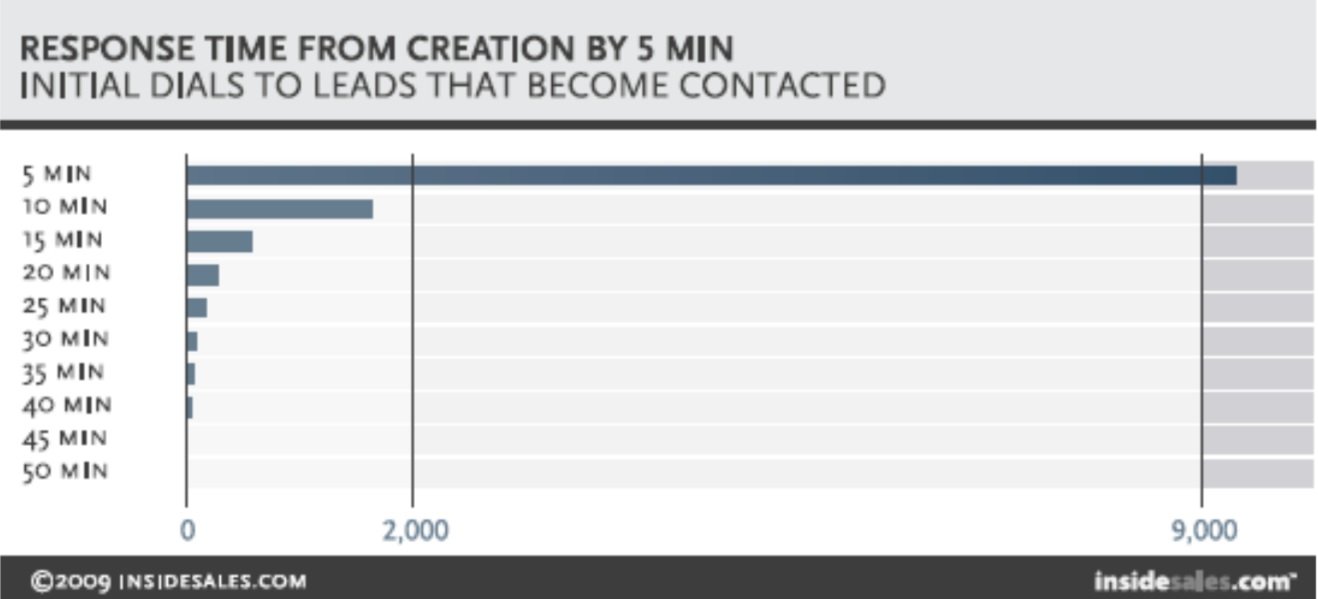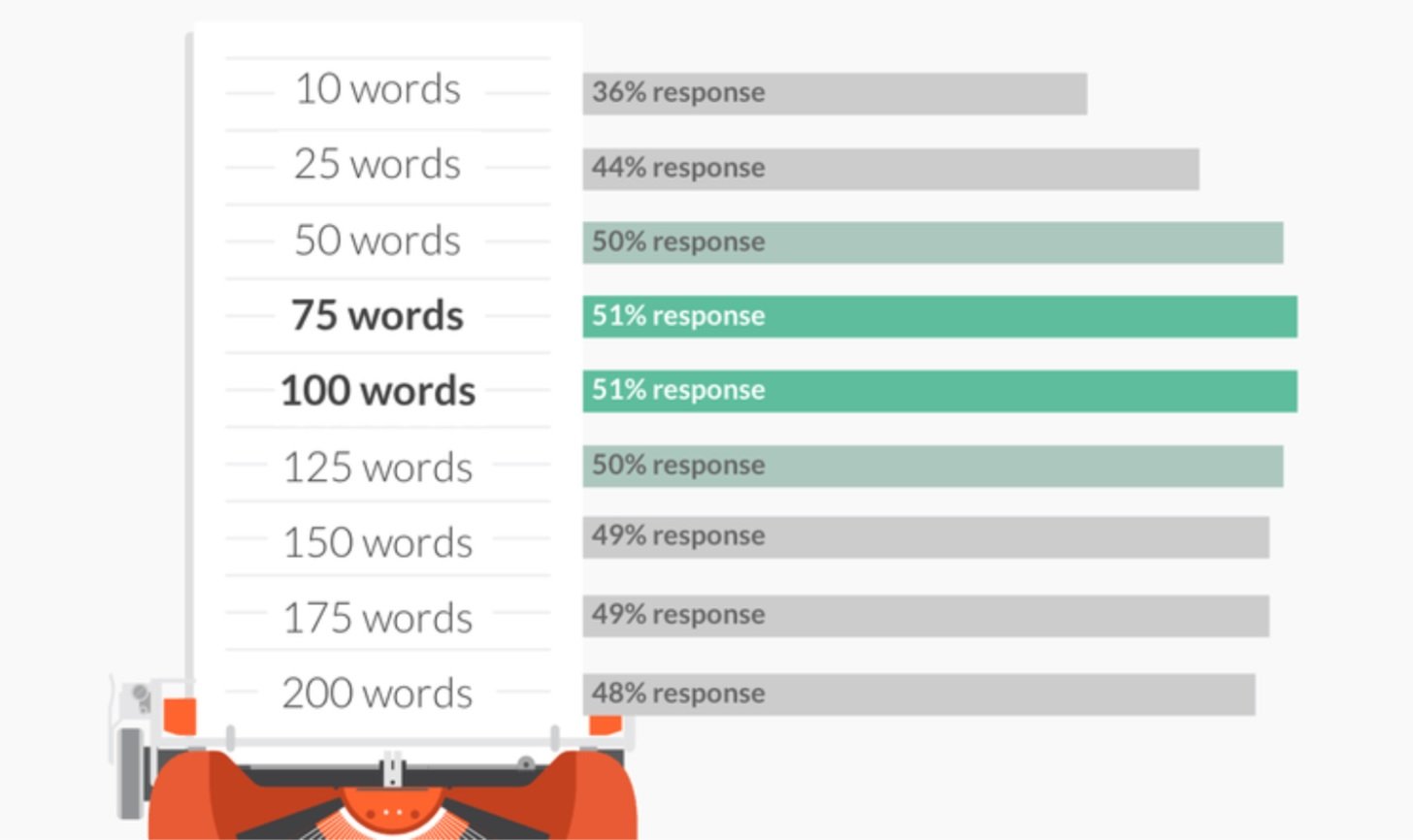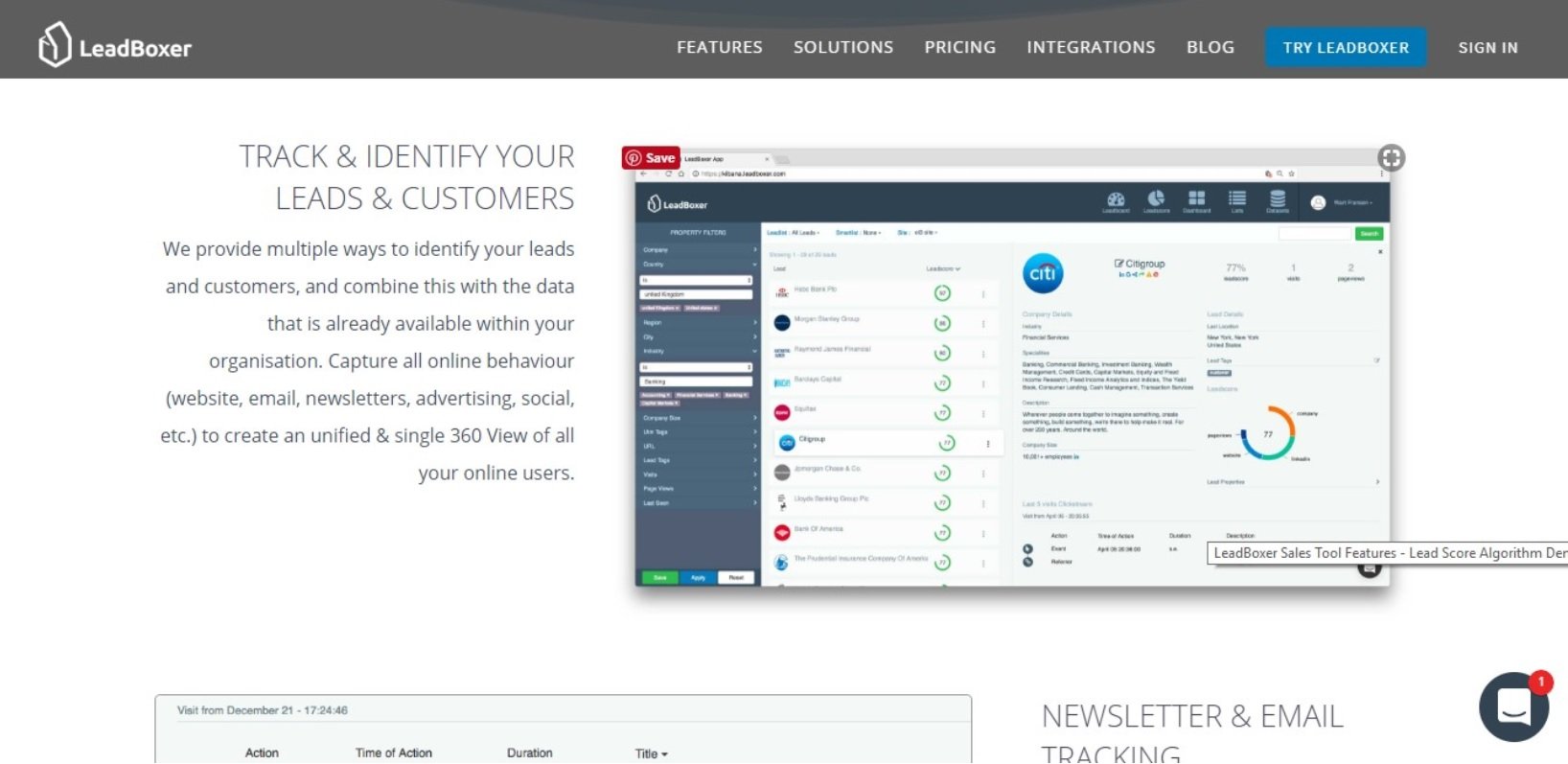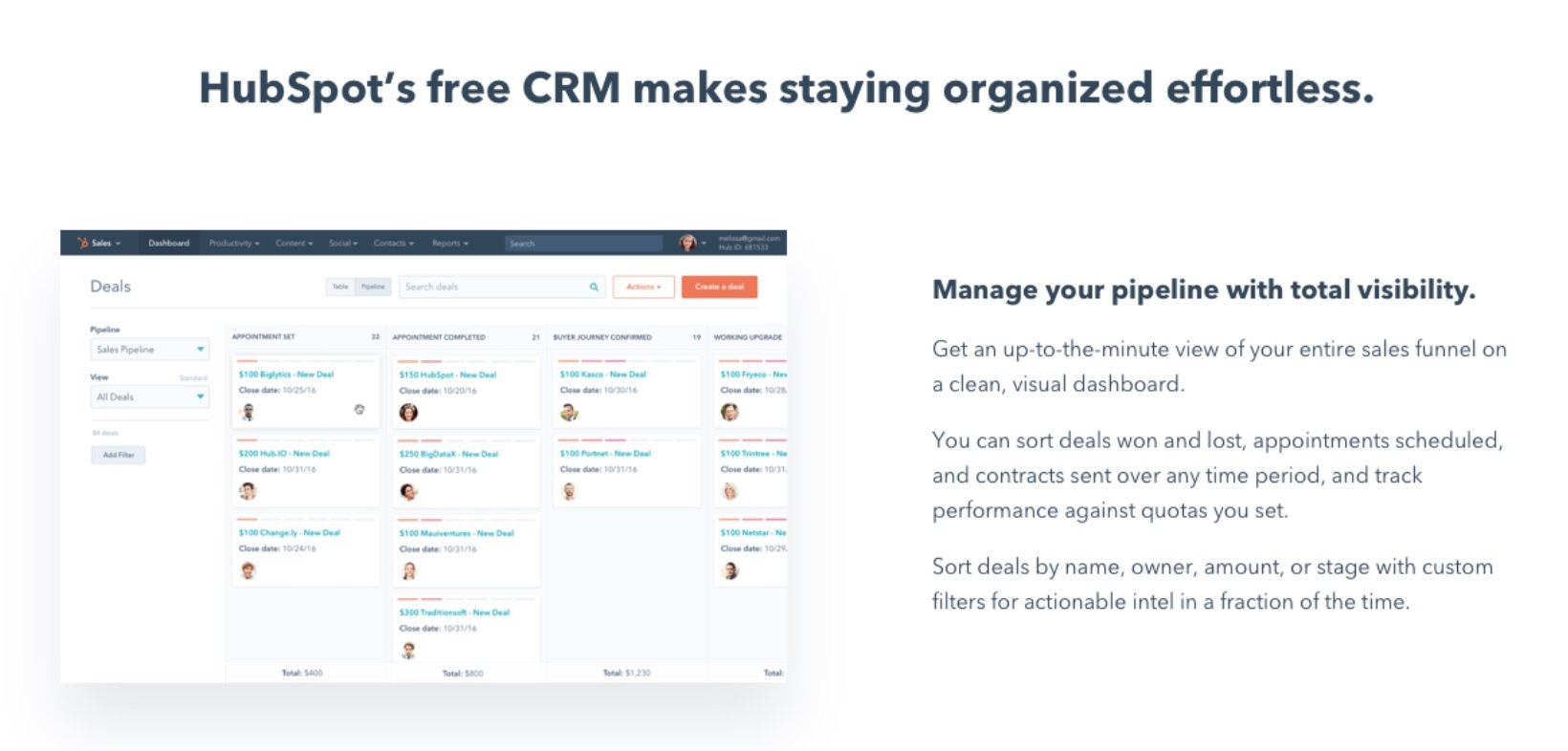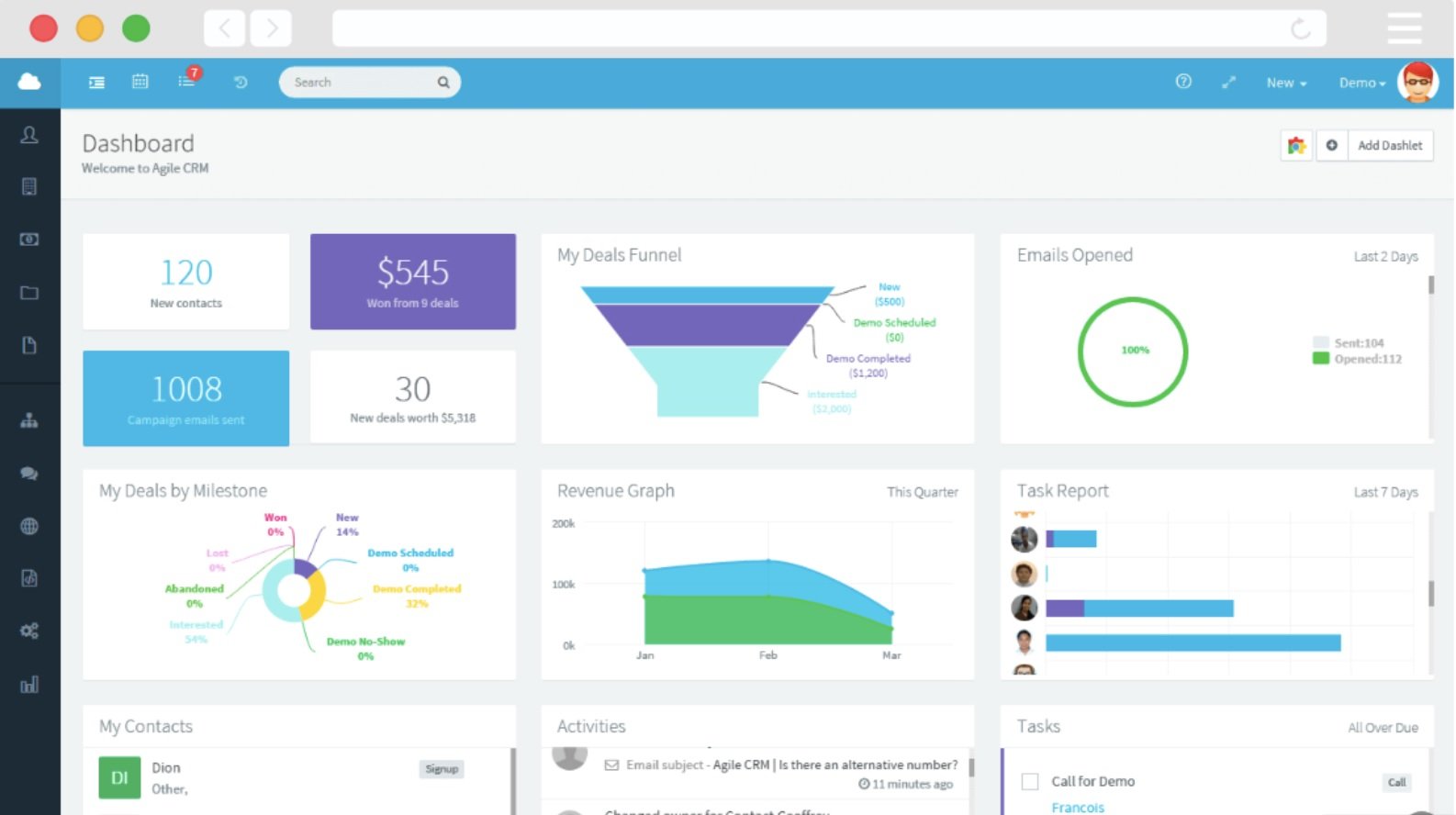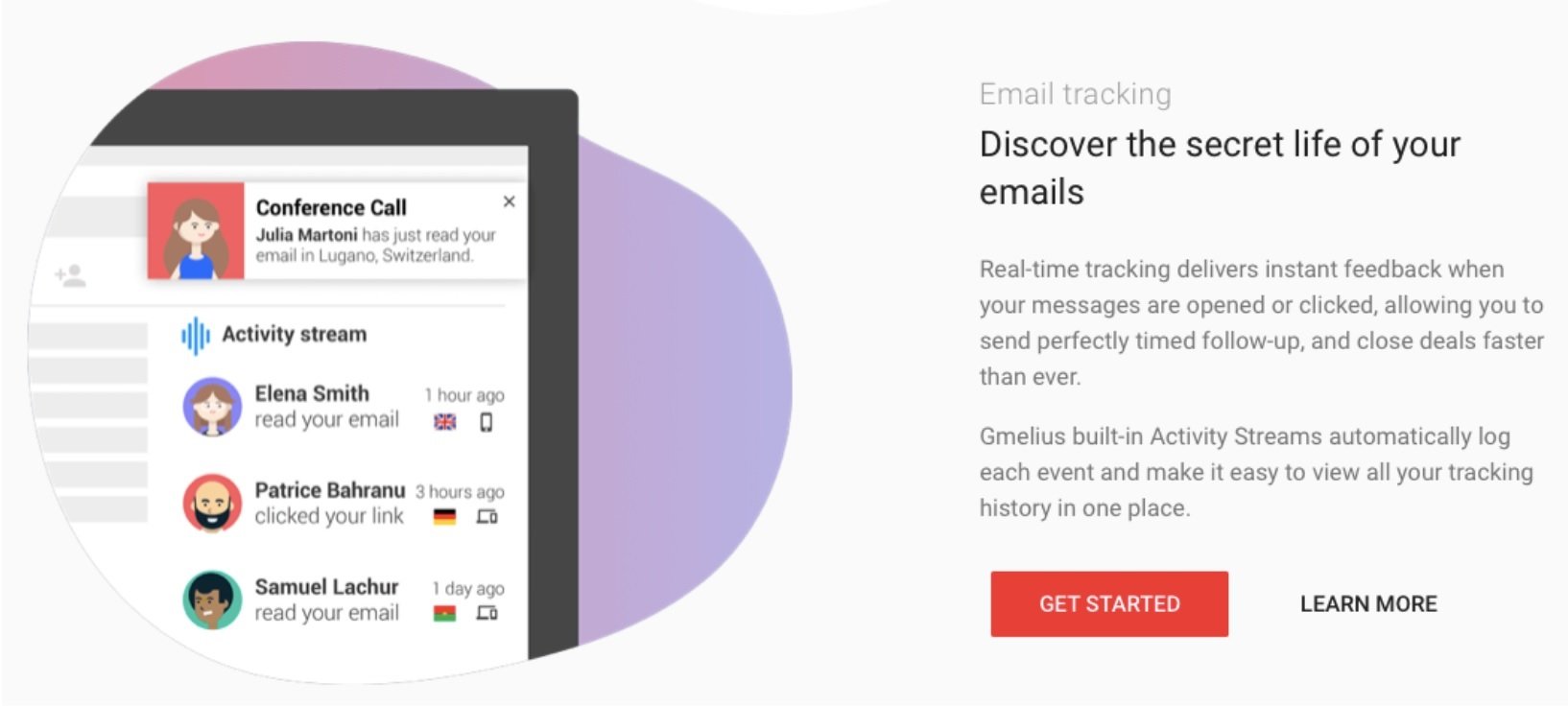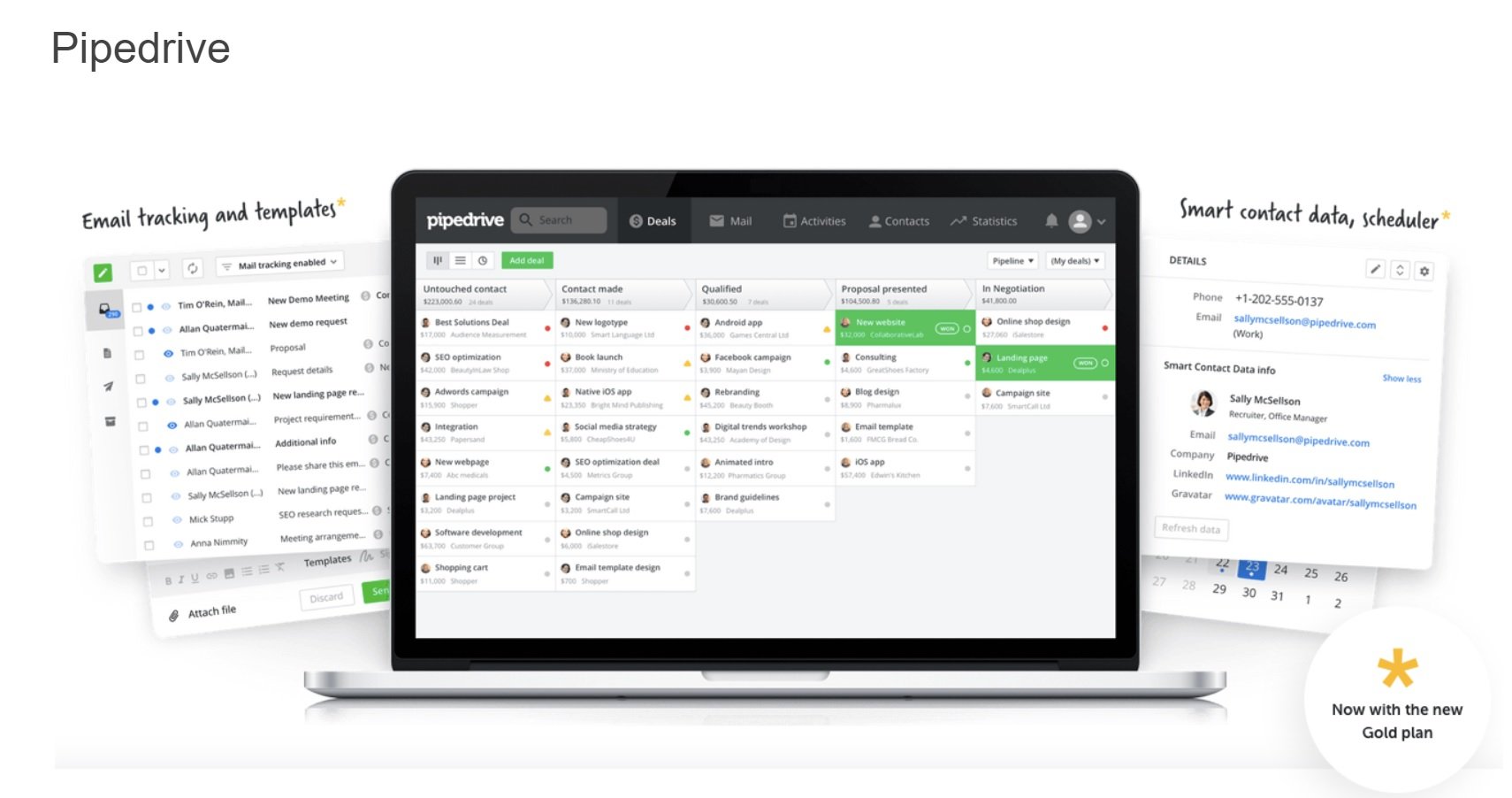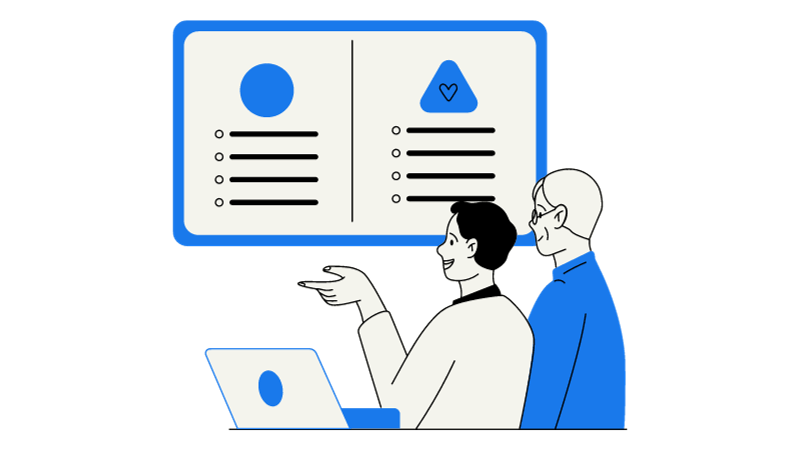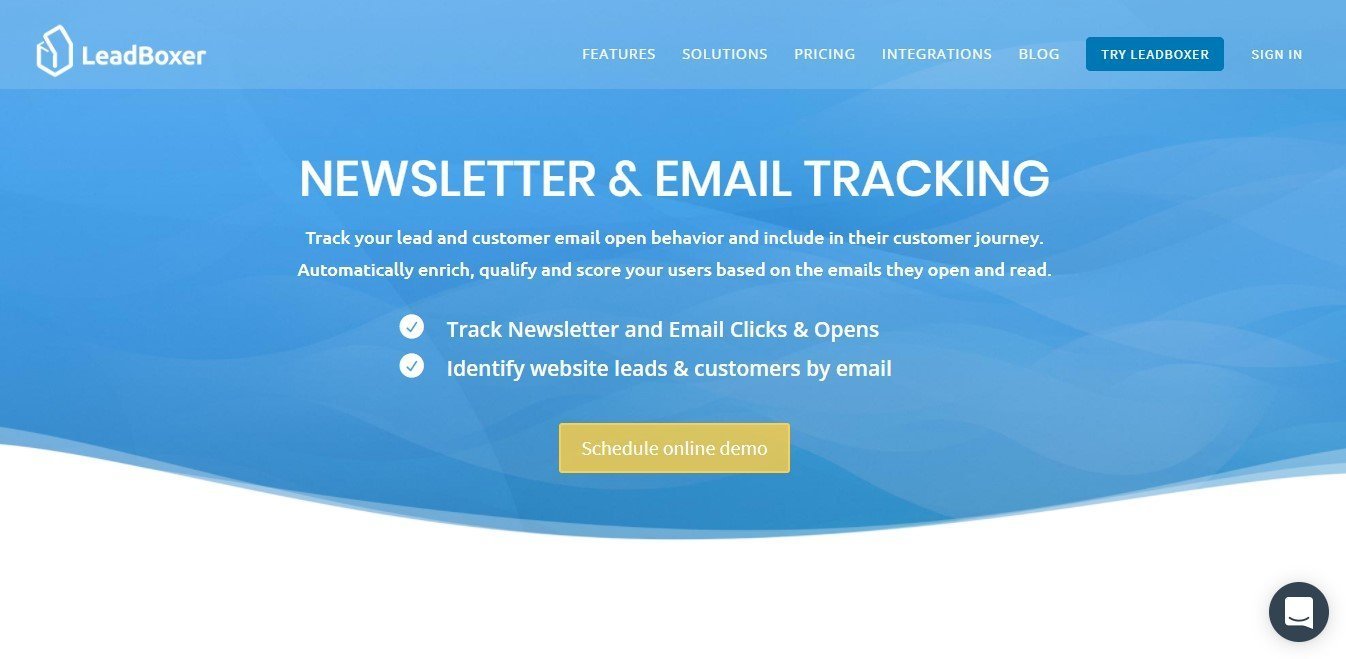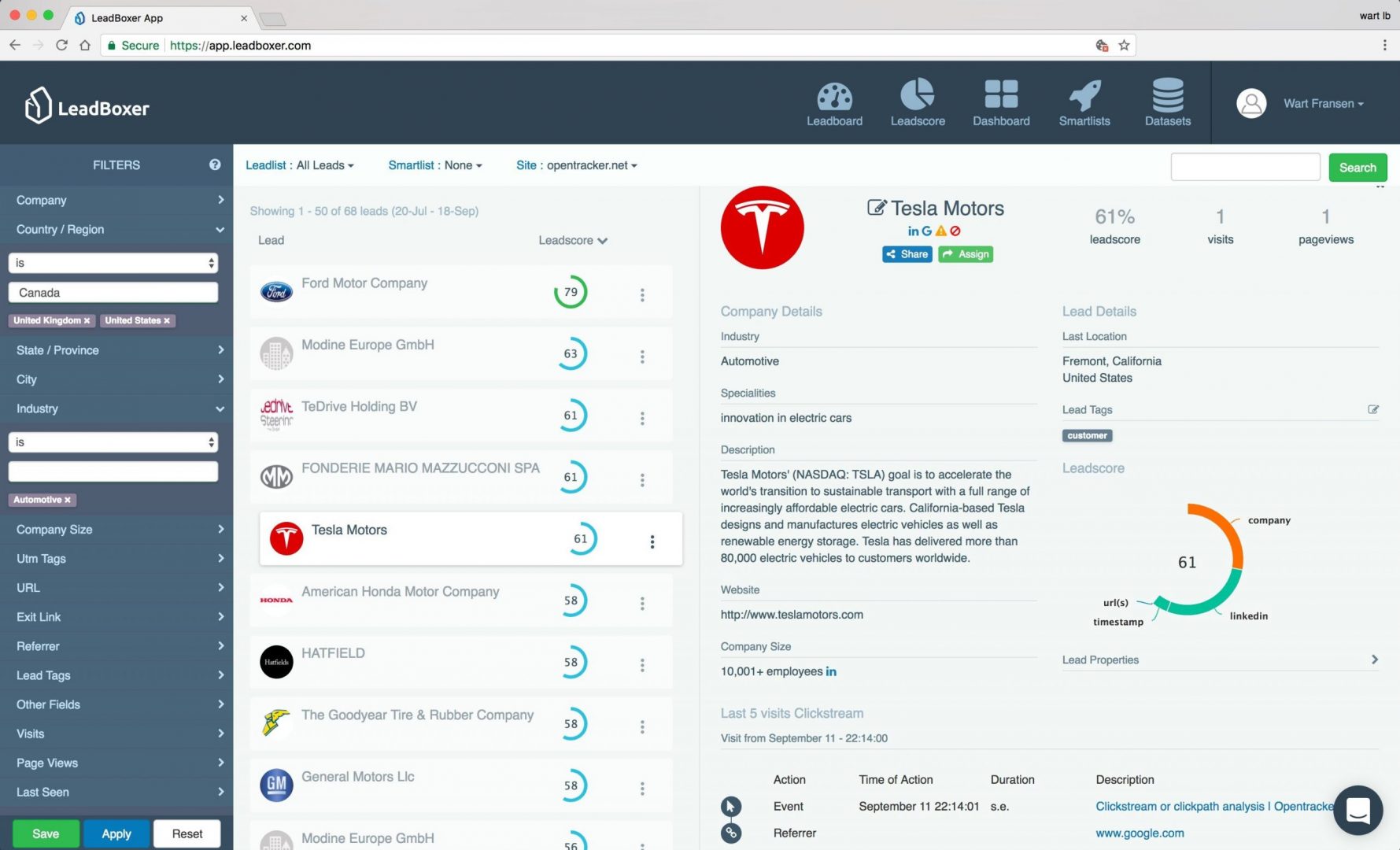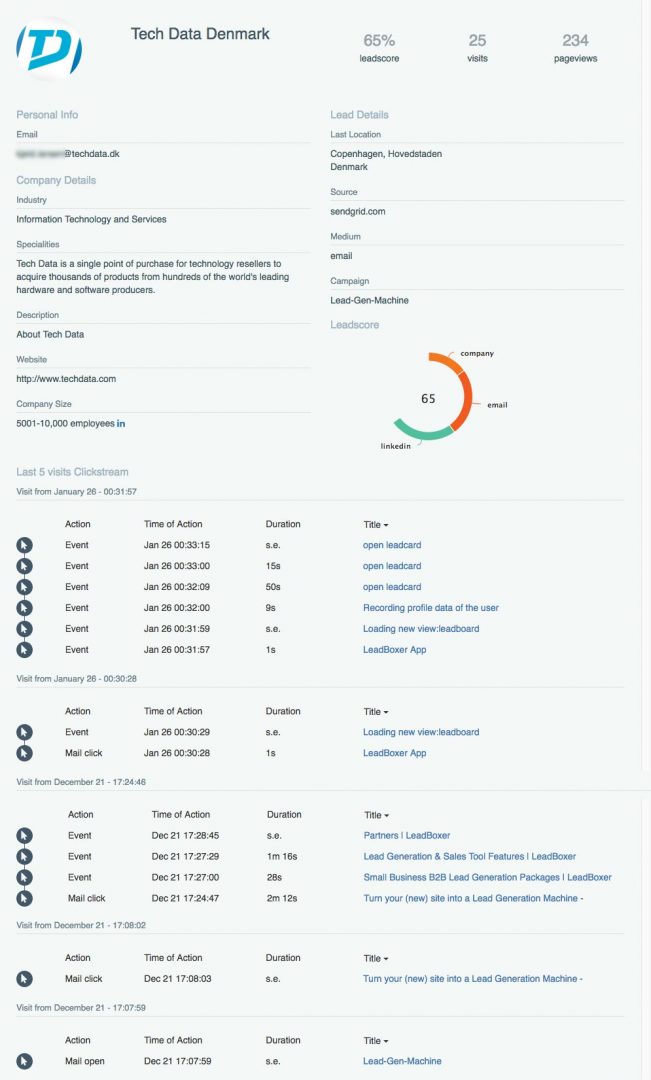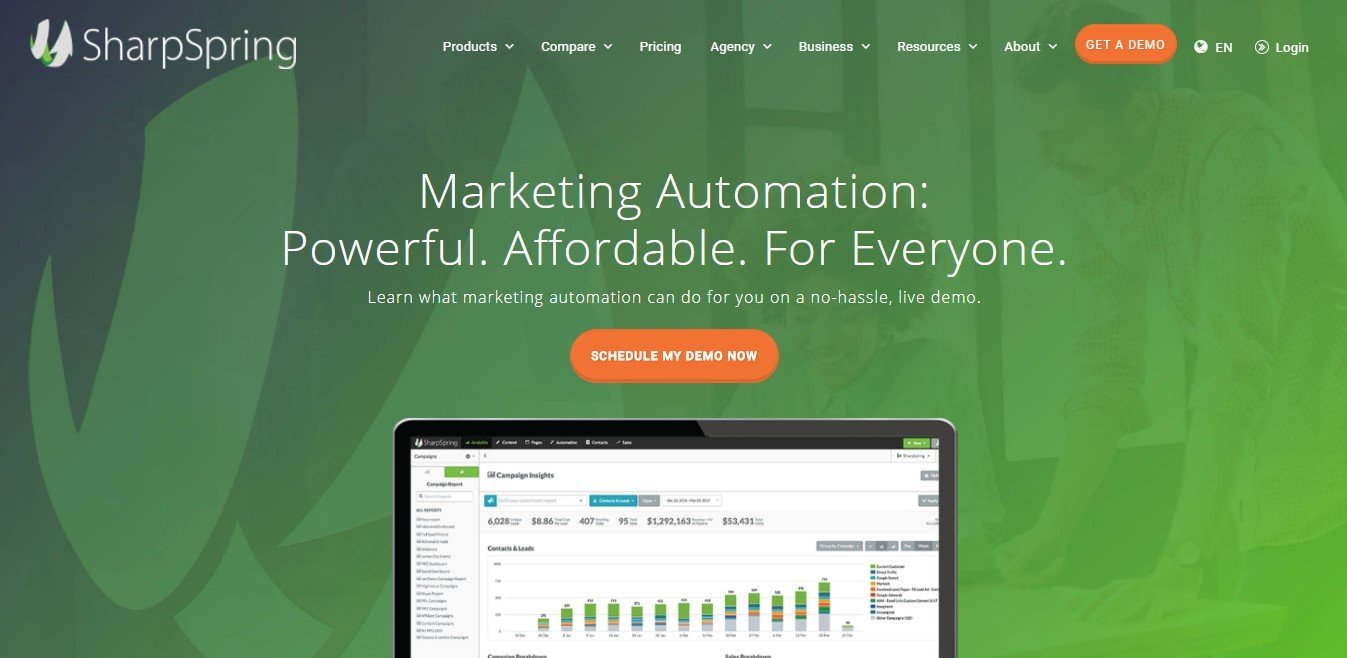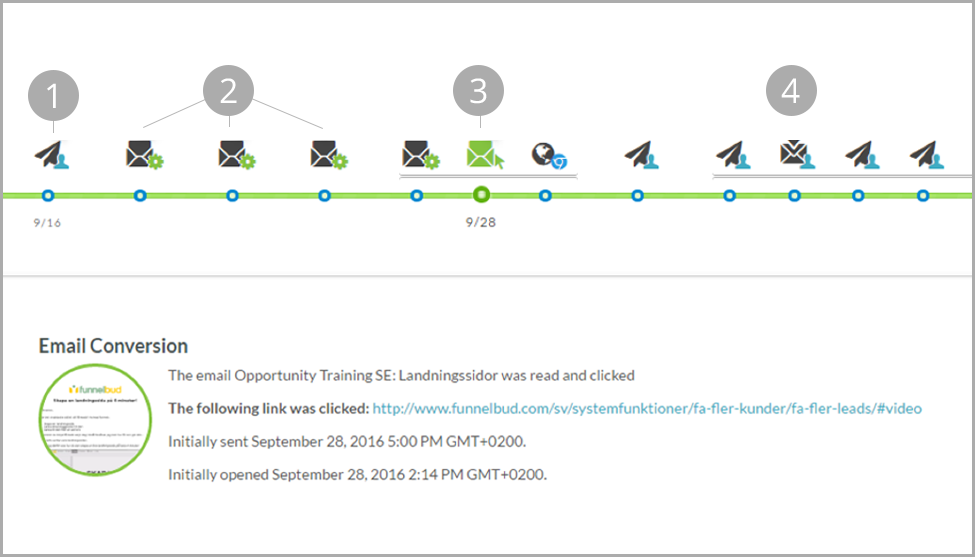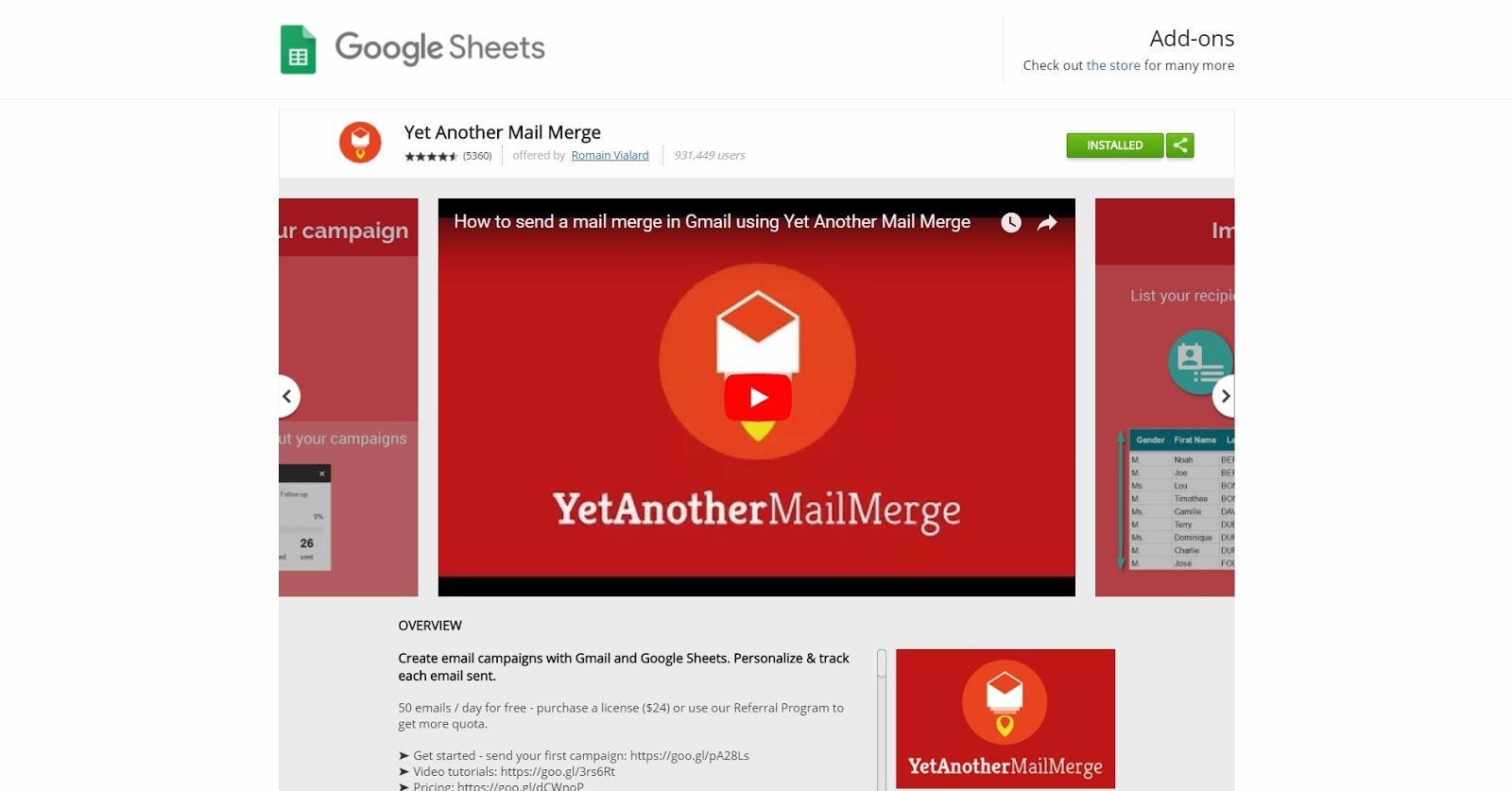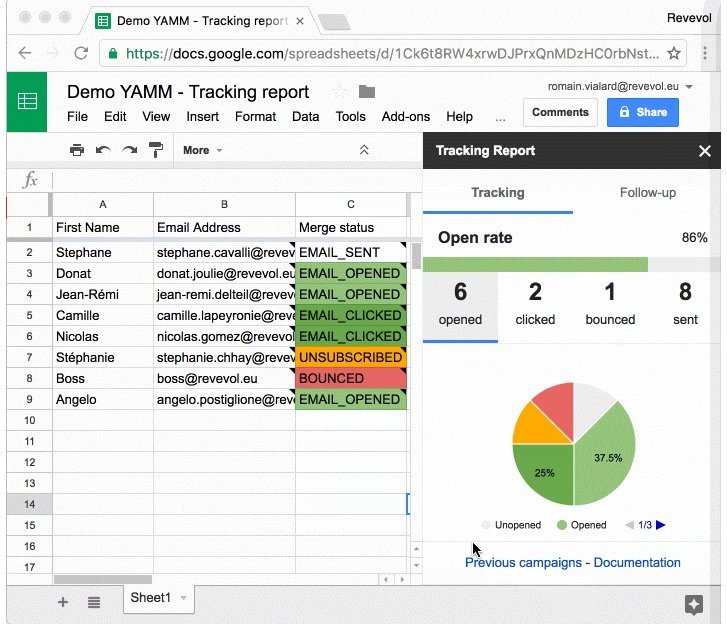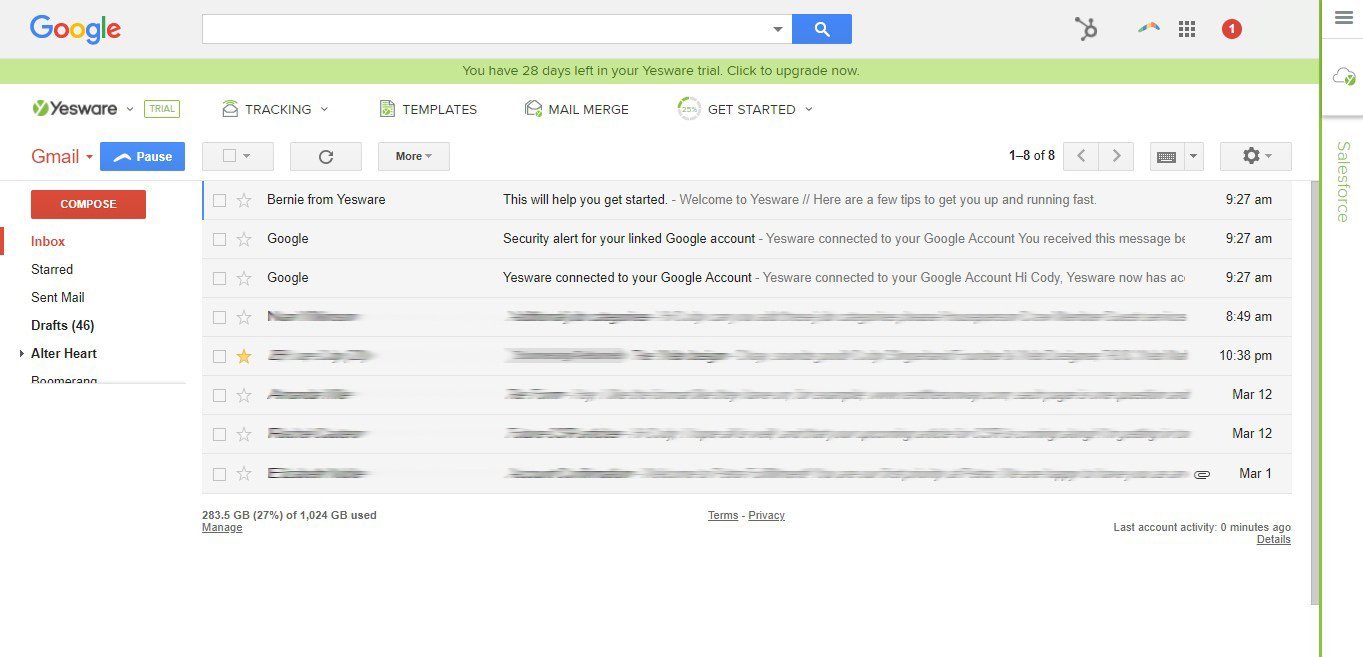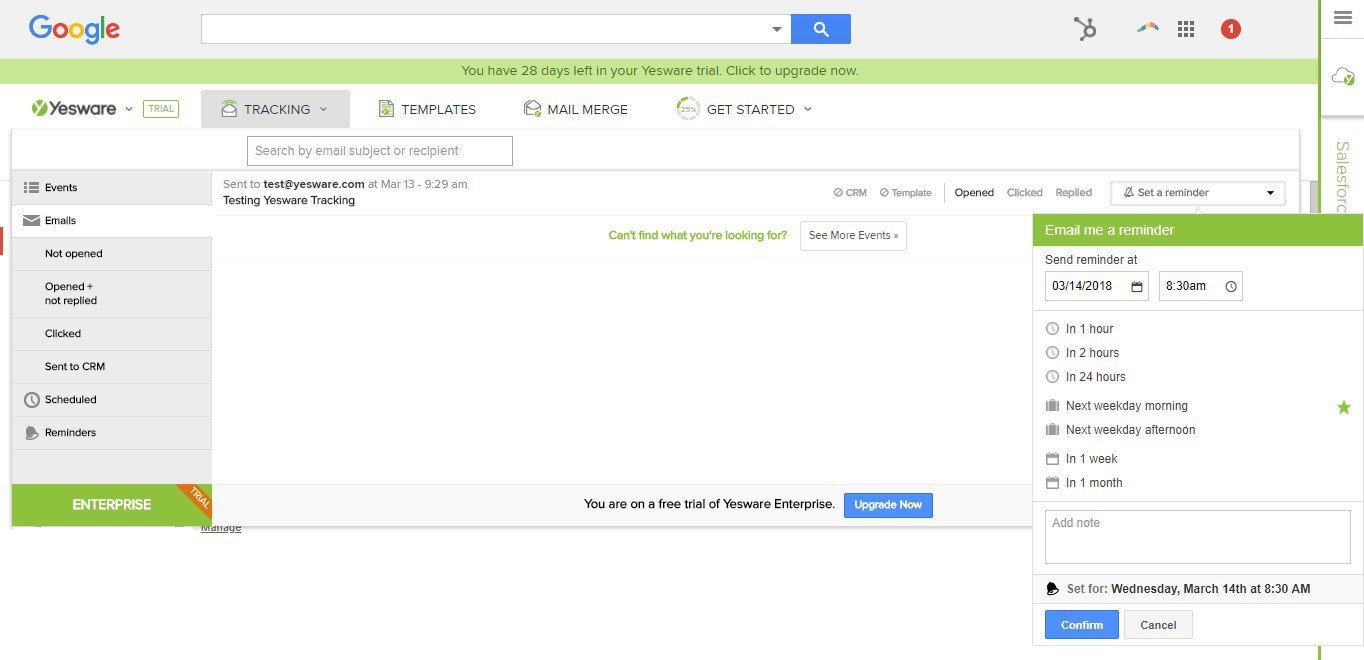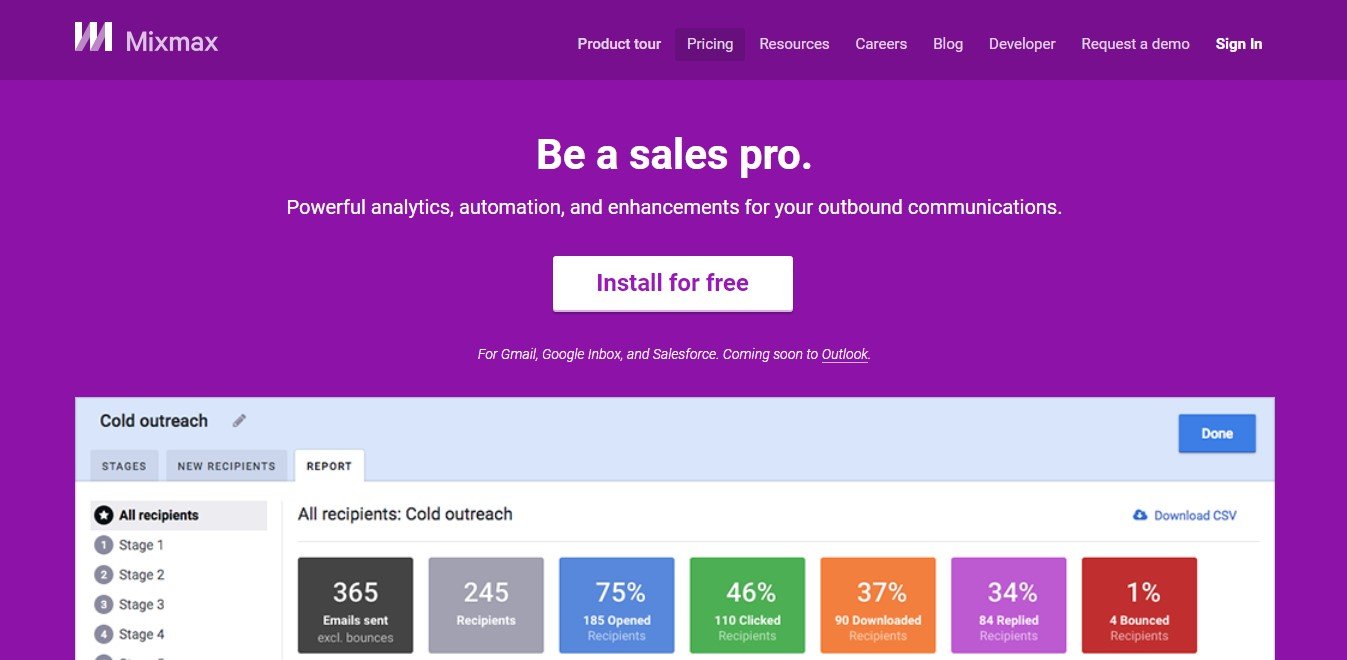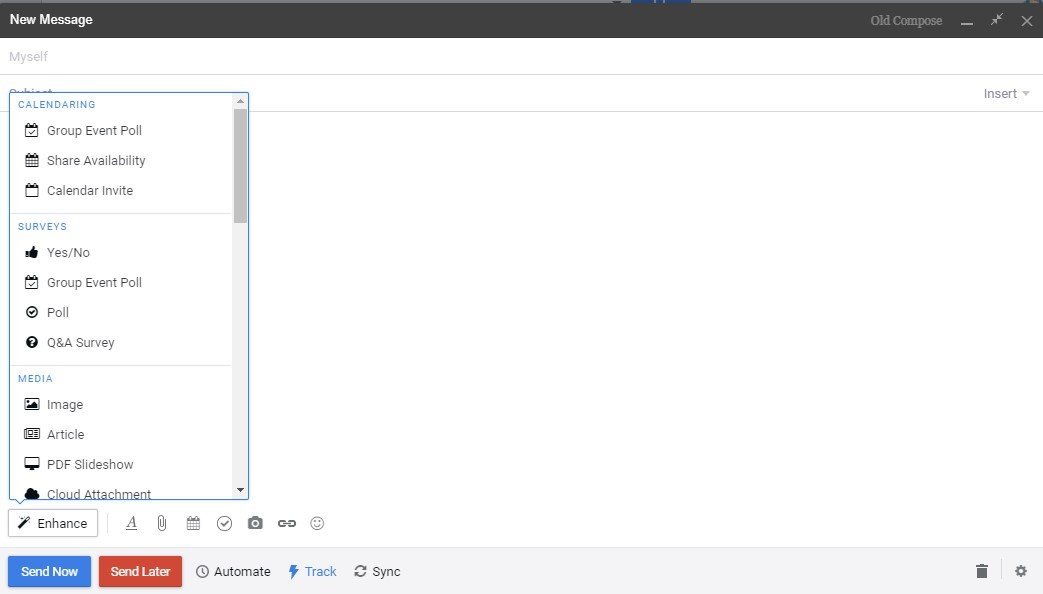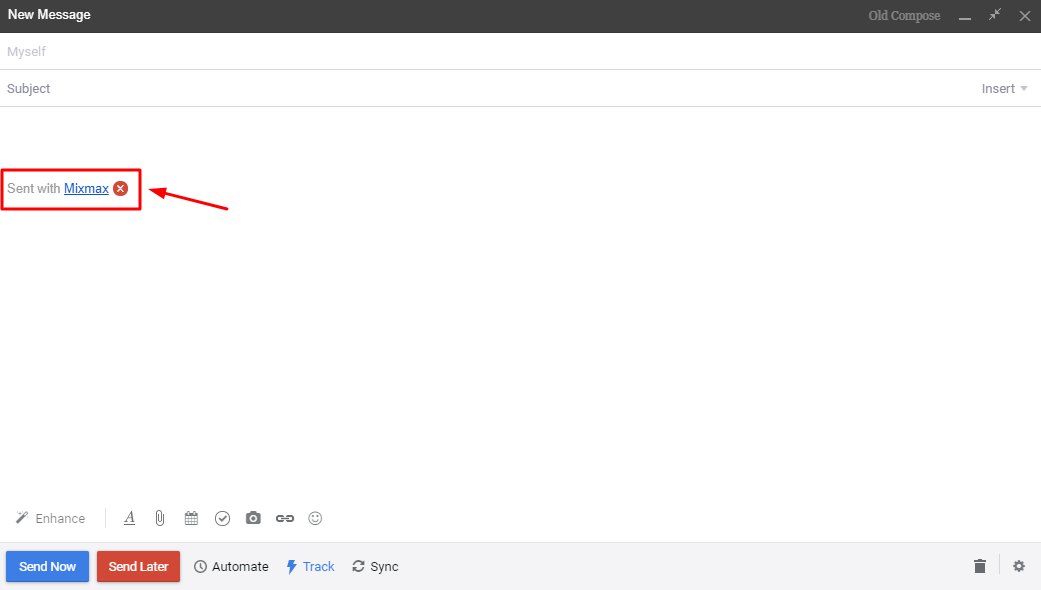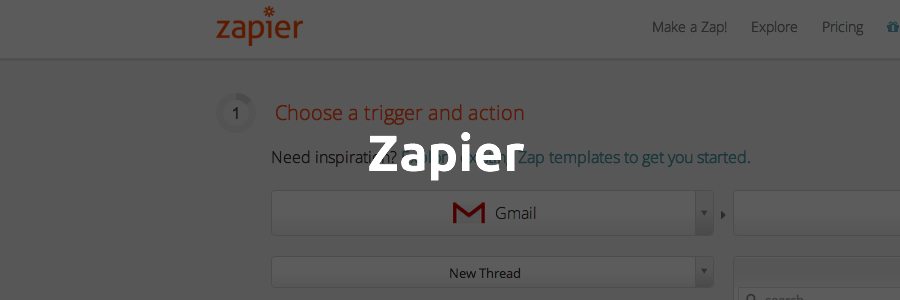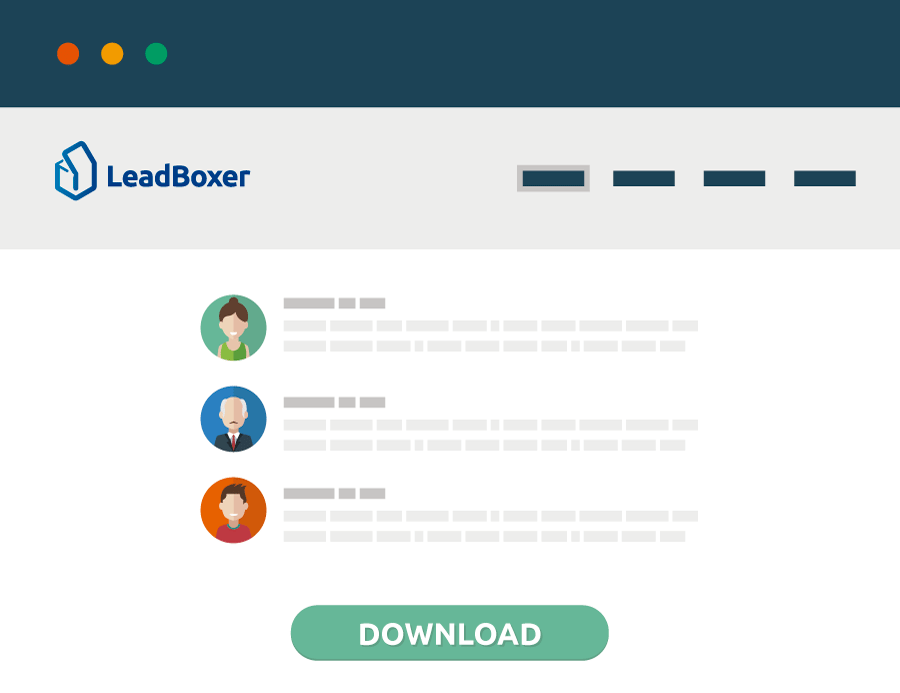Email tracking has become a popular feature on a variety of platforms, and for very good reasons. Tracking B2B emails can help sales reps stay close to their most interested leads, automate follow-up messages, and close more deals faster. But of the hundreds of email tracking apps out there, how do you know which one is best for you?
We’ve compiled this list of 25+ email tracking apps and multi-functional tools with email tracking abilities, many of which work with Gmail, Outlook, and your CRM of choice. These include:
By the end, you should know which is the best email tracking app for your team’s needs and be well on your way to speeding up your sales cycle and help you to reduce cost per lead.
Email Tracking Apps with Web tracking combined
Email tracking alone will tell you a lot about the recipients behaviour in their mail client. But what about their behaviour across your company’s website, your lead capture pages, social media, and newsletter emails? There are tools or platforms that combine all this, and these will give you the best results:
1. LeadBoxer
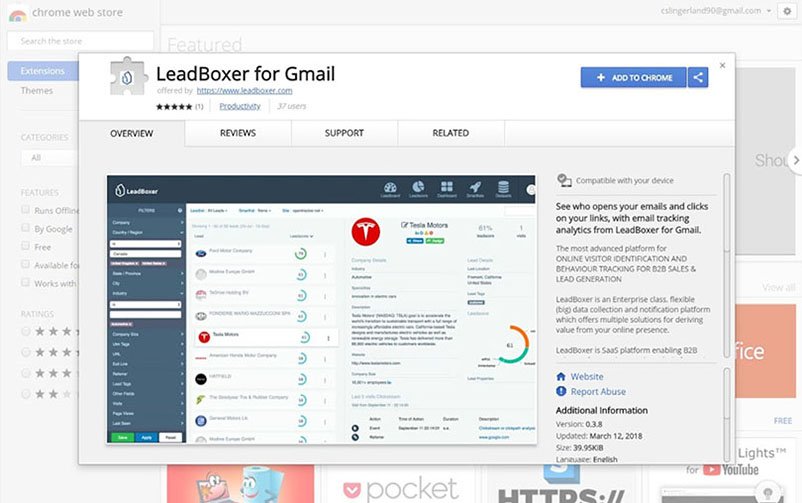
Description: LeadBoxer is a lead & customer data platform that allows you to track the behaviour of your complete online audience: see who visits your website, reads your emails, and what company they work for, etc. It also identifies anonymous website visitors, and gives leads a score to gauge how engaged they are with your company.
Best Used For: Sales reps who want to spend time focusing on their most promising leads to help them make more sales.
Compatible Platforms: LeadBoxer works with Gmail and Outlook.
Pricing: The complete LeadBoxer Platform starts at $195 per month and includes 5 seats.
UPDATE: LeadBoxer now also offers a standalone version of their Outlook plugin. Get a 30 day free trial straight from the Microsoft App Source:
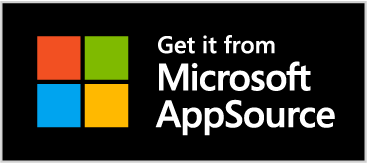
2. Freshsales

Source
Description: Freshsales is a CRM that shows users exactly what actions a lead has taken across platforms, then uses that information to create a lead score. Freshsales has a strong focus on email tracking and leverages the data to prioritize leads and give sales reps relevant talking points to guide their next call or meeting.
Best Used For: Companies that are looking for a powerful but compact CRM with email tracking apps capabilities built-in.
Compatible Platforms: Freshsales can sync with your email client of choice so that all of your emails are synced within the CRM and your inbox.
Pricing: Freshsales starts at $12 per user per month for small teams.
Email Tracking Extensions for Gmail
If you’re looking for a simple and straightforward tool that works with your Gmail to identify what emails have been opened, these are the email tracking apps for you.
3. Boomerang
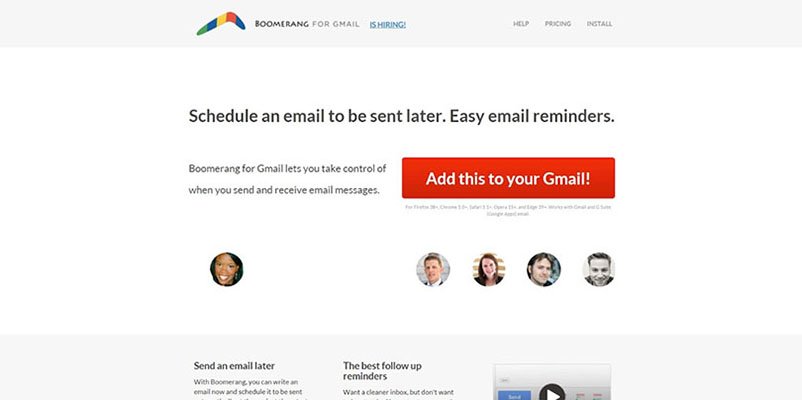
Description: Boomerang is an email tracking app that can also schedule messages to be sent at a later time. It also returns messages to your inbox at a later date that you set. This allows you to get back to an email when you’re ready for it and clean up your inbox in the process.
Best Used For: Whether you’re in sales or HR, everyone will love Boomerang’s follow-up reminders to help them stay in touch with people who haven’t yet replied to their emails, this makes sales follow-up process much easier.
Compatible Platforms: Boomerang works with Gmail/G Suite.
Pricing: Track up to ten emails per month for free. Plans with unlimited tracking but limited additional features start at $5 per month. Unlock all of Boomerang’s features for $50 per month.
4. Gmelius
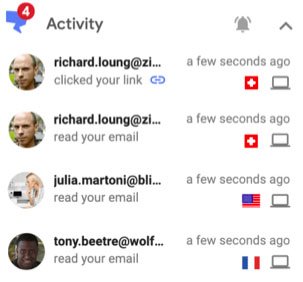
Source
Description: Gmelius installs via an extension and tracks email activity such as opens and clicks. Gmelius also includes functionality for scheduling emails, calendar scheduling, creating to-do lists, saving email templates, and more.
Best Used For: Teams who want to work together without leaving their inboxes.
Compatible Platforms: Gmelius works with Gmail only. It can be used with Chrome, Opera, and Safari internet browsers.
Pricing: Gmelius’ email tracking can be used for free. Other features are limited in the free plan. Paid plans range from $9 per user per month to $49 per user per month.
5. Mailtrack
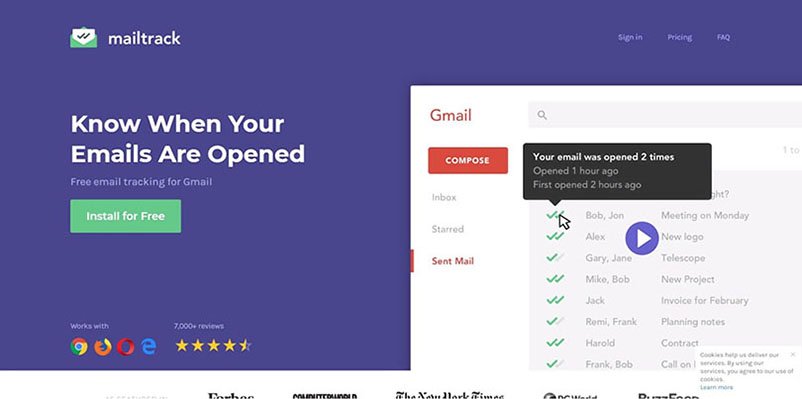
Description: Mailtrack adds a series of checkmarks next to an email in your inbox. When someone has opened your email, the checkmark next to the corresponding email will turn green. This makes it easy to look through your inbox and see who has opened your emails at a glance. A popup notification also lets you know when your email has been opened.
Best Used For: Users who want to track emails at a glance with the help of visuals.
Compatible Platforms: Mailtrack works with Gmail via a browser extension for Chrome.
Pricing: The app is free to use for an unlimited number of emails. However, an email signature that says “Sent with Mailtrack” will be added to all of your emails. Paid plans range from $5 per month to $10 per month.
6. MailTracker
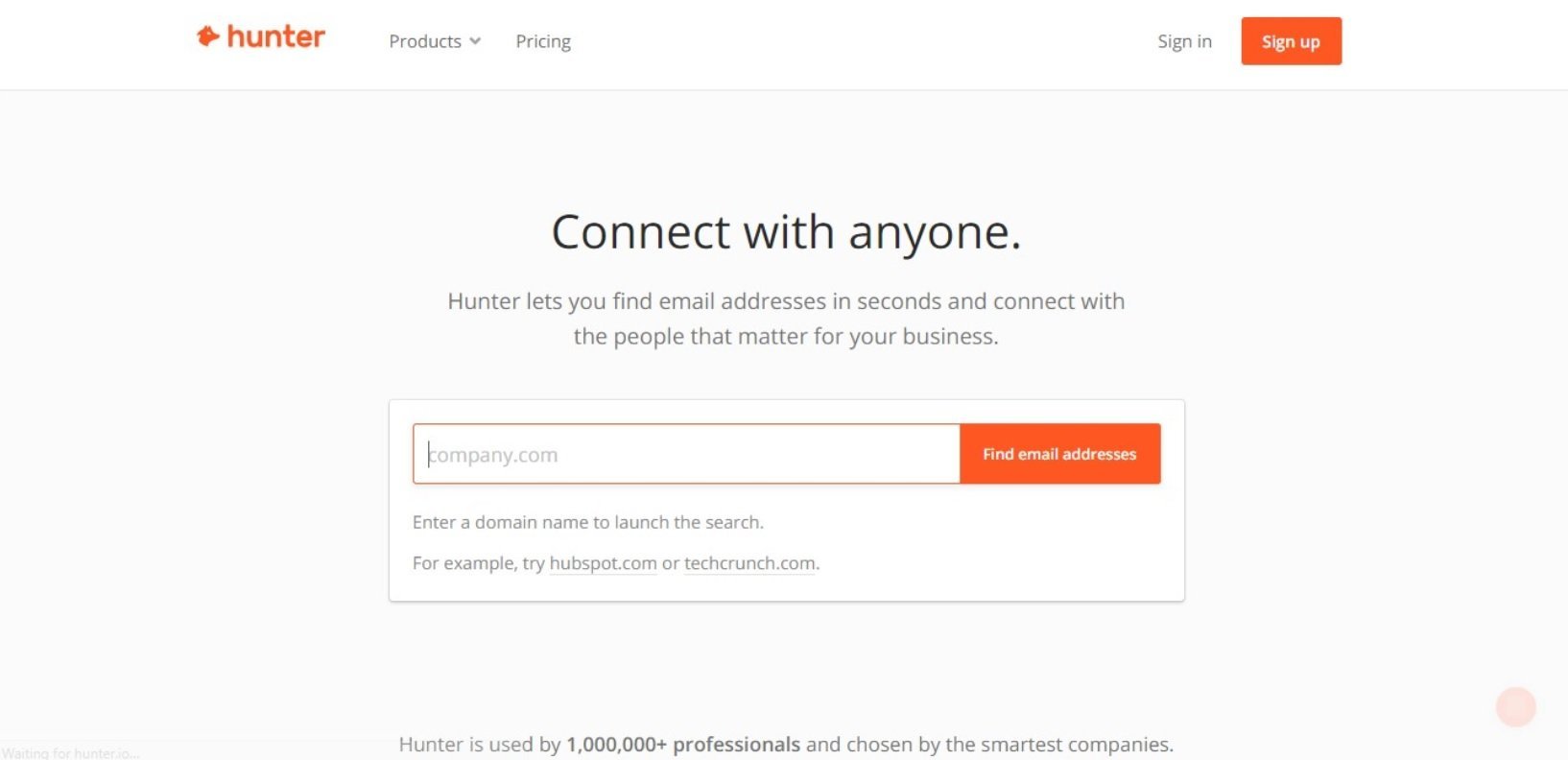
Description: Mailtracker is another simple app that provides email tracking only. The tool provides information on when your email is opened, how many times, and where the email was opened. The app is part of Hunter.io’s offering of products (Hunter.io is a popular tool for finding a person’s email address).
Best Used For: Users who want a lightweight and unobtrusive email tracking tool in their Gmail inbox.
Compatible Platforms: Mailtracker works with Gmail only and installs via a Google Chrome extension. Other internet browsers are not supported.
Pricing: Mailtracker is free to use.
7. Mixmax
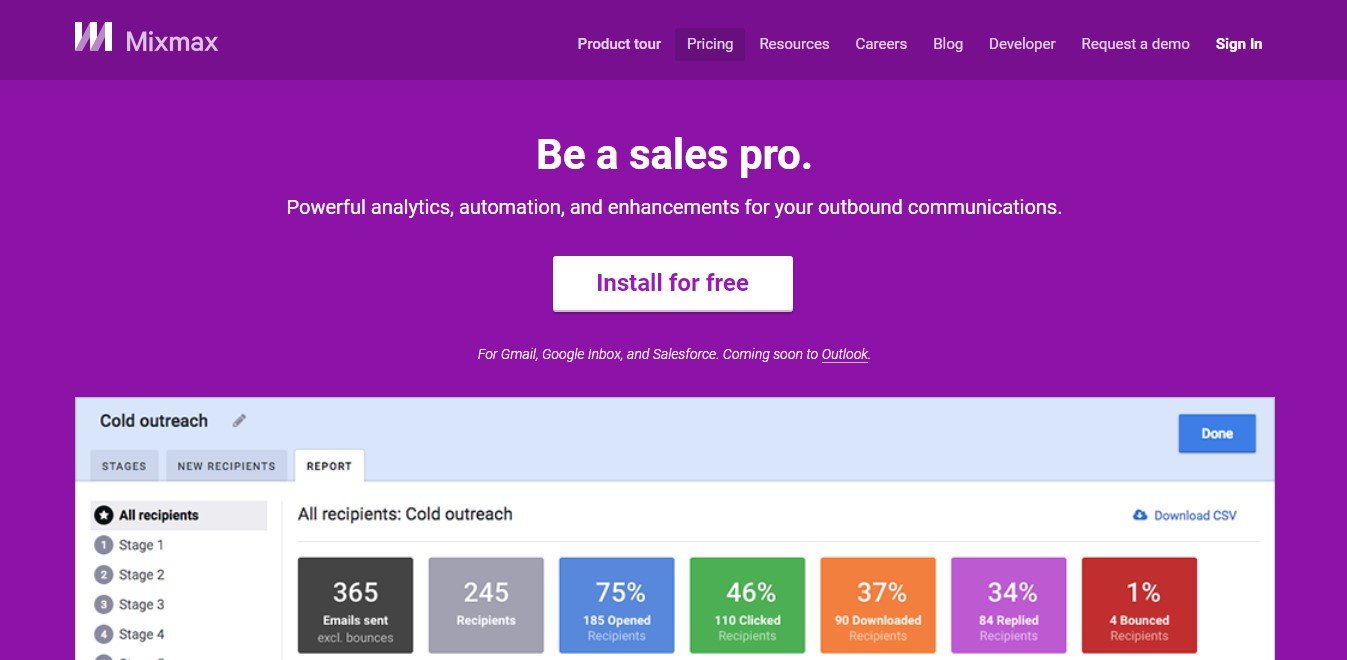
Description: Mixmax offers email tracking, saved templates, calendar scheduling, in-email polls, and automated email follow-ups. A notification will appear in your inbox or Slack (if you use it) when someone has opened your email.
Best Used For: Teams who work in Slack and want to receive notifications without jumping between platforms and email tracking apps.
Compatible Platforms: Mixmax email tracking only works with Gmail. The tool integrates with Salesforce, Slack, and a few other platforms.
Pricing: Mixmax allows you to track 100 emails per month for free. However, an email signature will be added to any email you send. Paid plans, which include premium features and remove the email signature, range from $9 per user per month to $49 per user per month.
8. Vocus
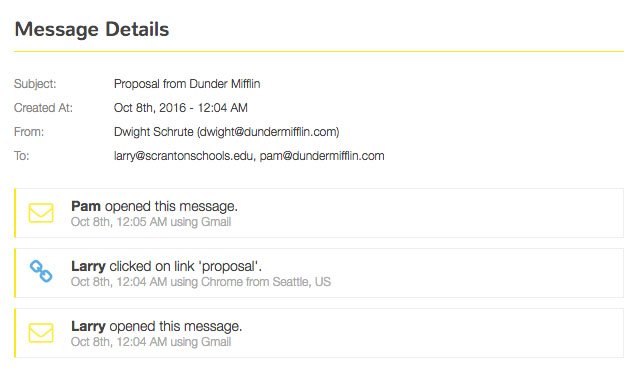 Source
Source
Description: Vocus includes features for email tracking, email reminders, email scheduling, and automated email follow-ups. It sets itself apart from competitors by specifying who engaged with an email when there are multiple recipients. It can also help you find the contact details of someone within a target organization.
Best Used For: Teams who need help finding a lead’s contact info without having to leave their Gmail inboxes.
Compatible Platforms: The tool works with Gmail only and installs via a Chrome extension.
Pricing: Vocus is available only via a paid plan. However, a 30-day free trial is available to demo the tool. Paid plans range from $5 per month to $20 per month.
9. MailTag
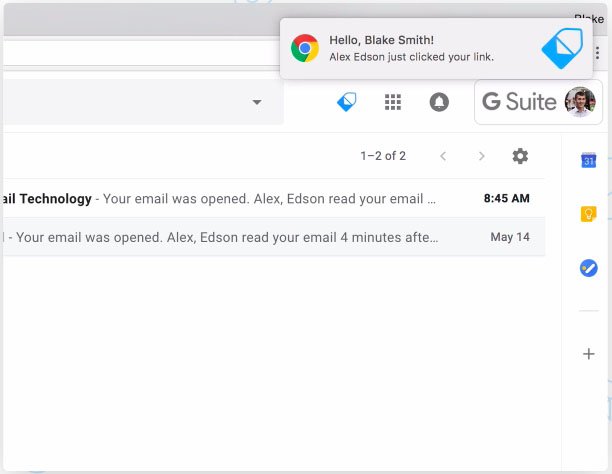
Source
Description: MailTag.io will let you know exactly when recipients open your emails with real-time desktop alerts. It also tracks the performance of your open rates, click rates, and more. MailTag allows you to schedule follow-up sequences or schedule personalized messages to send later.
Best Used For: Teams who want a lightweight email tracking tool with some automation capabilities.
Compatible Platforms: MailTag works with Gmail only.
Pricing: You can try MailTag for free, but paid plans start at $10 per user per month.
10. Checker Plus for Gmail
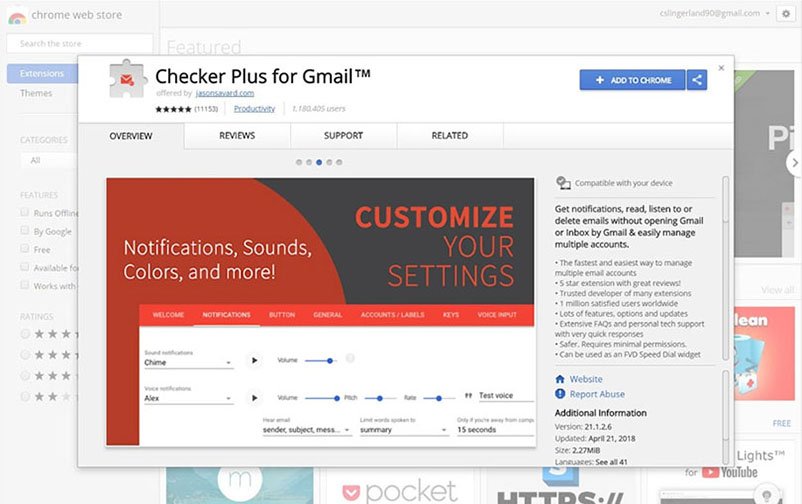
Description: Checker Plus for Gmail is simply a Google Chrome extension that enables you to track emails. Information such as who and when someone has opened your email is displayed as a popup notification. Features like email scheduling and email reminders are not available.
Best Used For: Users who want to add some functionality to their Gmail inbox without committing to a bloated or expensive app.
Compatible Platforms: The extension only works with Gmail.
Pricing: This extension is free to use.
Sales CRMs with Email Tracking Capabilities
If you’re in the market for a fully-fledged CRM, consider getting one that includes email tracking as a feature.
11. Hubspot Sales
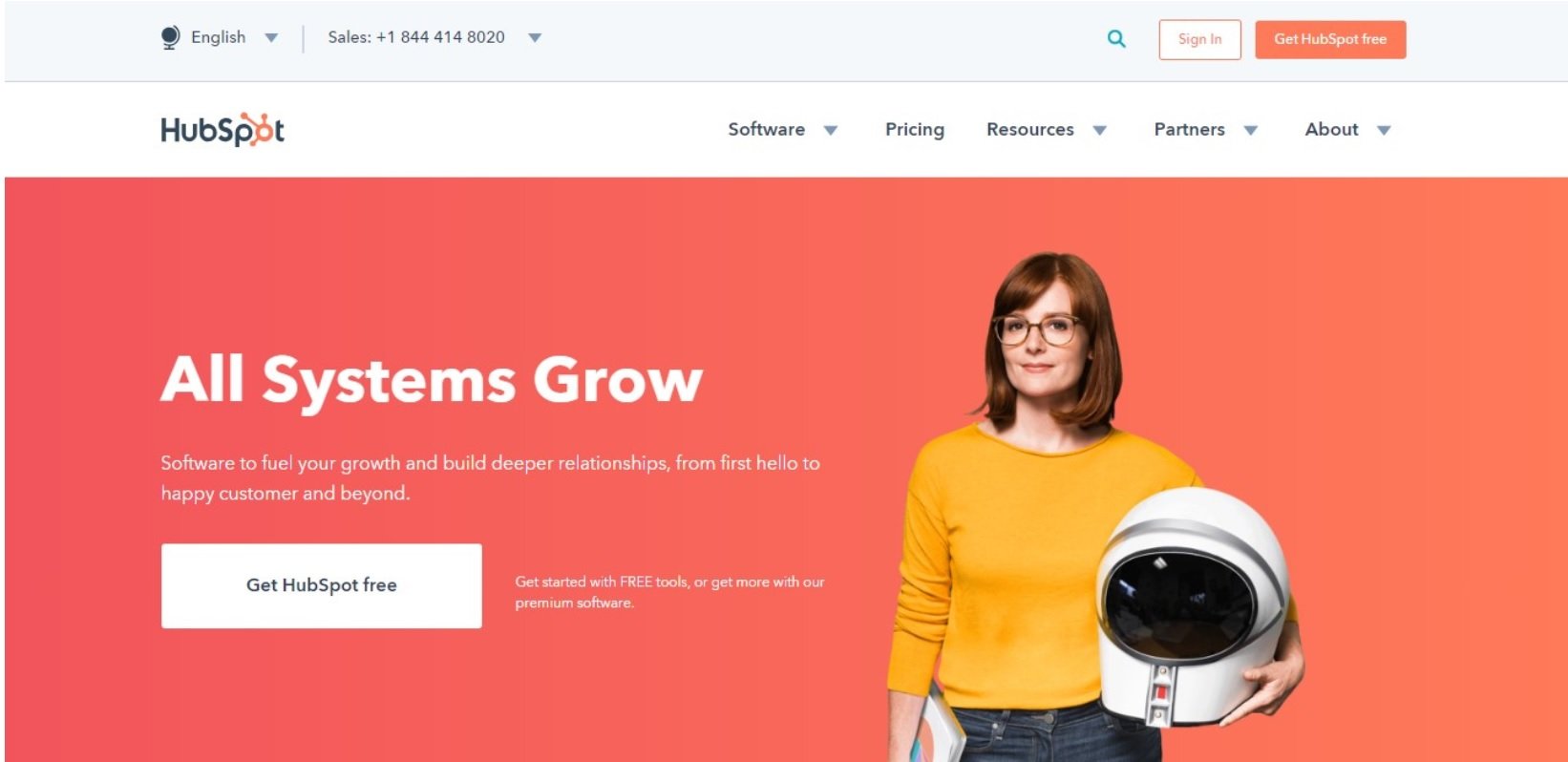
Description: Hubspot Sales is a sales CRM offered by Hubspot. The email tracking extension shows who has opened your emails and who hasn’t. A notification will also popup when the recipient has opened your email.
Best Used For: Teams who need an all-in-one sales CRM that can also track email opens.
Compatible Platforms: With Hubspot Sales, you can track emails straight from your Gmail or Outlook inbox. Setup with Gmail will require you to allow Hubspot to integrate with your inbox. This is done by installing an extension to Google Chrome.
Pricing: Hubspot Sales is free to track up to 200 email opens. Paid plans start at $50 per month for one user.
12. Accelo
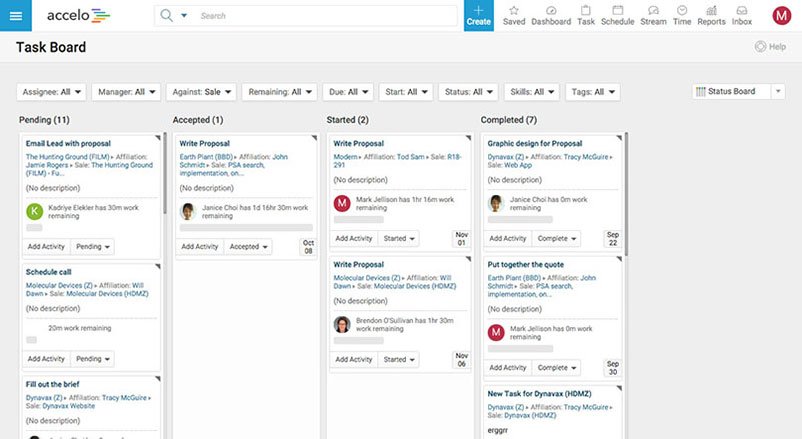
Description: Accelo is one part sales CRM and one part team task manager. It offers the ability to schedule and track emails for your leads, then assign related tasks and projects to team members based upon their future workloads.
Best Used For: With its team inbox, Accelo is a solid choice for sales teams that work closely together to make more deals.
Compatible Platforms: Accelo integrates with G Suite, Office 365, Salesforce, and several other leading platforms.
Pricing: Accelo for sales starts at $39 per user per month.
13. PhoneBurner
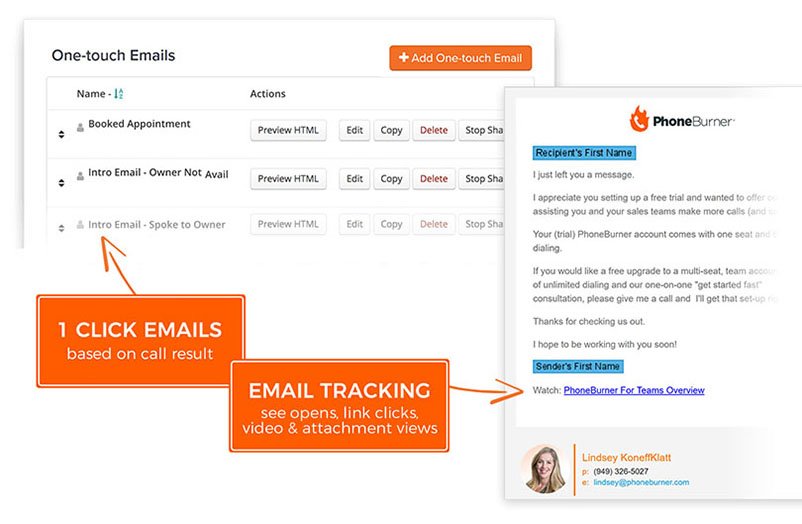
Description: PhoneBurner is a power dialer that helps streamline the post-call workflow so that sales reps can spend more time on the phone and less on manual data entry or email follow-ups. Based on the call result, PhoneBurner can suggest personalized emails to send with one click.
Best Used For: Phone-focused sales reps that are looking for a tool that brings their calls and emails closer together.
Compatible Platforms: PhoneBurner is a CRM that can work with Gmail, Outlook, and a few other email servers.
Pricing: Unlimited dialing with PhoneBurner starts at $149 per user per month.
14. Streak
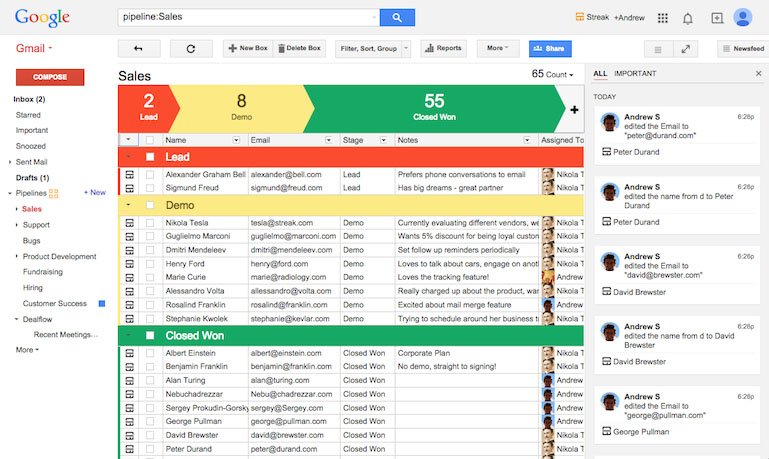
Description: Streak is a CRM that works in tandem with your Gmail inbox. The tool includes email tracking, scheduling emails, and email reminders. Team members can share emails, notes, and call logs to help tackle leads together.
Best Used For: Teams who want a lightweight CRM that meshes beautifully with their Gmail inboxes.
Compatible Platforms: Streak is a Chrome extension for Gmail only.
Pricing: Streak is free for personal use but has limited features. Paid plans start at $49 per user per month.
Sales Communication Automation Platforms with Email Tracking Capabilities
Perhaps the best way to handle your sales pipeline efficiently is with a platform that can automate much of your sales communication – like sales prospecting tools. Email tracking is an essential part of knowing when to trigger certain actions, such as a follow-up call.
15. SalesHandy
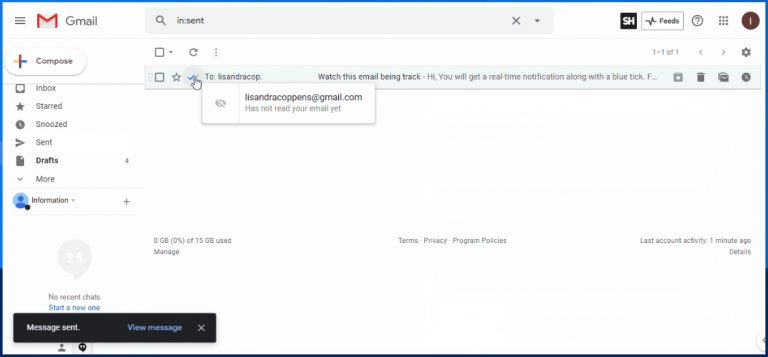
Source
Description: SalesHandy includes functionality for tracking emails, saving templates, scheduling emails, and creating automated email follow-ups. It’s free to use to track an unlimited number of emails. However, other features are not available in the free plan.
Best Used For: Users who are looking for a simple, free tool to track their emails without any frills.
Compatible Platforms: SalesHandy works with both Gmail and Outlook.
Pricing: Paid plans range from $7 per user per month to $40 per user month.
16. Autoklose
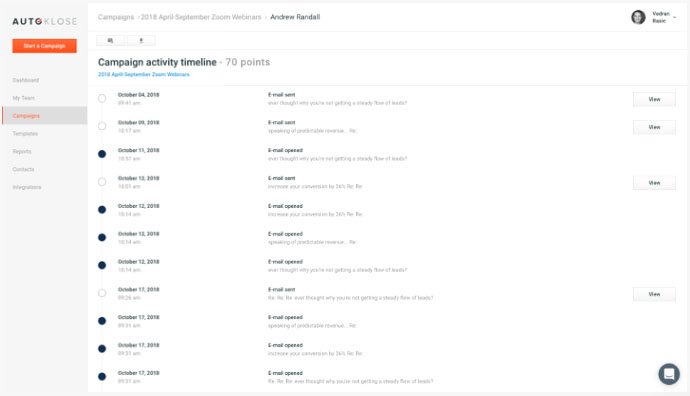
Source
Description: Autoklose draws from a huge database of B2B leads to help prospectors connect with the right person every time. Schedule email sequences, track opens and clicks, and fine-tune the process at any time to continually boost engagement with leads. Reps can also choose to check in on leads who have ignored emails and try to re-engage with them.
Best Used For: Autoklose works well with any size for any sized companies, but solopreneurs may especially like its functionality for the price.
Compatible Platforms: Autoklose supports Gmail/G Suite and Outlook/Office 365.
Pricing: Autoklose starts at $50 per user per month.
17. Yesware
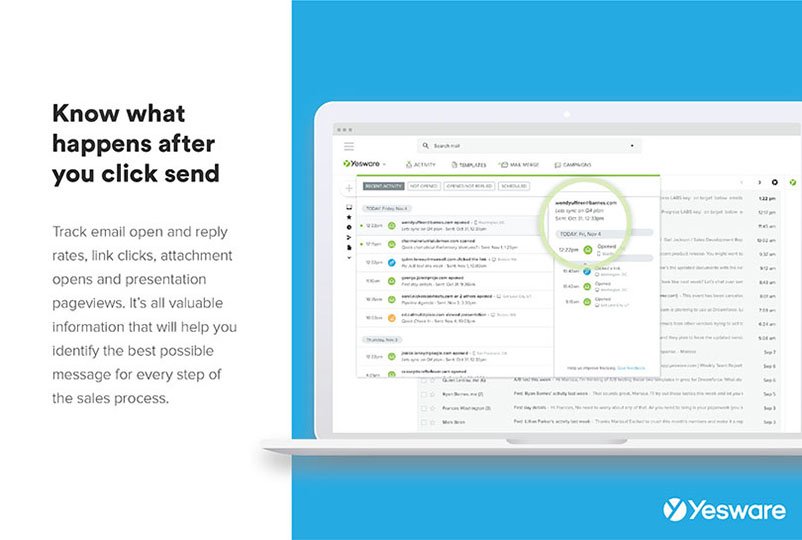
Description: On top of email tracking, Yesware includes email scheduling, saved templates, calendar scheduling, and automated follow-ups. It syncs with Salesforce to make sure that all of your data is saved across platforms.
Best Used For: Sales reps who want email automation assistance that lives right in their inbox.
Compatible Platforms: Yesware works with both Gmail and Outlook.
Pricing: The tool is only available via a paid plan. However, a free trial is available. Paid plans range from $12 per user per month to $55 per user per month.
18. SalesLoft
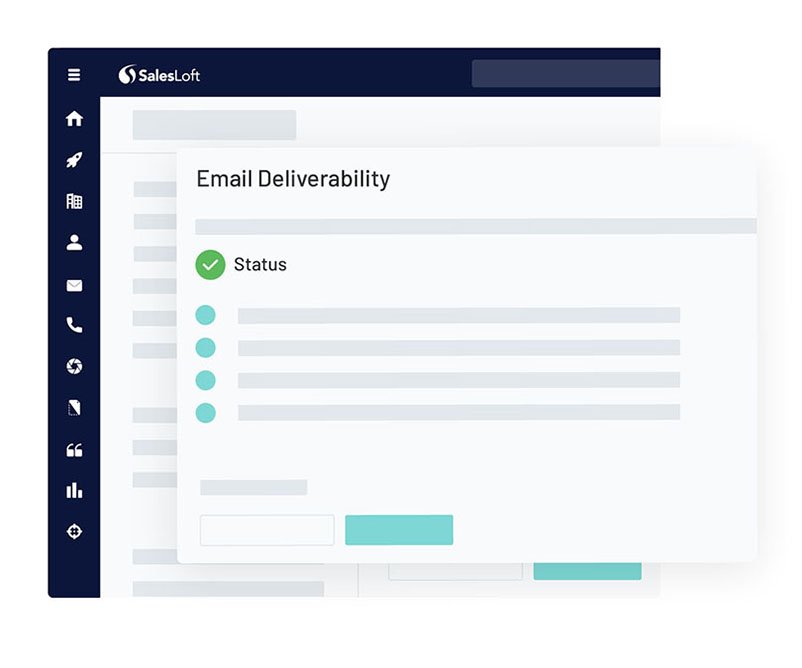
Source
Description: SalesLoft specializes in automating email cadences that nurture leads. Use email tracking to see how individual leads are engaging with the process, then use at-a-glance email analytics to find ways to improve the open and click rates of your automated messages. The email tracking feature also helps informs sales reps about the best time to reach out by phone.
Best Used For: Salespeople who want to automate their emails, improve their messaging, and make their phone and digital outreach work better together.
Compatible Platforms: SalesLoft works with Gmail, Outlook, or your CRM.
Pricing: Contact SalesLoft to learn about current pricing.
19. Outreach
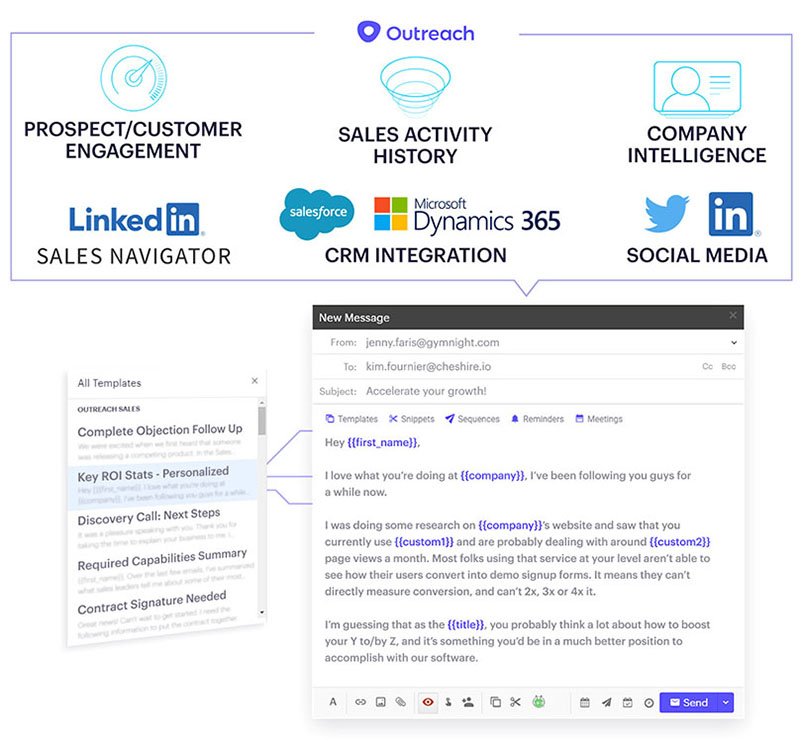
Source
Description: Outreach is the platform for automating sales touchpoints and personalizing emails at scale so sales reps have more time to book meetings and close deals. Email tracking allows you to categorize and prioritize prospects according to who opened and responded to a message, giving you a better understanding of the sales cycle.
Best Used For: Sales teams that want to quickly know who is most engaged with their emails so they can schedule more meetings with the right prospects.
Compatible Platforms: Outreach works with Gmail, Outlook, or your CRM.
Pricing: Contact Outreach to learn about current pricing.
20. Cirrus Insight
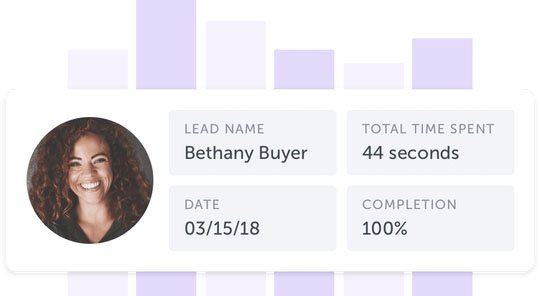
Source
Description: Cirrus Insights lets sales reps schedule drip campaigns, track email and attachment opens, set follow-up reminders, and schedule more meetings with the most engaged and promising leads. With Cirrus Insights, you can even update or take back attachments after you’ve sent them, which means no more embarrassing follow-up emails with the correct document.
Best Used For: Salesforce clients that are looking for a simple but highly useful add-on to their Gmail or Outlook inbox.
Compatible Platforms: Cirrus Insights works with both Gmail and Outlook. It also integrates with Salesforce and a few other CRMs so you don’t have to jump between platforms.
Pricing: Cirrus Insights starts at $27 per user per month for both Gmail and Outlook.
21. Reply
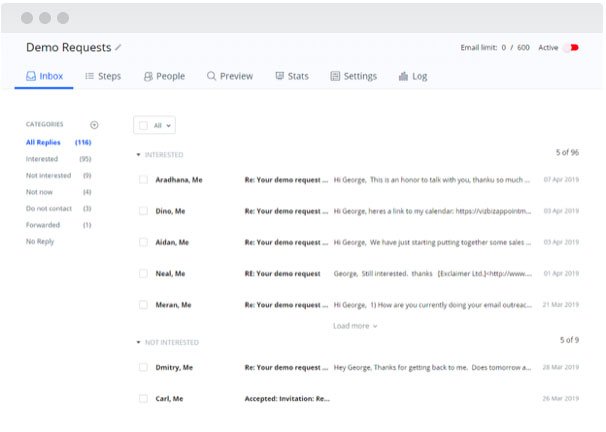
Source
Description: Reply automates email outreach so that sales reps can focus on calls, meetings, and closing. It uses AI to track emails, then sorts leads by their level of interest. The program can even suggest email copy that is most likely to convert. There are optional plugins that make it easy to find contact information for new leads.
Best Used For: Single-person businesses might forgo a bulky CRM and instead rely on Reply as their main prospecting platform.
Compatible Platforms: Reply can be installed for Gmail and Outlook/Exchange accounts.
Pricing: Reply starts at $70 per month for an individual user and $200 per month for a team of three users.
22. InsideSales.com Predictive Playbooks
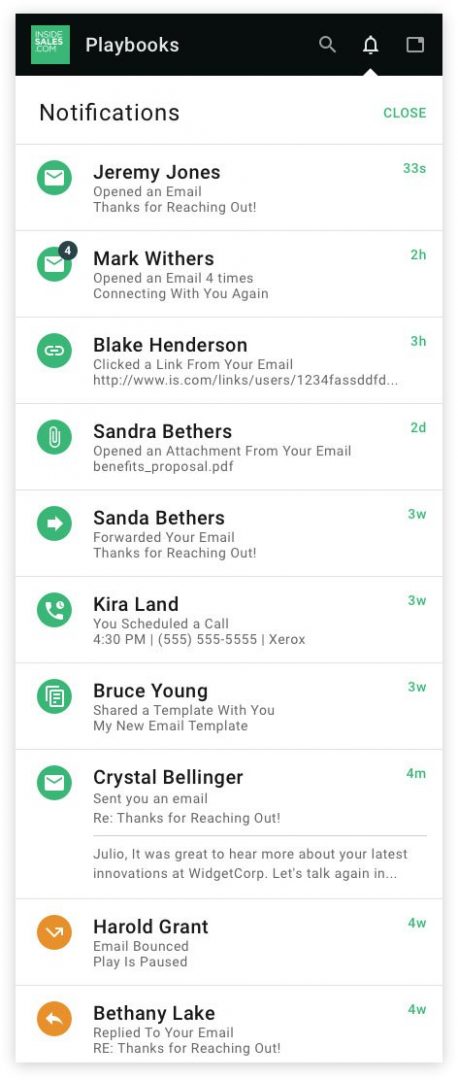
Description: InsideSales.com Predictive Playbooks uses AI to create outreach cadences based on the previous behaviors of individual leads. Playbooks can suggest better email addresses or phone numbers for contacting leads than what sales reps already have on file. Email tracking allows reps to always be connected to their leads and follow-up at the right time.
Best Used For: Sales reps that want to let AI do all the heavy lifting and drastically increase the efficiency of their outreach.
Compatible Platforms: Predictive Playbooks can integrate with your email client and CRM of choice.
Pricing: Get in touch with InsideSales.com to learn about the pricing of Predictive Playbooks.
23. PersistIQ
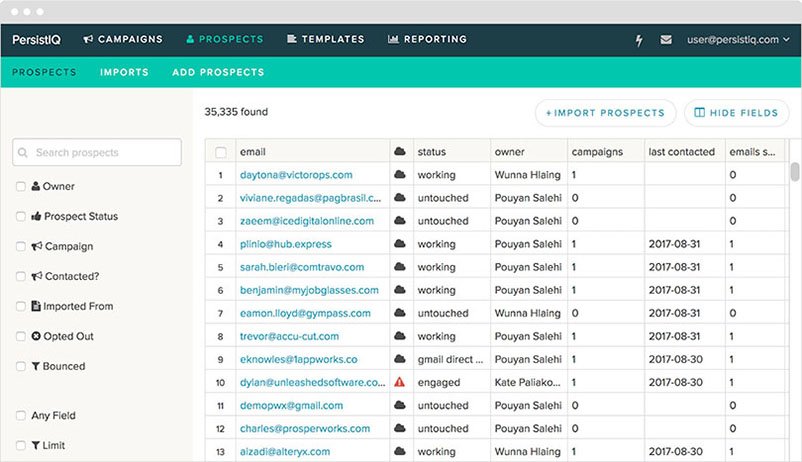
Source
Description: PersistIQ has a lot of the features you’ve come to expect from a sales engagement tool, including email templates, multiple touchpoint scheduling, and open and click tracking. What sets PersistIQ apart is its clean, intuitive design that teams can use intuitively and adopt immediately.
Best Used For: Sales teams that are looking to augment their existing CRM or Gmail inboxes with personalized sales emails at scale.
Compatible Platforms: PersistIQ integrates with many CRMs. It also has a plugin so you can access its templates within Gmail, then log emails to Salesforce.
Pricing: PersistIQ starts at $40 per user per month.
24. SmartCloud Connect
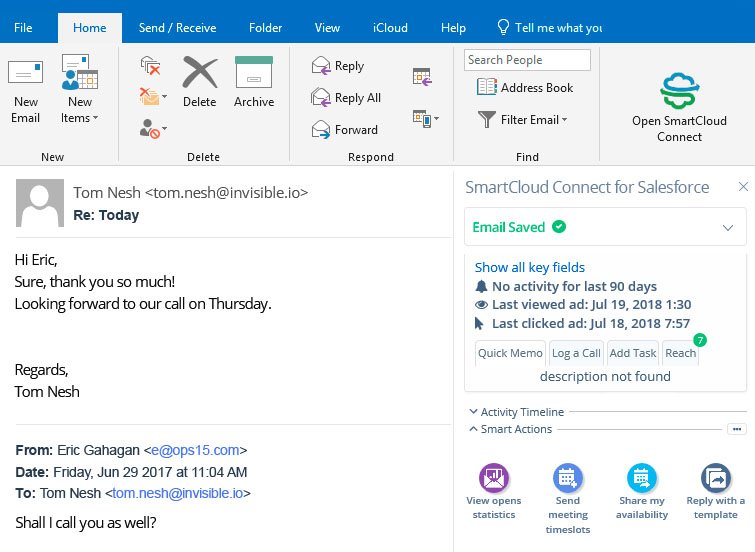
Source
Description: SmartCloud Connect is a tool that appears as a sidebar within your Gmail or Outlook account. The sidebar can pull data about a lead from Salesforce, show email open and click tracking, and supply message templates from Salesforce. With SmartCloud, it’s easy to log emails to Salesforce and set reminders that keep you on task.
Best Used For: Sales teams that want a tool that can maximize productivity within their inbox and reduce the amount of time they spend switching over to Salesforce.
Compatible Platforms: SmartCloud integrates with Outlook, Gmail, and Salesforce to keep everything synced across platforms.
Pricing: SmartCloud starts at $15 per user per month.
Email Tracking Apps with Unique Features and Use Cases
Looking for something with specific functionality? These email tracking apps work well for internal communications,
25. Bananatag
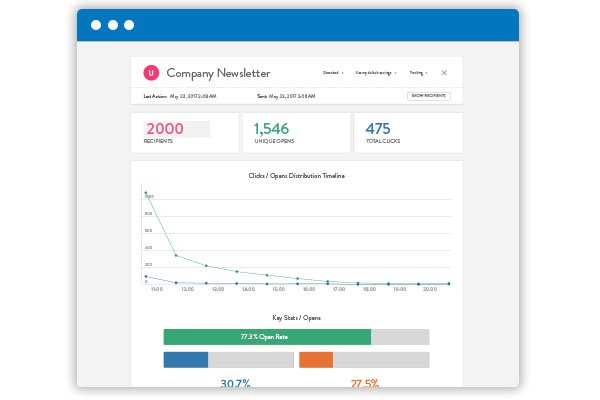
Source
Description: Bananatag is an email design and tracking app specifically for internal communications. With Bananatag, you can create beautiful company memos and newsletters within your email client, get feedback from employees, and measure open and click rates.
Best Used For: Managers who want to make sure that employees are opening and engaging with important company messages.
Compatible Platforms: Bananatag works with both Gmail and Outlook.
Pricing: Get in touch with Bananatag to learn more about their custom pricing.
26. Contact Monkey
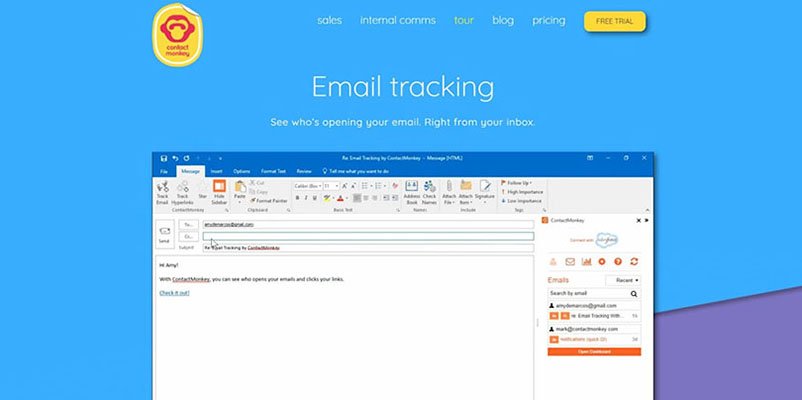
Description: Contact Monkey is an app that can work for internal communications or sales. The app features email tracking, email scheduling, and saved email templates.
Best Used For: Teams who want a sidebar within their inbox to help compose, schedule, and track emails.
Compatible Platforms: Contact Monkey works with both Gmail and Outlook.
Pricing: Contact Monkey is available via a paid plan only. However, a free trial is available. Paid plans for sales range from $10 per user per month to $25 per user per month. Get in touch with Contact Monkey to learn the price of their internal communications product.
27. Nimble
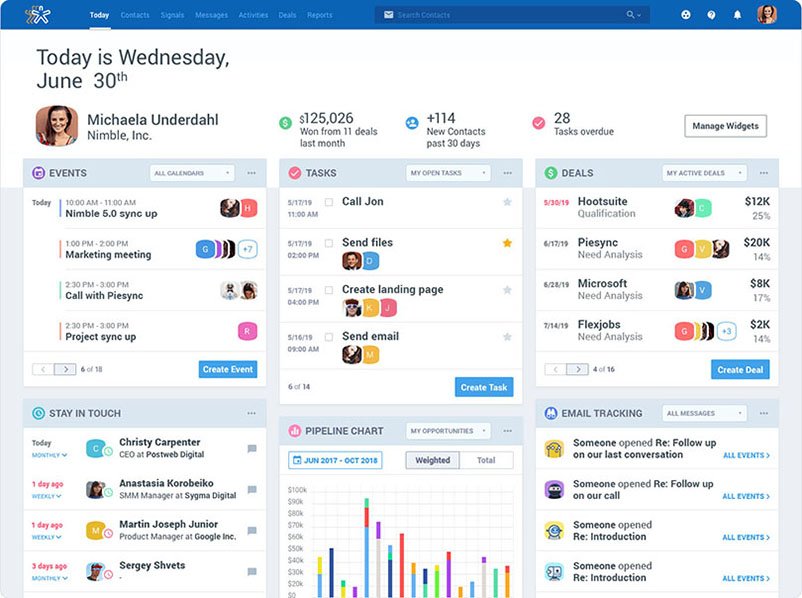
Source
Description: Nimble is true to its name and organizes events, tasks, your pipeline, and email tracking into one clean, easy-to-understand dashboard. Sales reps can quickly see where they stand and make smart decisions about their next action. Reps can also get more detailed views of their leads, including their history of activity and the upcoming activities scheduled for them.
Best Used For: Sales teams looking for an intuitive dashboard should look to Nimble. Office 365 users in particular will love Nimble’s CRM solution.
Compatible Platforms: Nimble is designed to work Office 365 and G Suite.
Pricing: Nimble starts at $19 per user per month.
28. Groove

Source
Description: Groove frees up hours of employee productivity by syncing Salesforce, Gmail, and Google Calendar data. It also offers email open and click tracking, as well as the option to schedule a message to send later. Plan automated email sequences and let Groove take care of the rest.
Best Used For: Groove works best for teams that are already using Salesforce and want to have their emails, calendars, and CRM data automatically synced.
Compatible Platforms: Groove works with Salesforce and Gmail.
Pricing: Get in touch with Groove to discuss the best pricing for your business.
29. ClearSlide
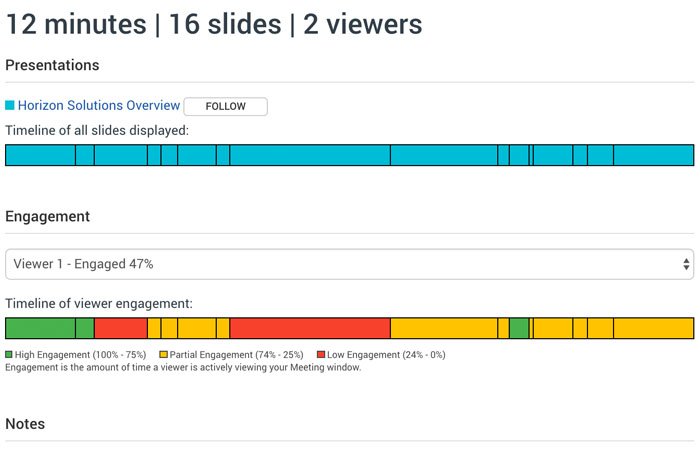
Source
Description: ClearSlide is a content creation and management platform teams can use to help engage their leads. With ClearSlide, not only do sales reps get alerts about email opens and clicks, but they also get detailed reports about how leads are engaging with their content. Users can see what parts of their content are working and what needs to be improved to maximize engagement.
Best Used For: Teams that need help making email content, then analyzing it to see what needs to be tweaked.
Compatible Platforms: ClearSlide integrates with Salesforce or Microsoft Dynamics CRM.
Pricing: ClearSlide starts at $35 per user per month.
30. Tellwise
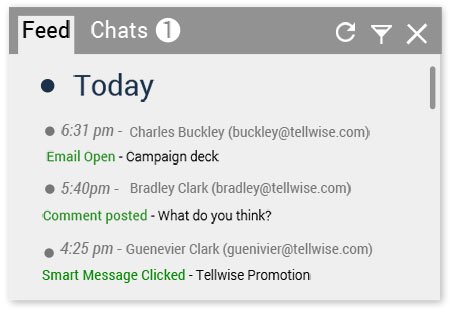
Source
Description: Tellwise has a ton of features that make it a natural addition to your inbox. The tool alerts you when a lead is reading your content, then gives you the option to immediately engage with them via a chatbox. Know when leads read a proposal and shared it with a colleague. Tellwise even offers one-click calling to help you get prospects on the phone faster.
Best Used For: Sales teams that want a lightweight but effective tool to supplement their Gmail or Outlook inboxes.
Compatible Platforms: You can use Tellwise from within Gmail, Outlook, or Salesforce.
Pricing: Get in touch with Tellwise to learn about current pricing.
Use Email Tracking Apps to Speed Up Your Sales Cycle
For a complete look at how to get started with email tracking apps, how it can benefit you or your business, and best practices for success, we recommend you take a look at our email tracking guide.
If you want to up your game and track your lead’s entire customer journey map (including email activity, website activity, and more), take a look at LeadBoxer and request your free trial today.
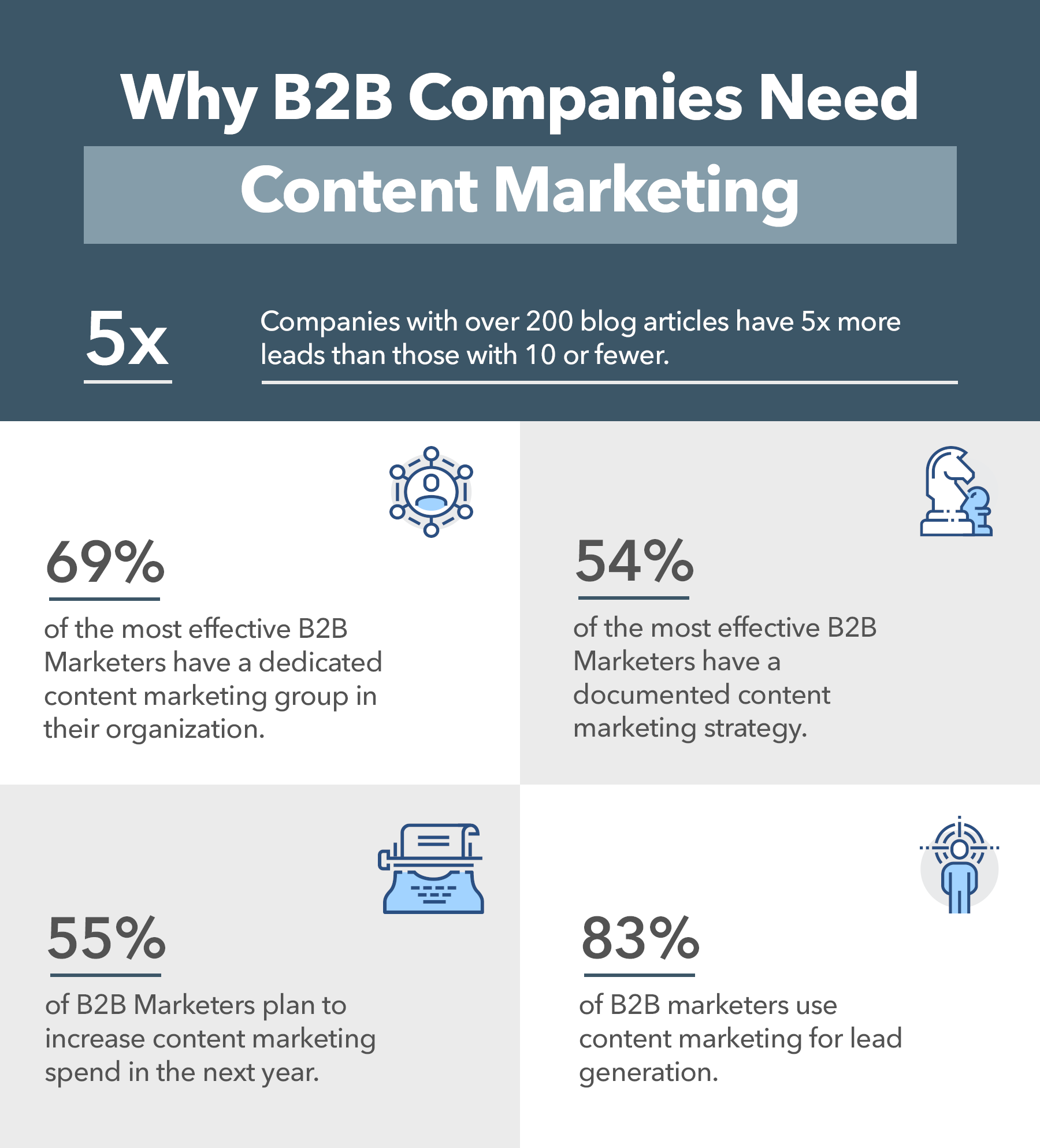
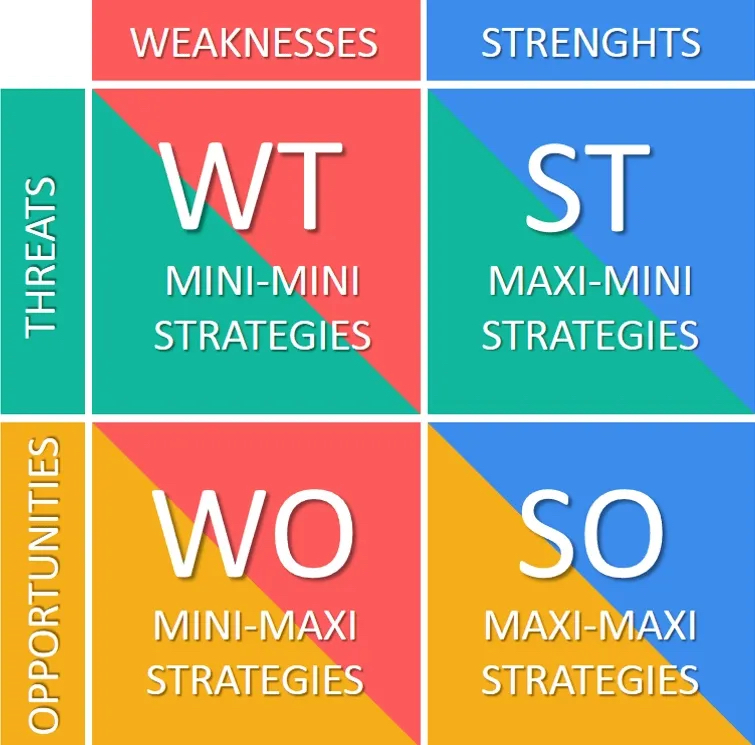


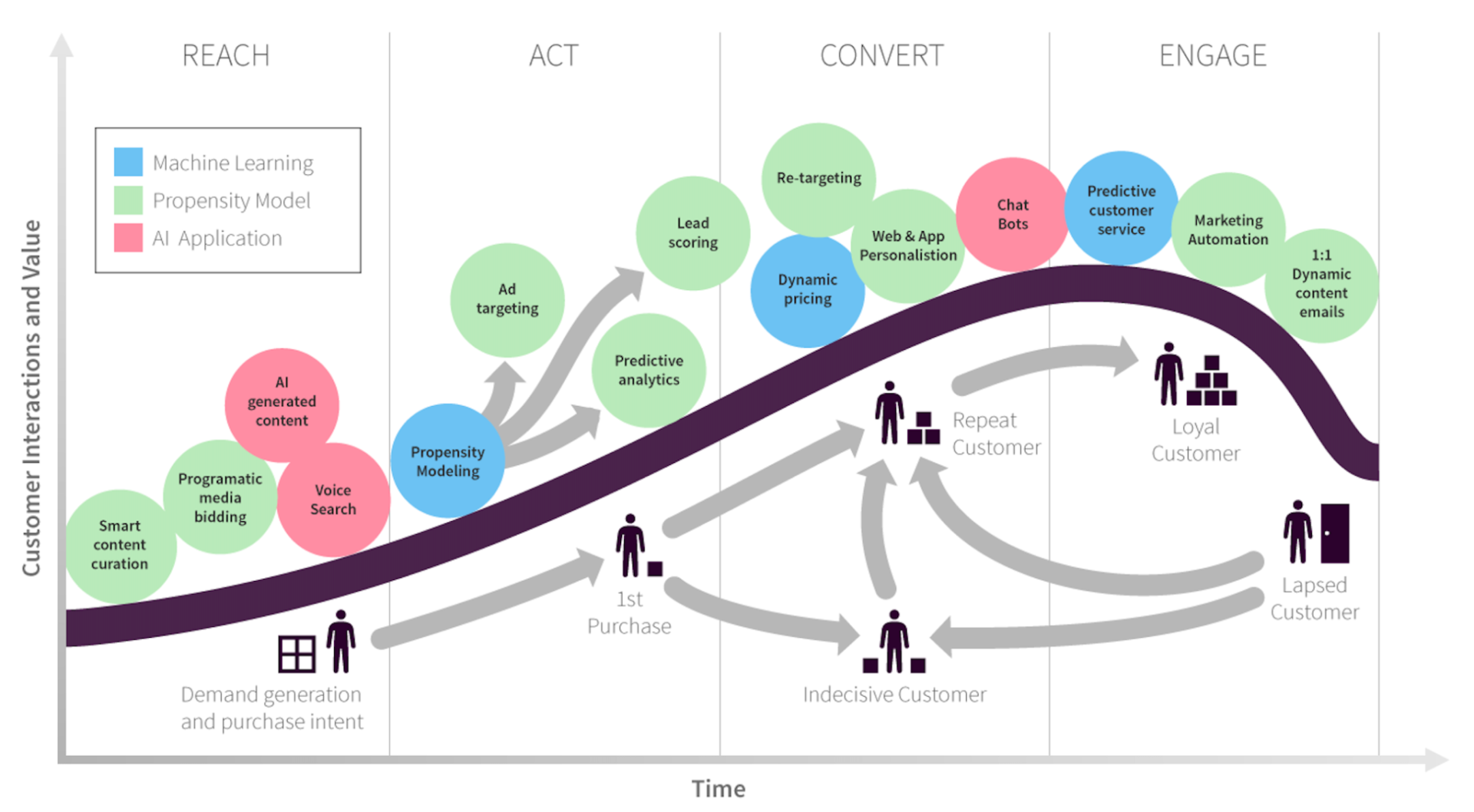
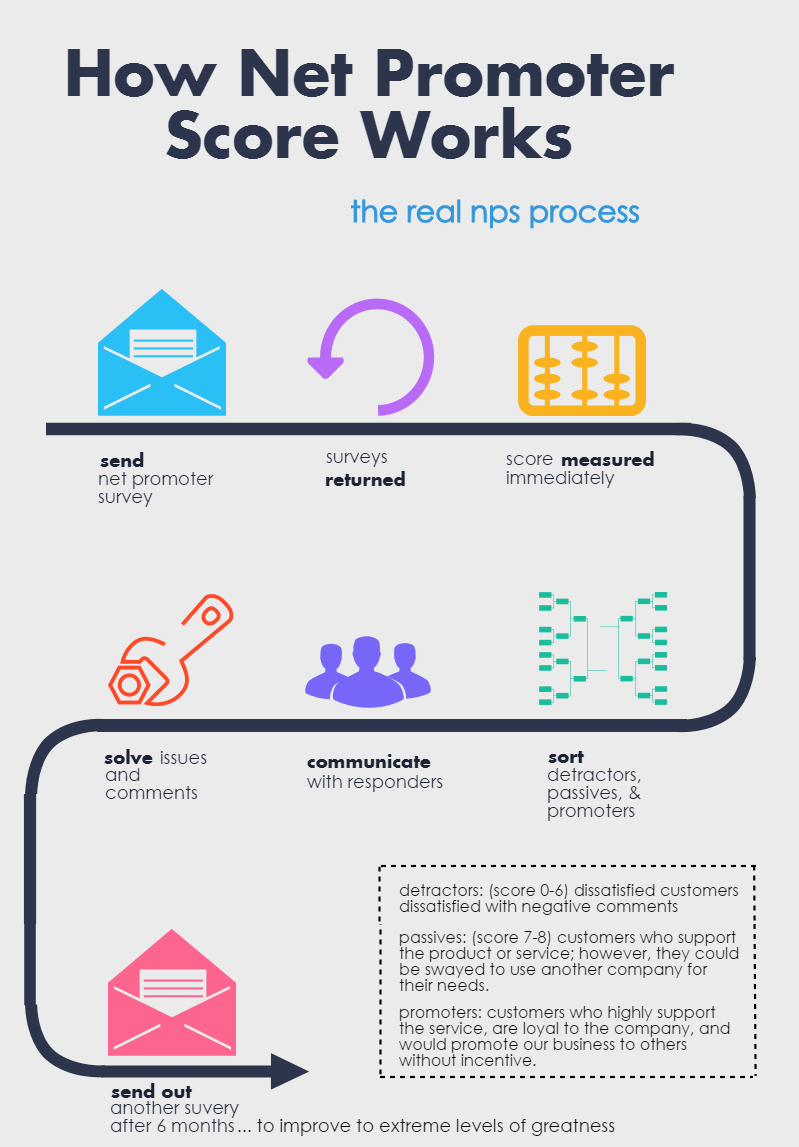

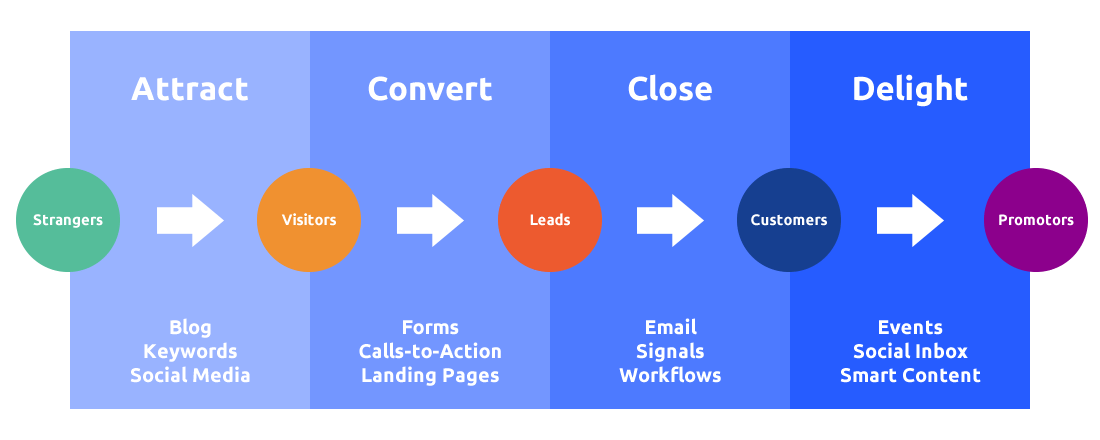
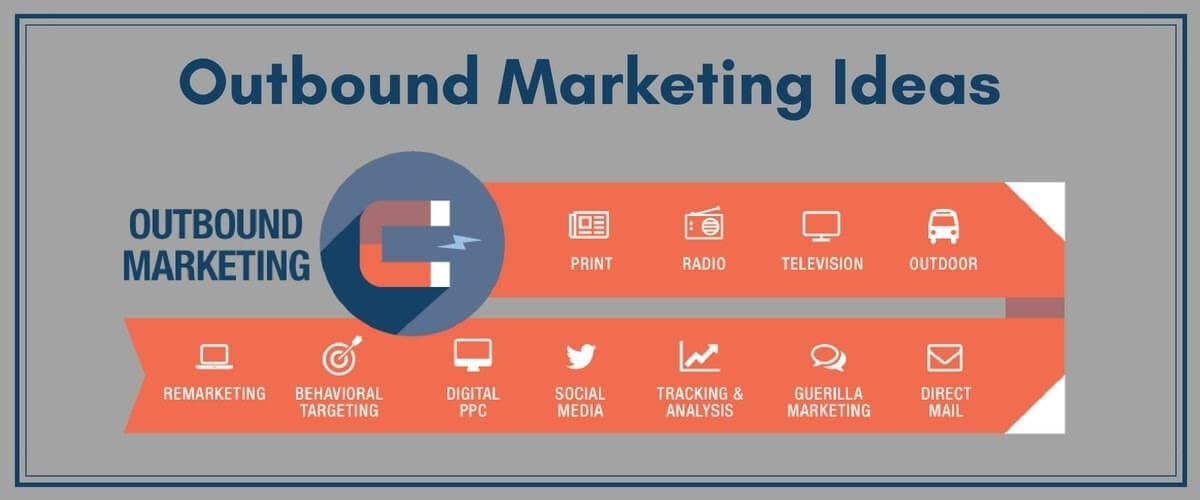
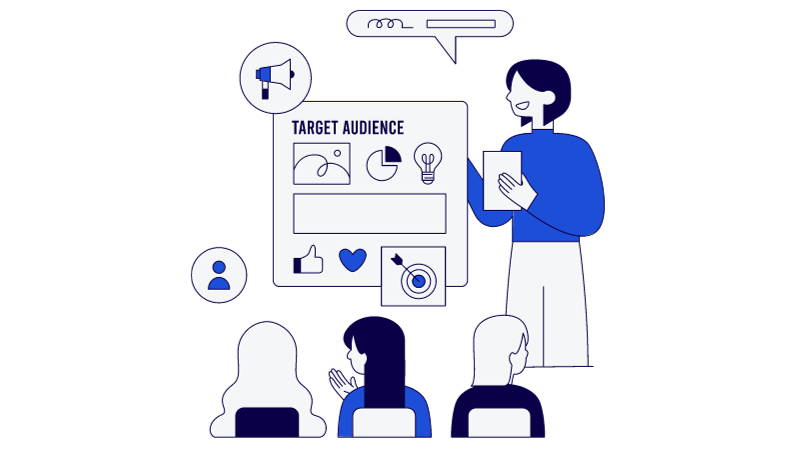


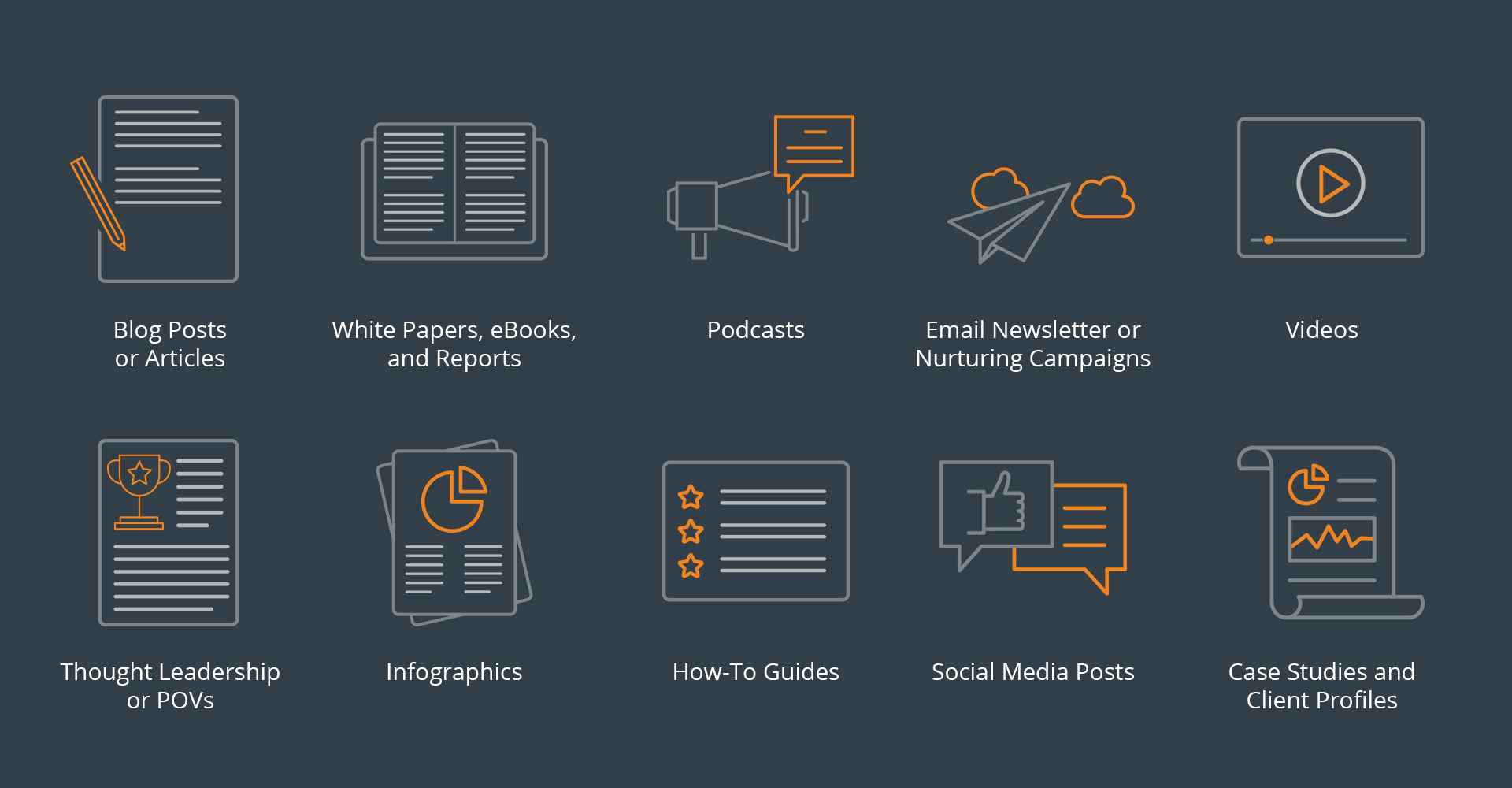
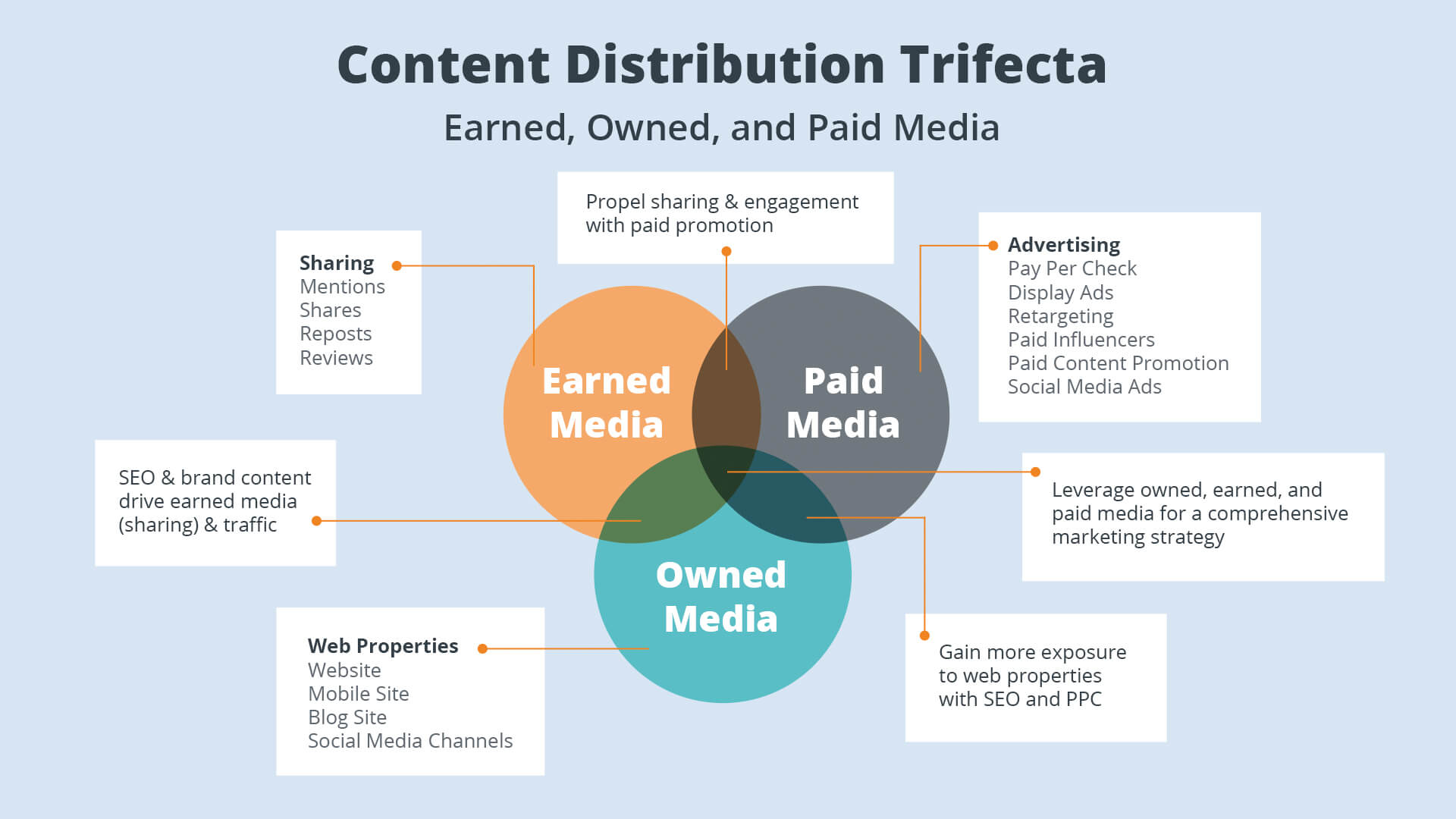
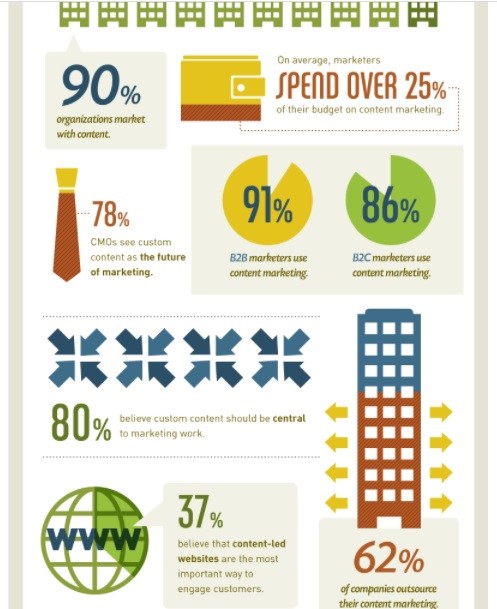
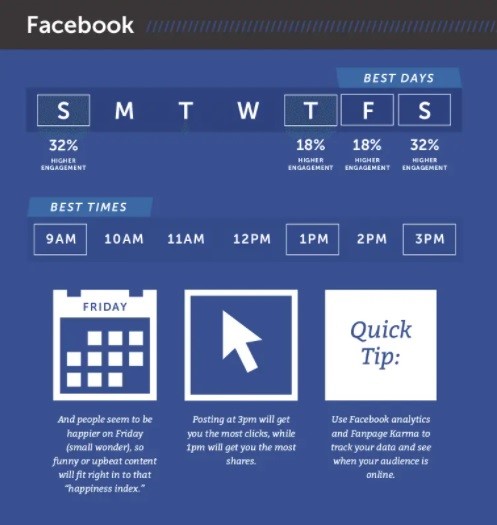
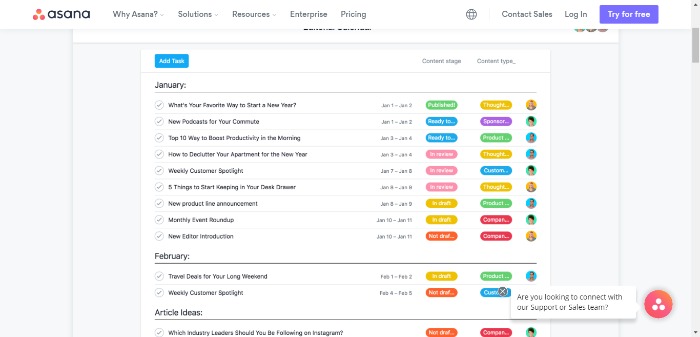

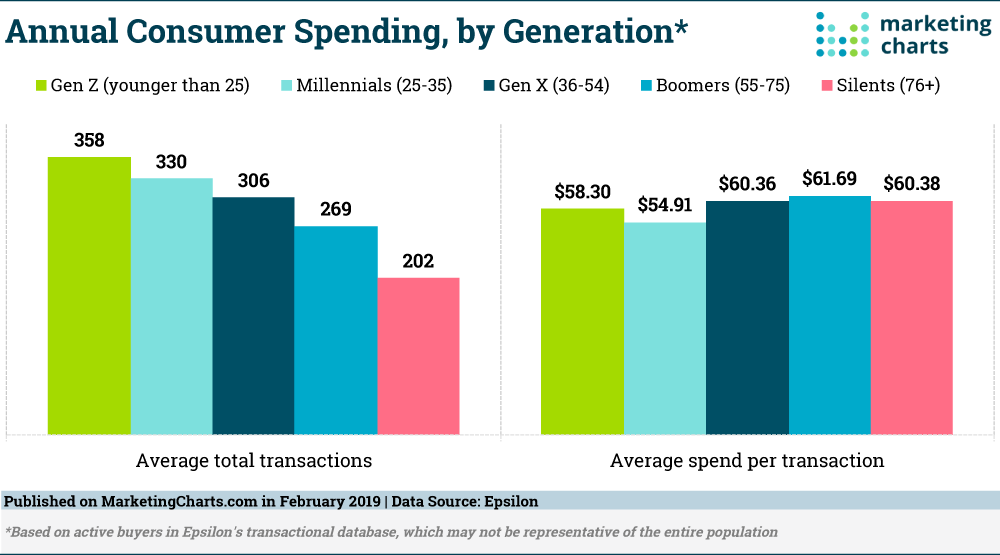
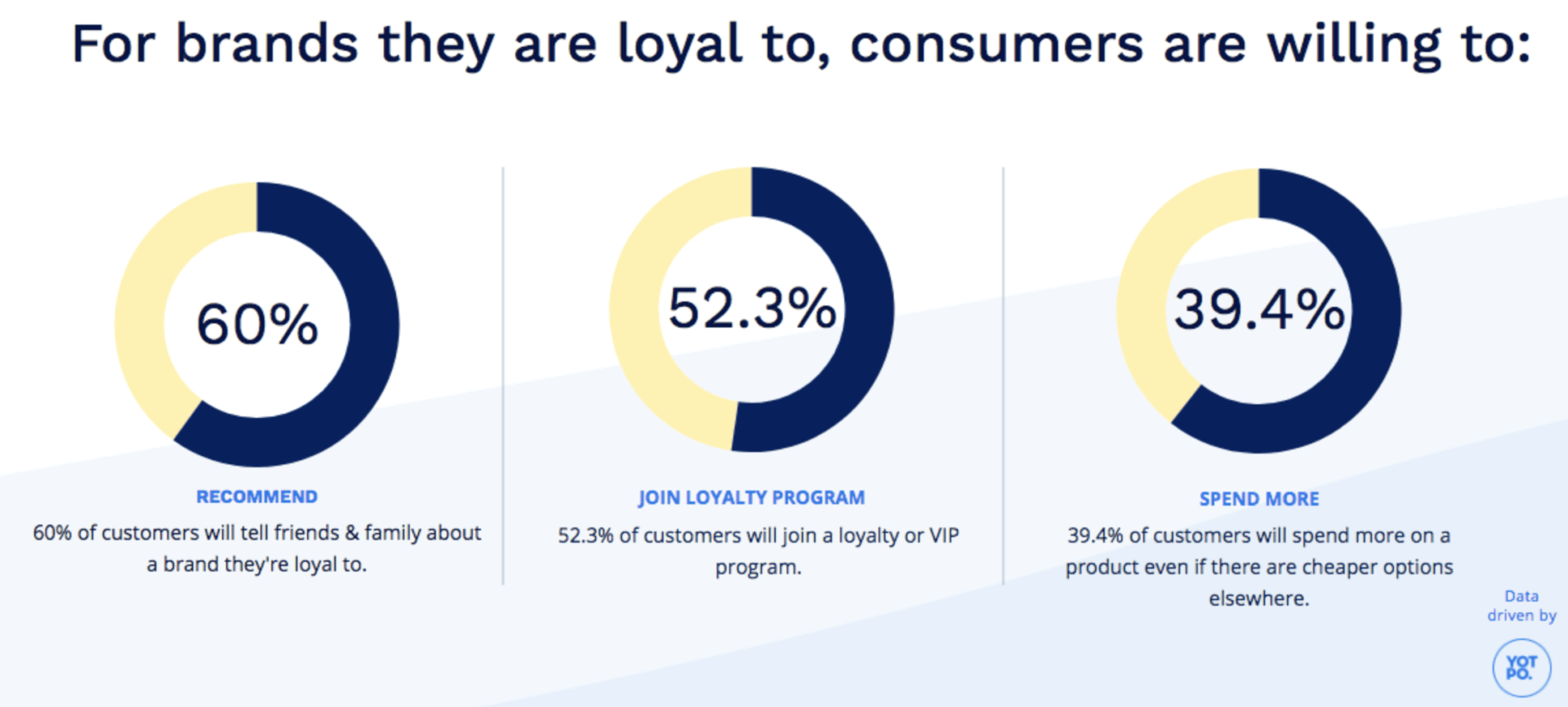

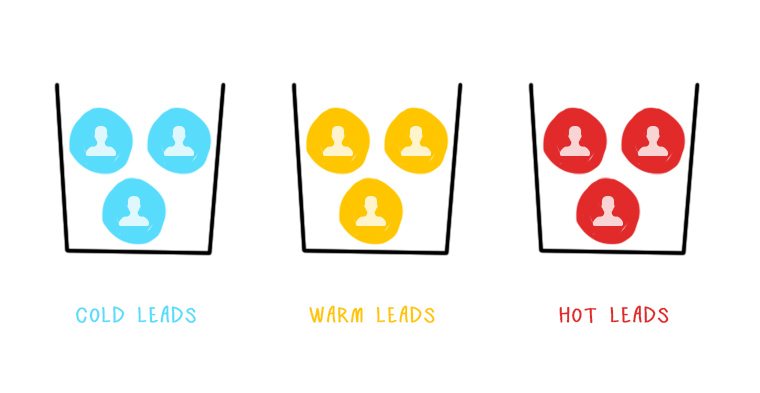

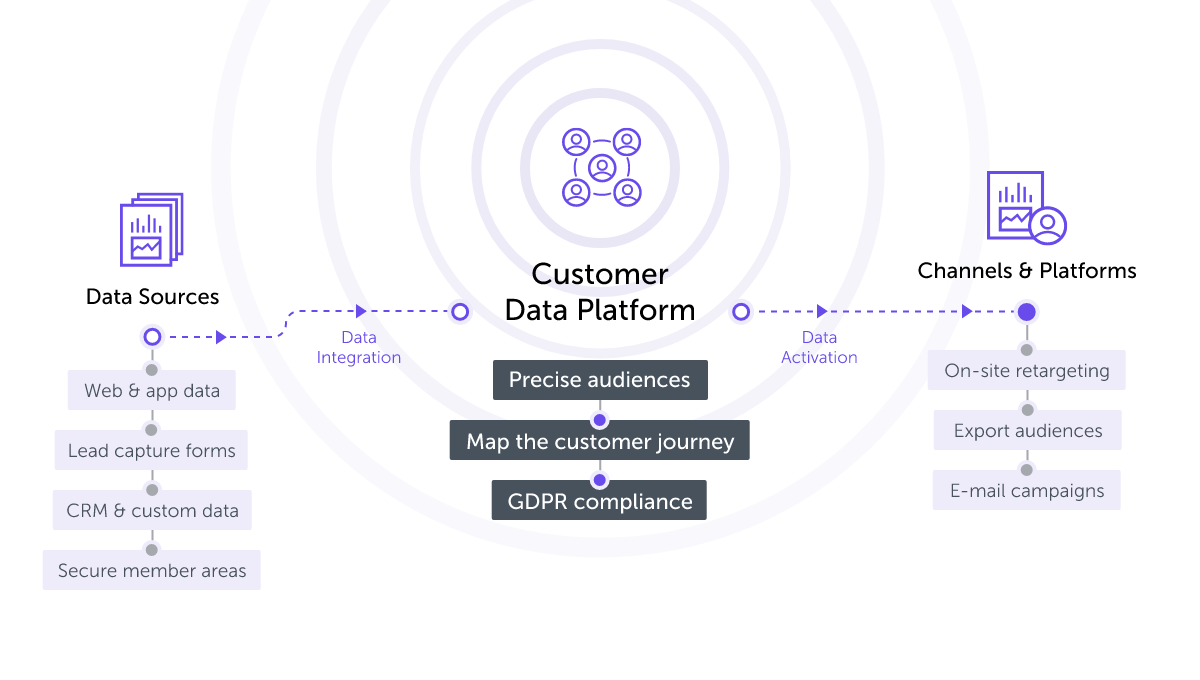
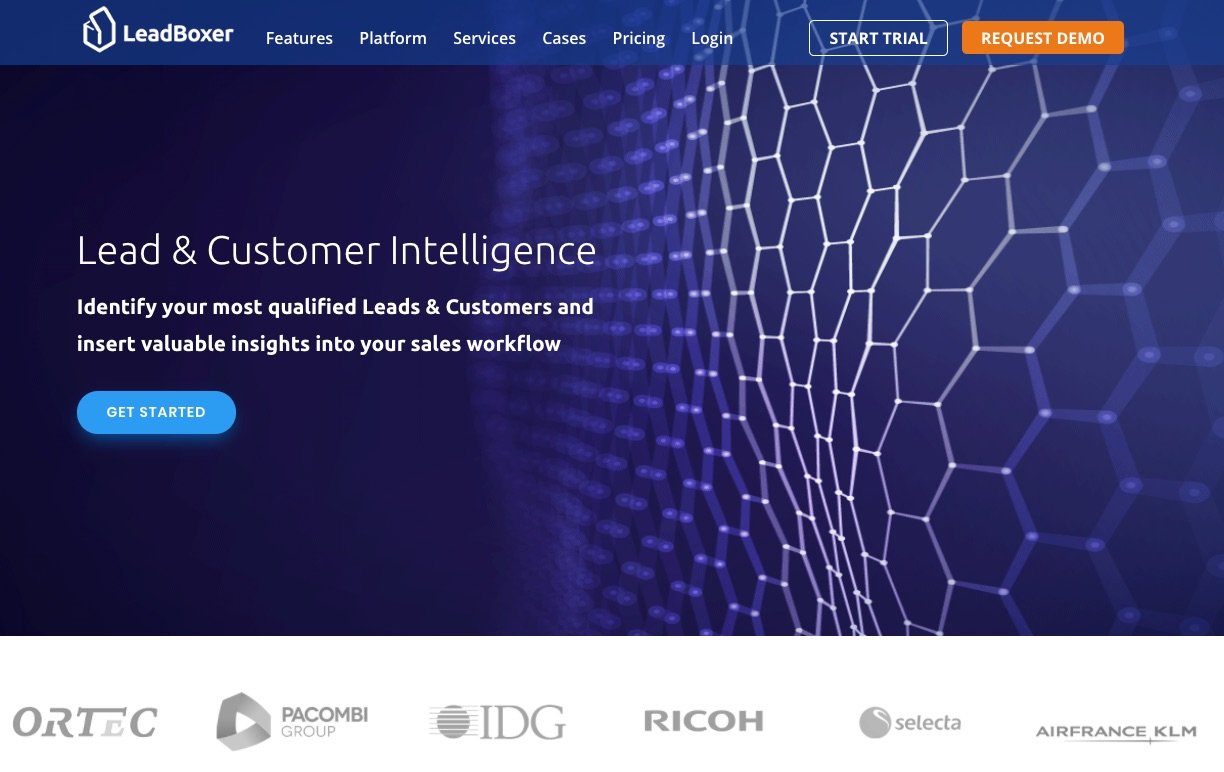
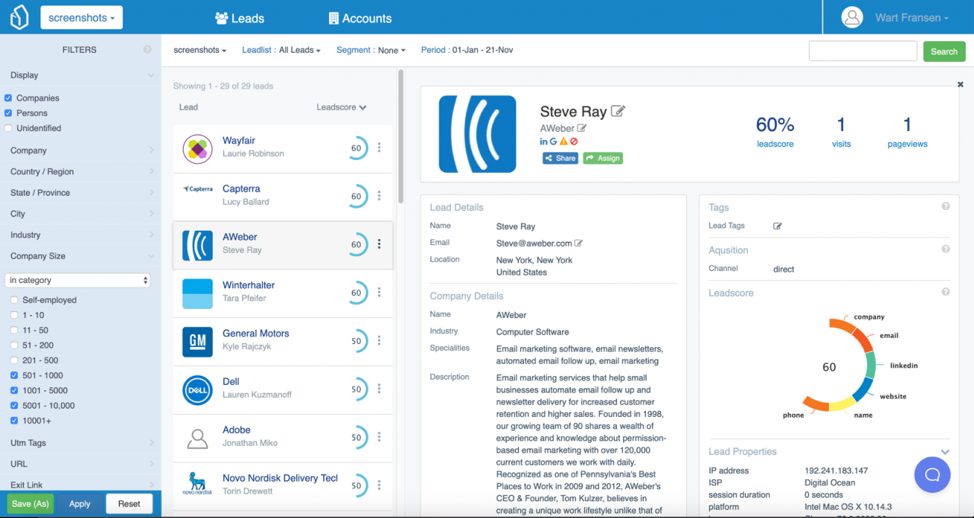
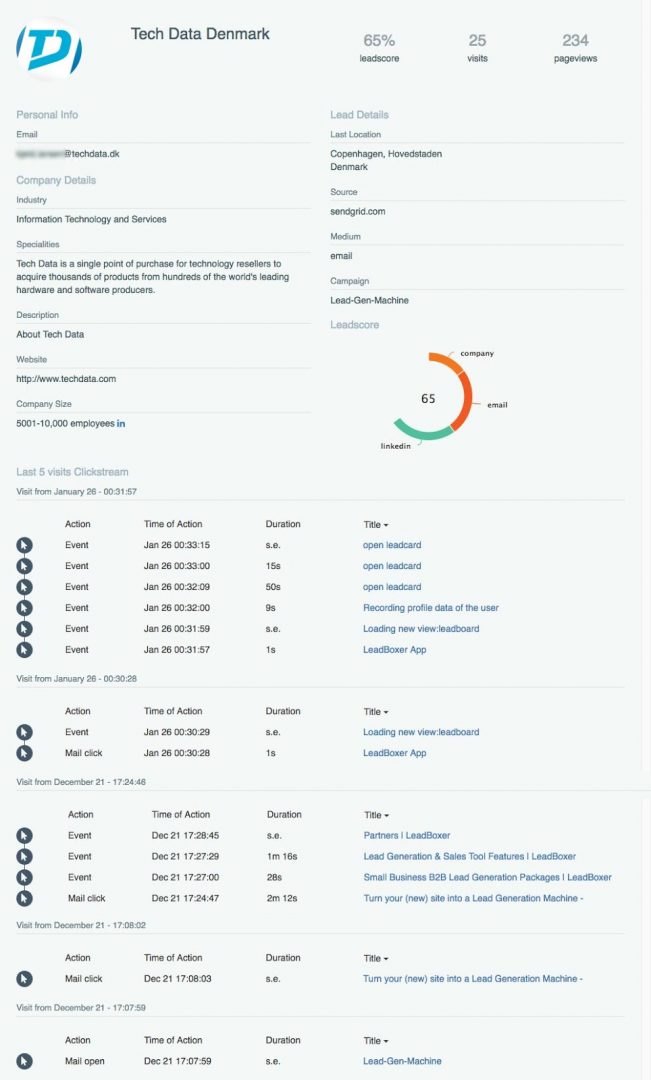
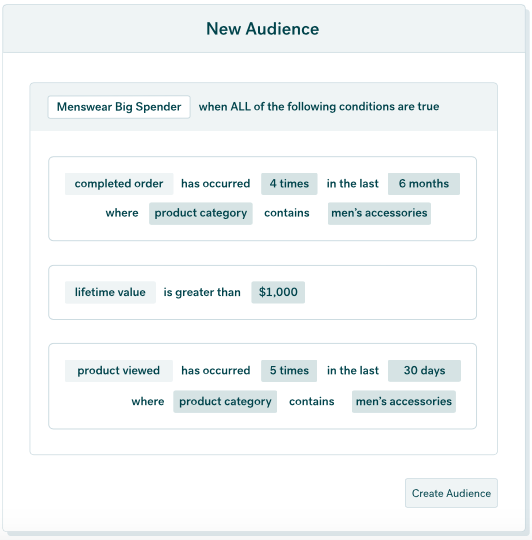
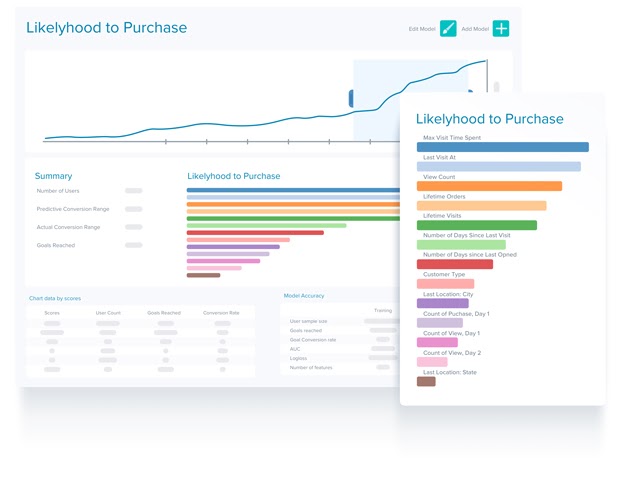
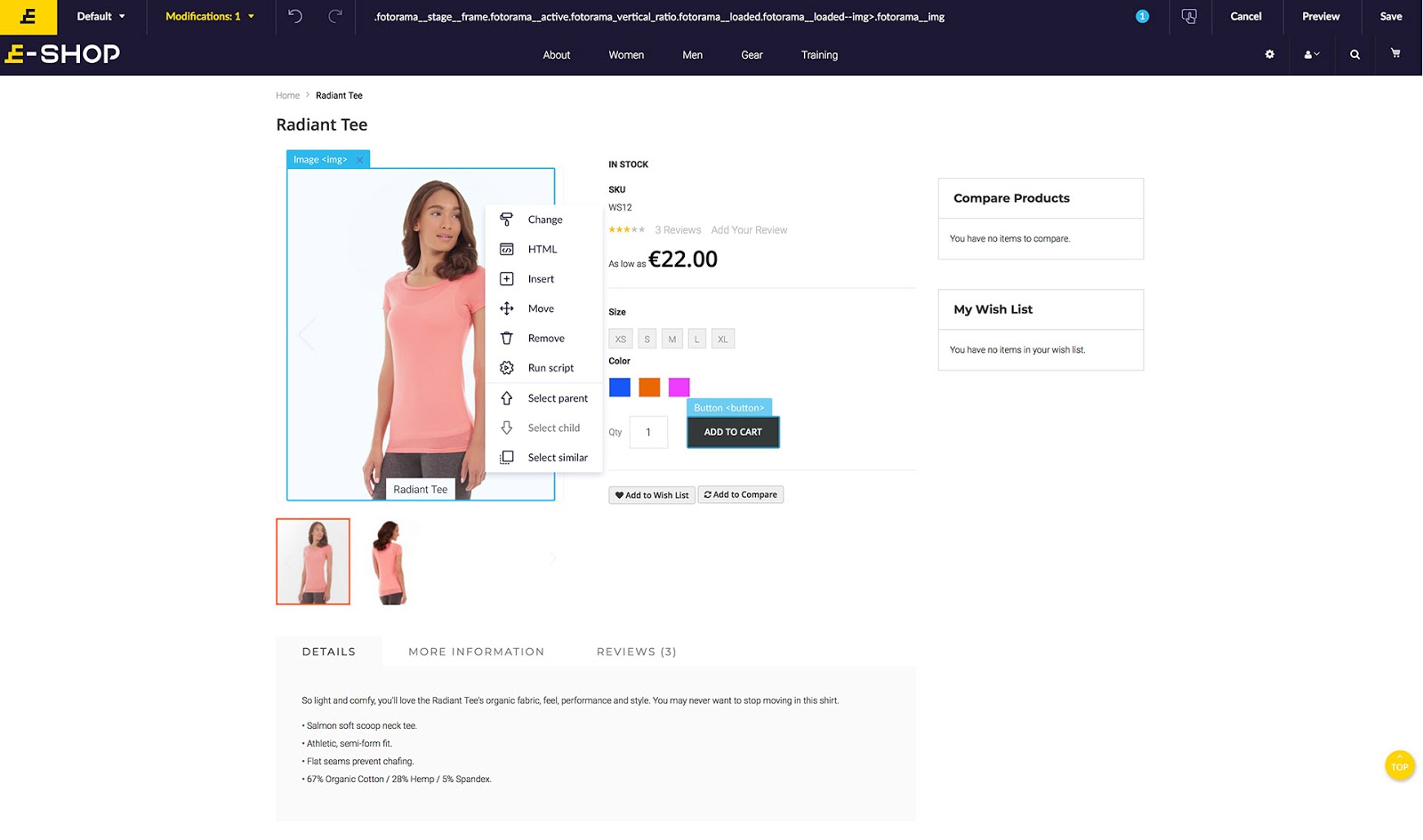
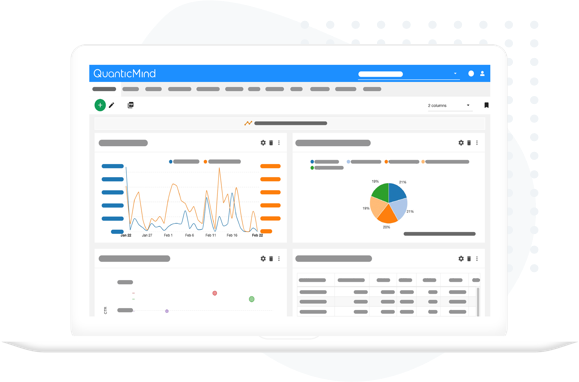
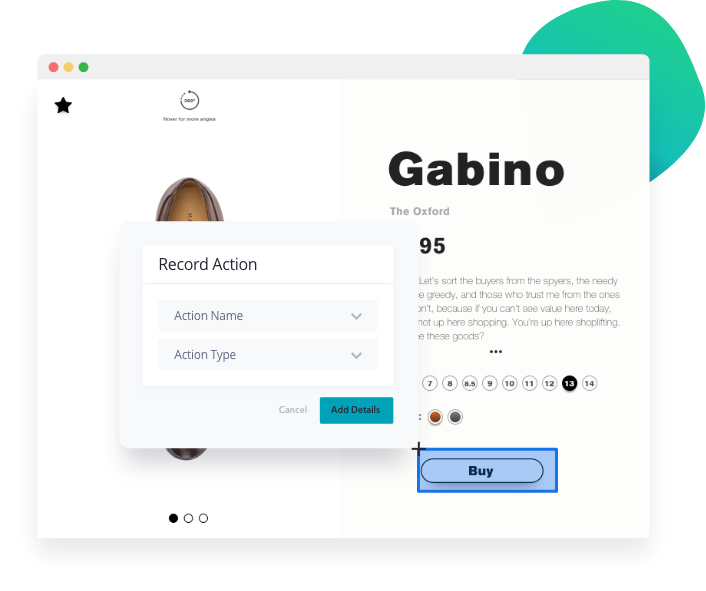
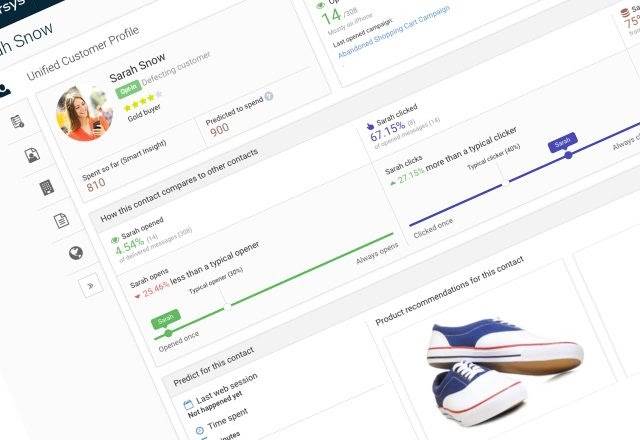

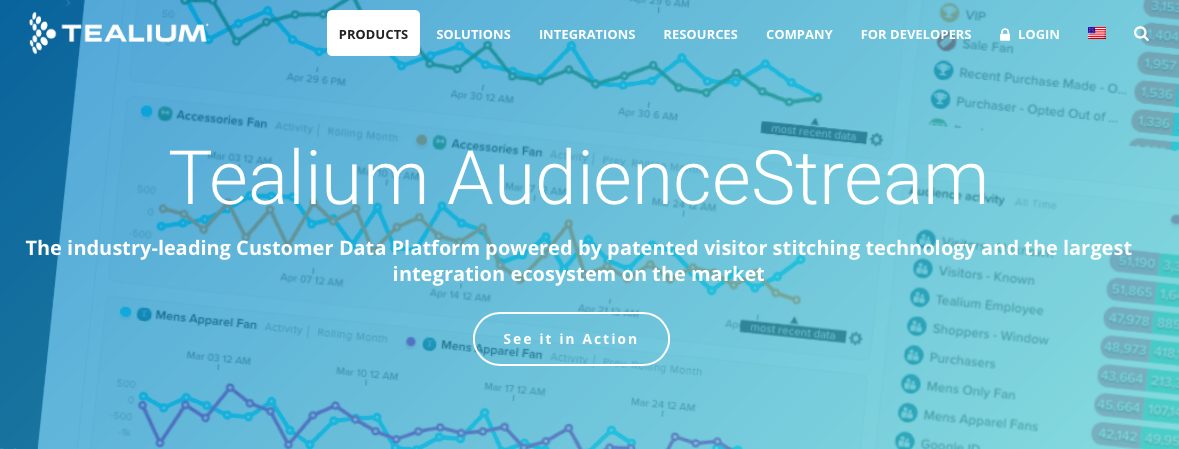
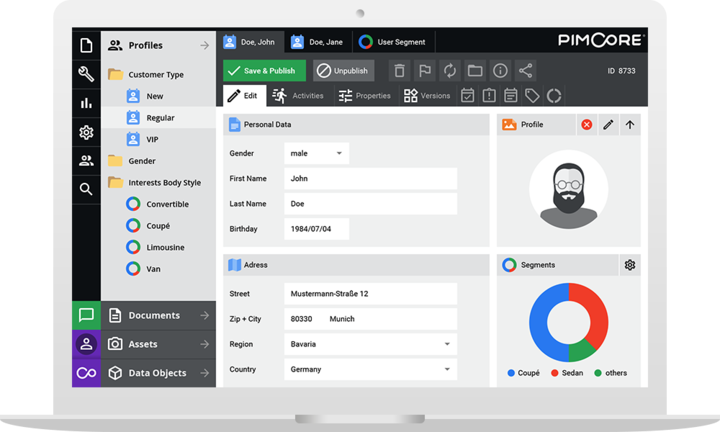
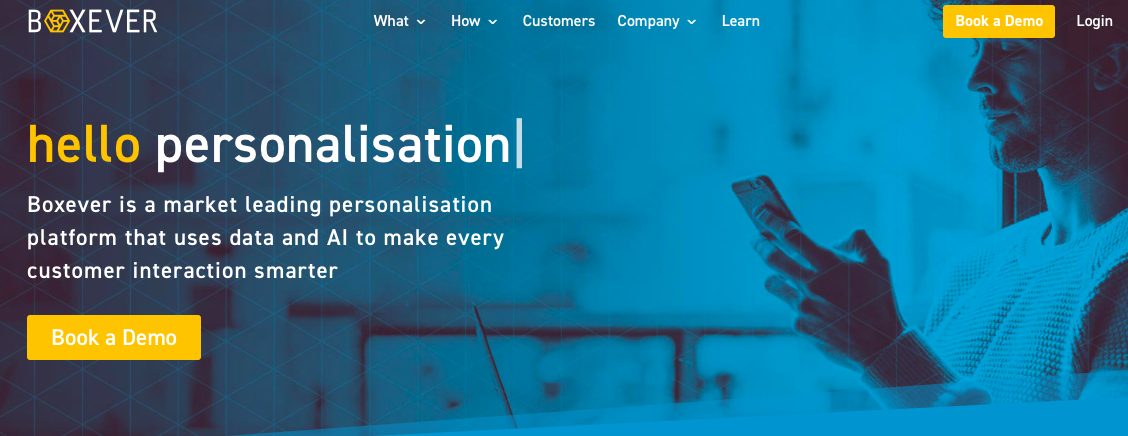
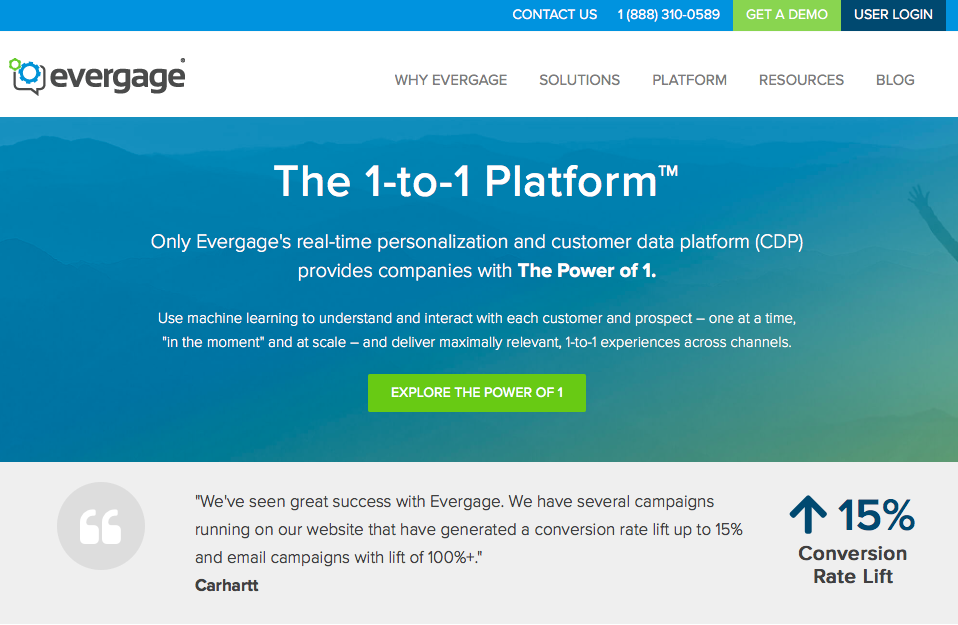
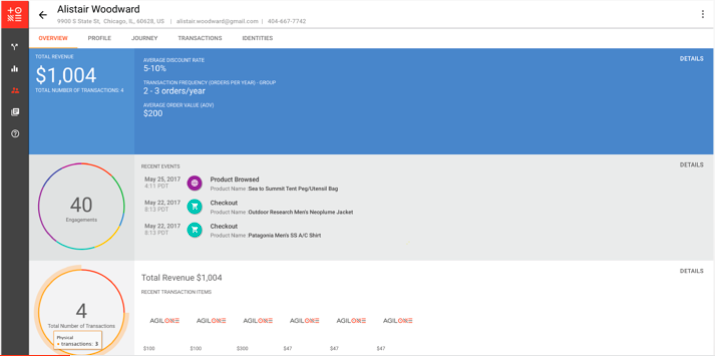
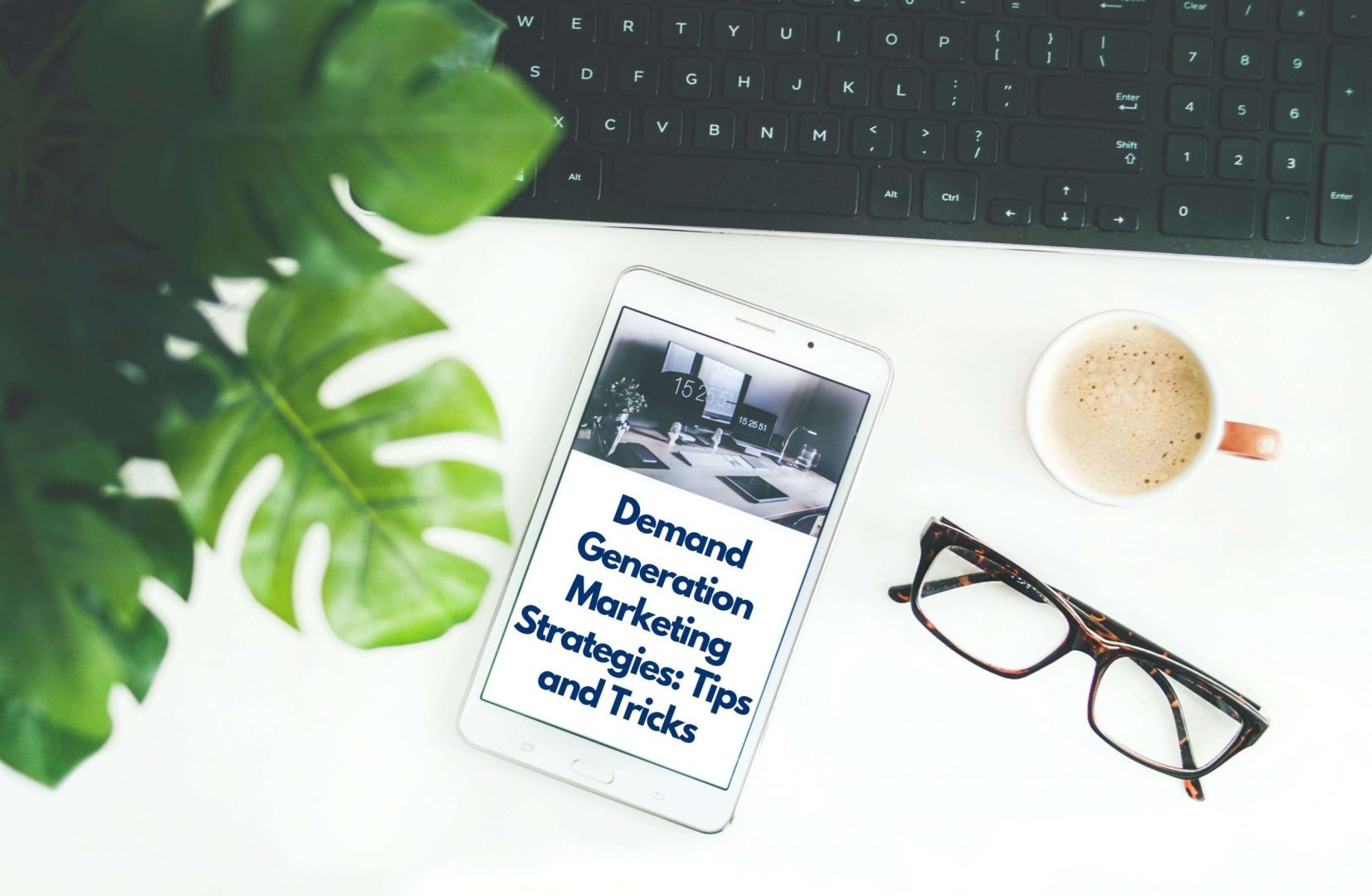
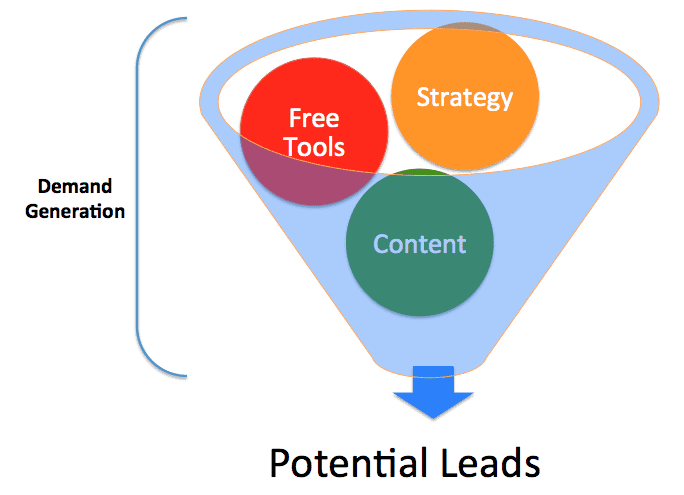
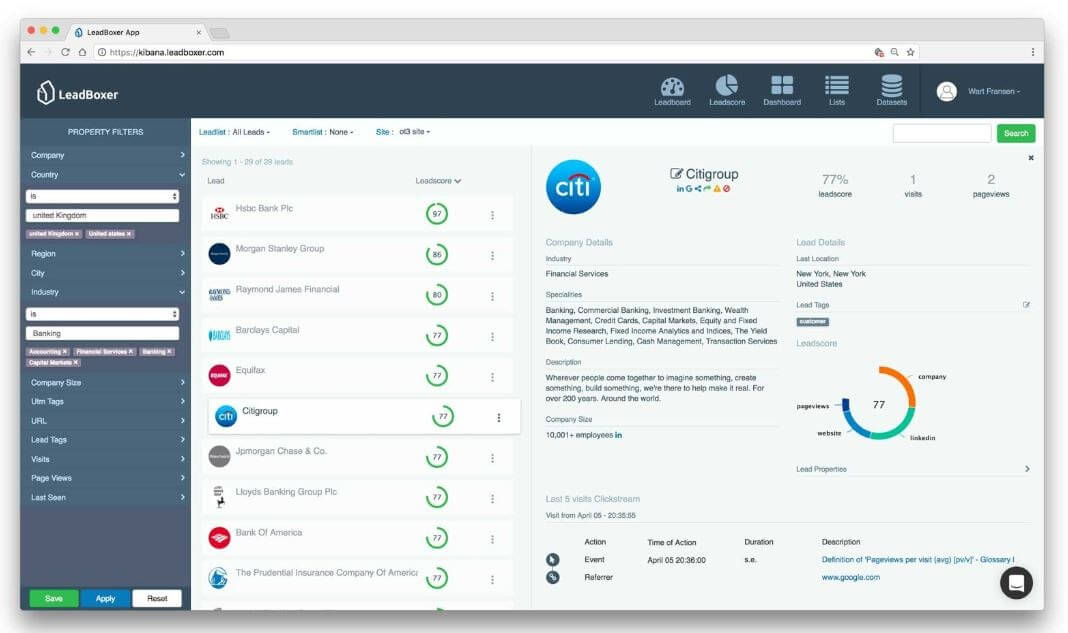
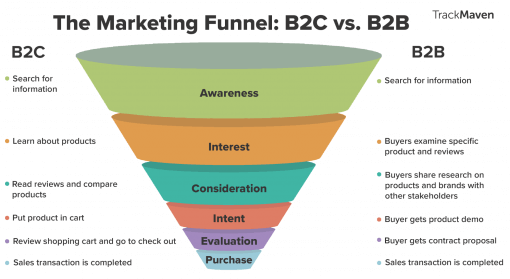


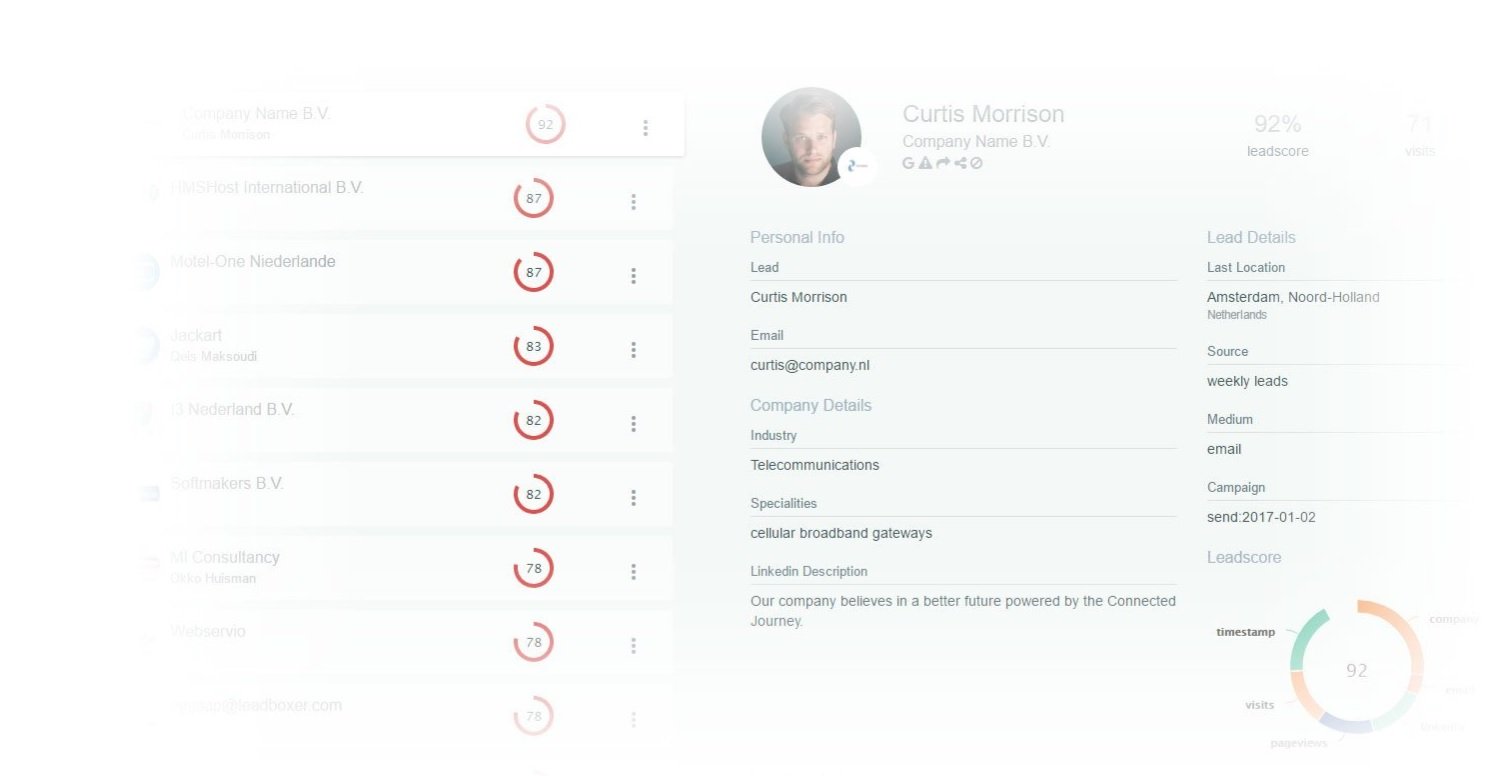
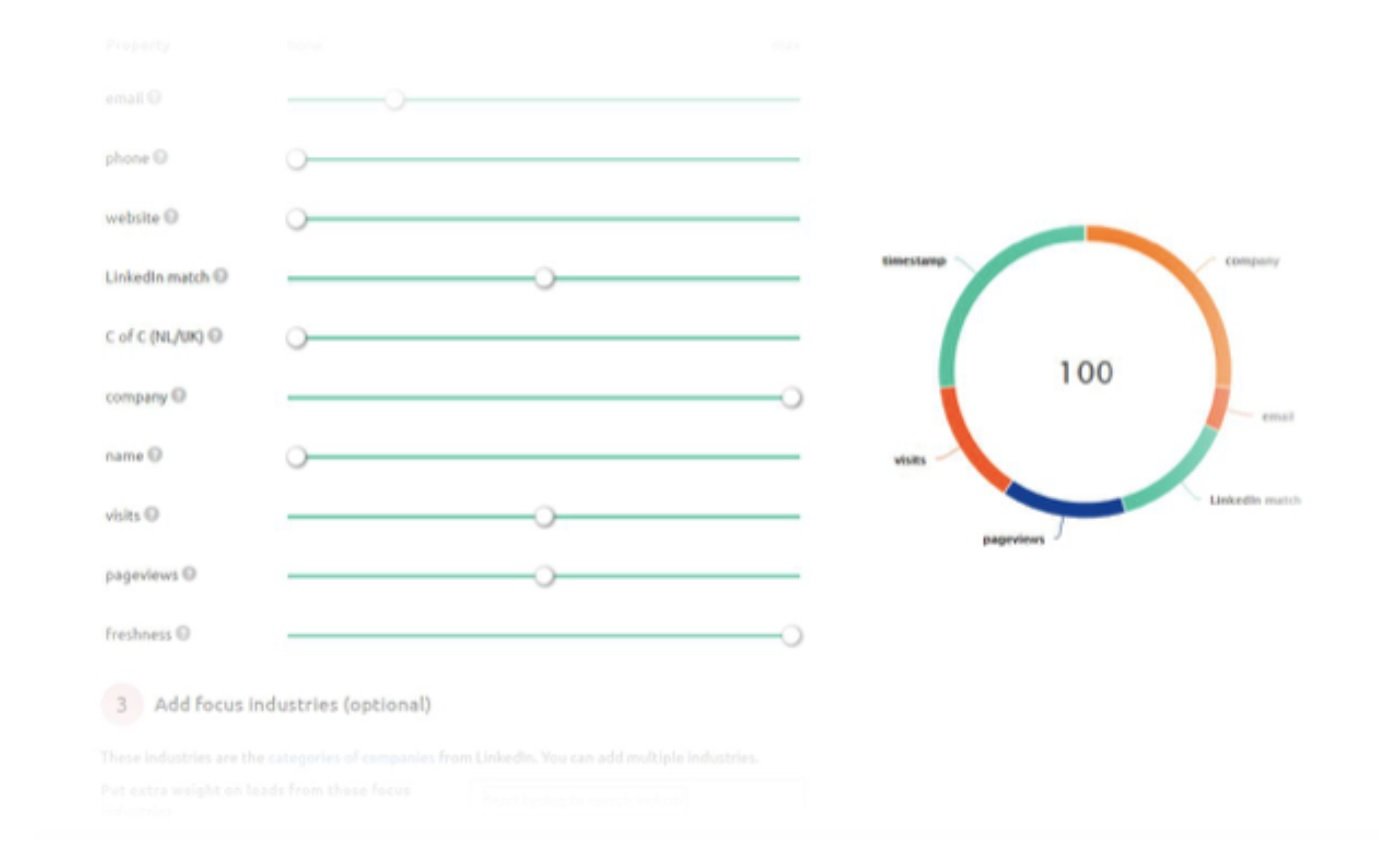
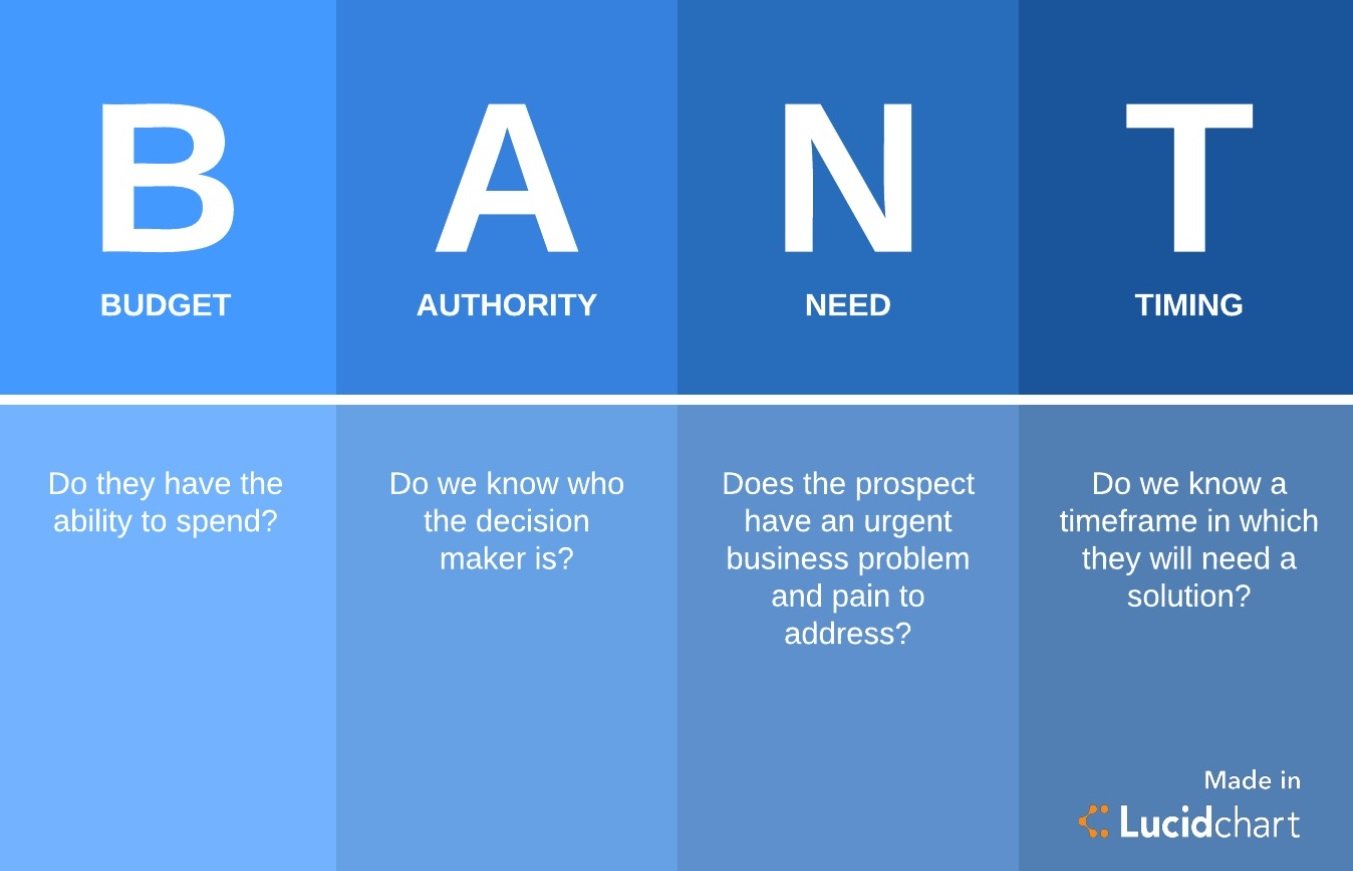
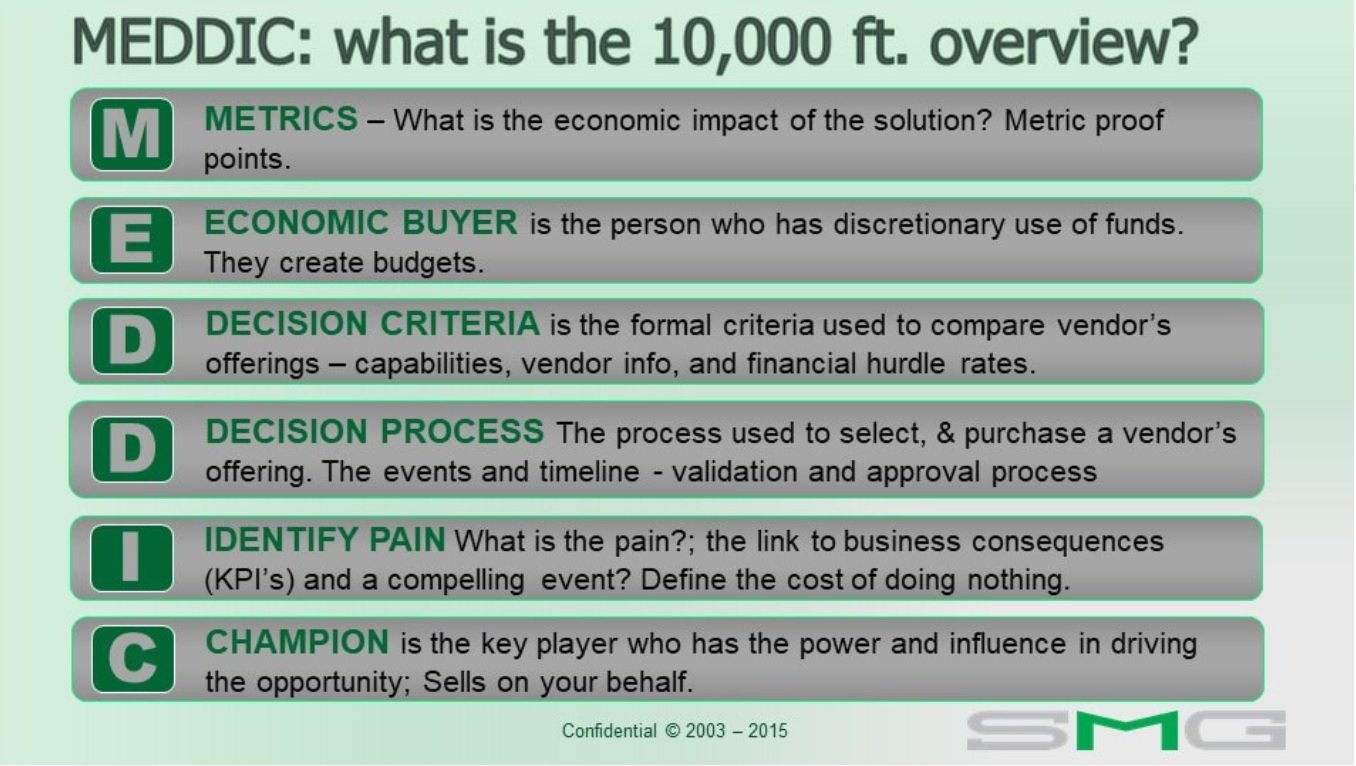

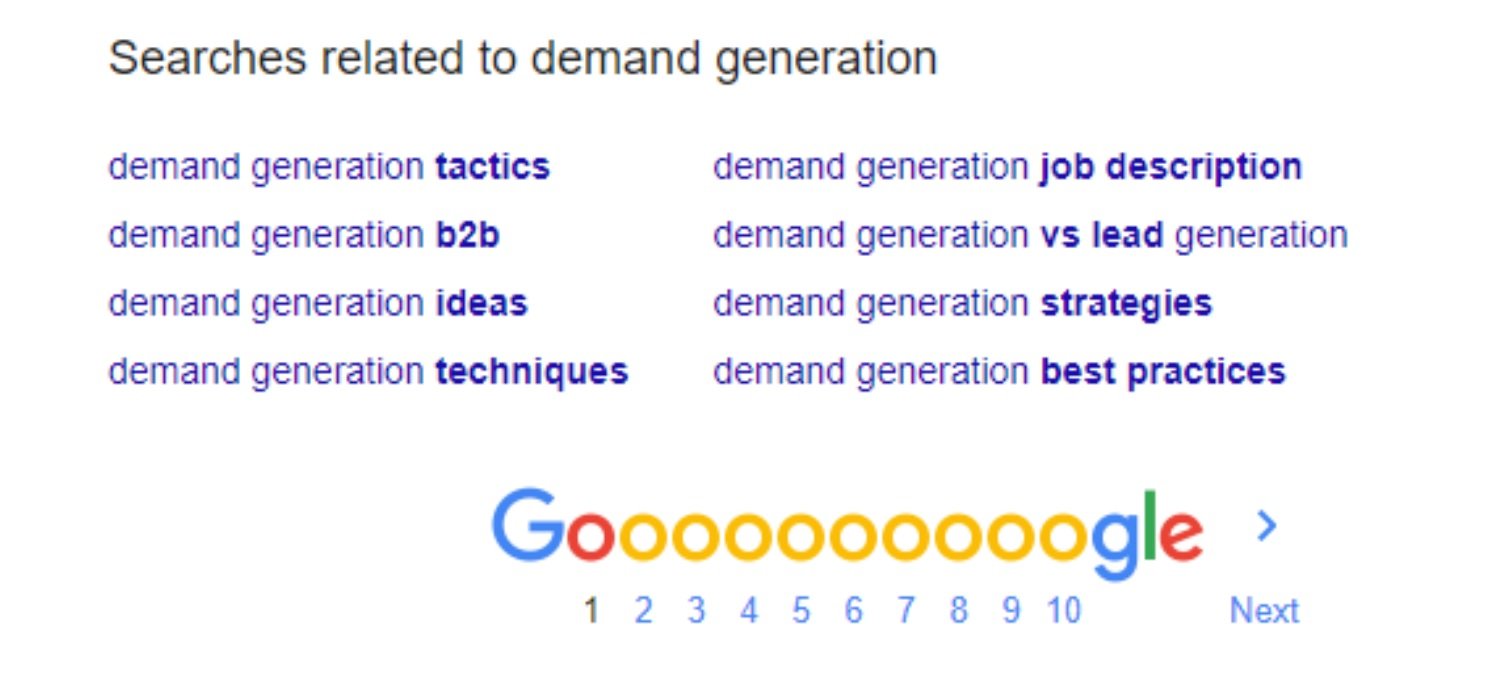
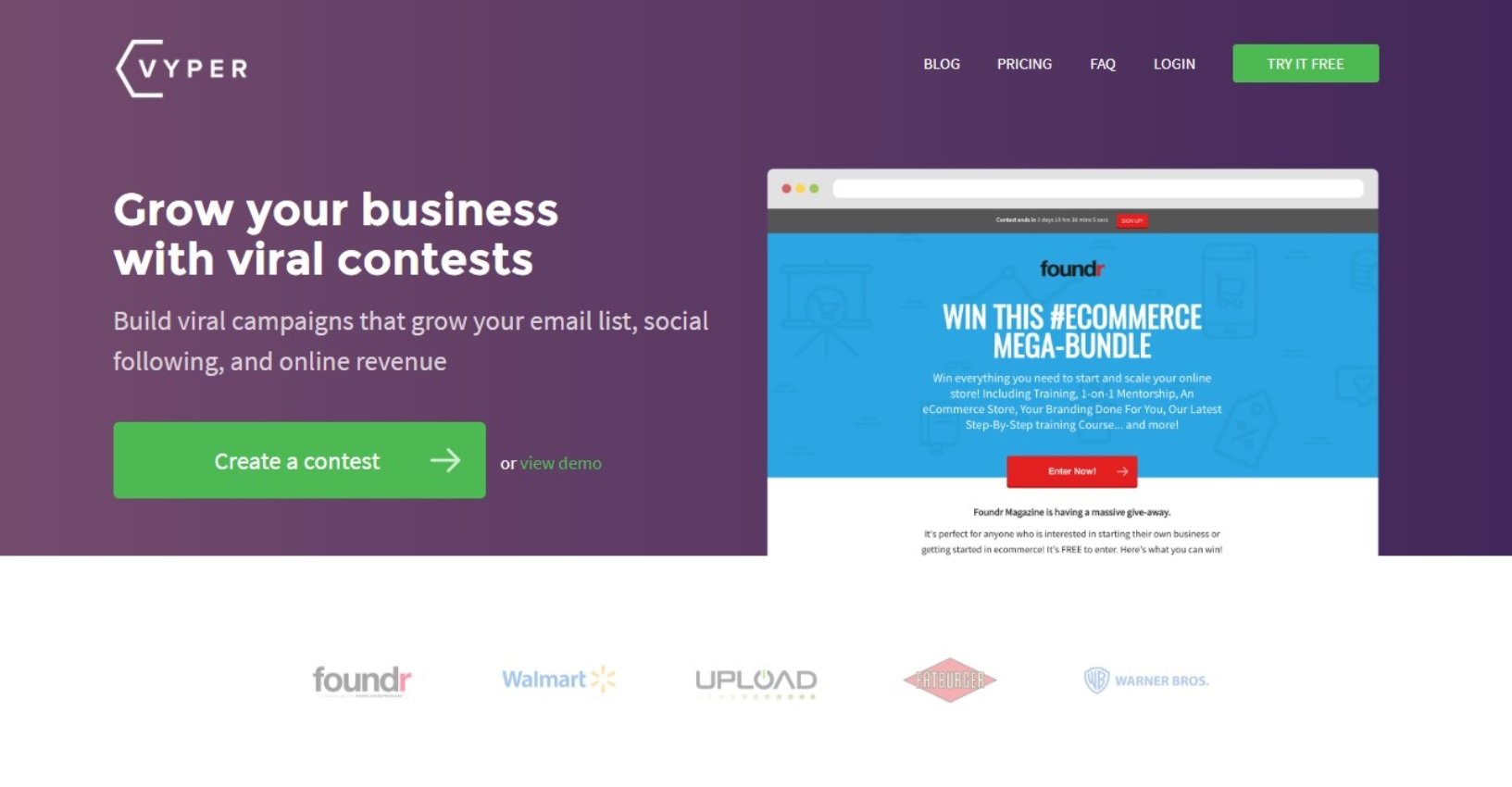
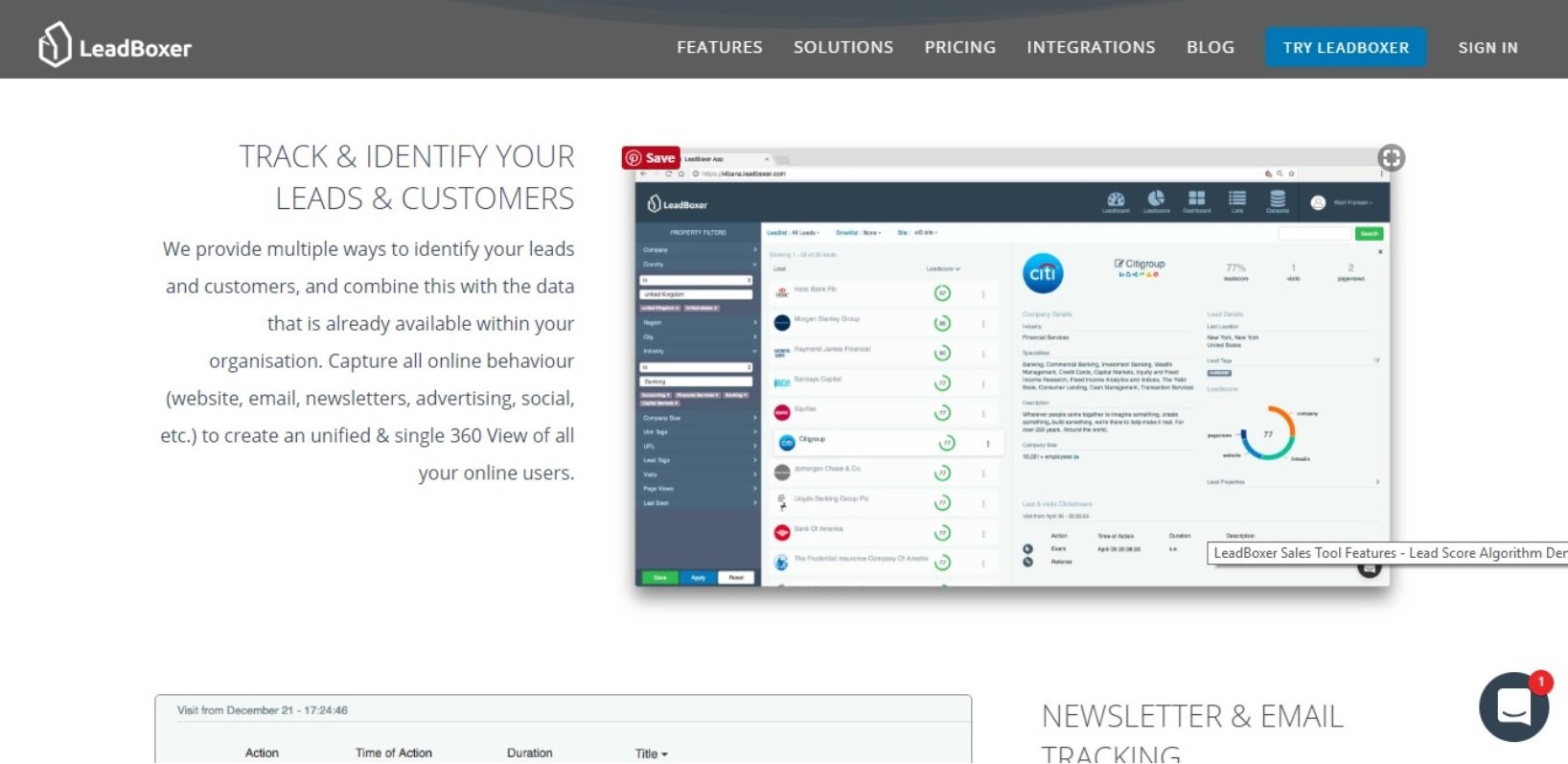

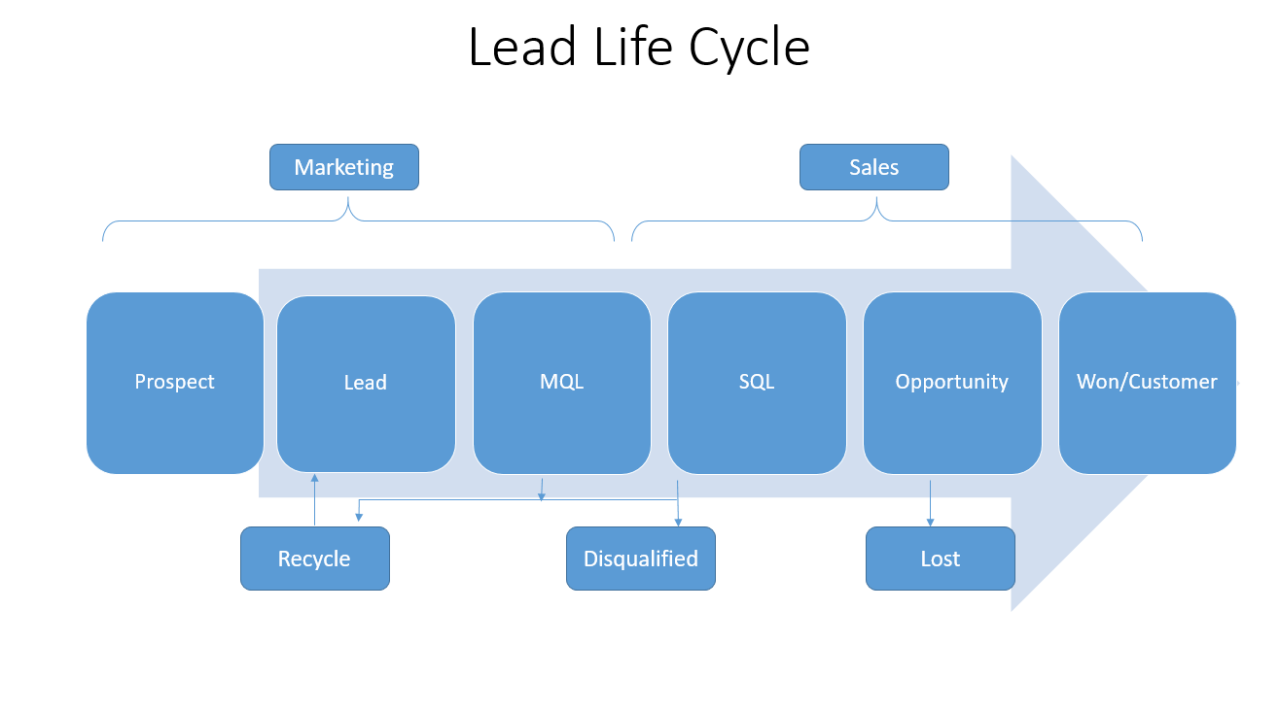
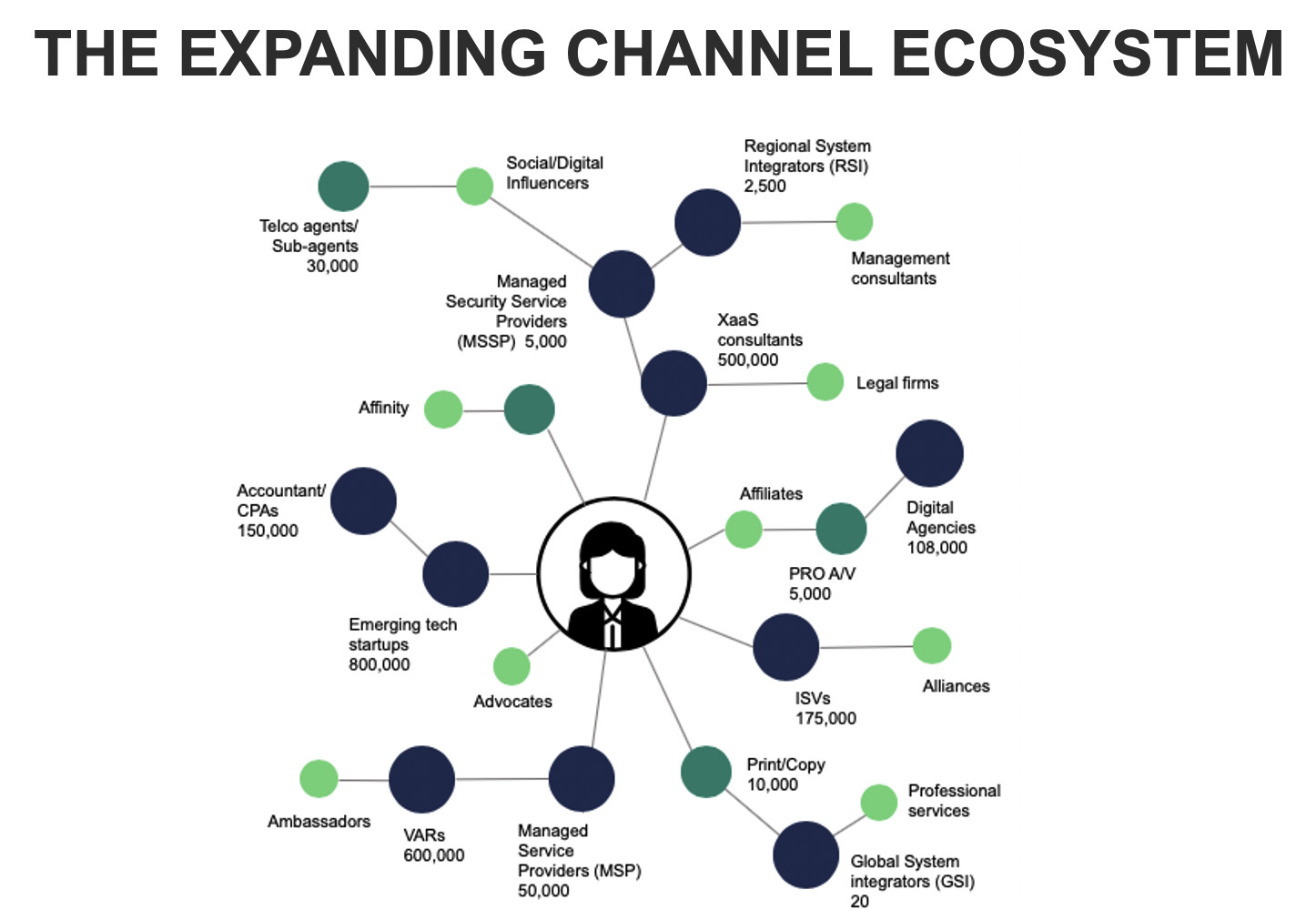

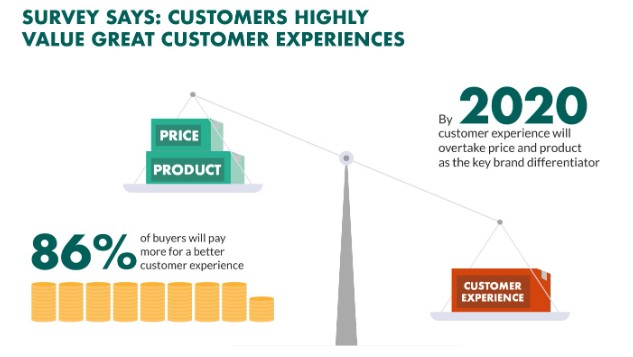

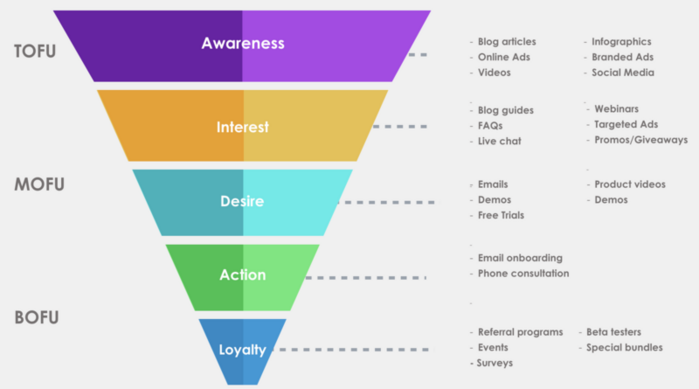
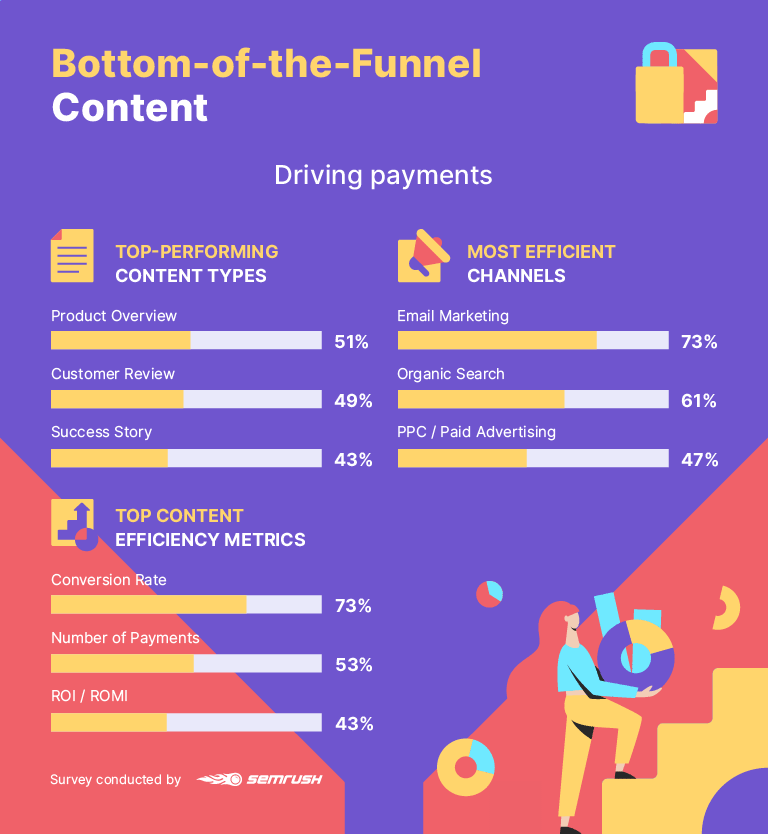
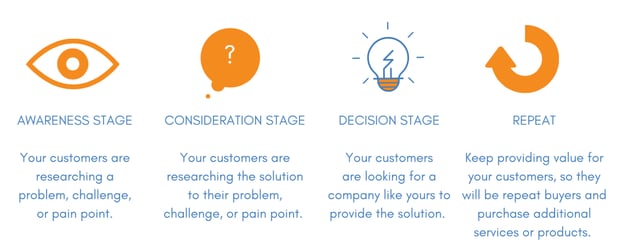

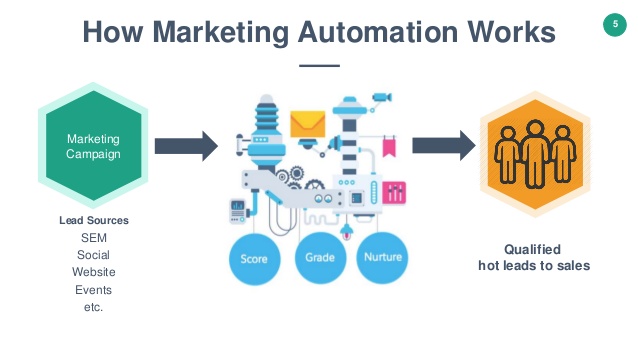
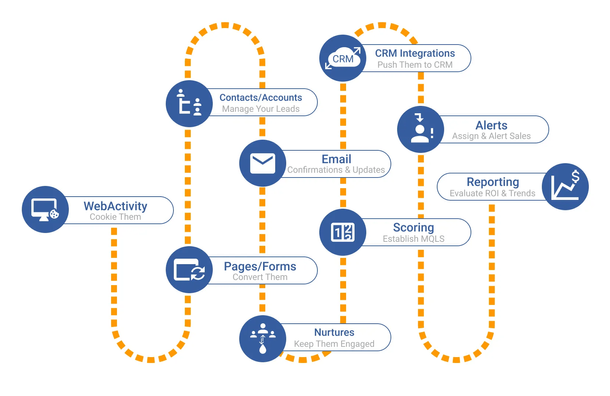

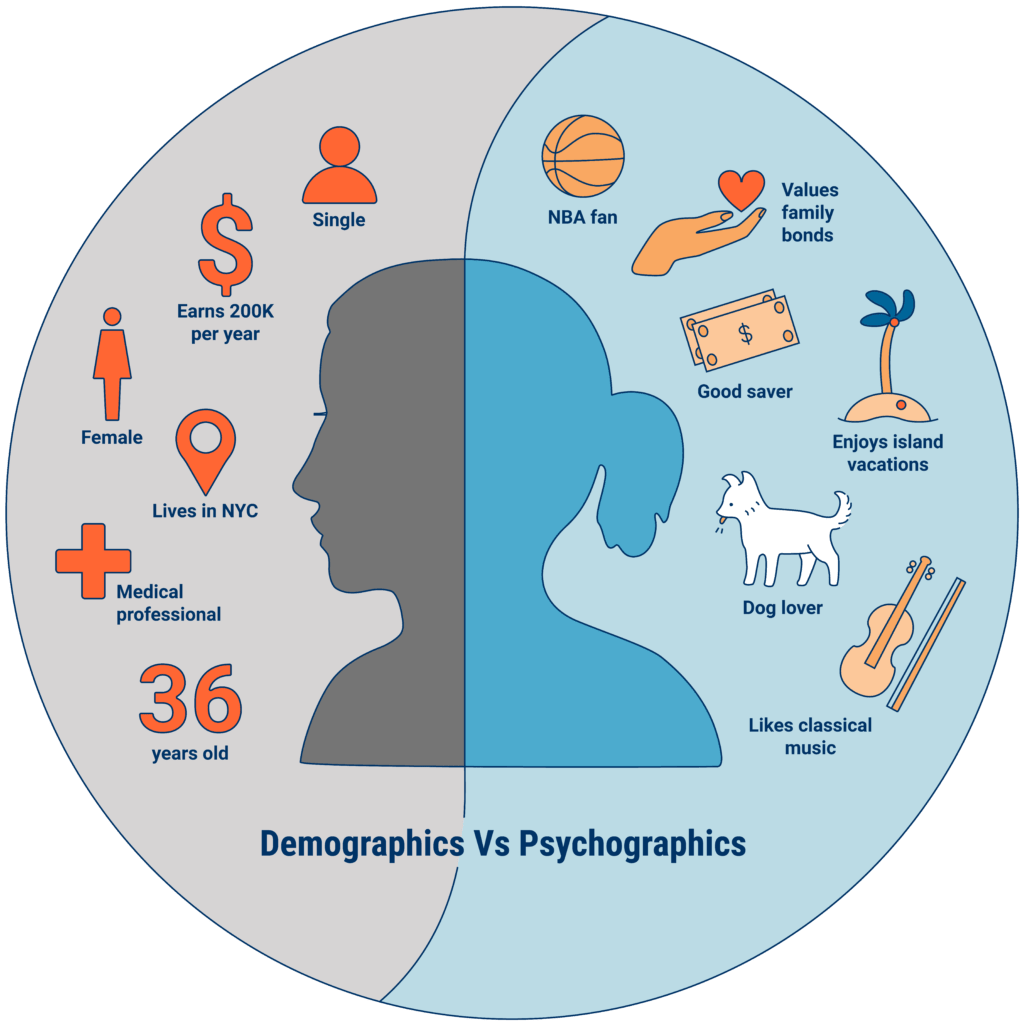
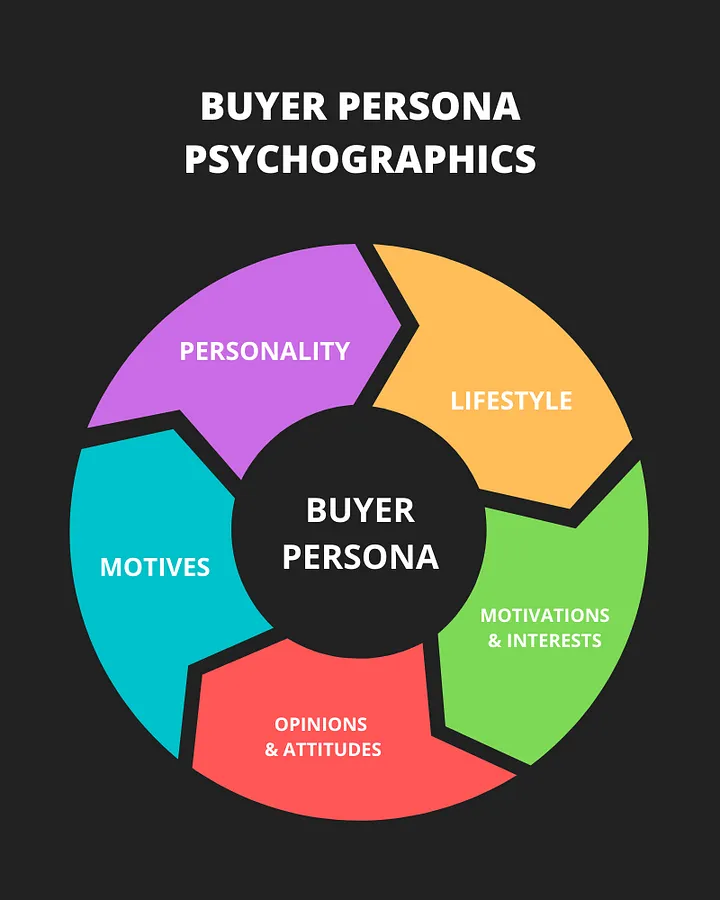

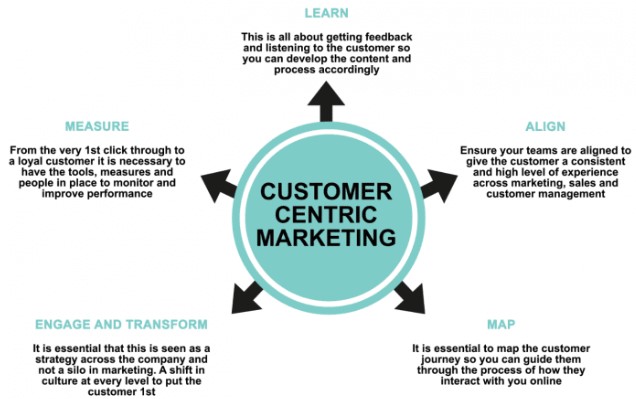
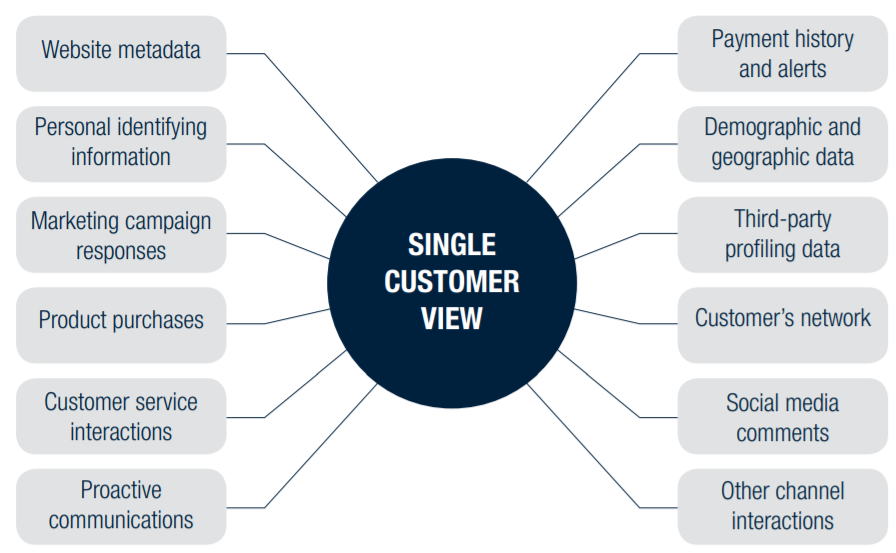

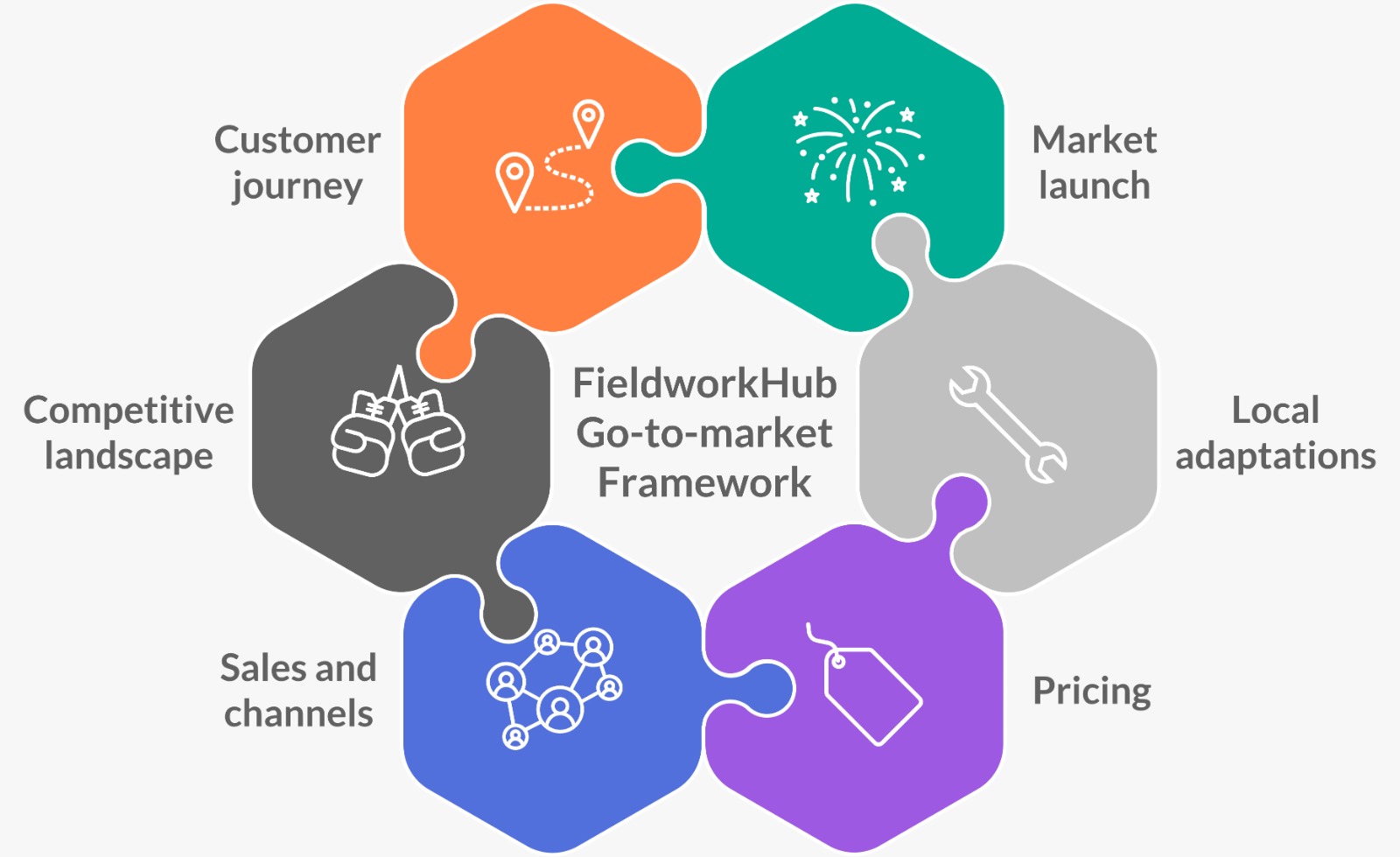
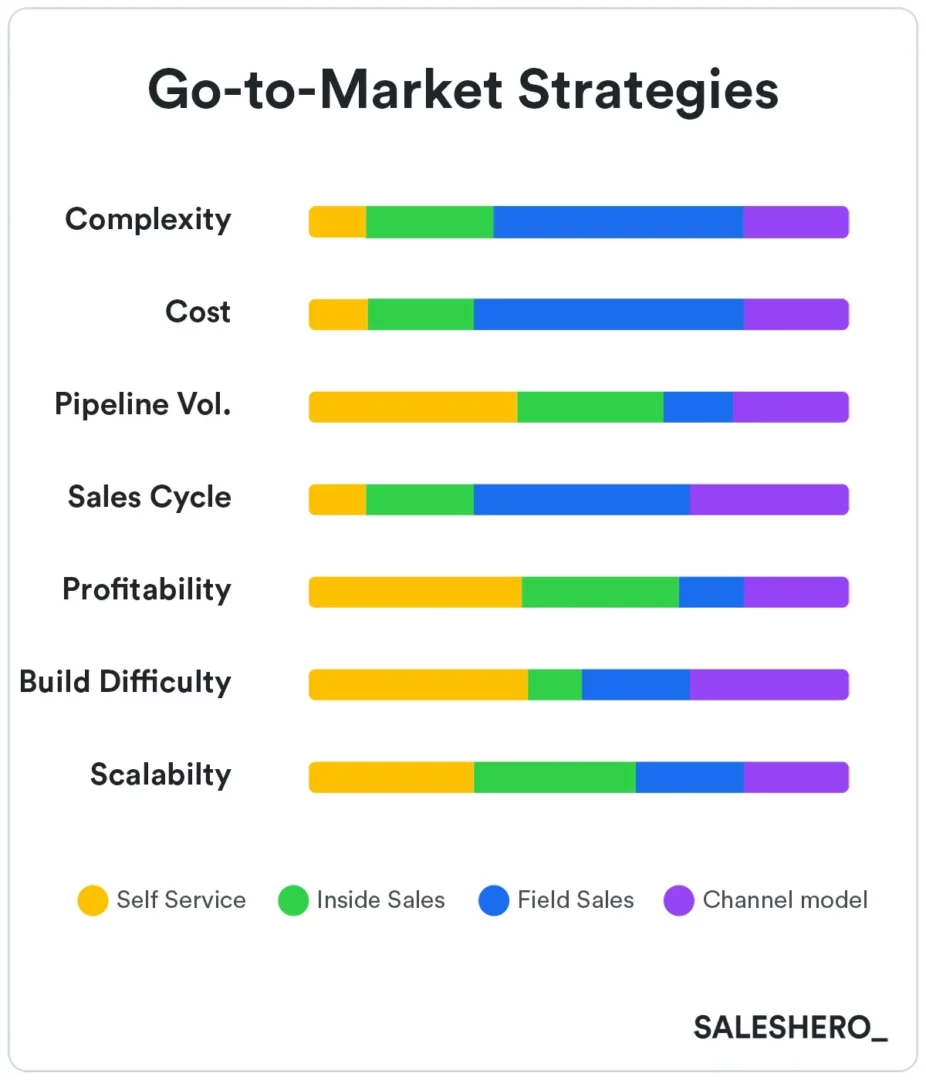

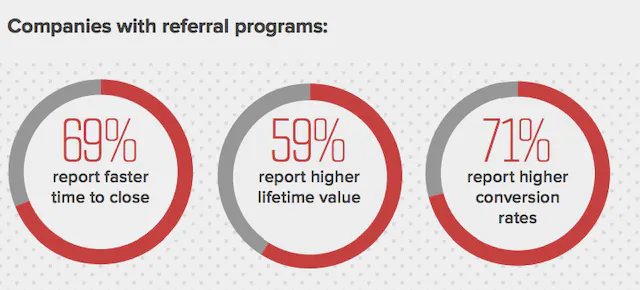
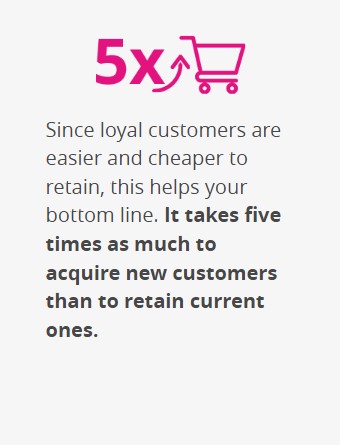
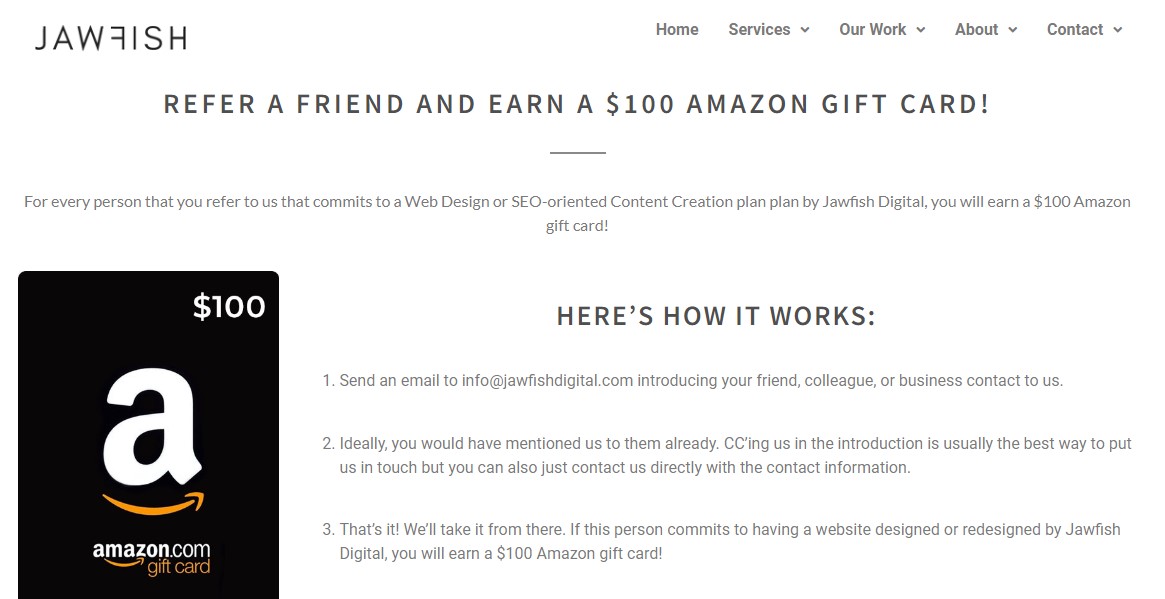
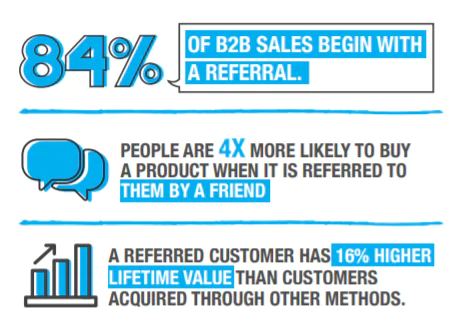
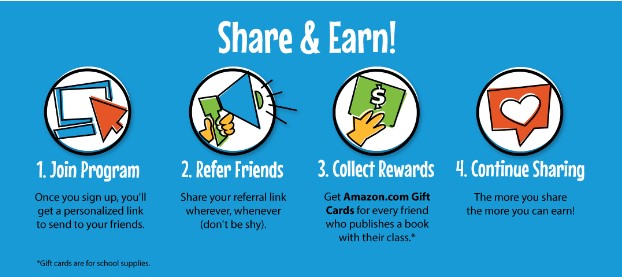
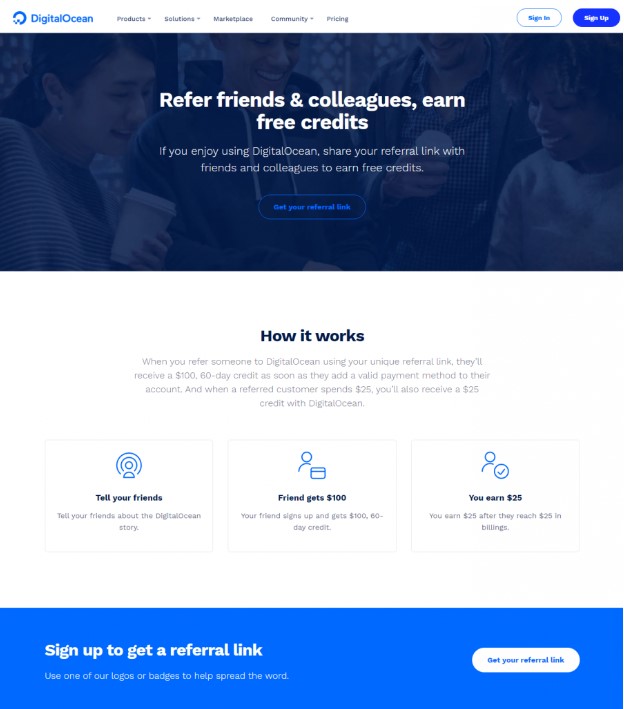

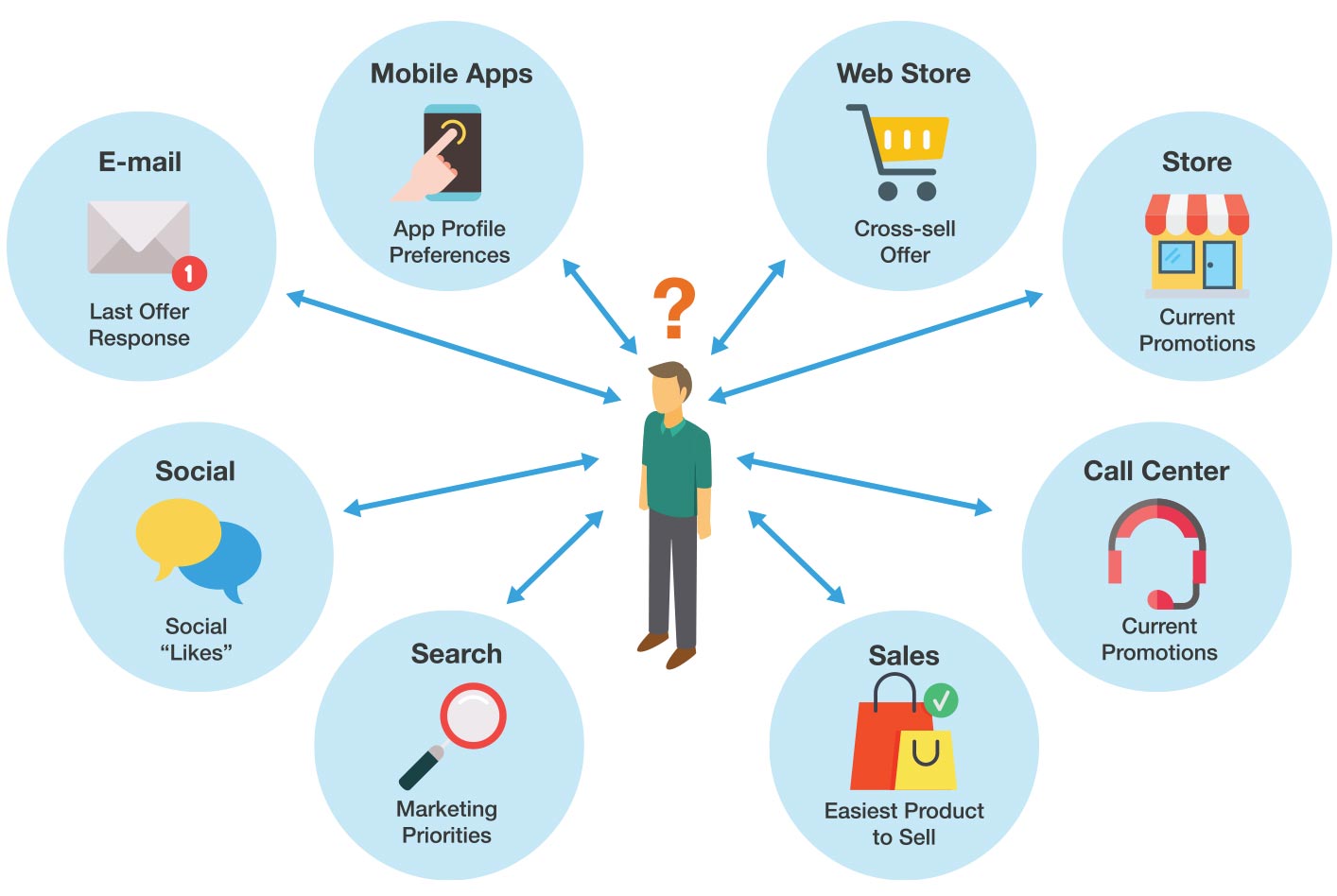
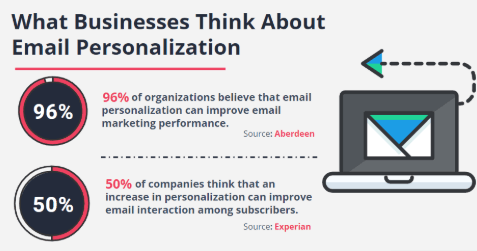
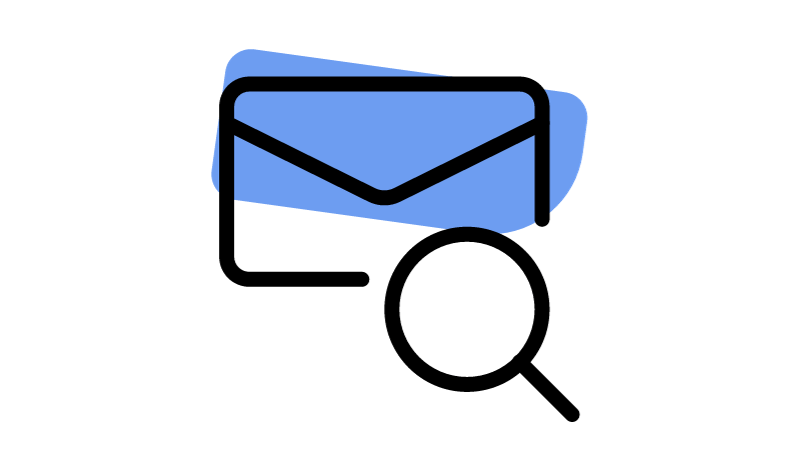
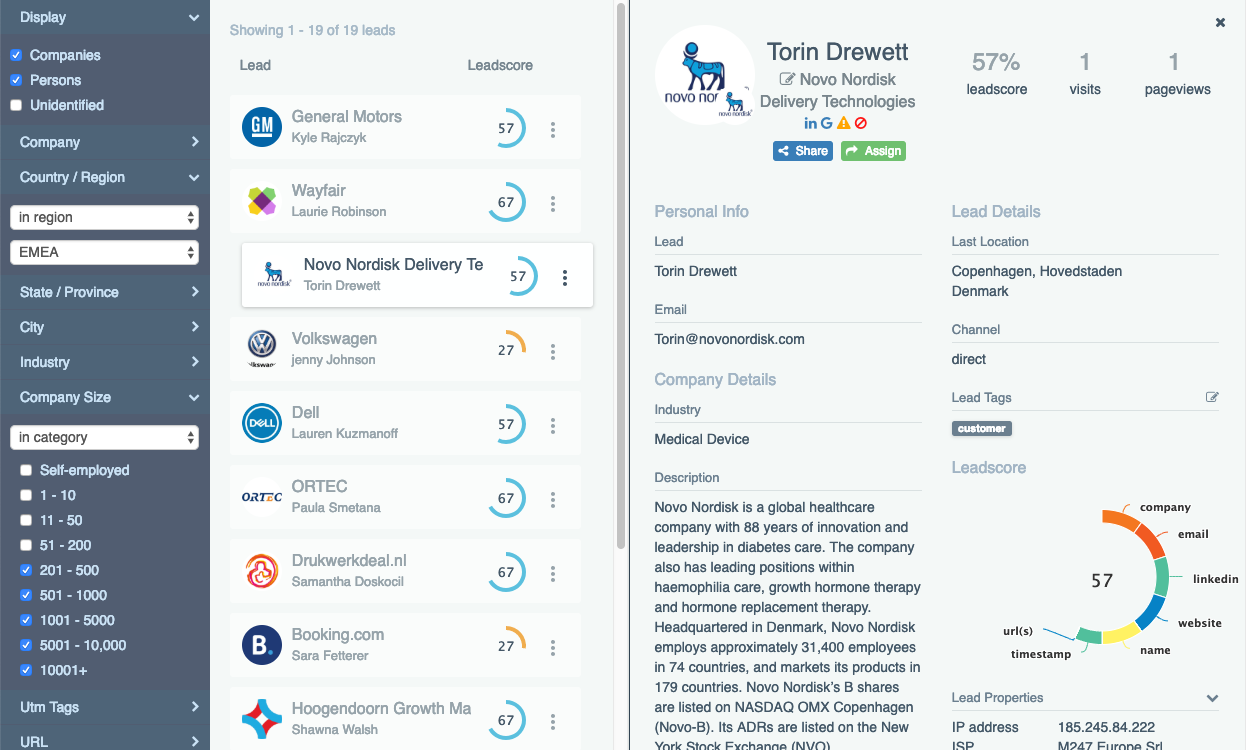
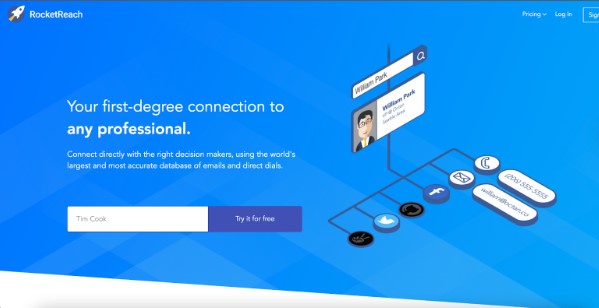
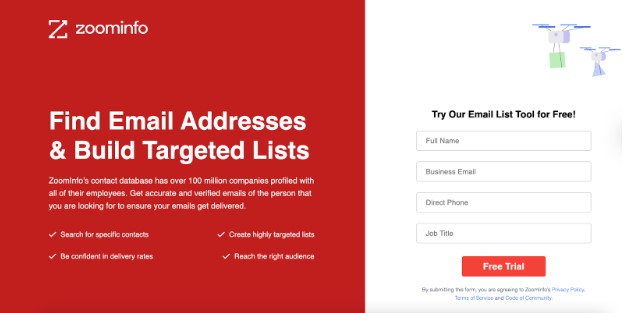
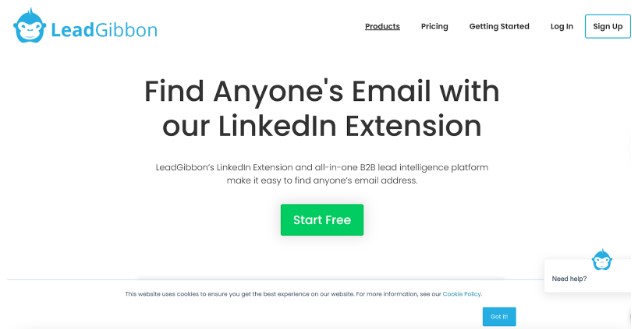
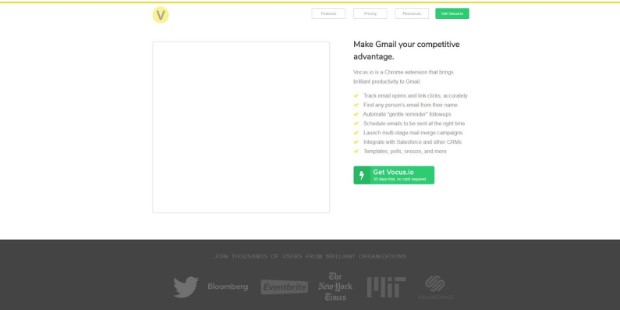
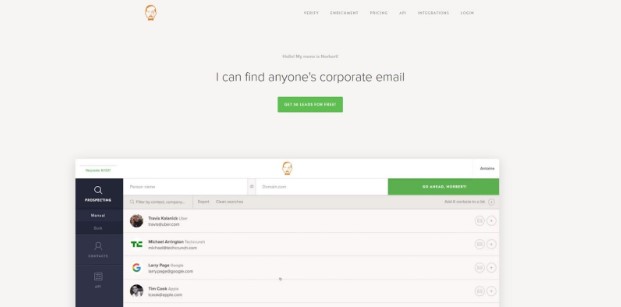
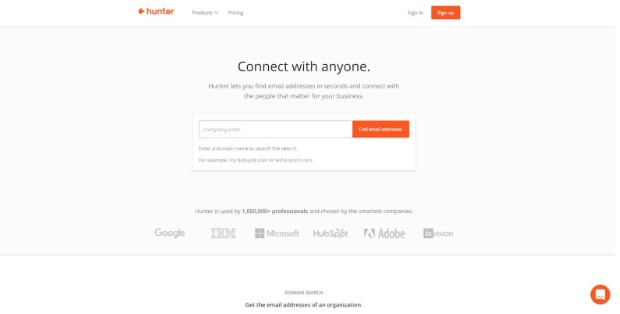
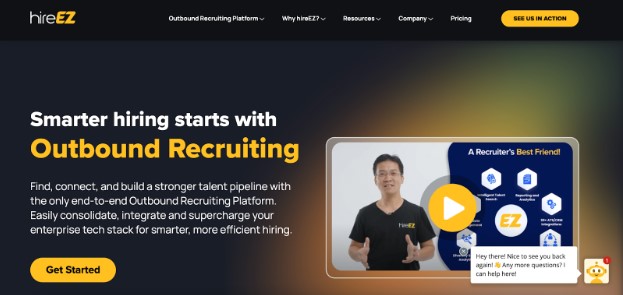
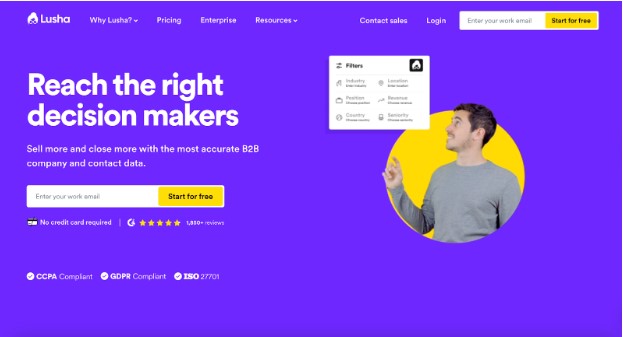
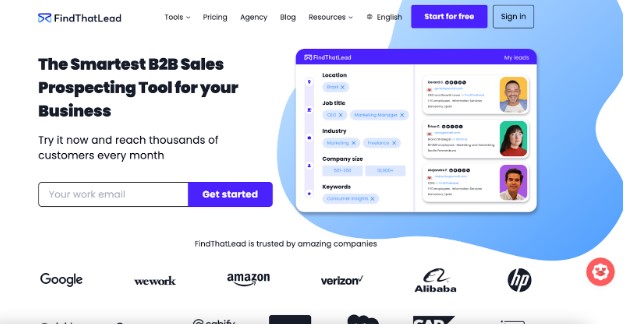
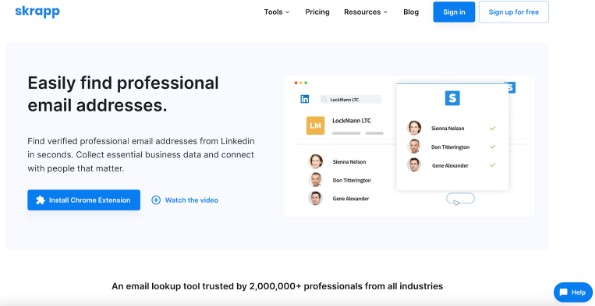
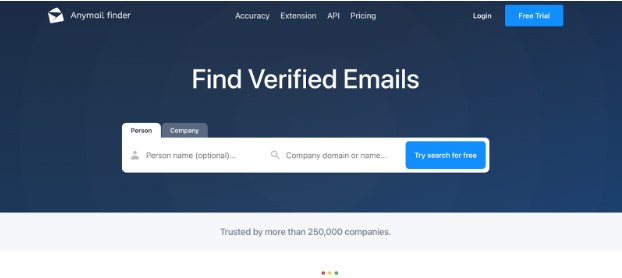
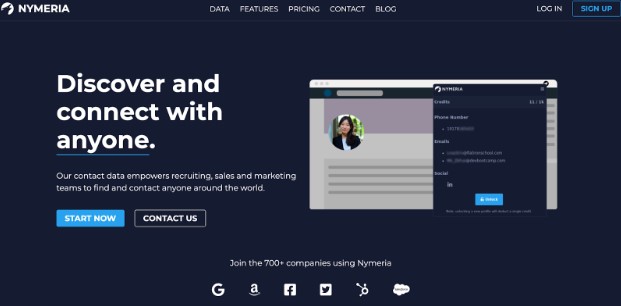
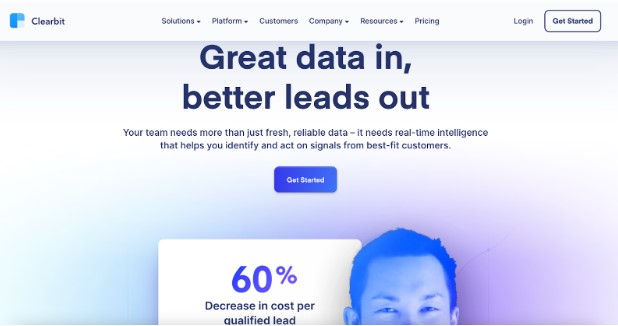
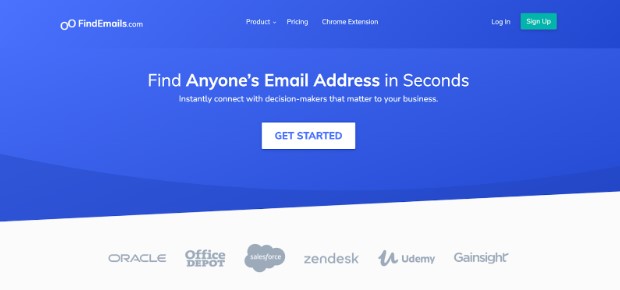
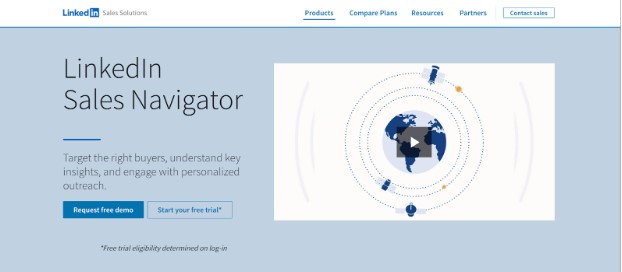
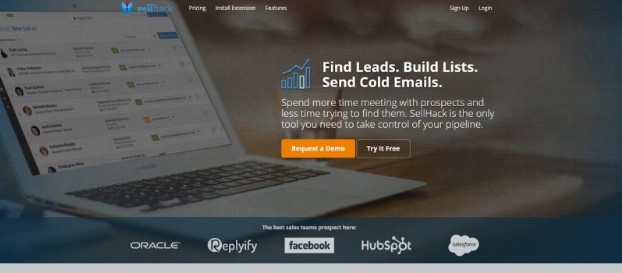
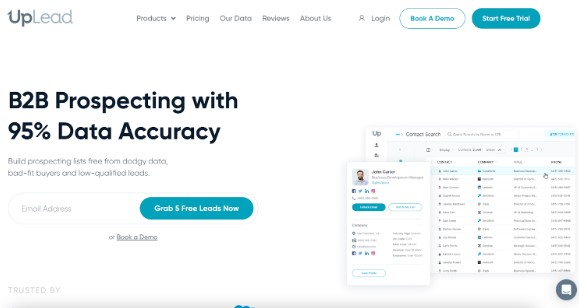
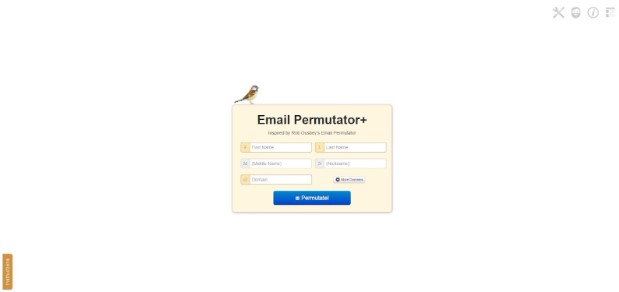
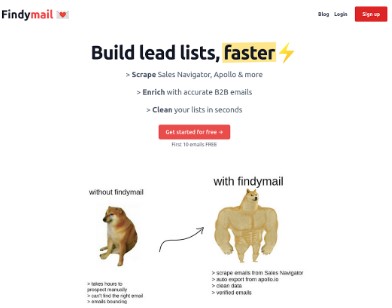
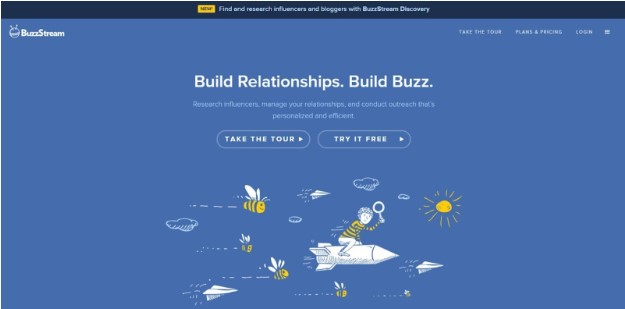
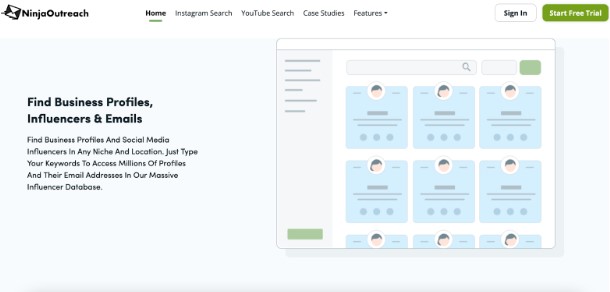
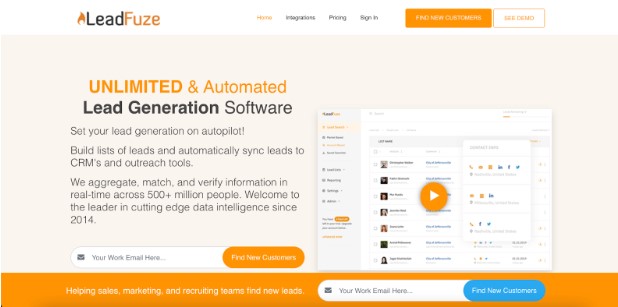
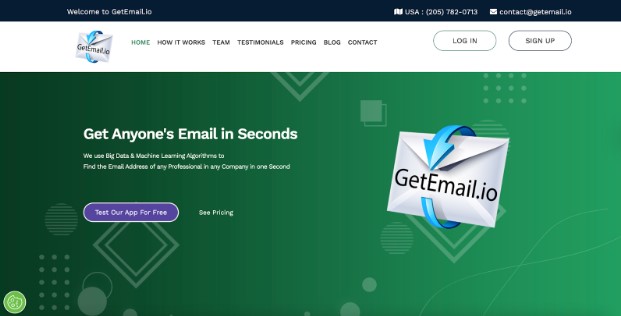
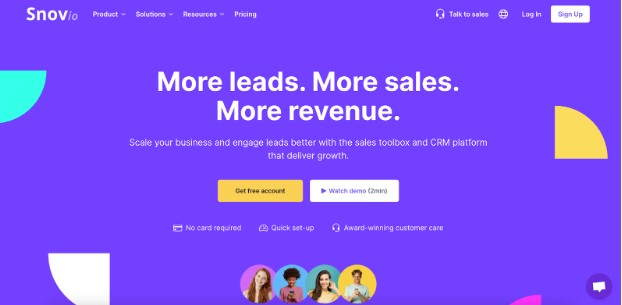
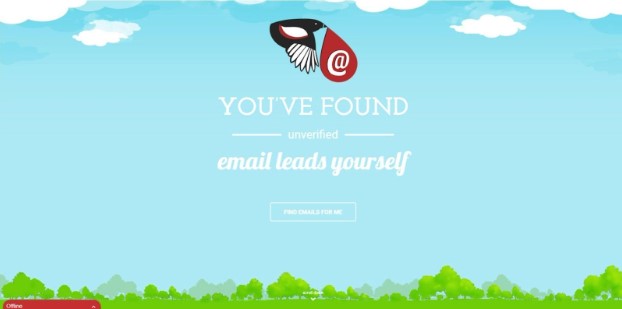
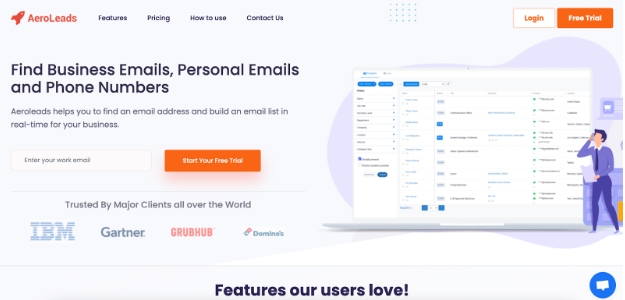
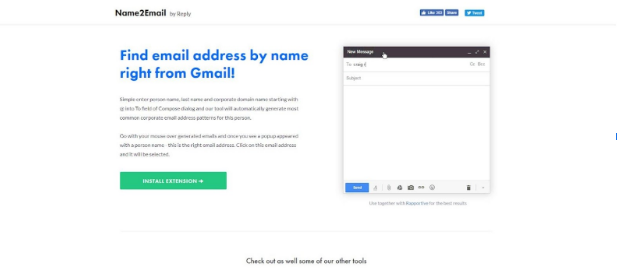
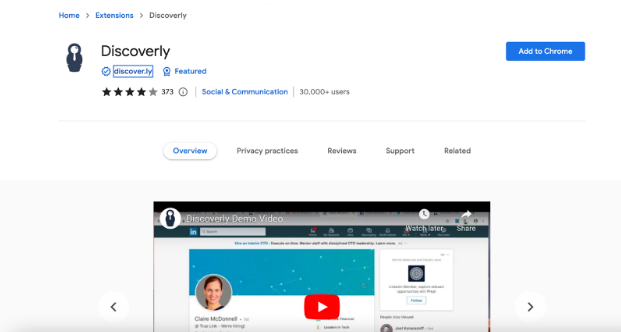
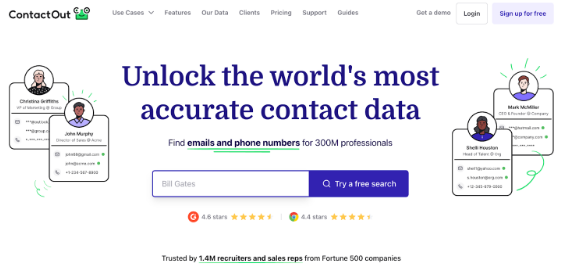
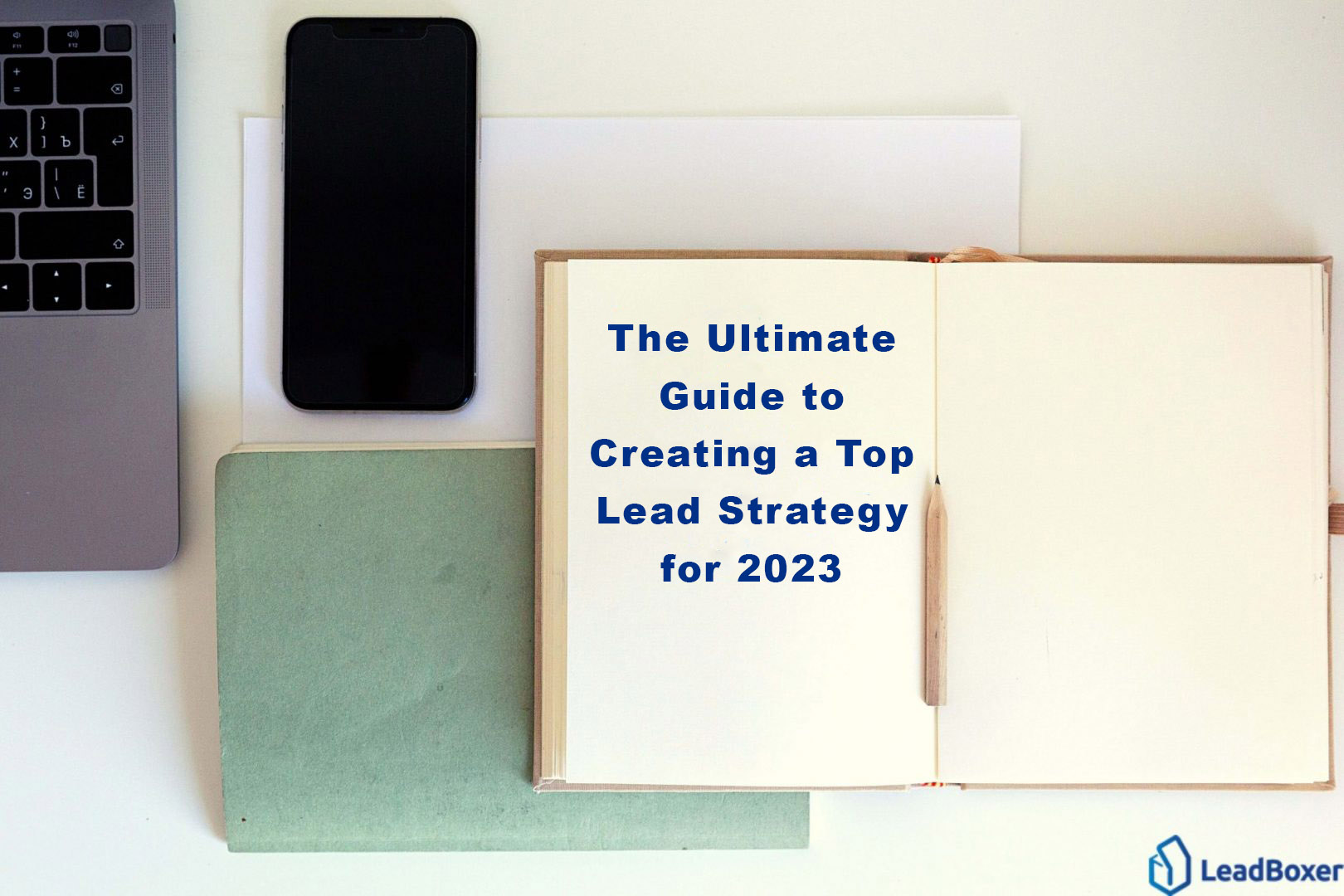
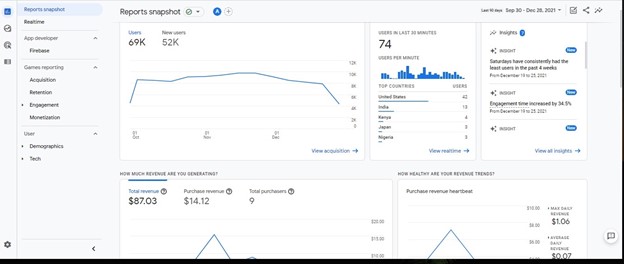
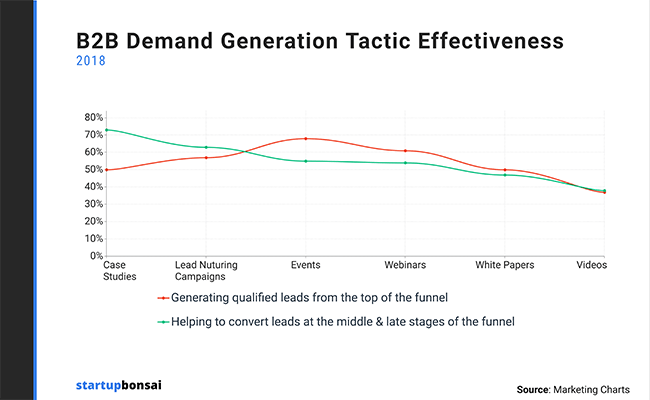
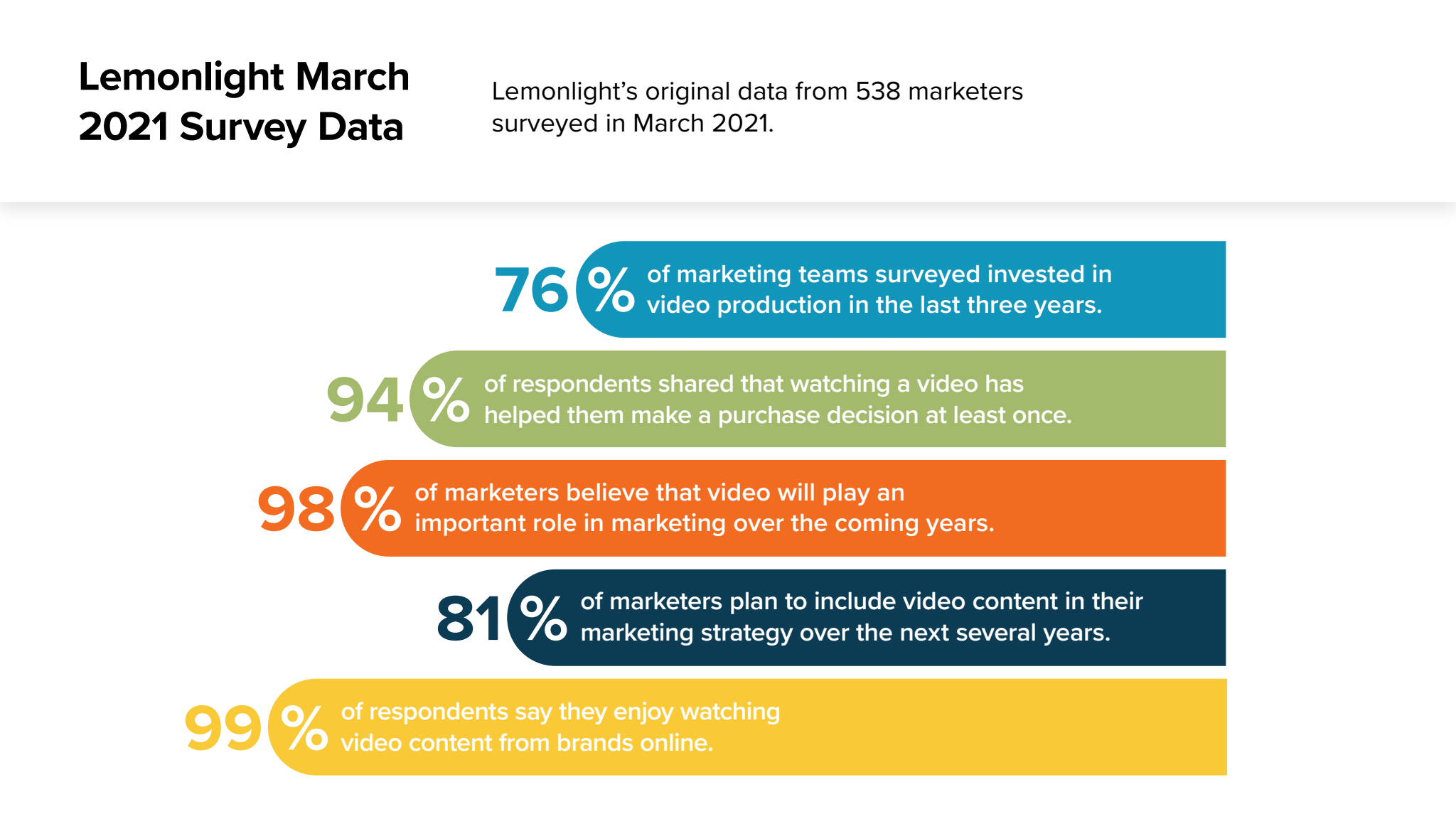
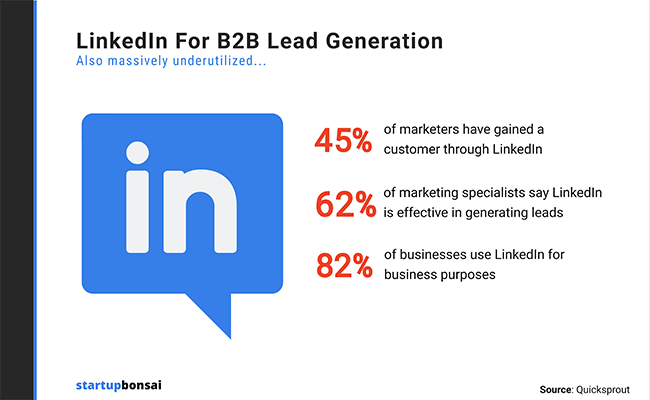
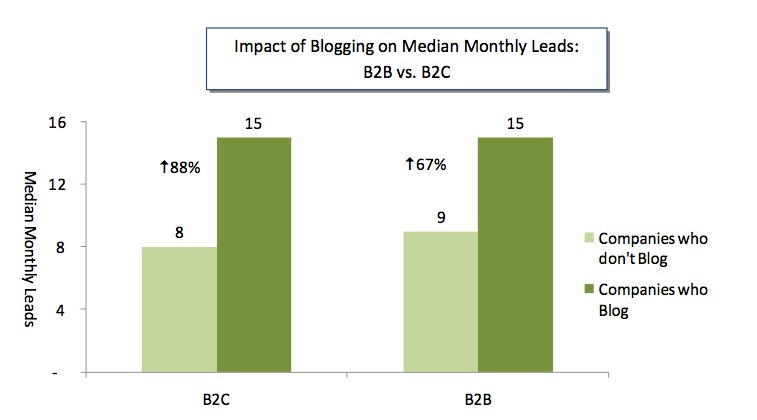

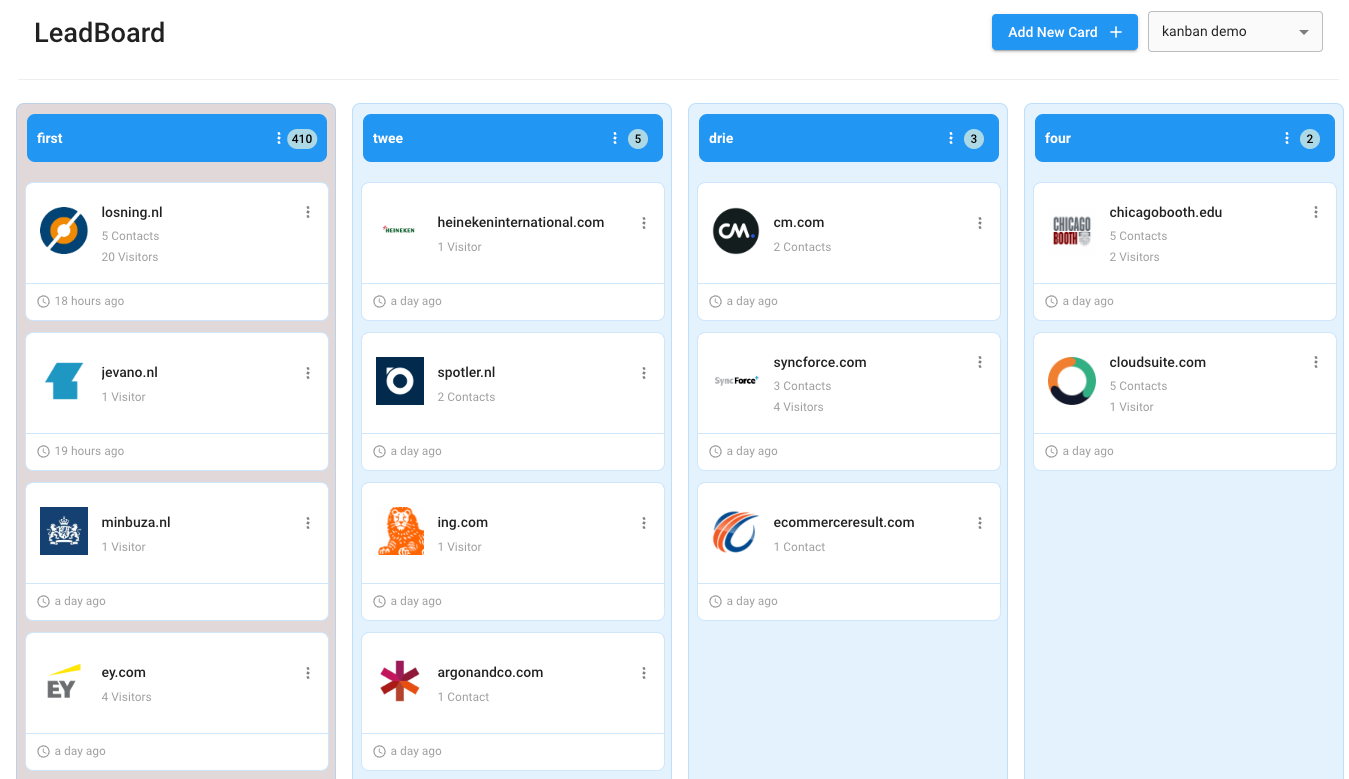

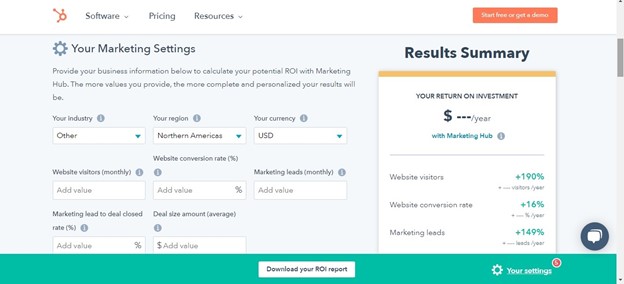
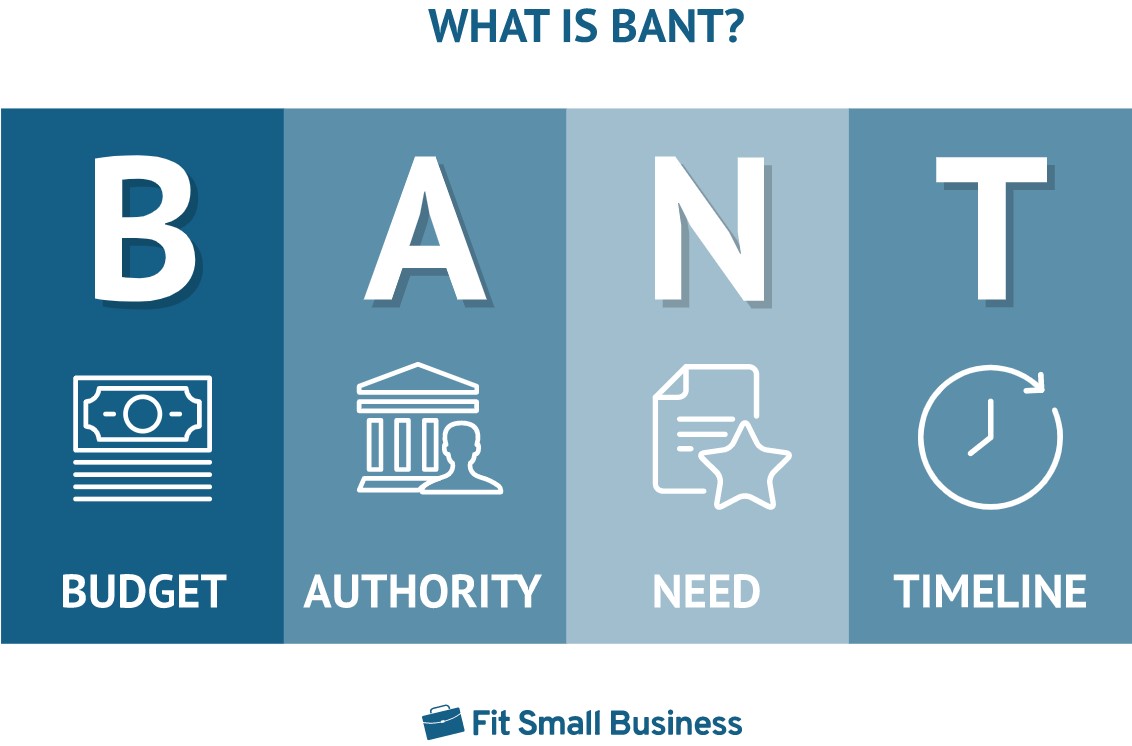
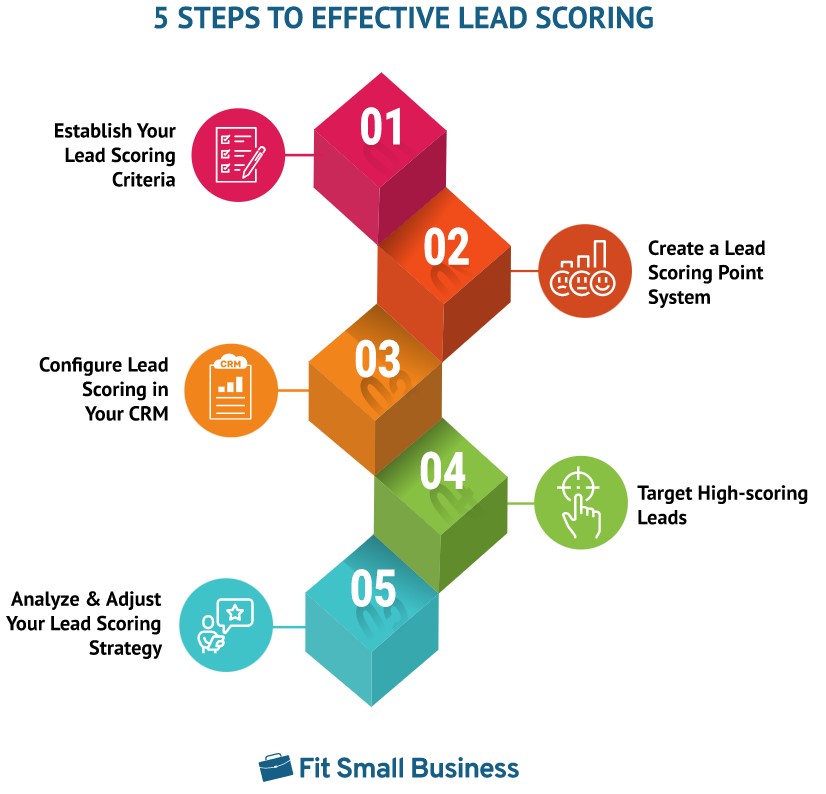

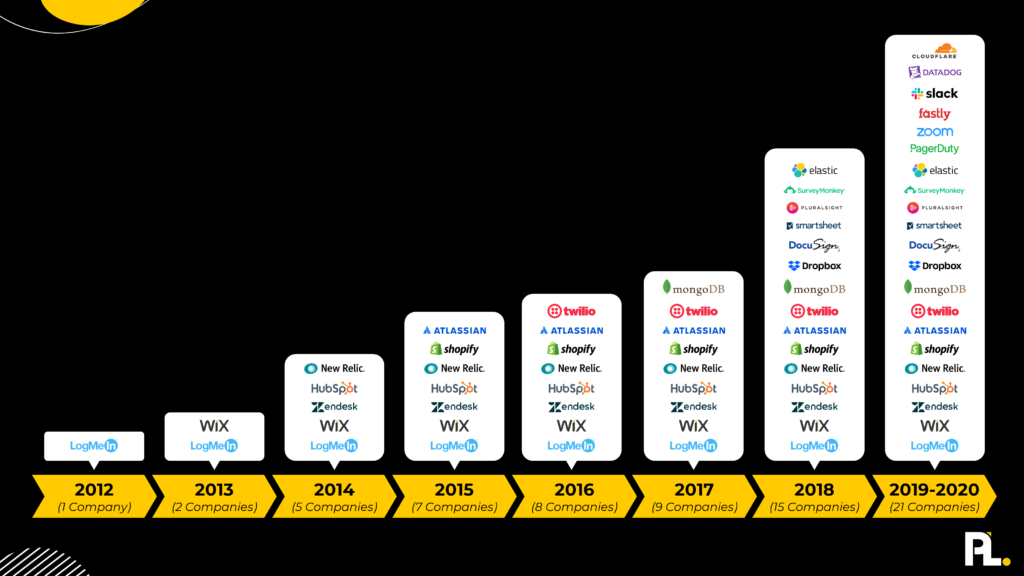
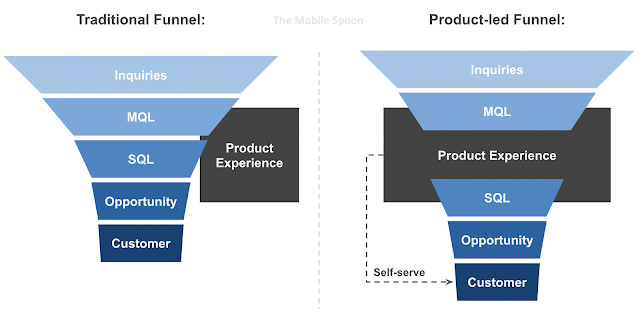

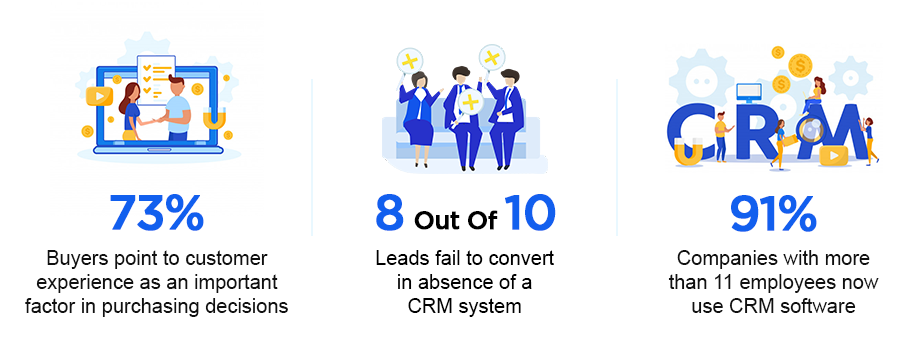
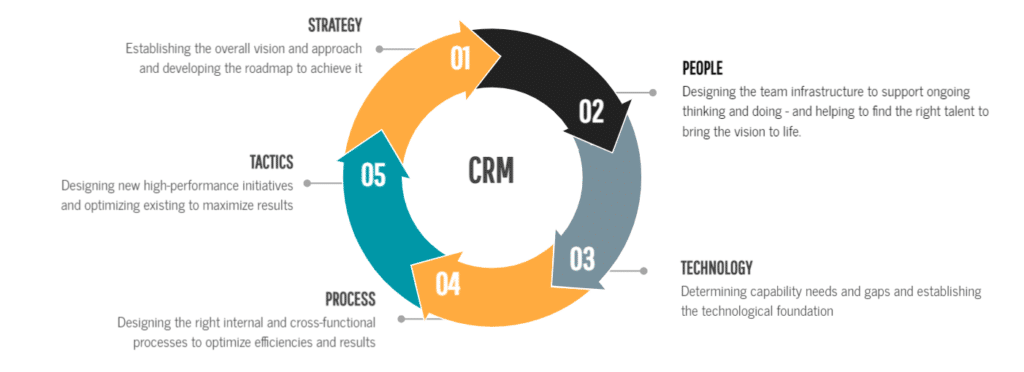

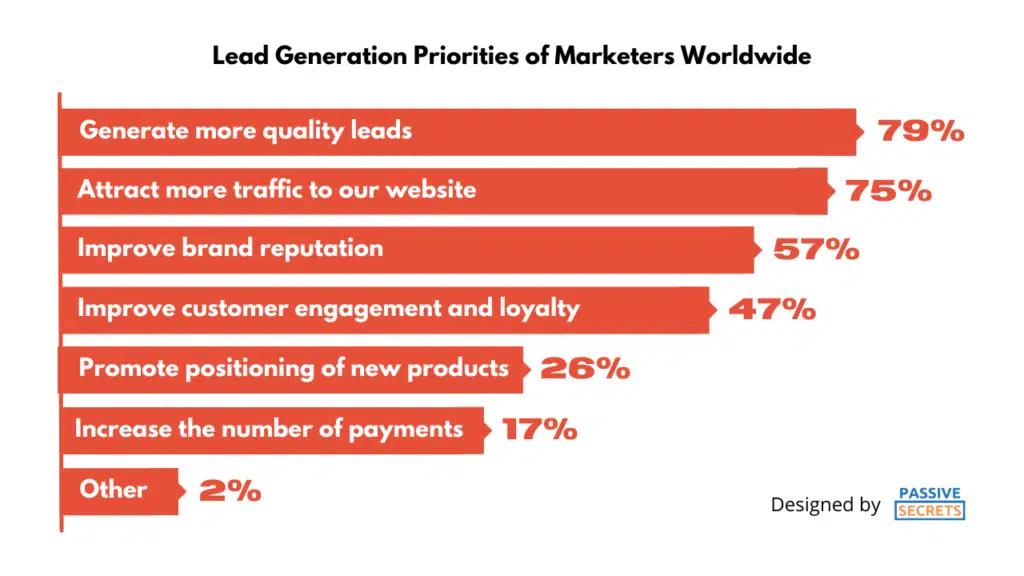
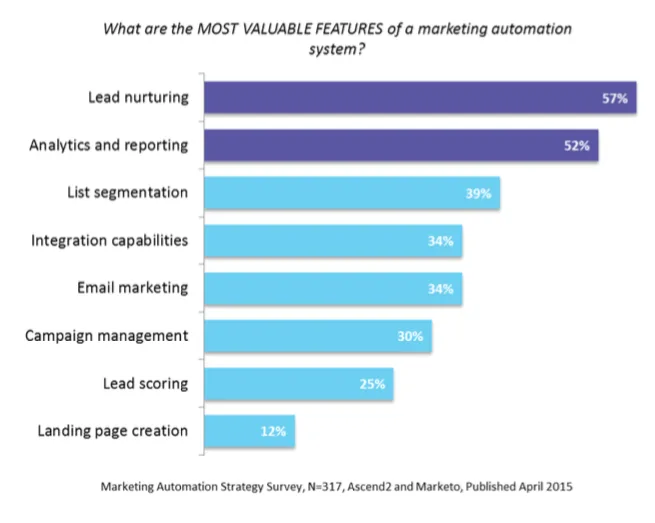

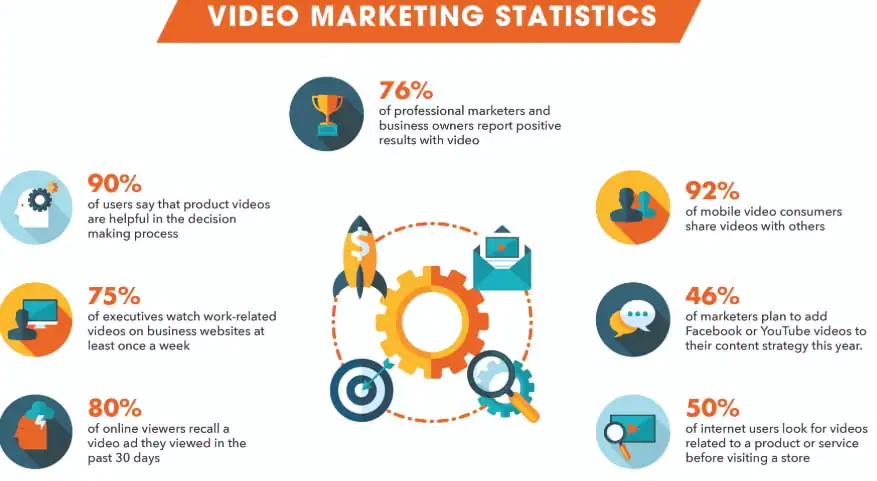
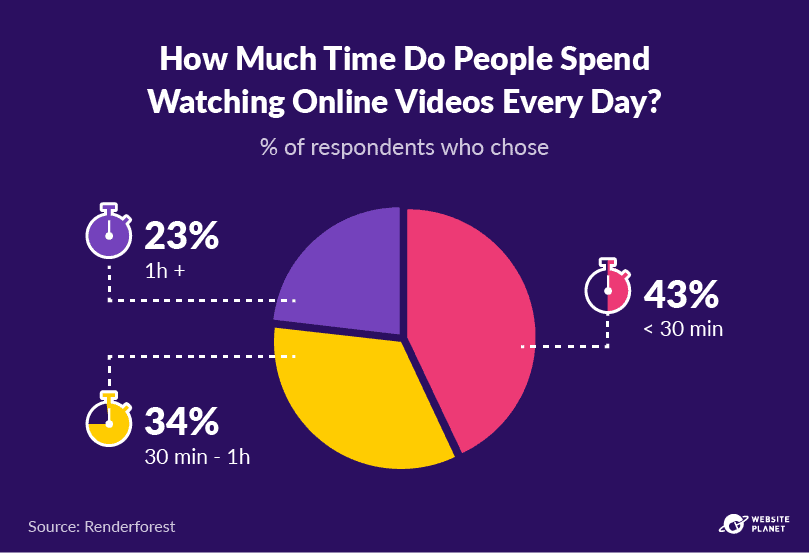

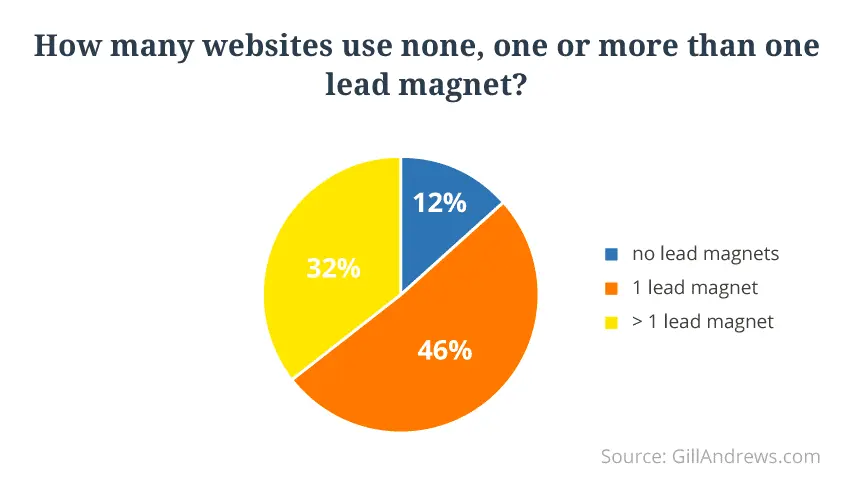
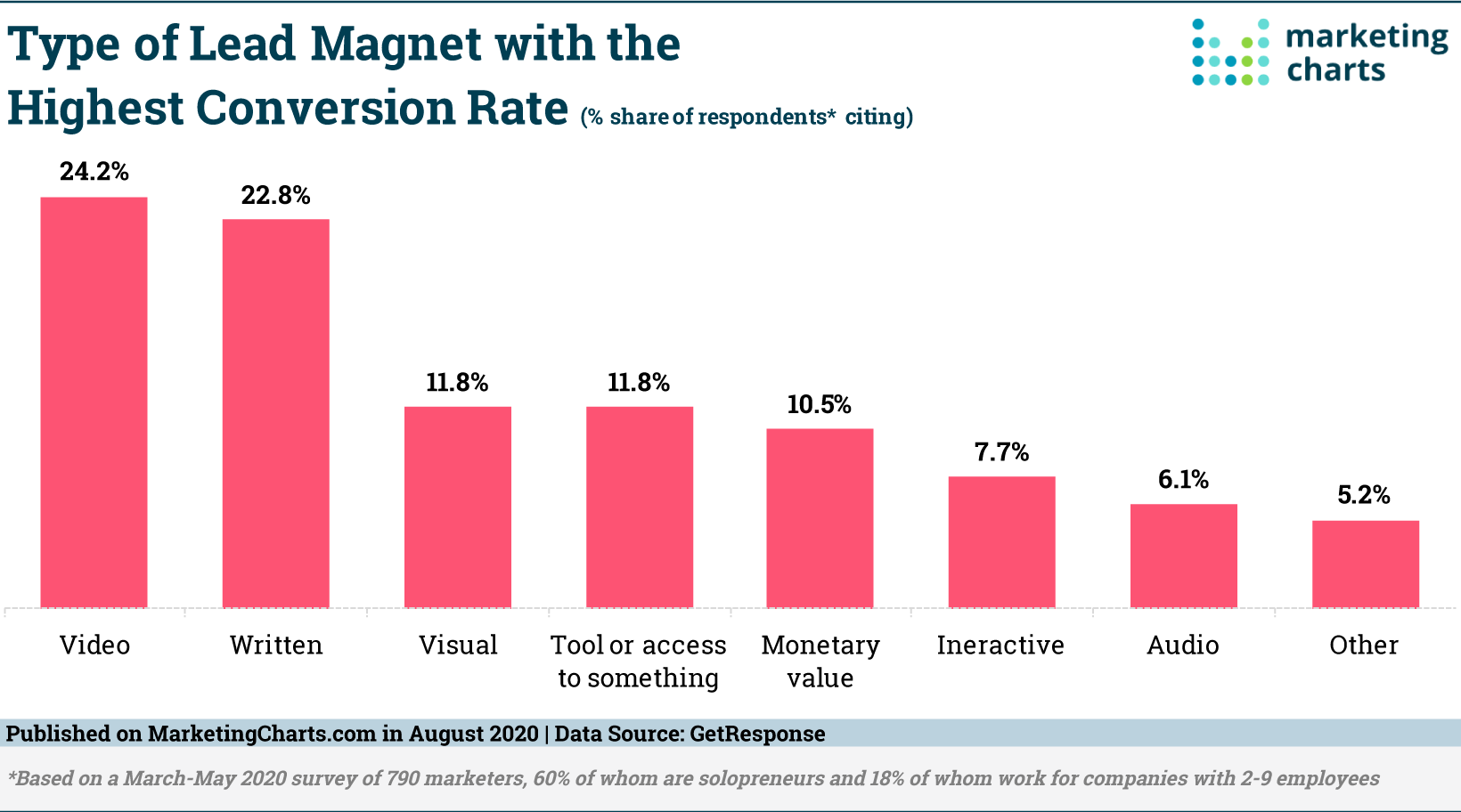

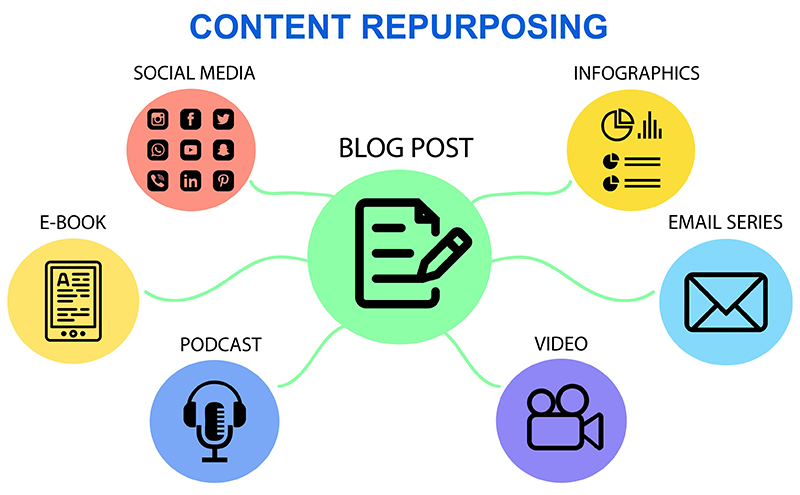
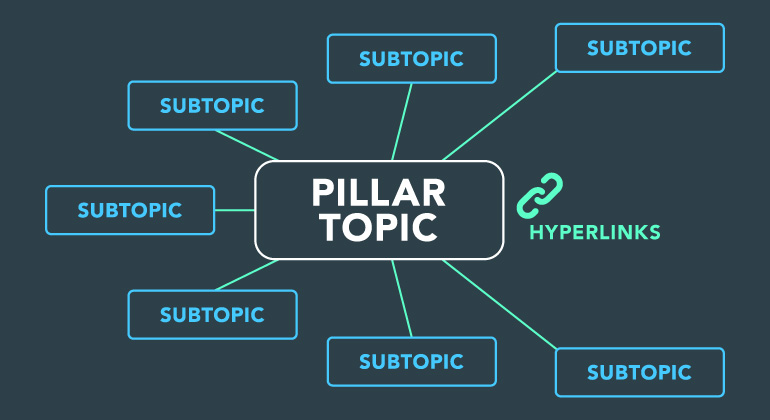
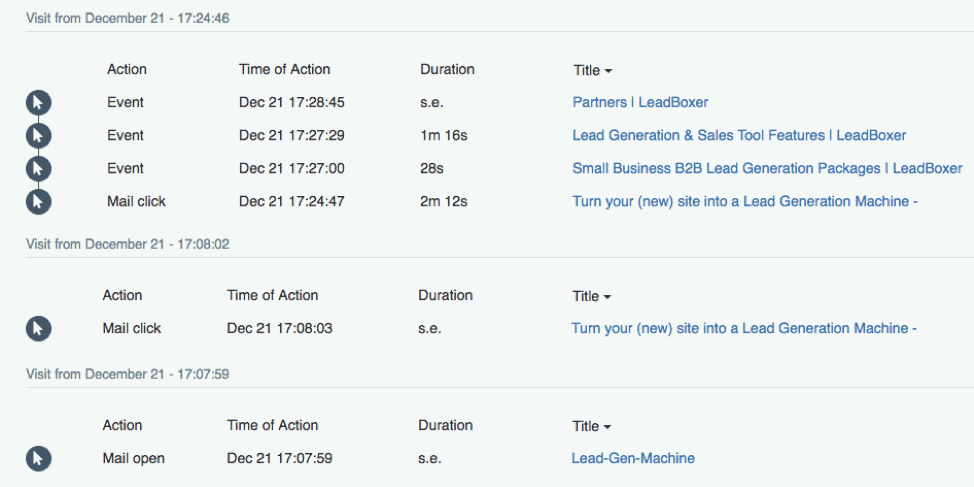

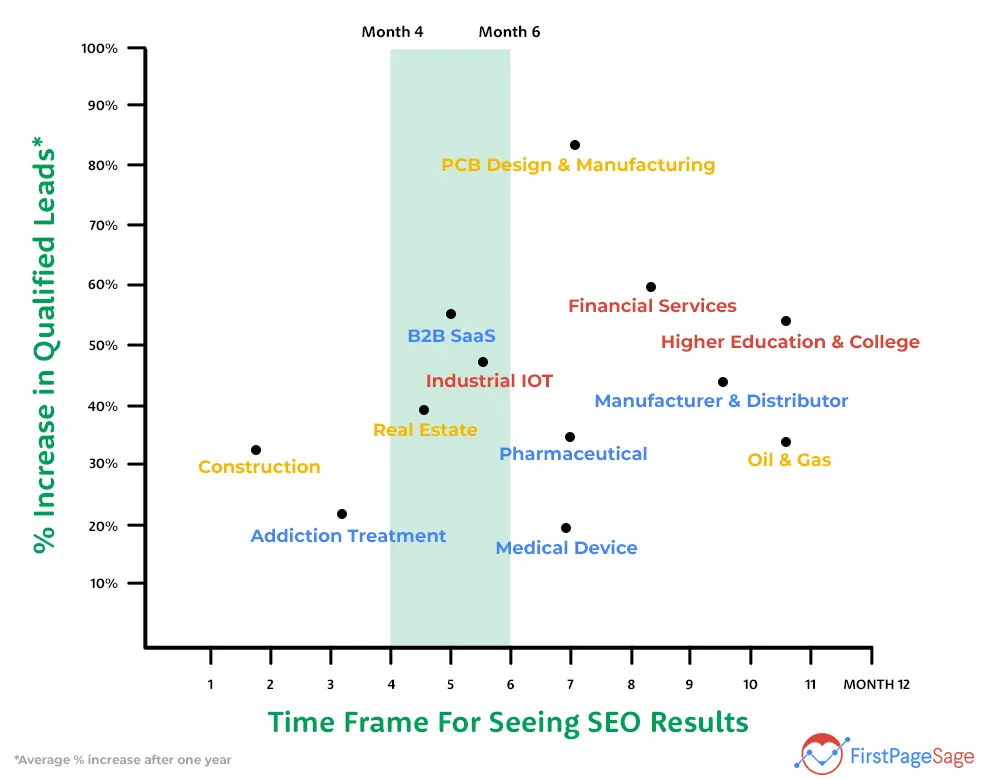
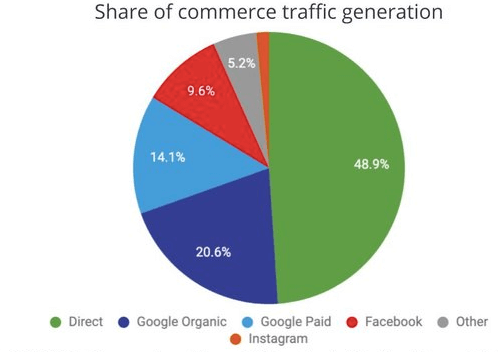

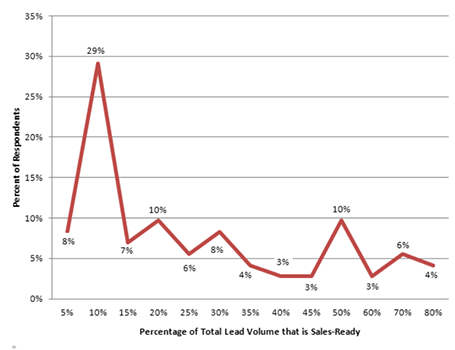
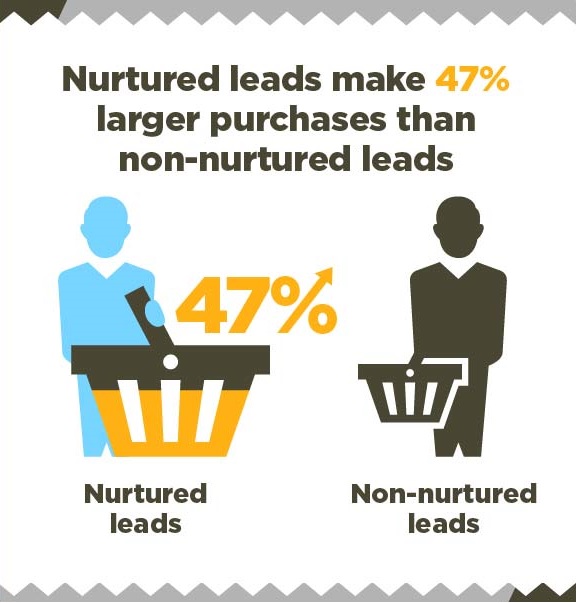
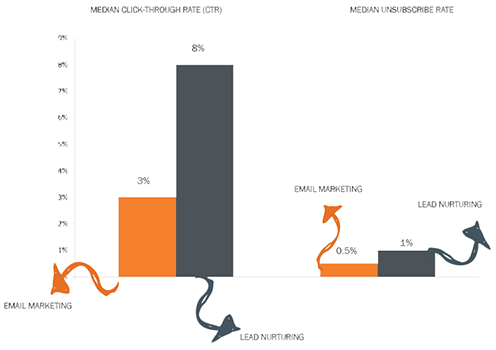
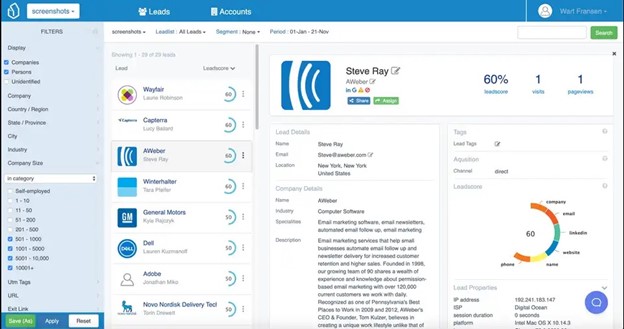
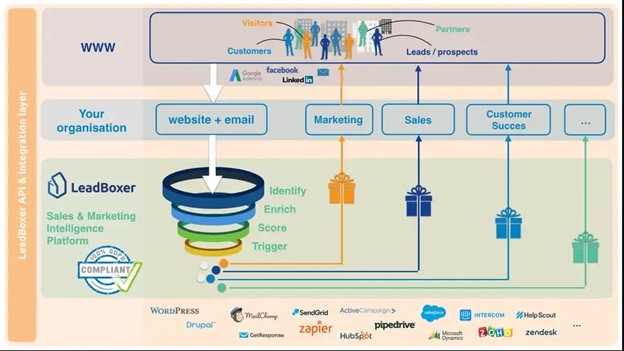

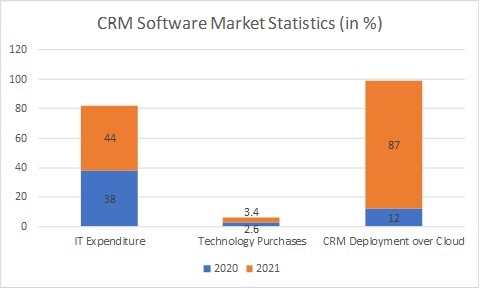
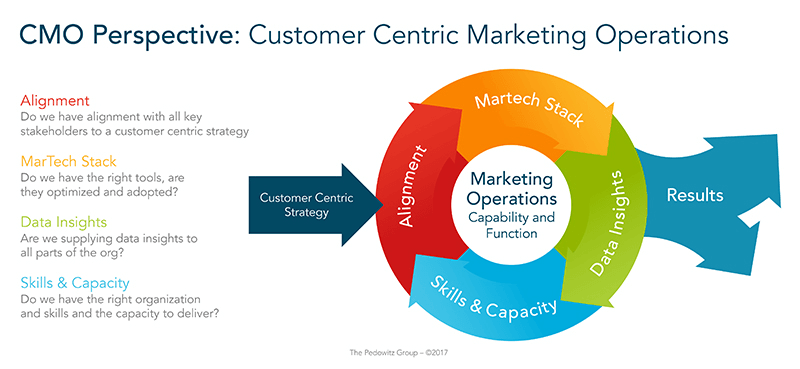

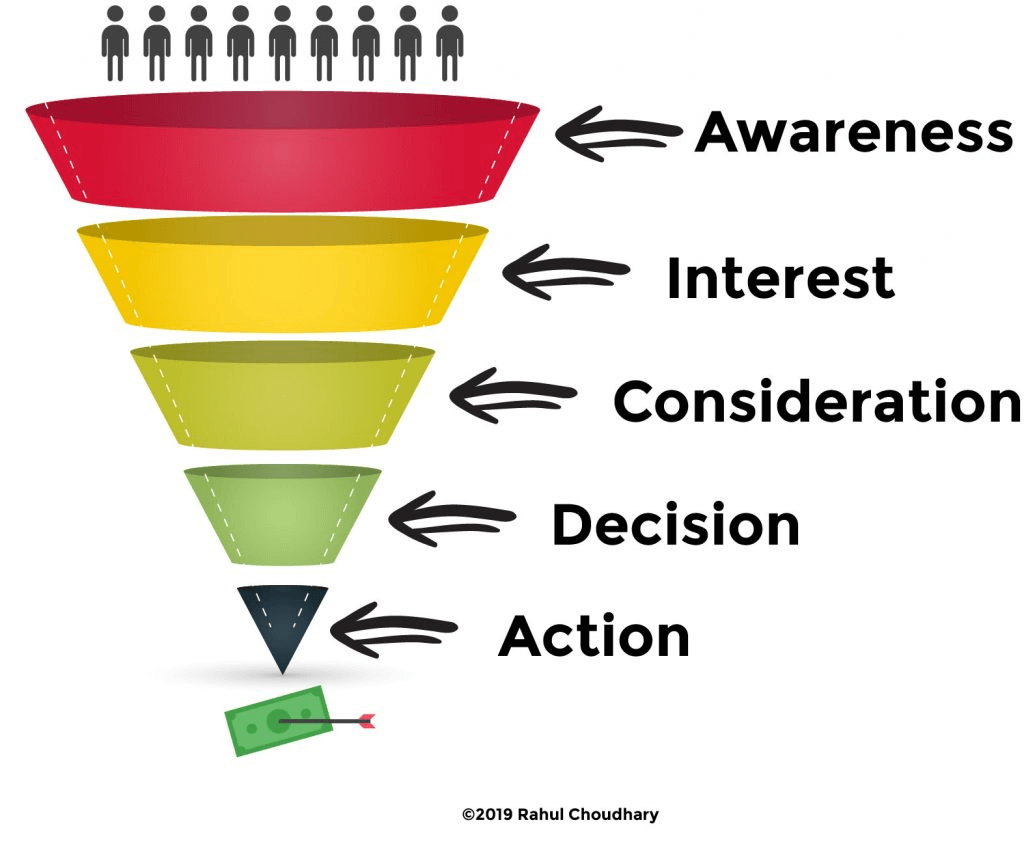
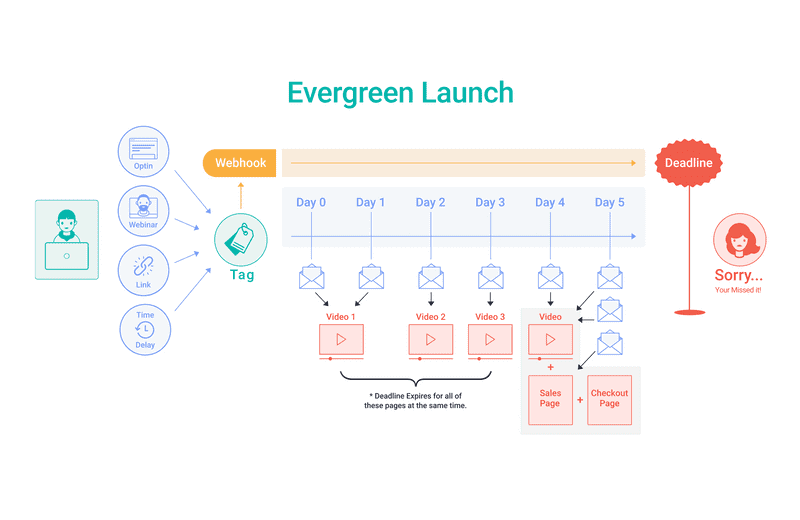

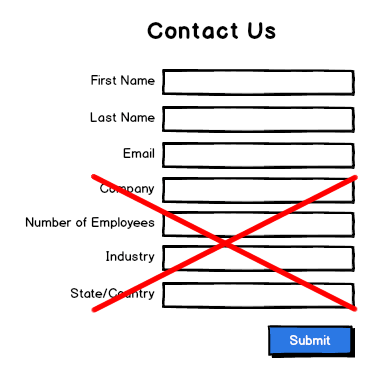
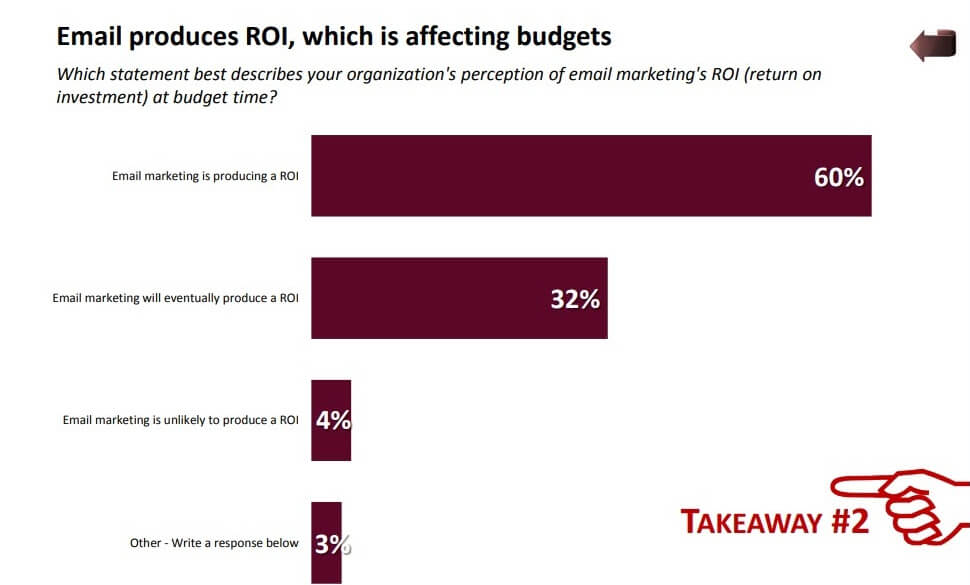
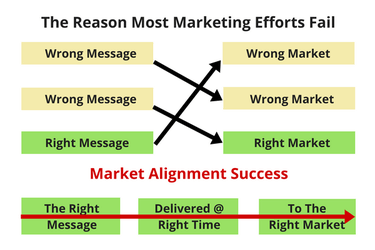
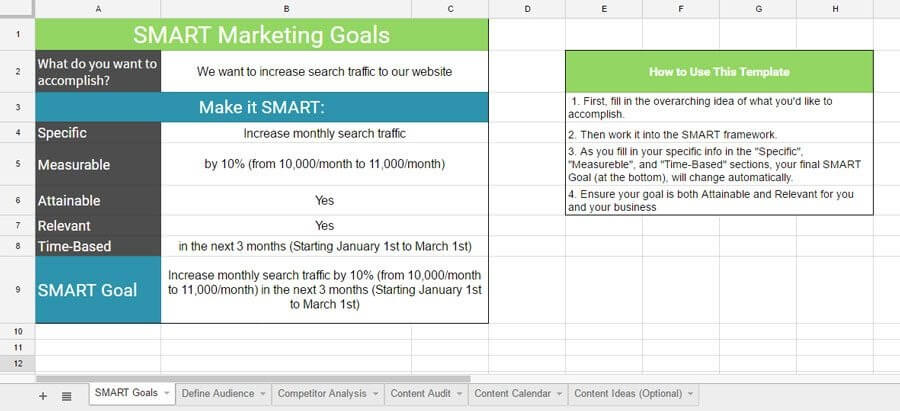

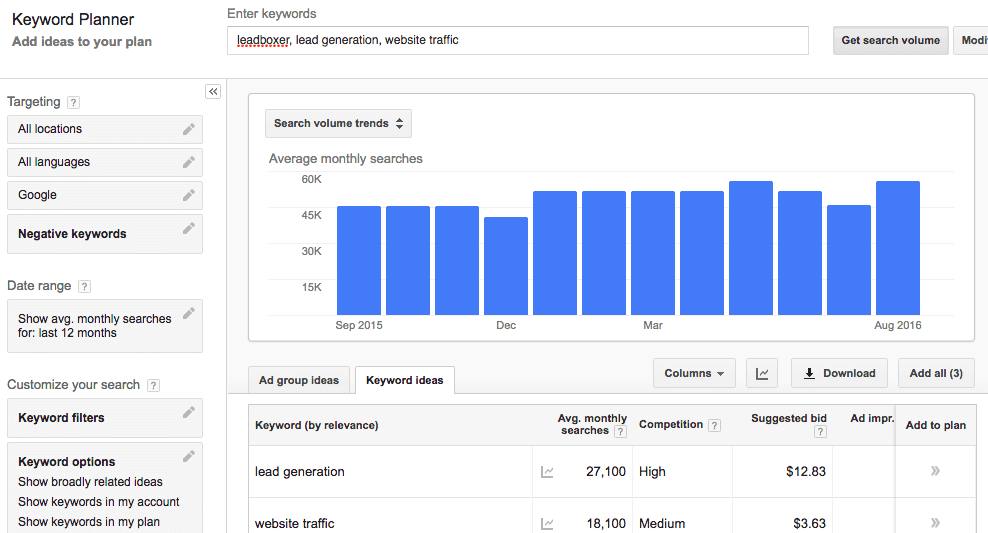
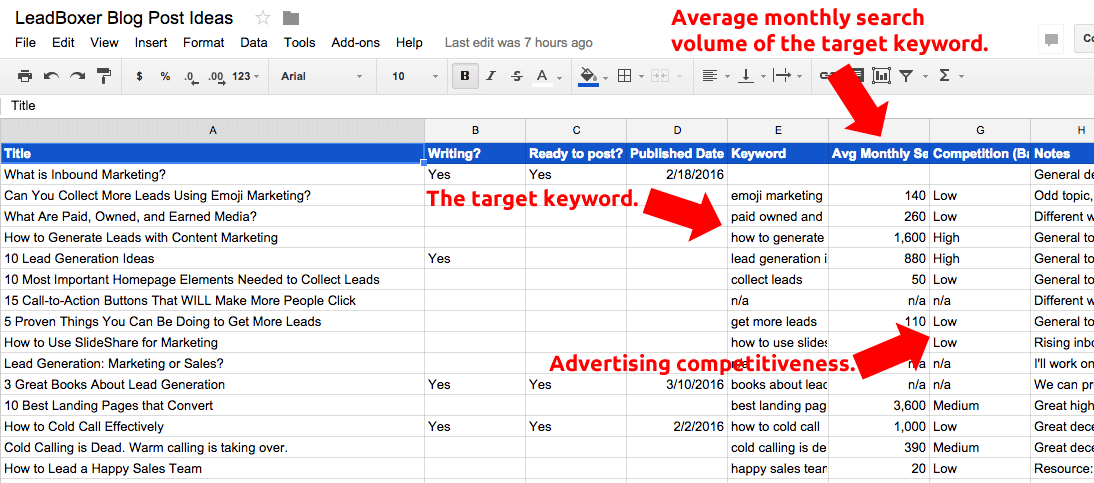
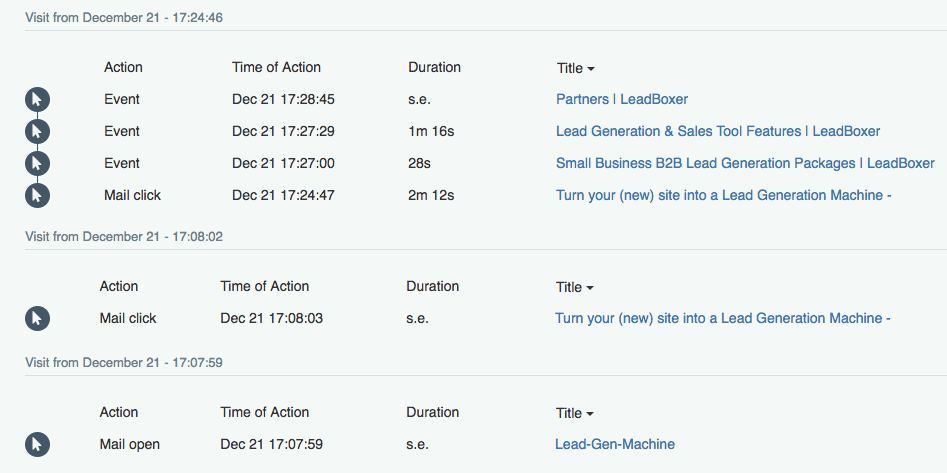
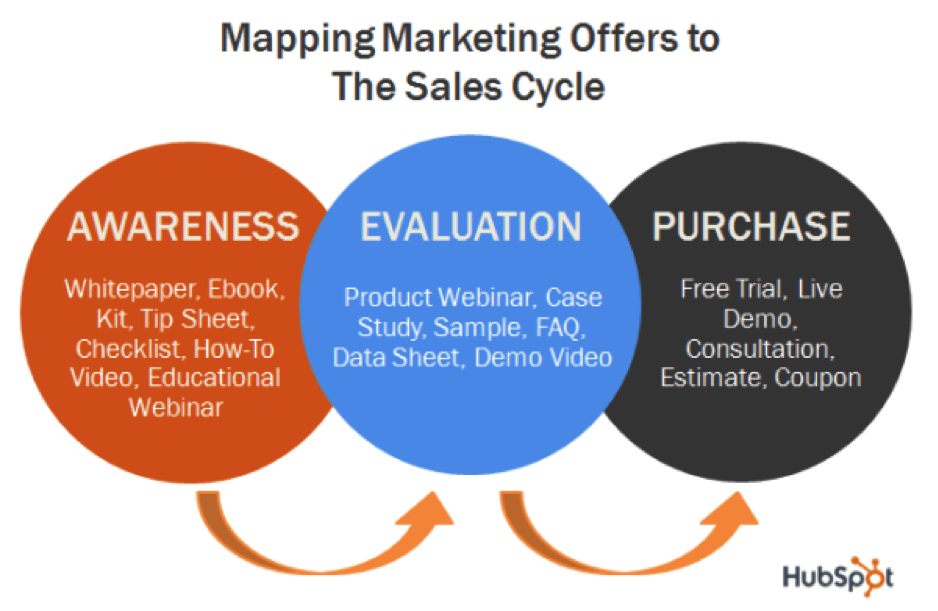
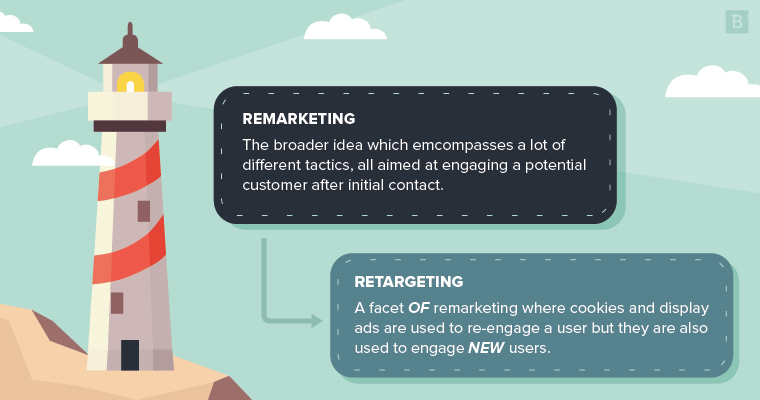

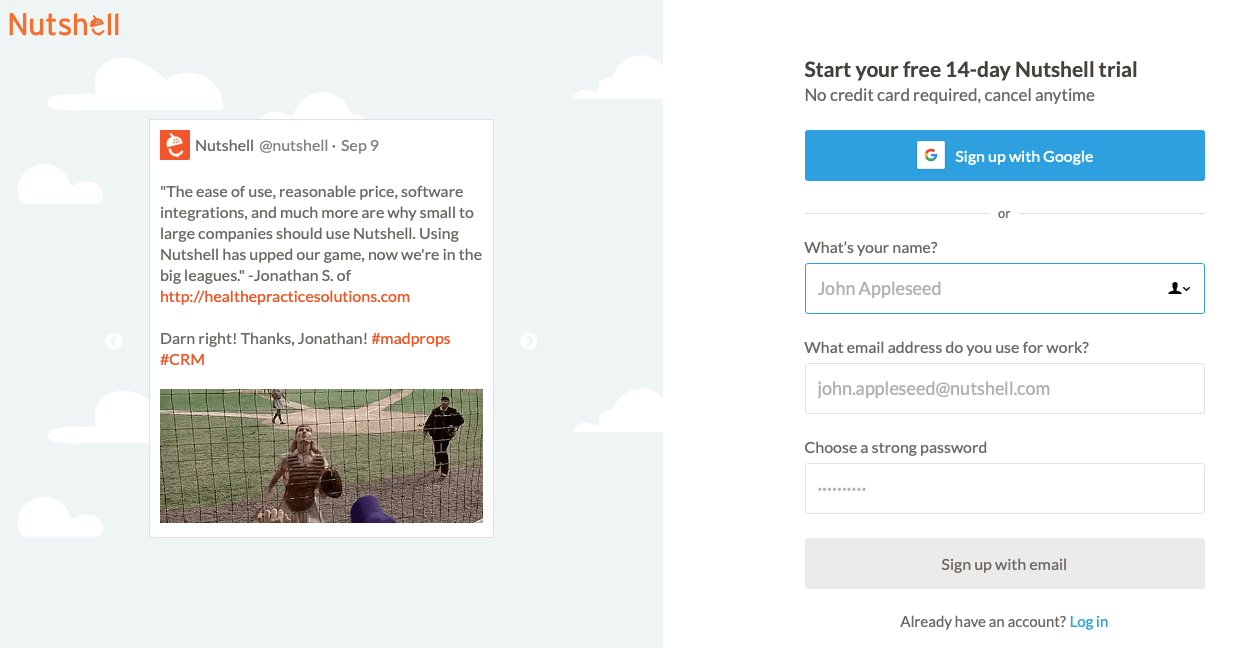
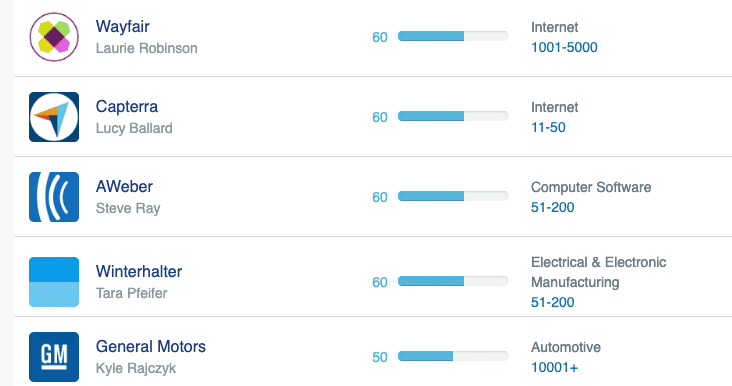
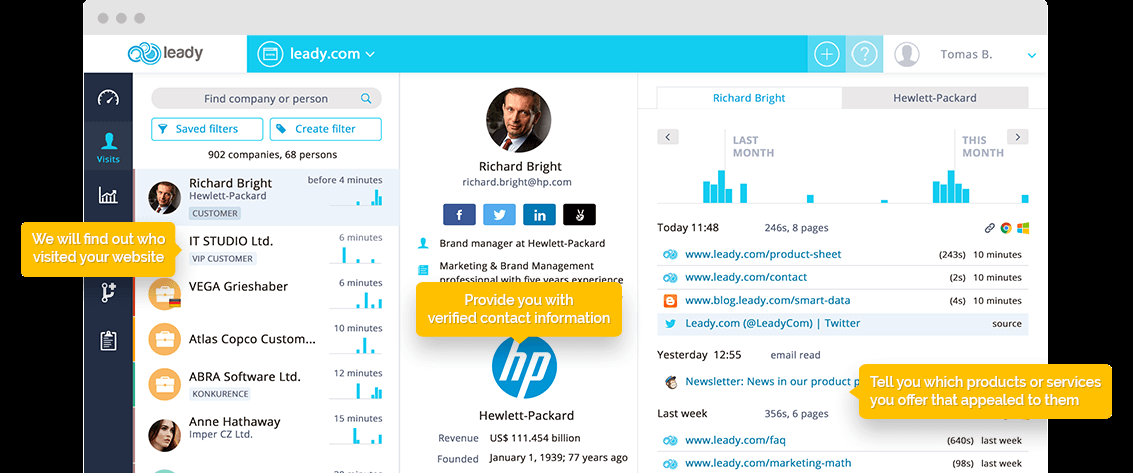
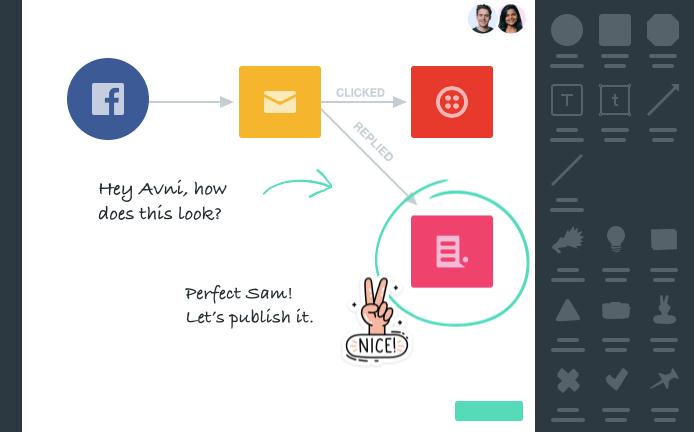
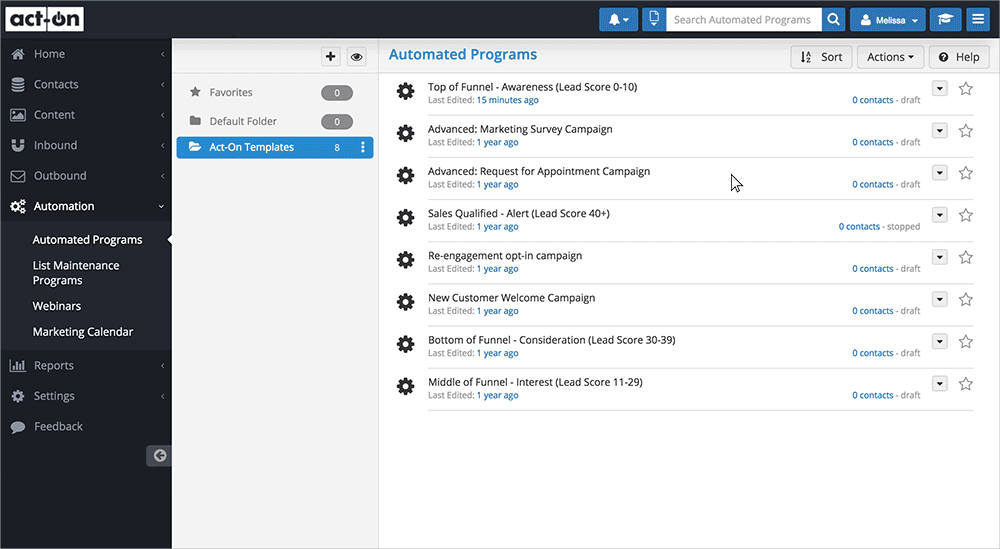
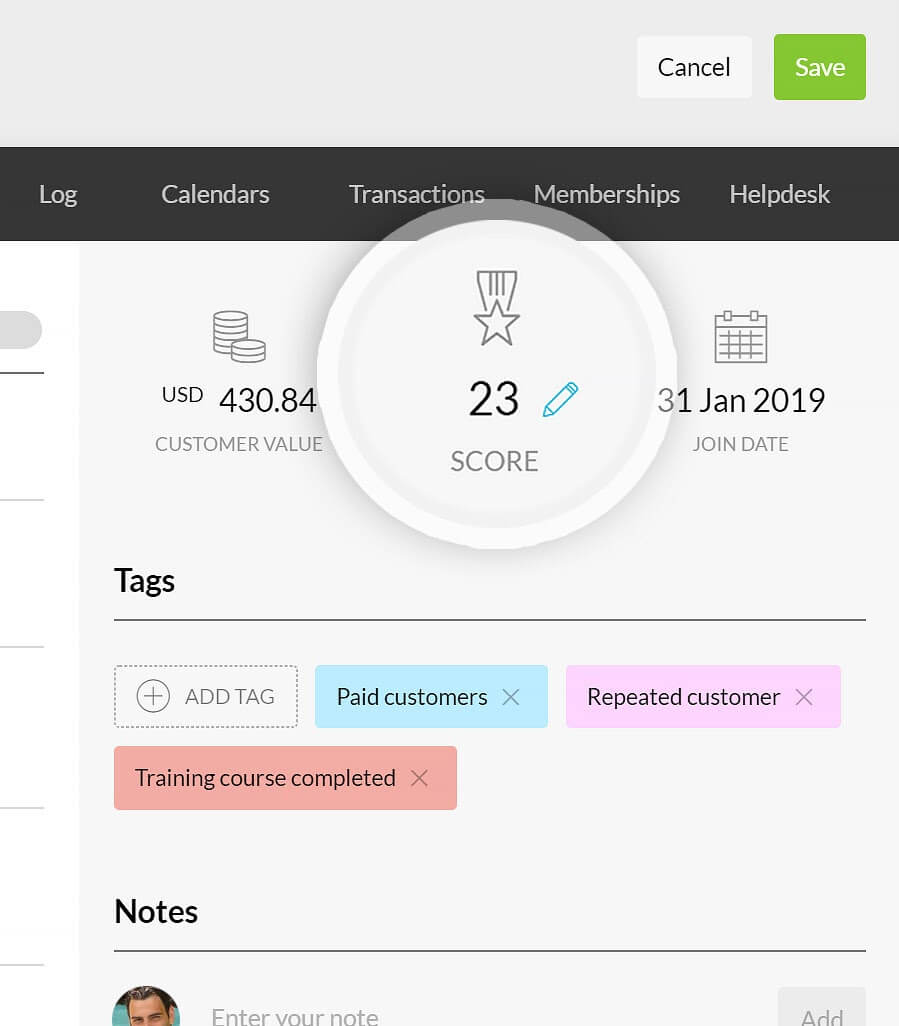
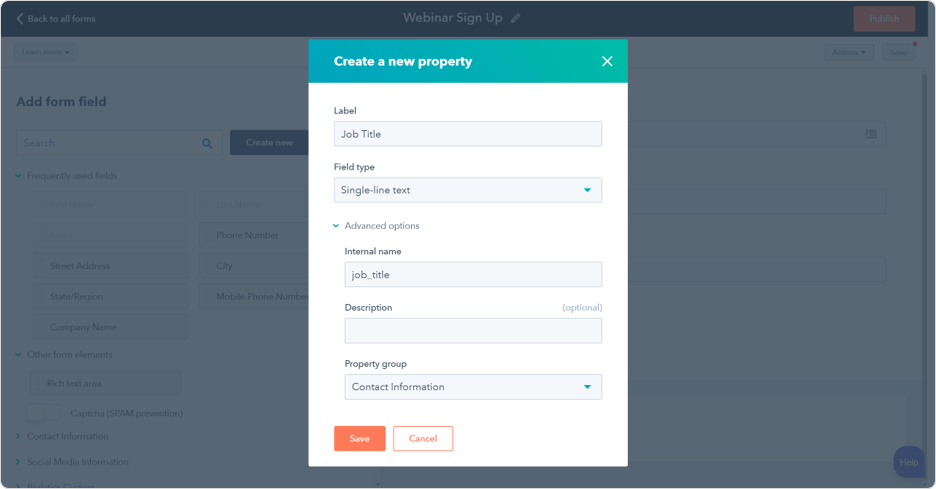
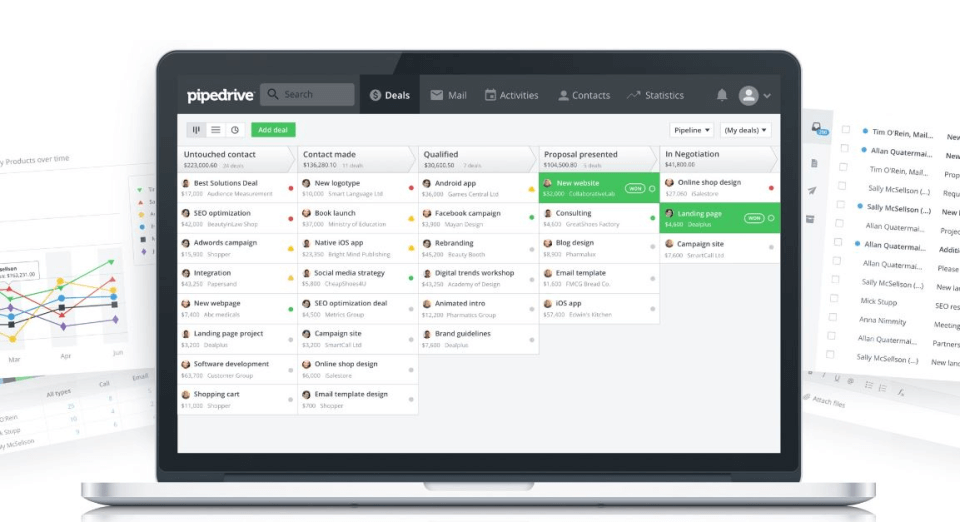
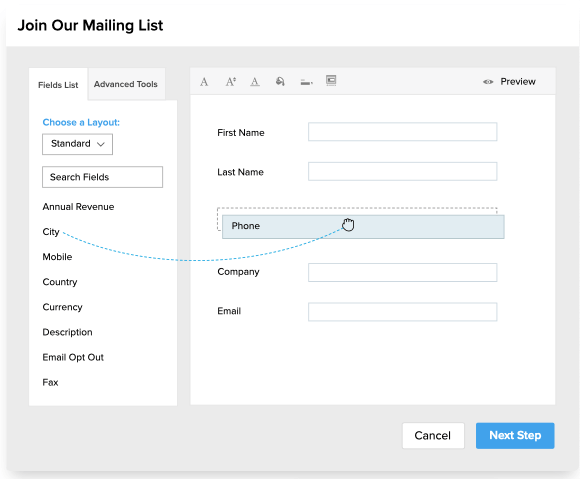
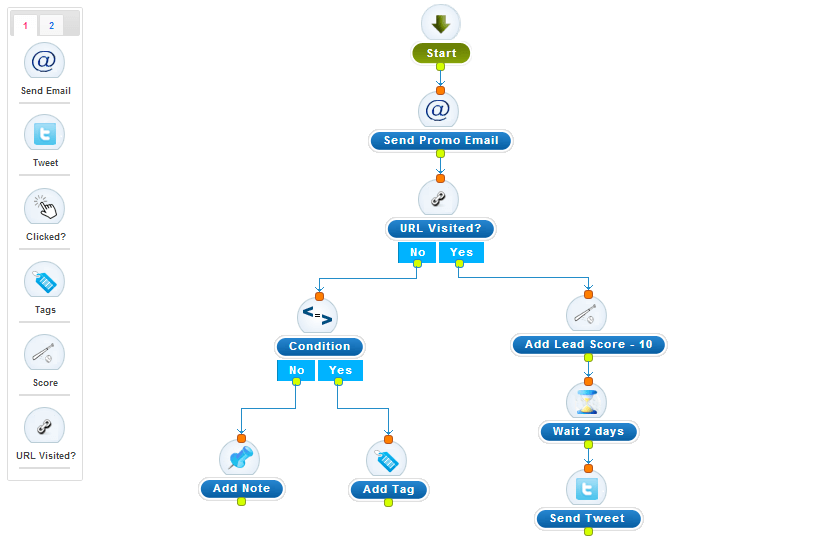
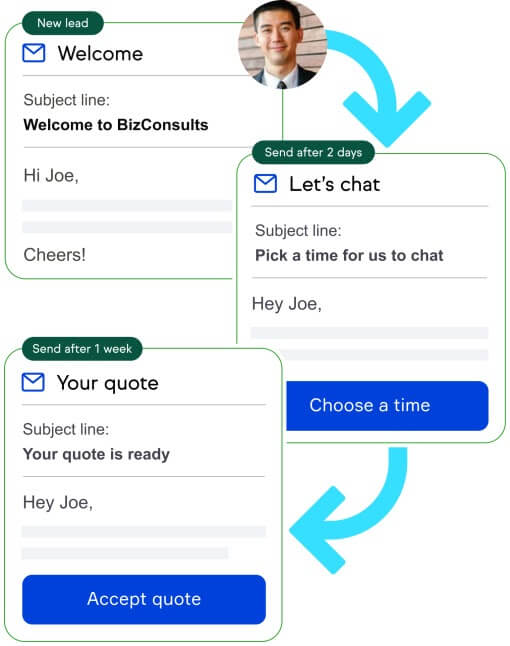
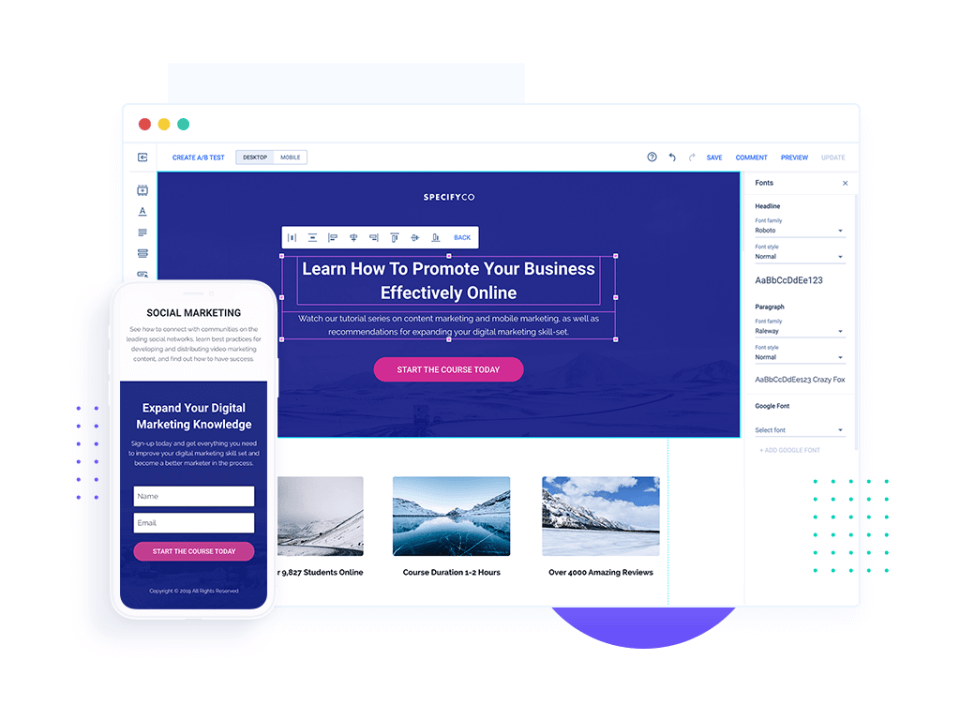
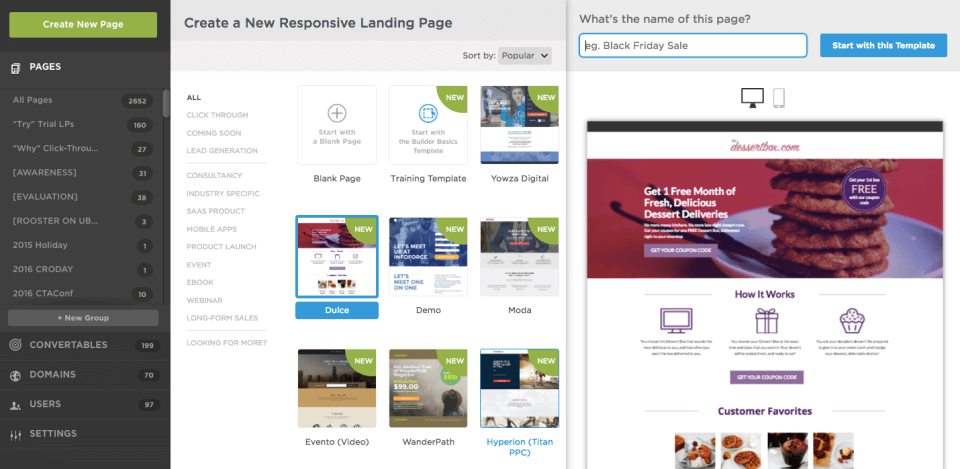
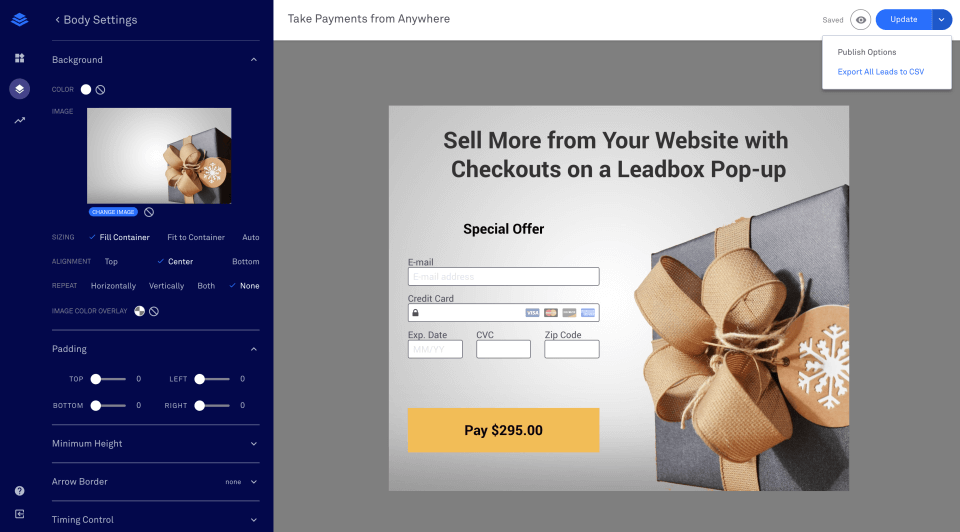
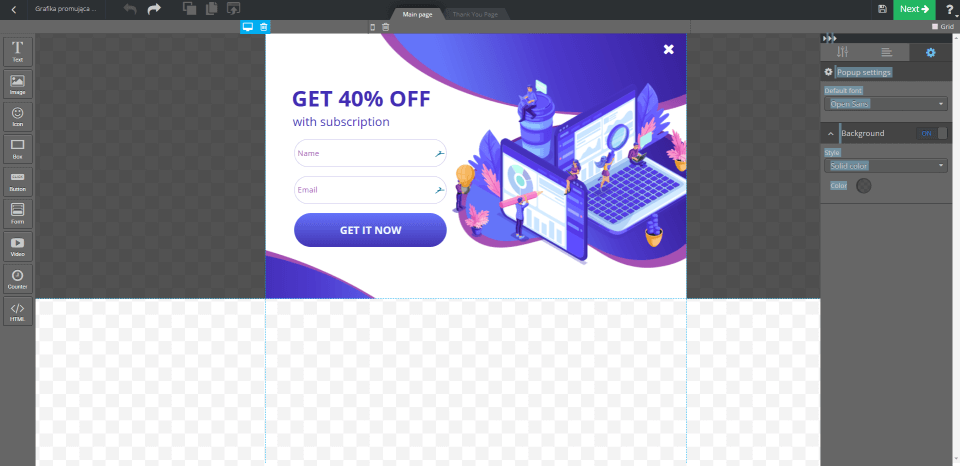
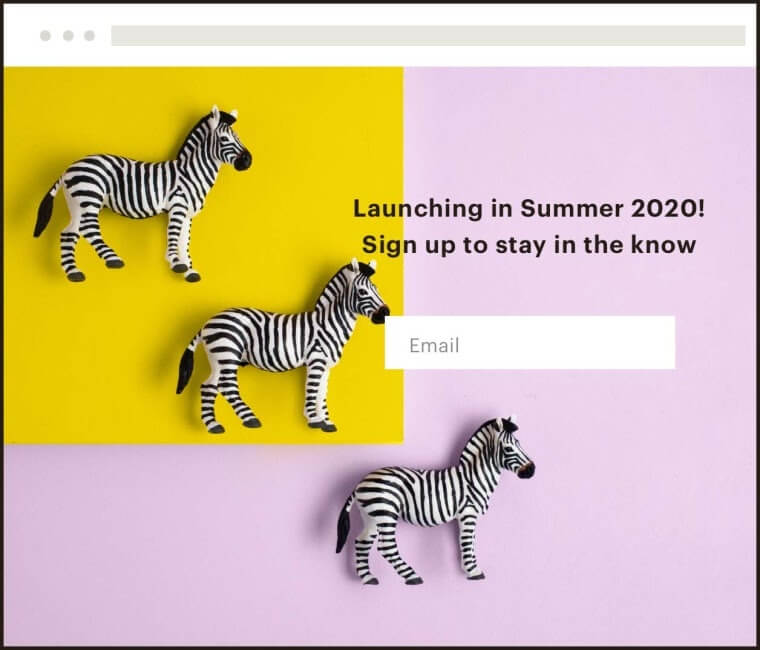
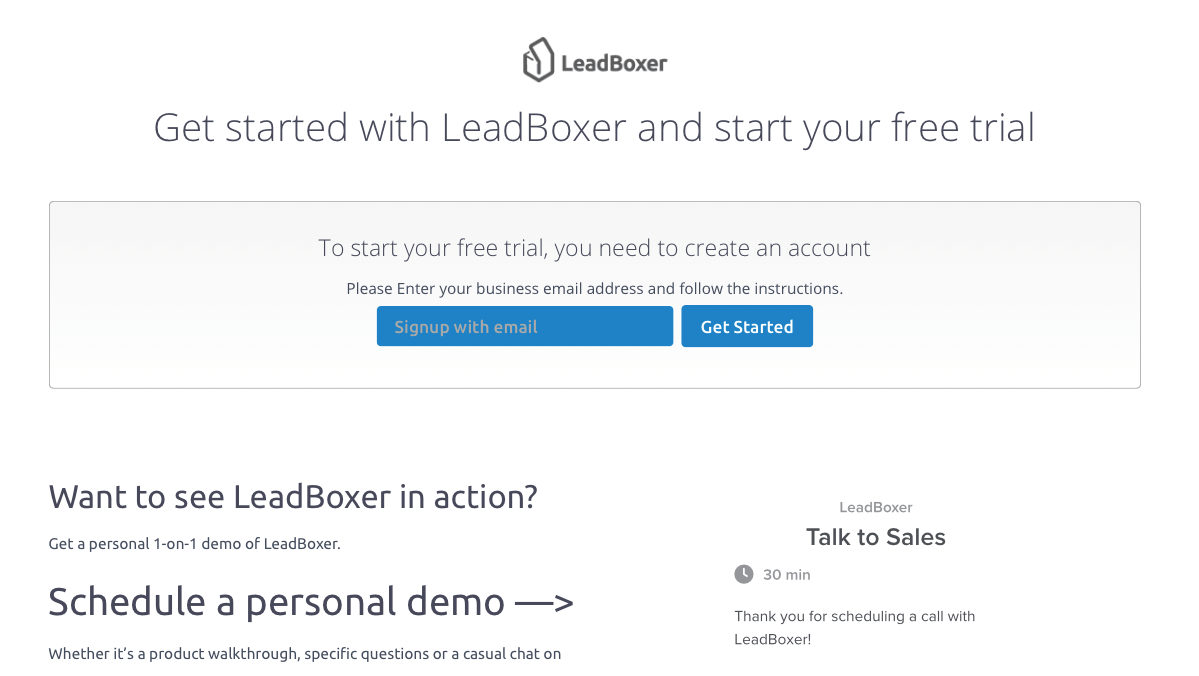
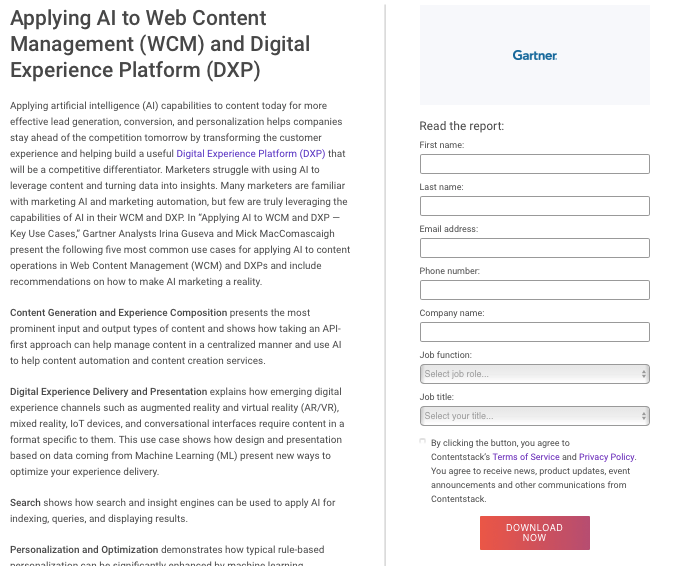
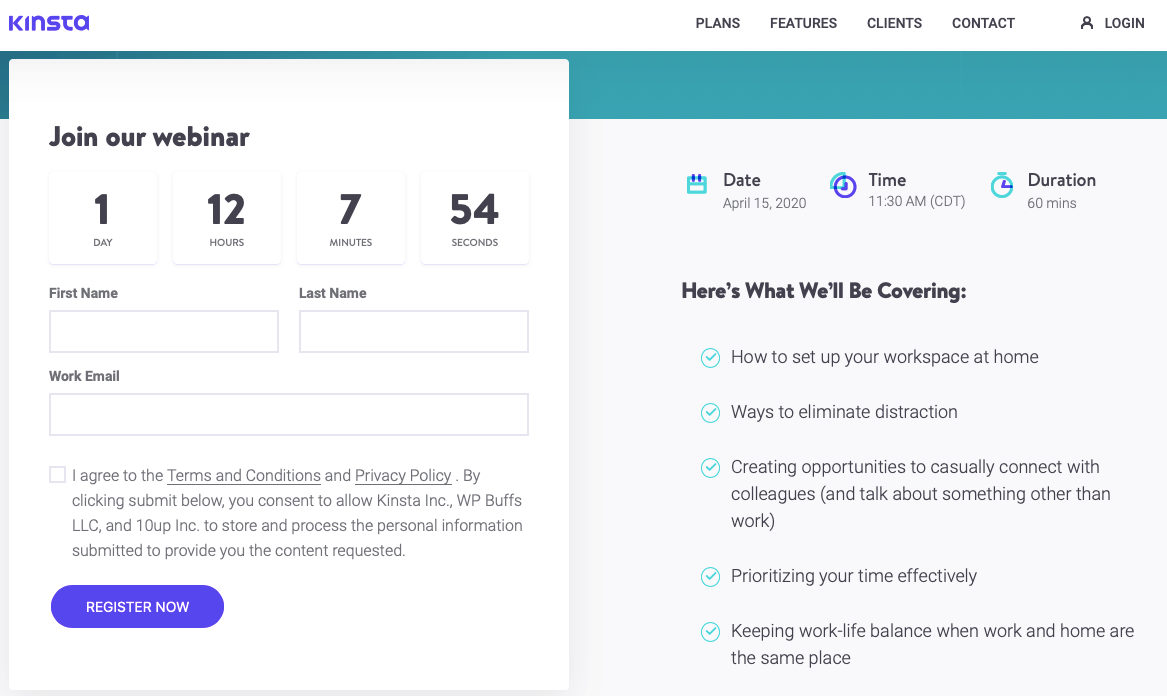
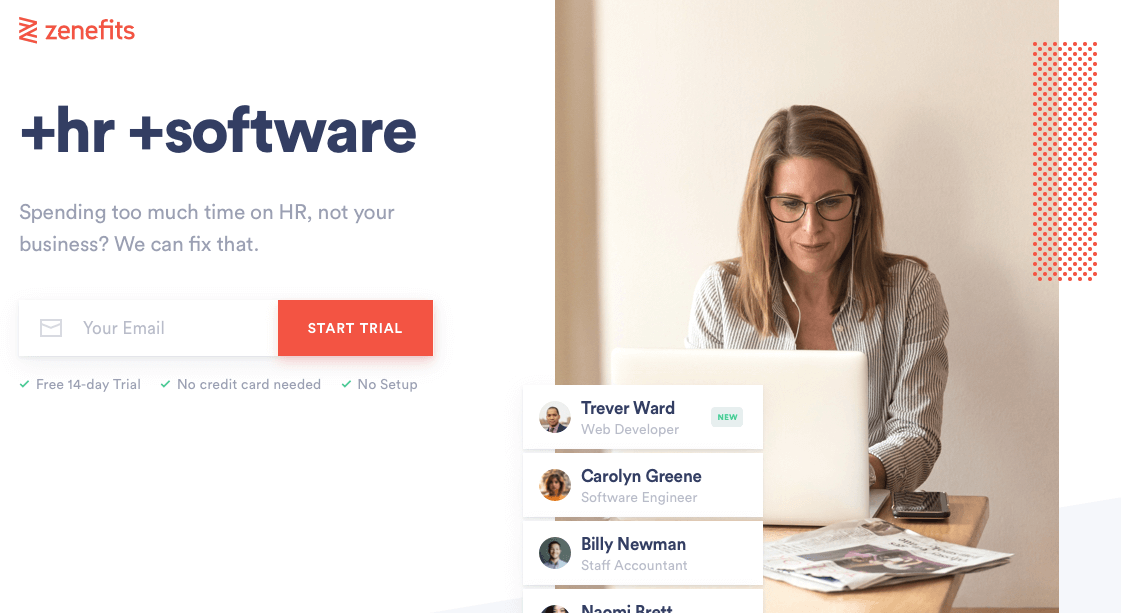
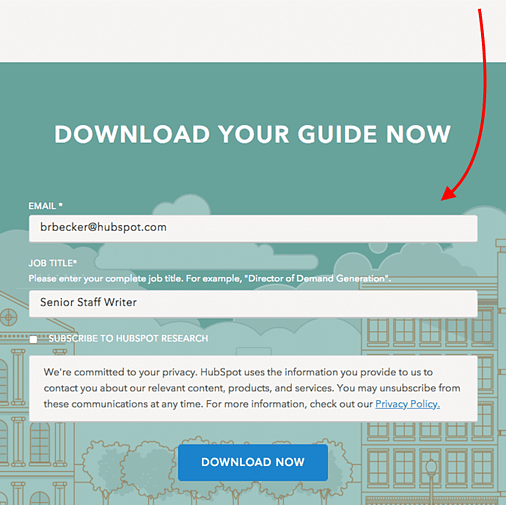
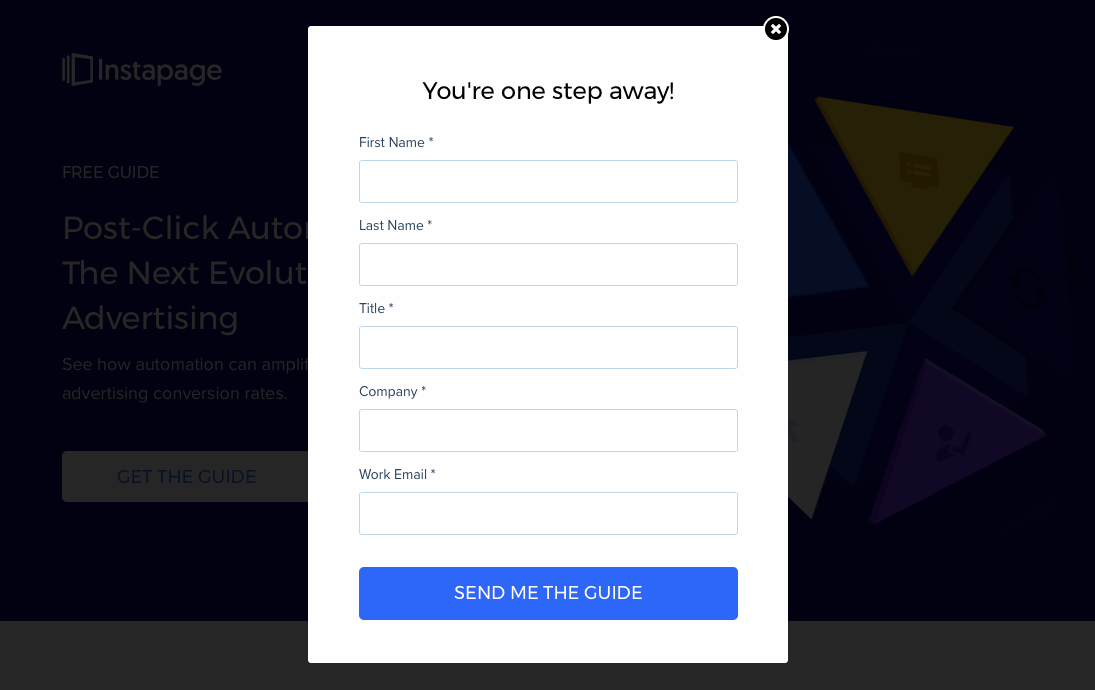
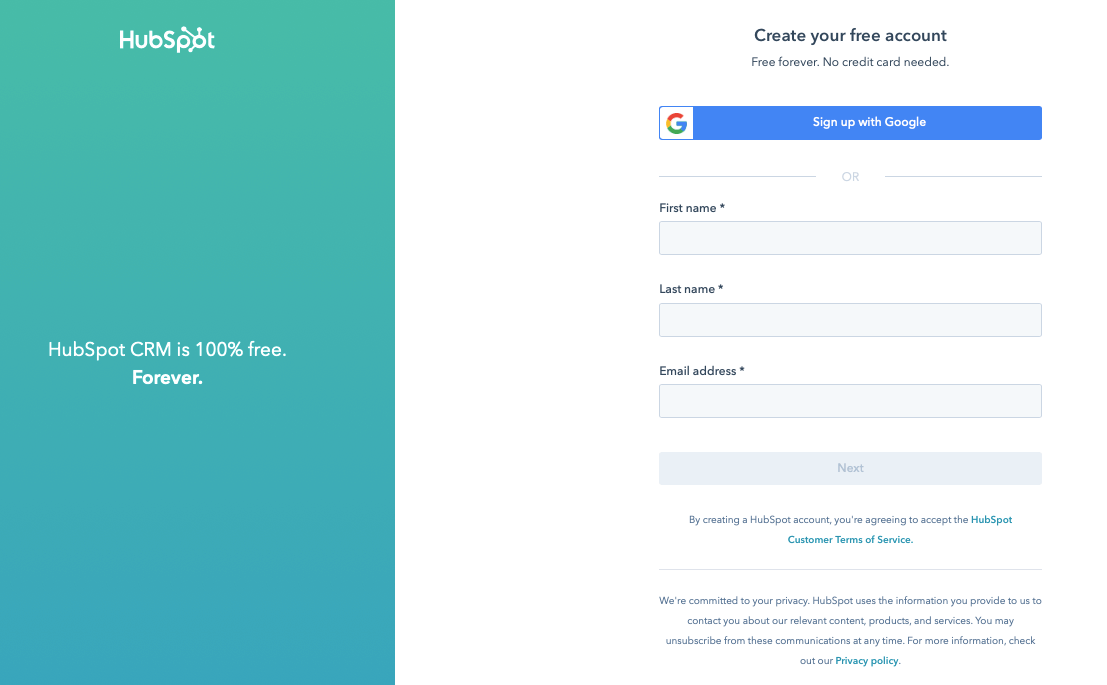
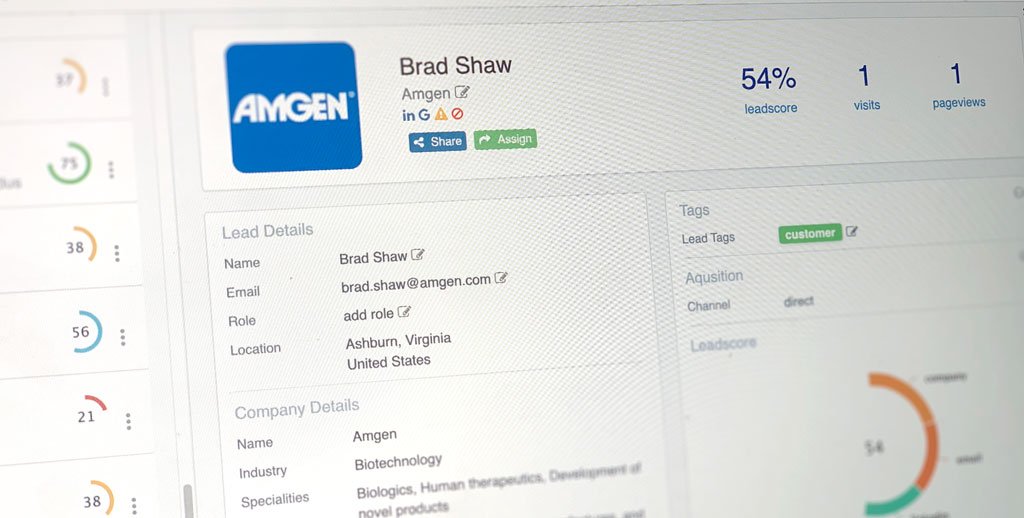
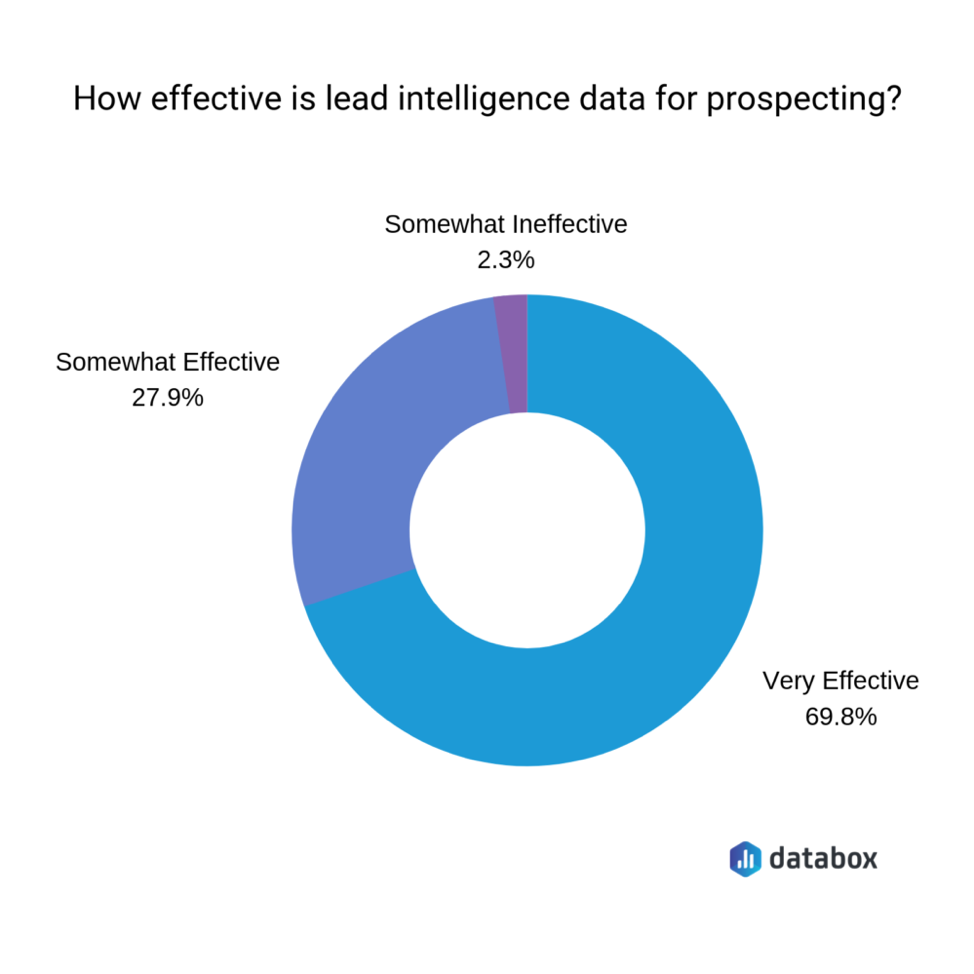
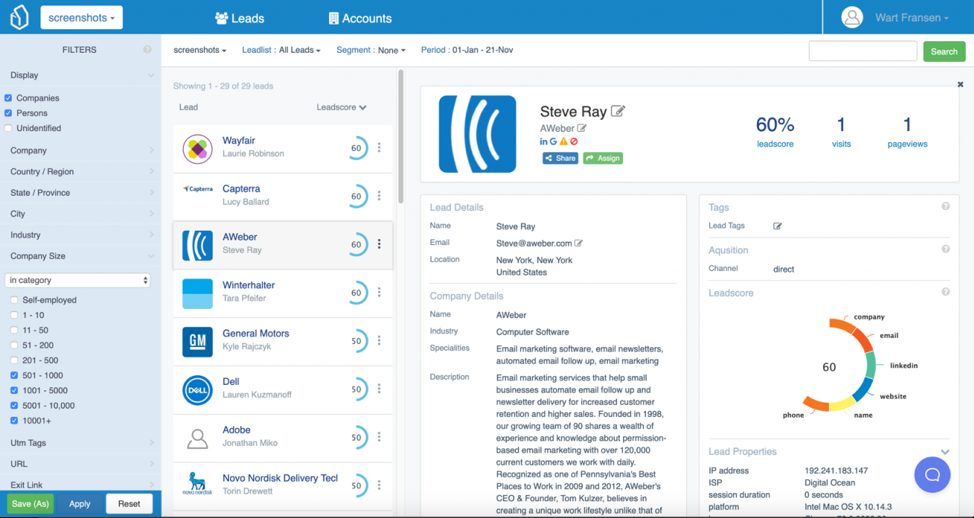
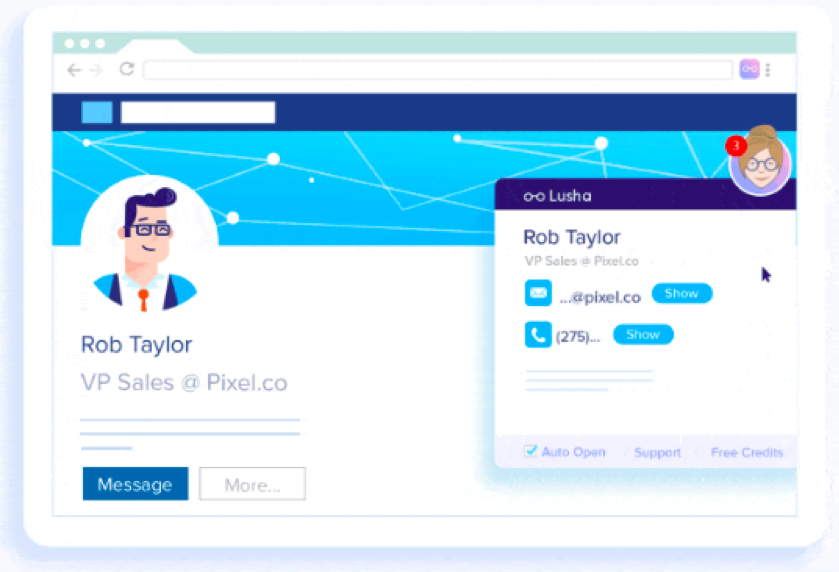
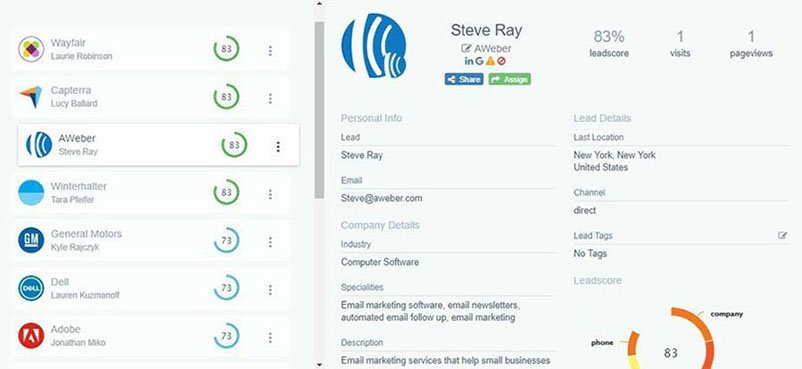
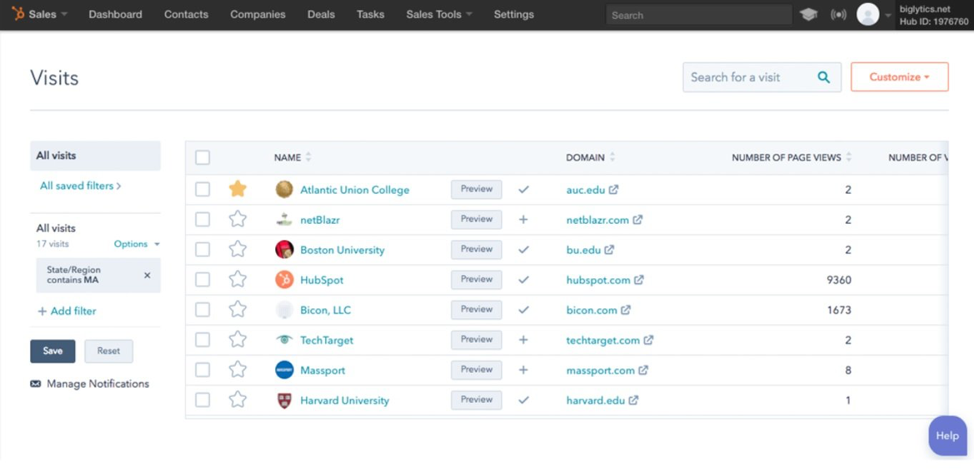
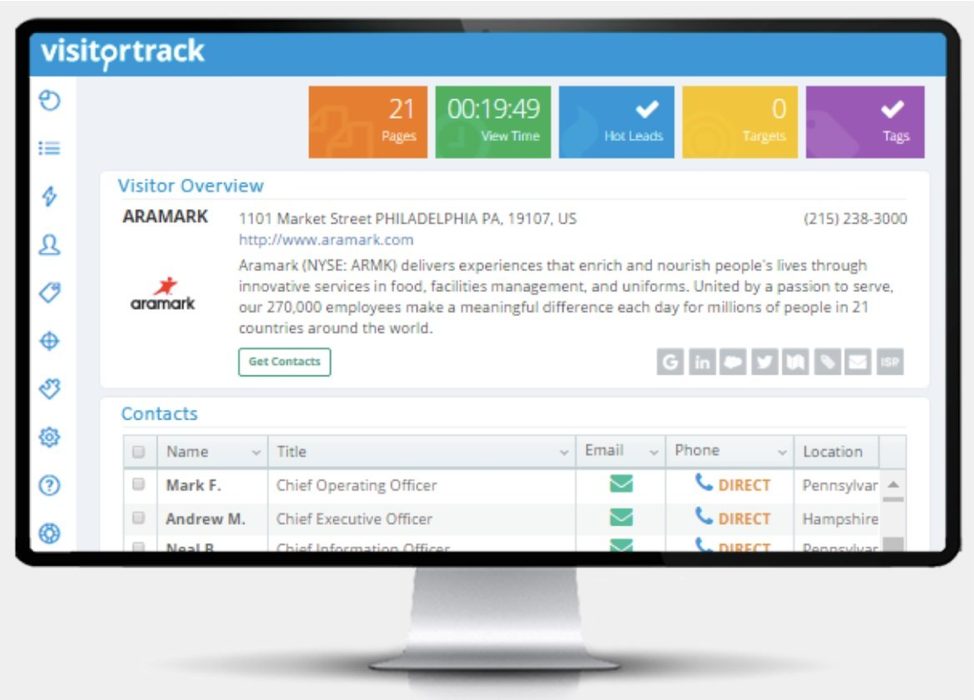
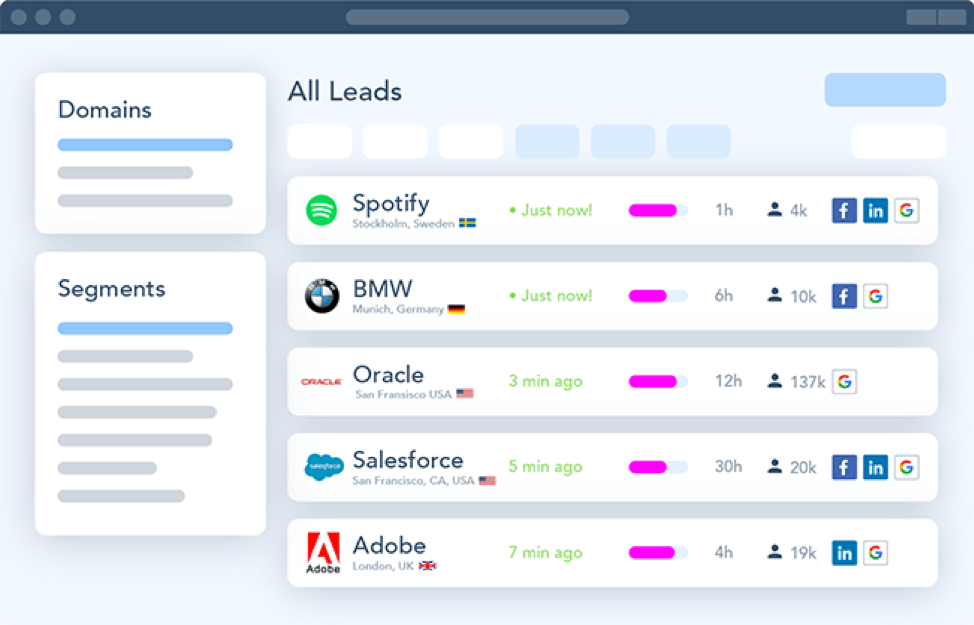
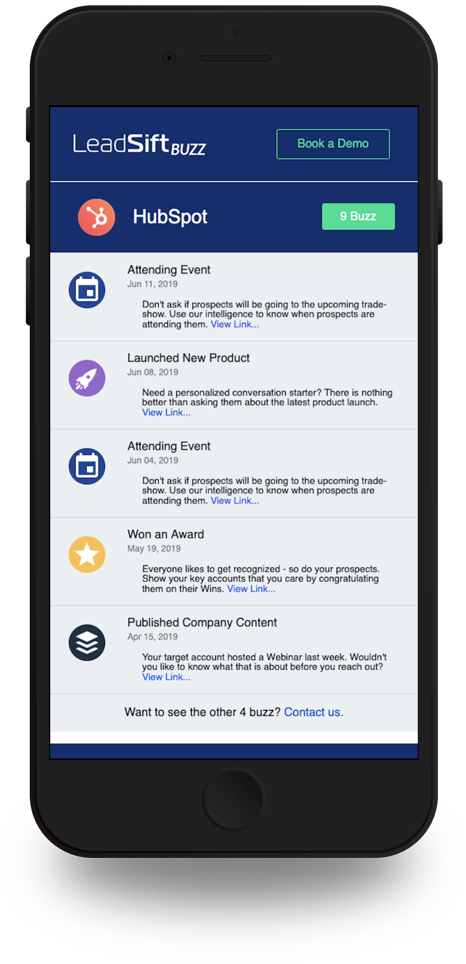
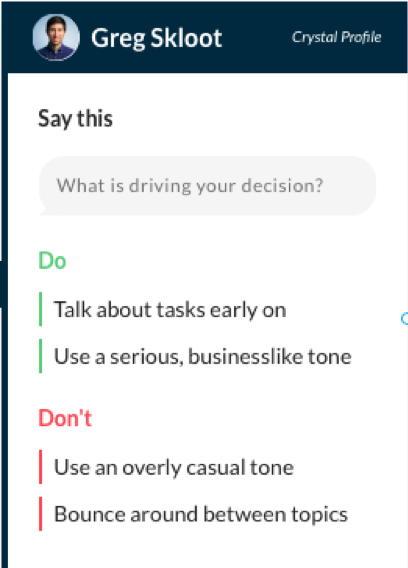
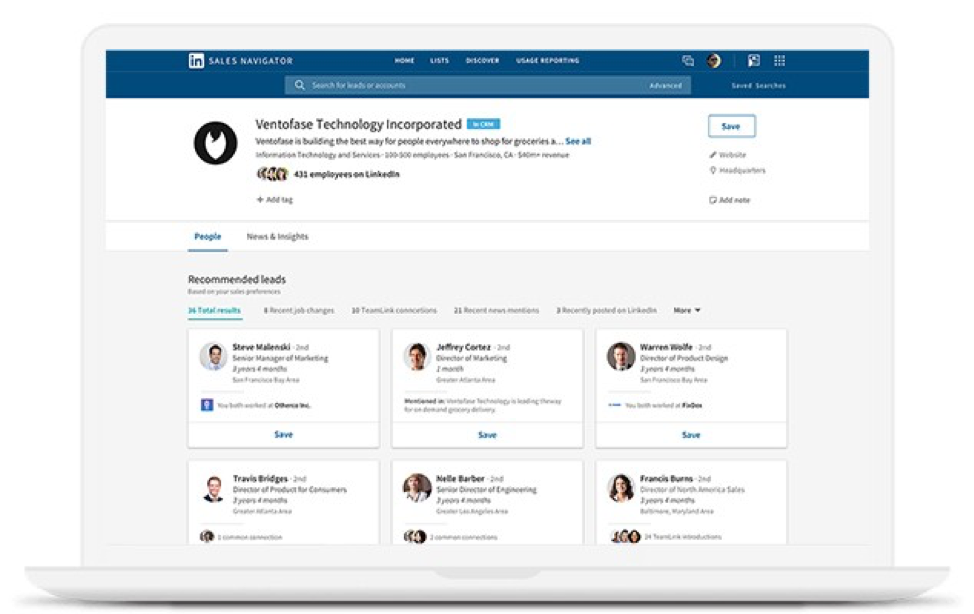
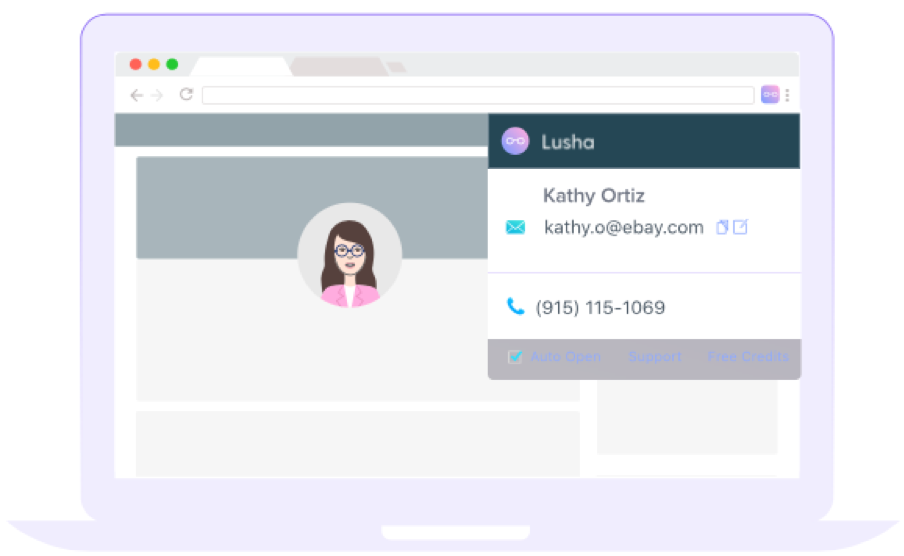
































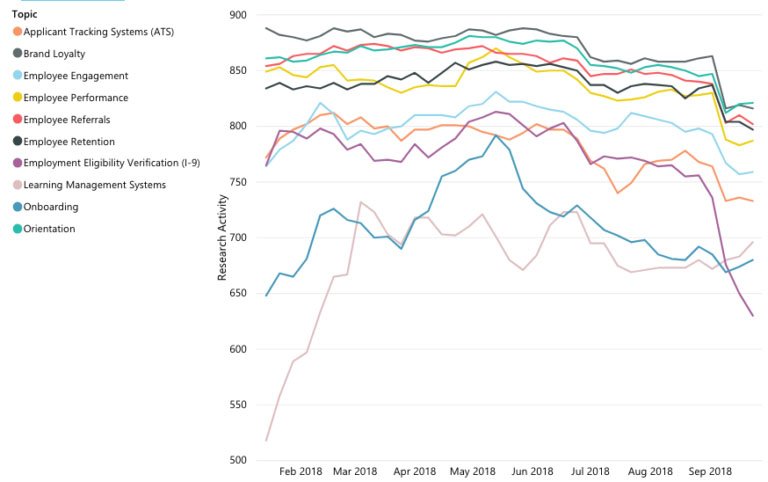
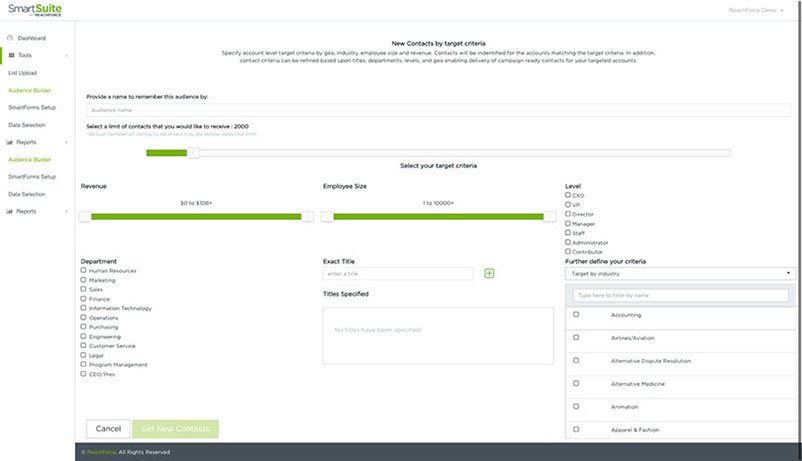
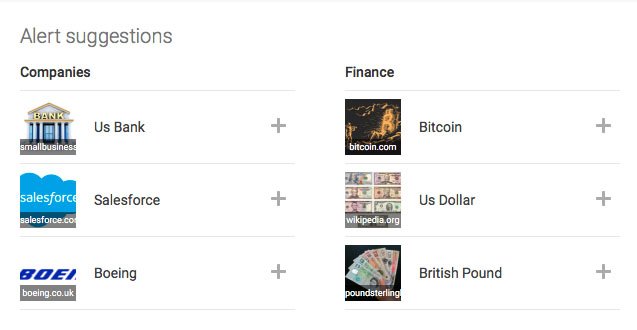
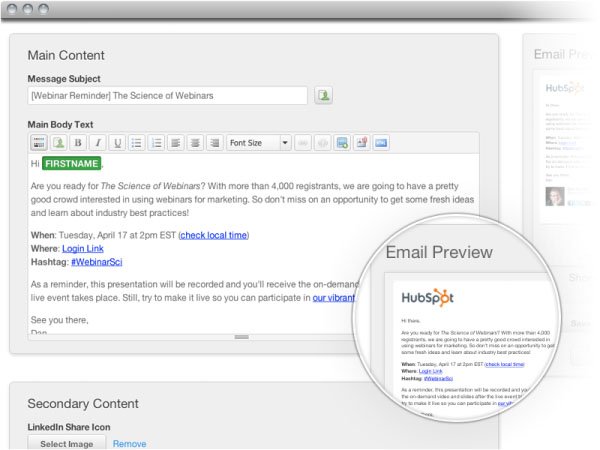

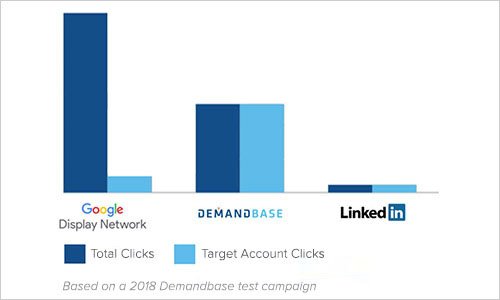
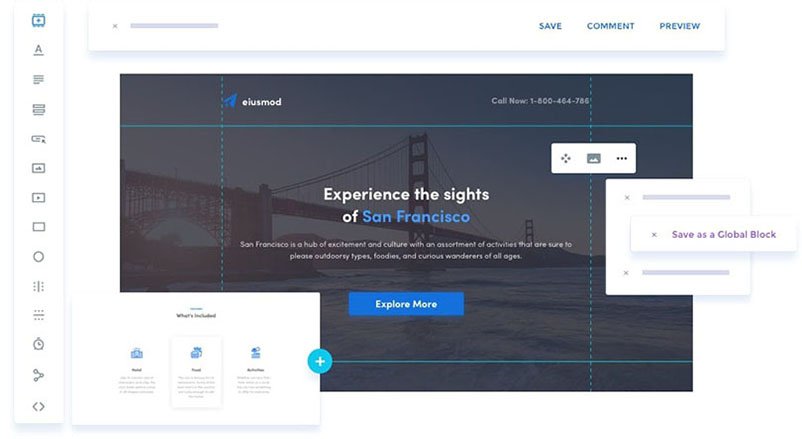

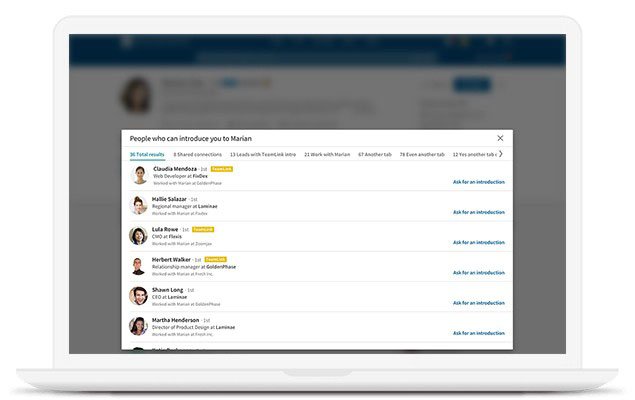
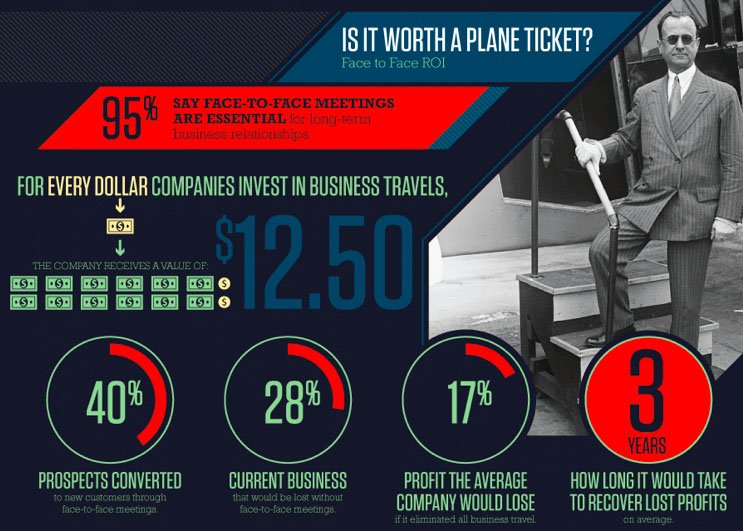
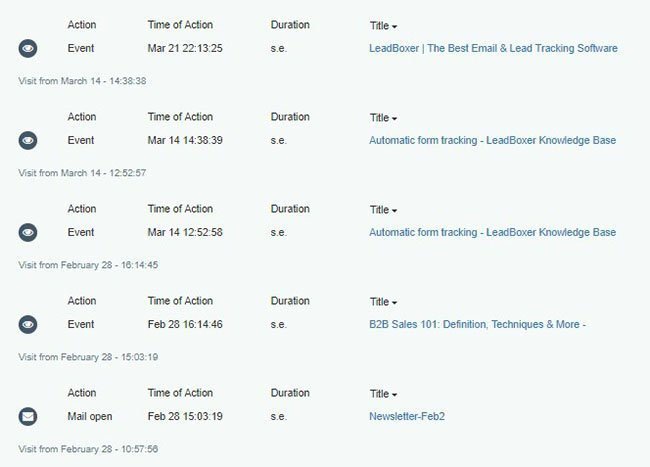
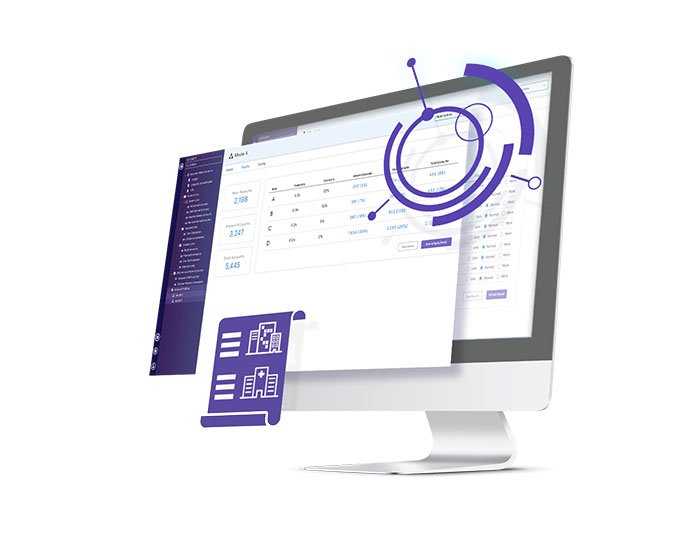
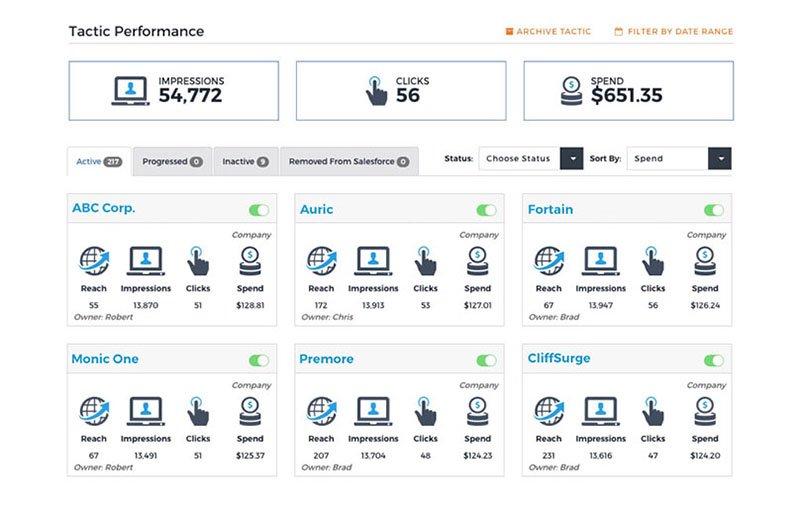
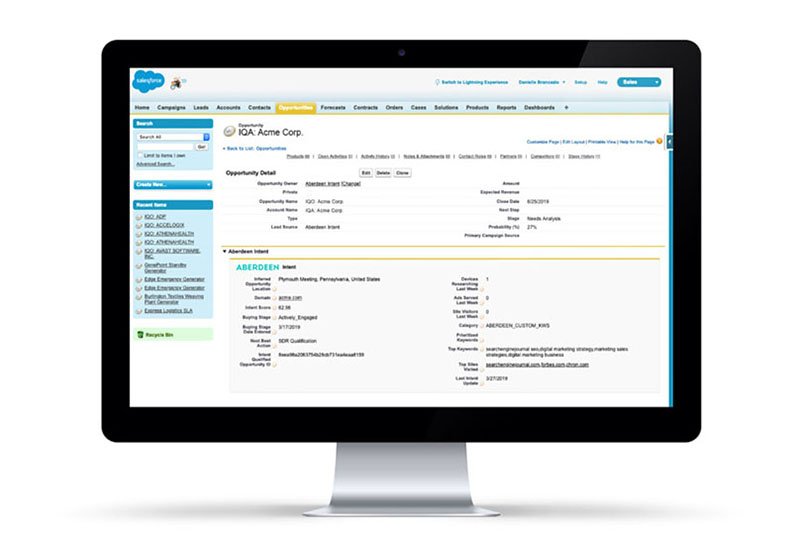
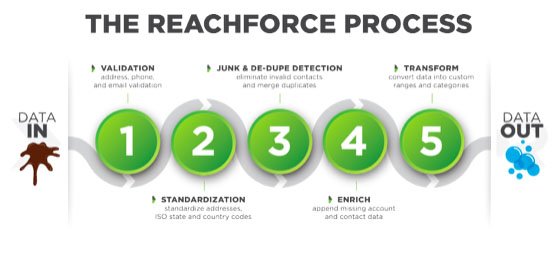
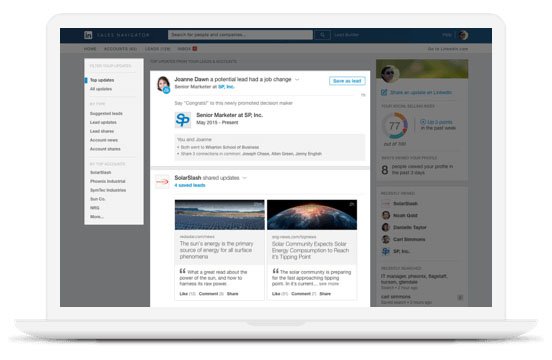
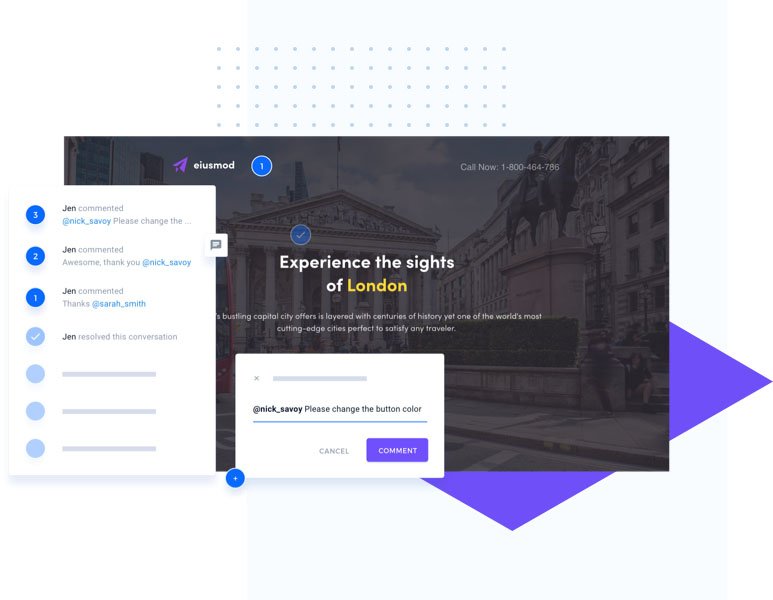

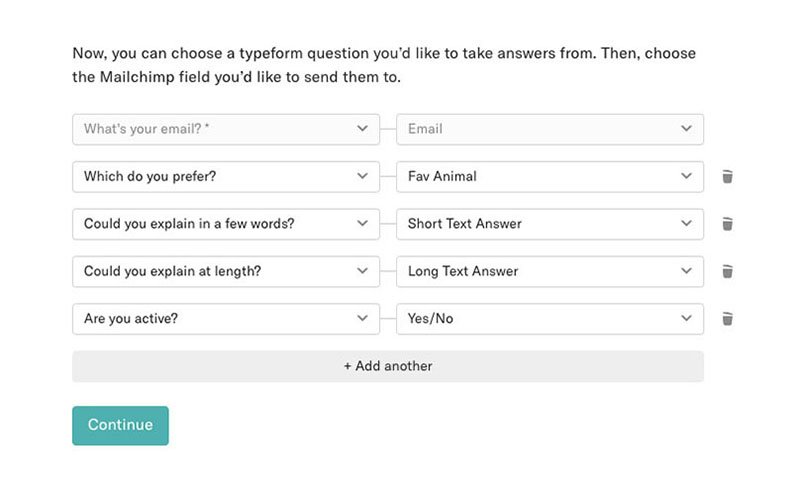
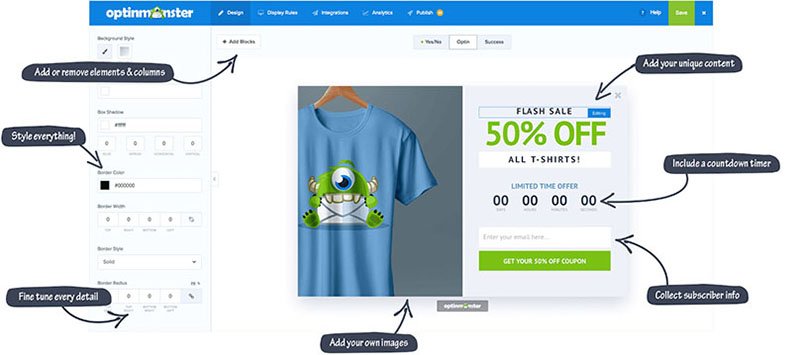
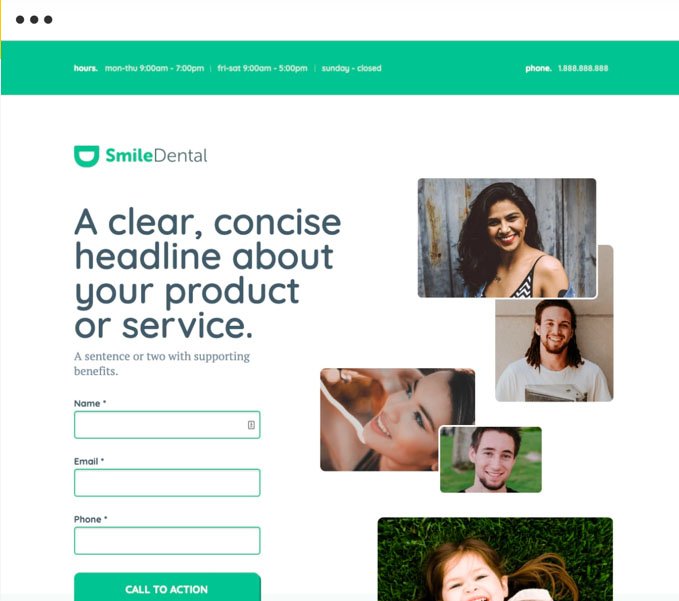
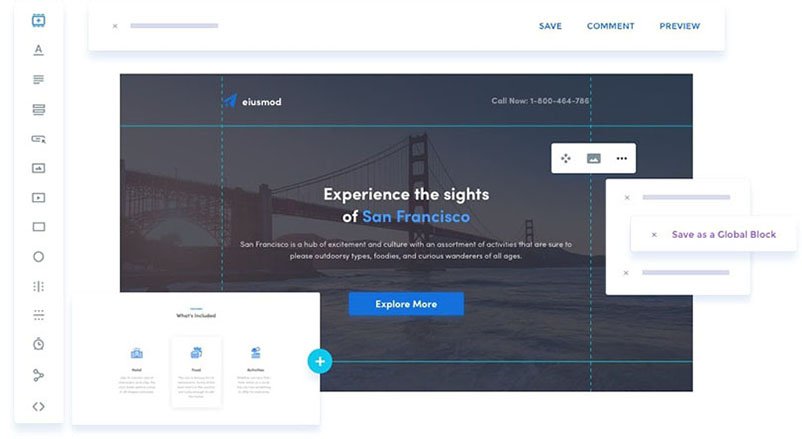
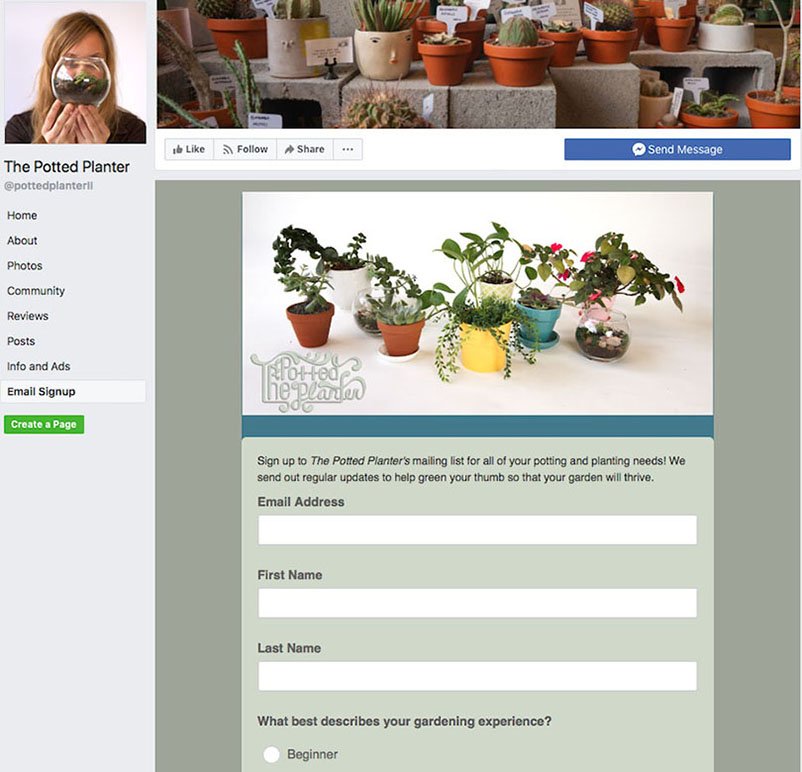
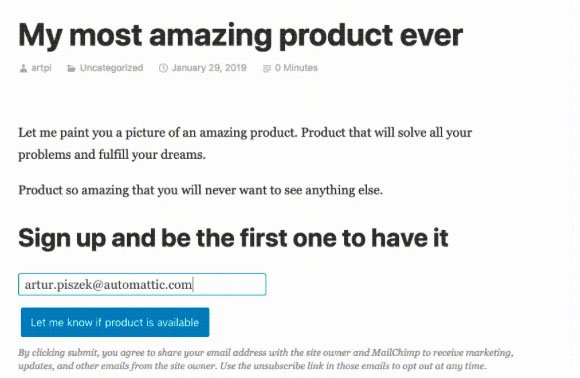
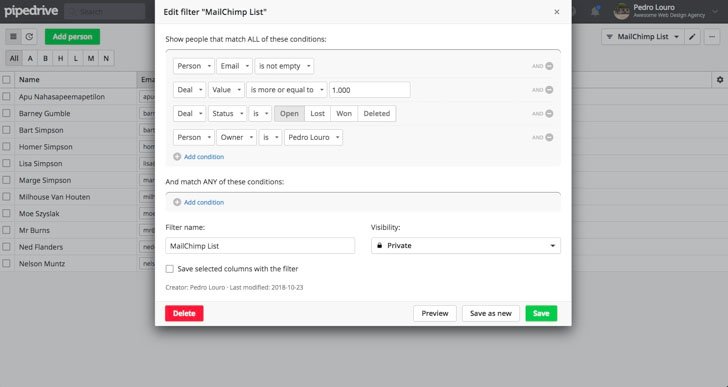
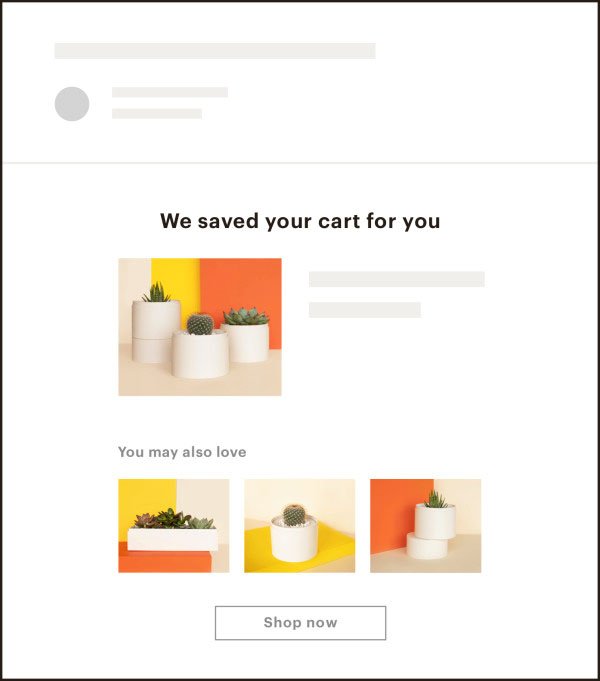
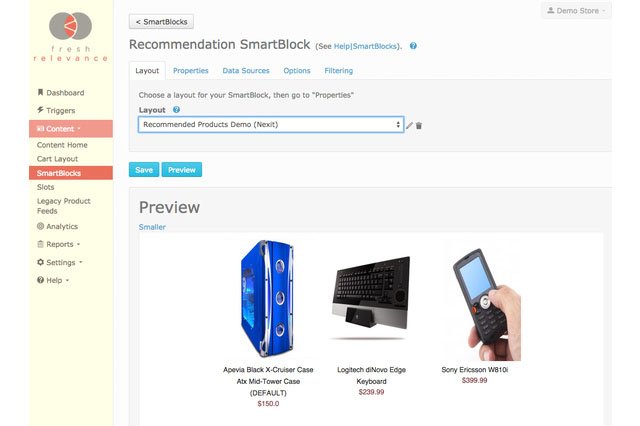
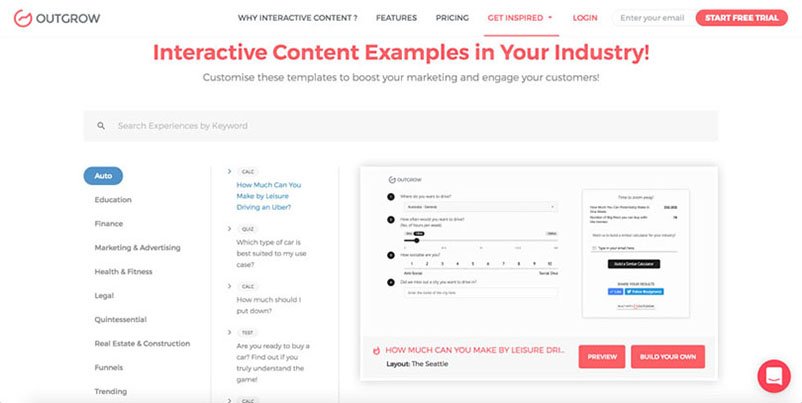
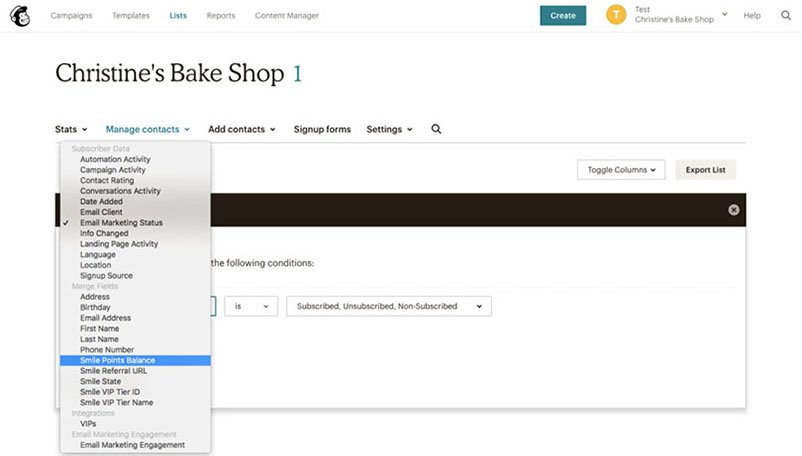
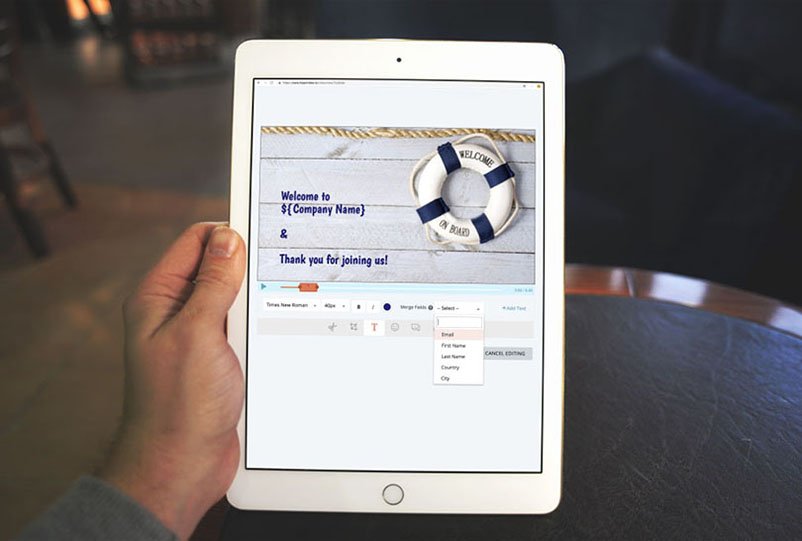
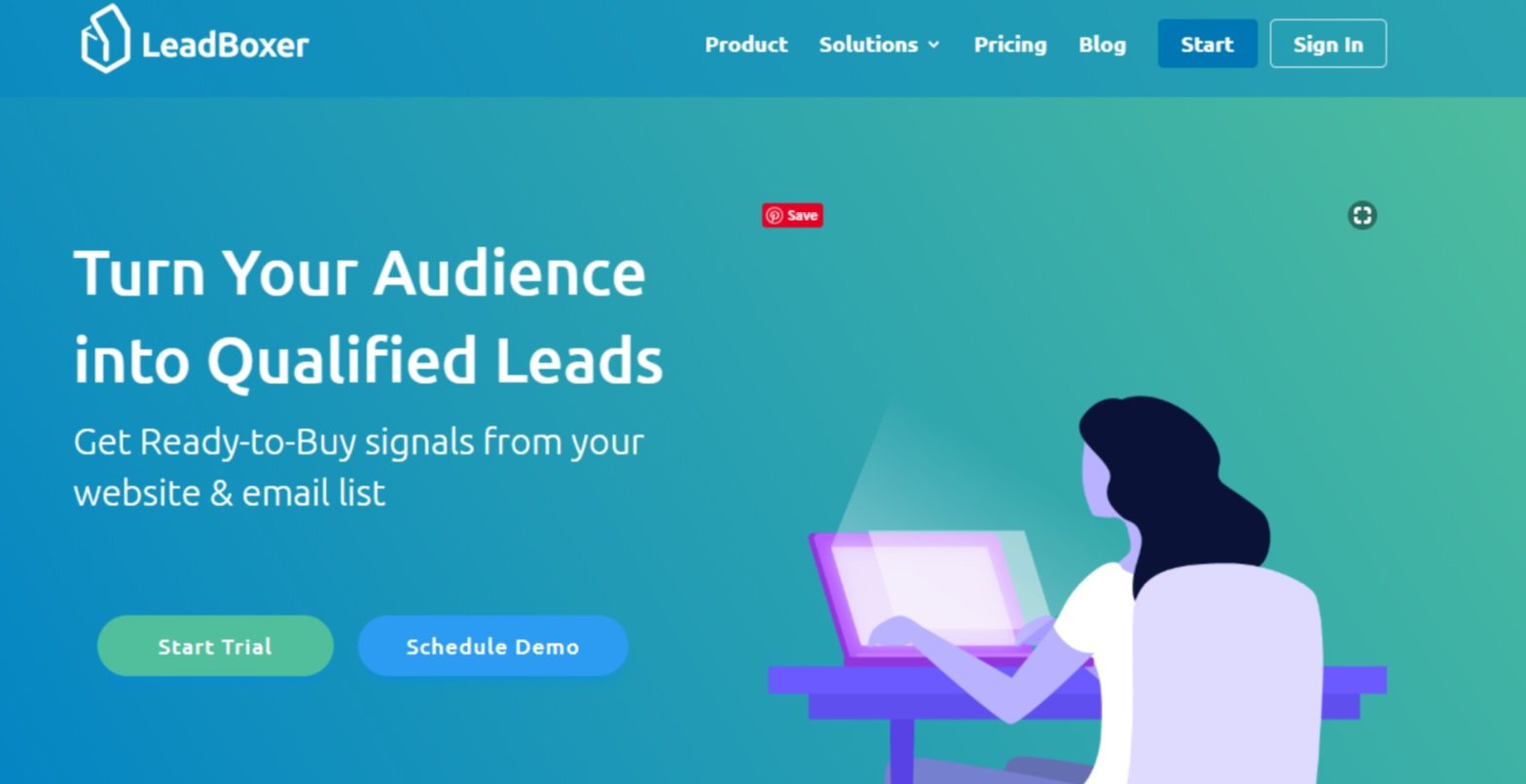
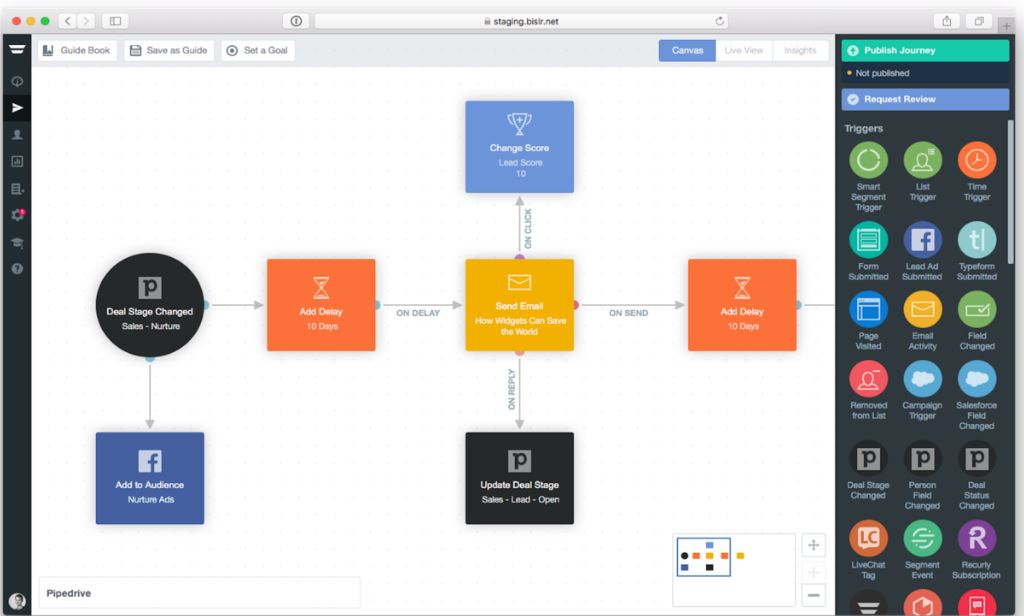
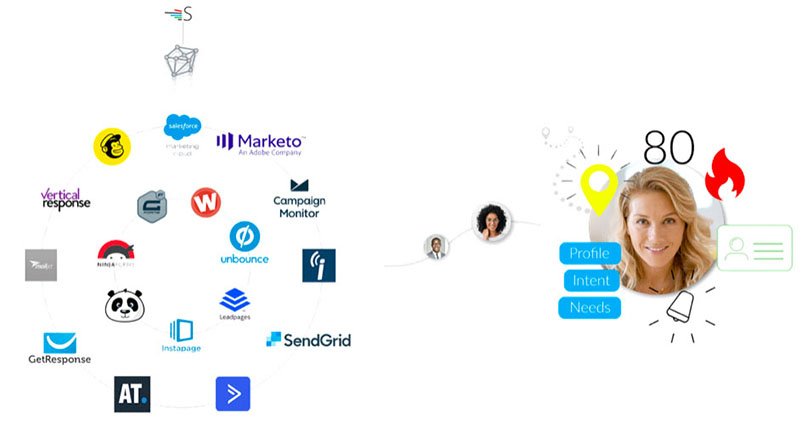
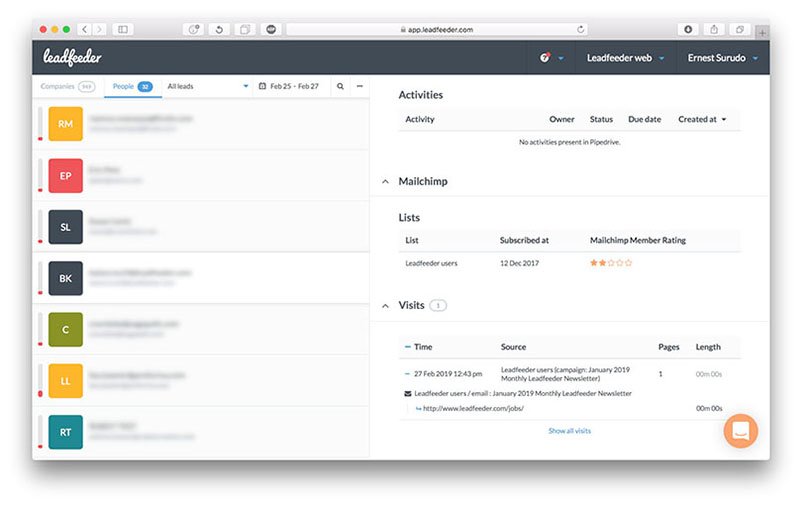
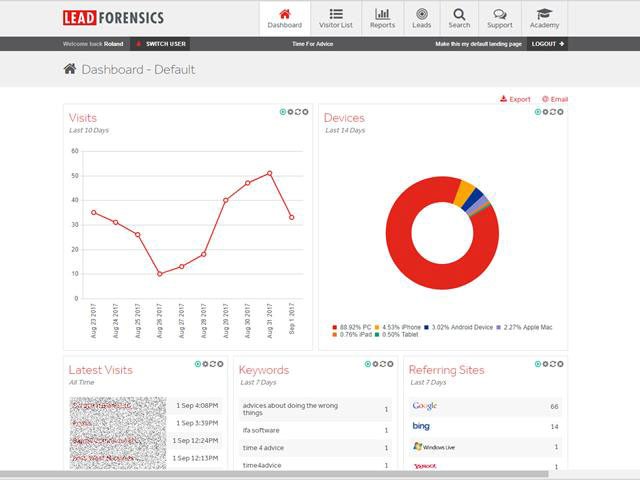
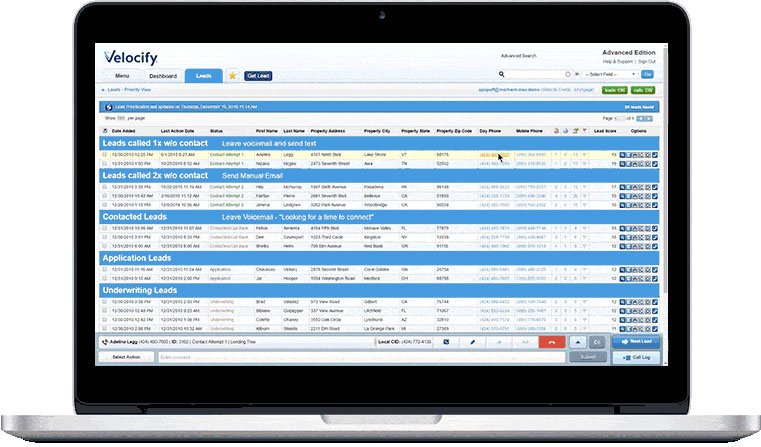
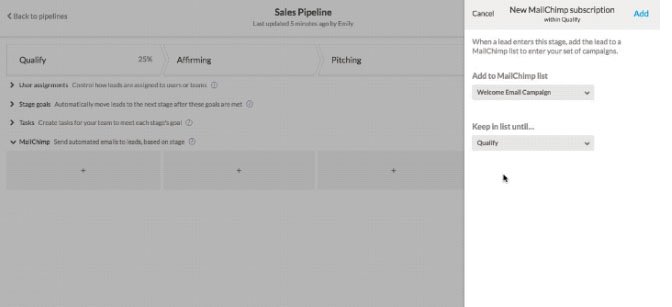

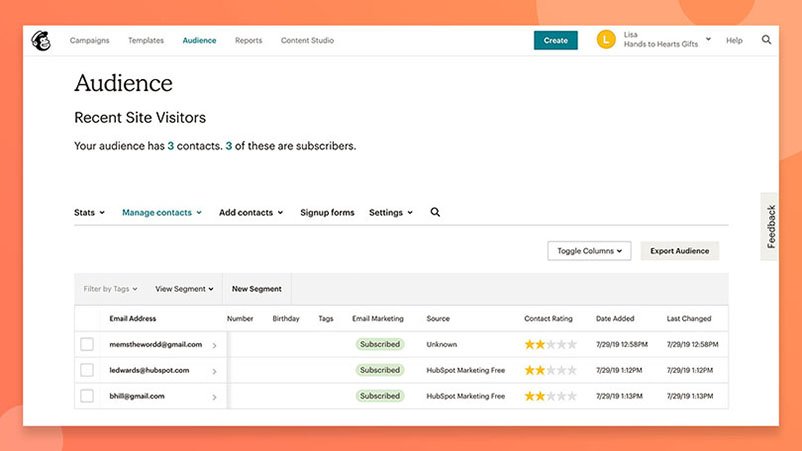
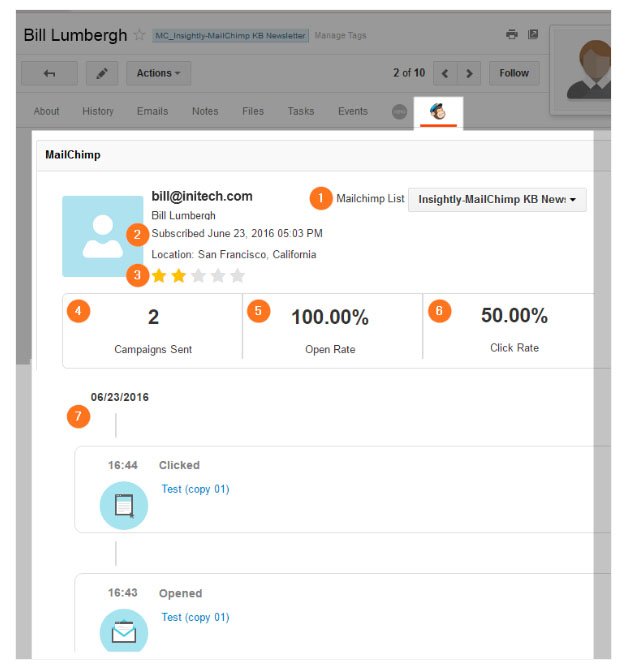
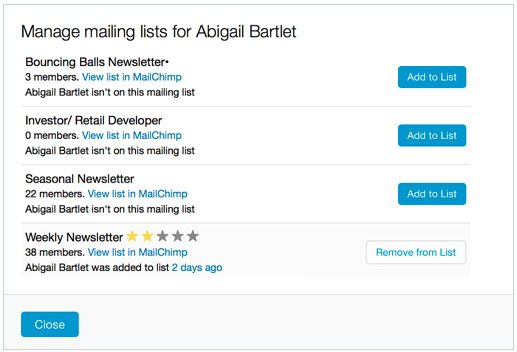
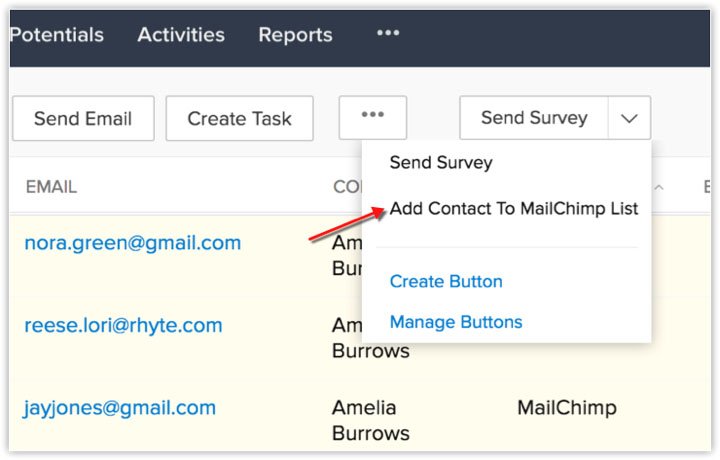
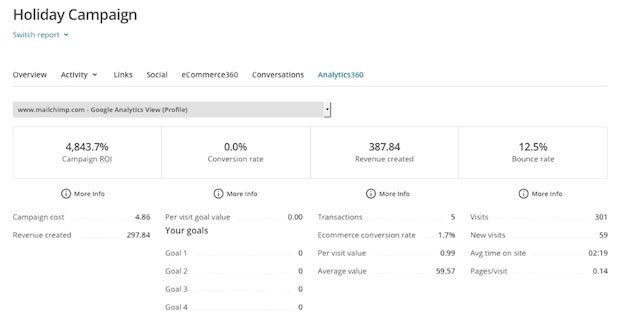
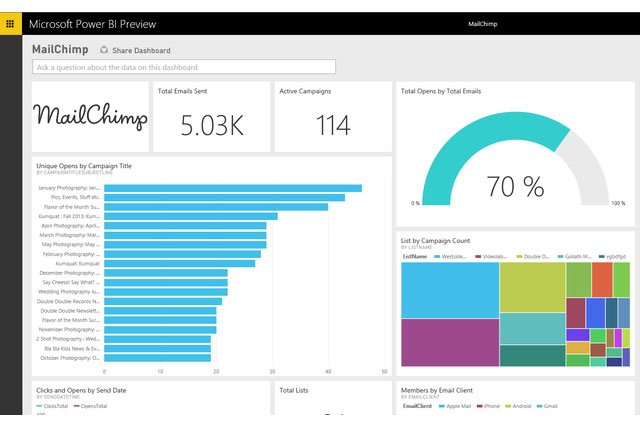
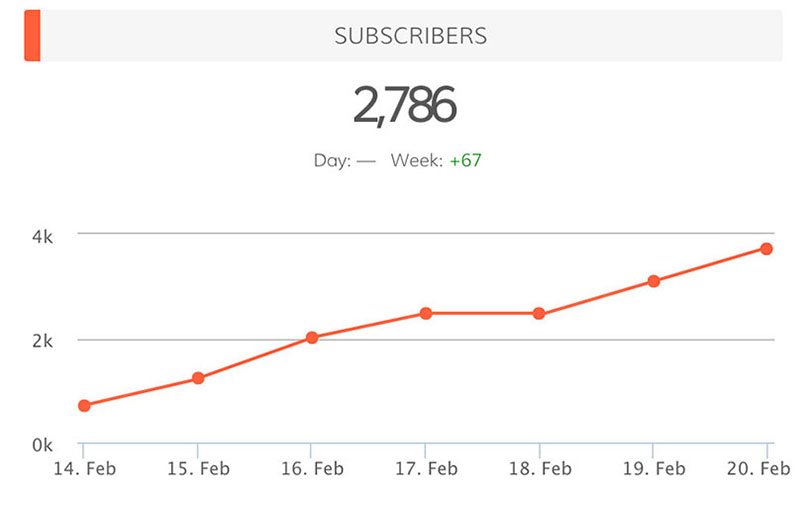
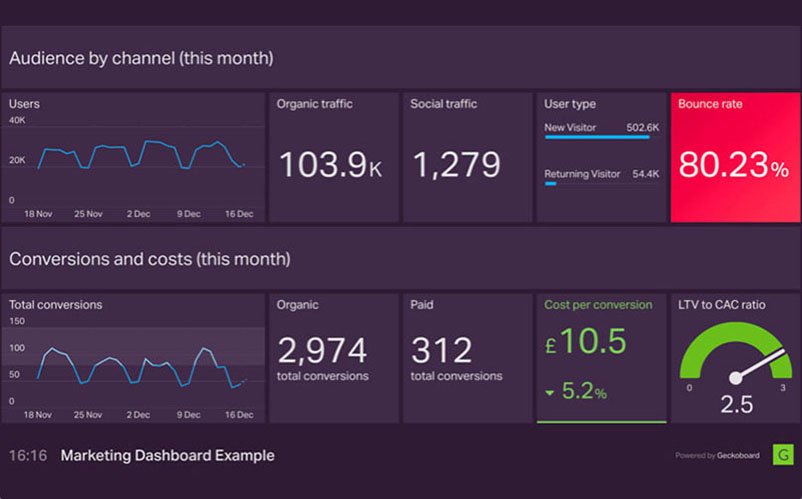
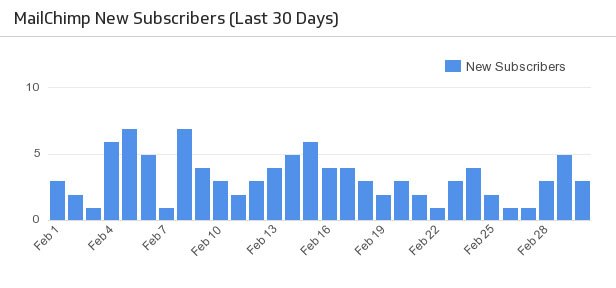
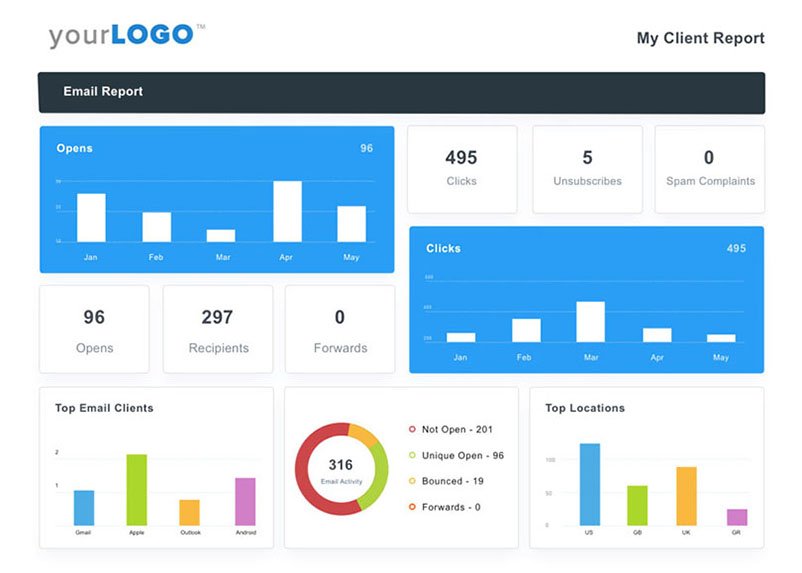

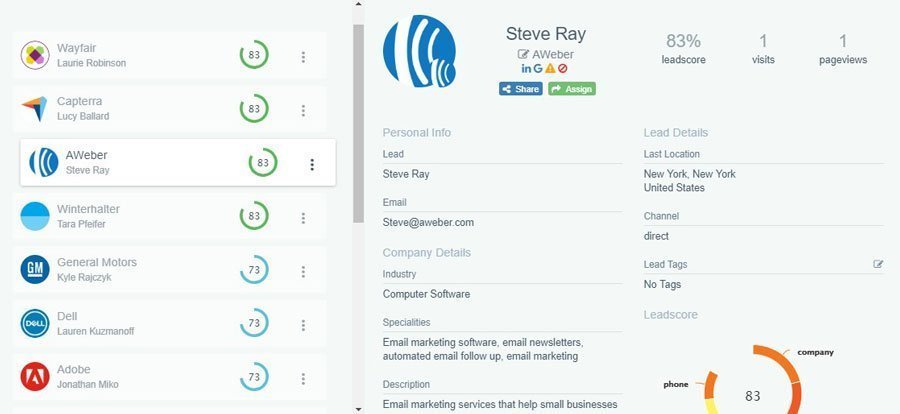 A lead generation tool like
A lead generation tool like 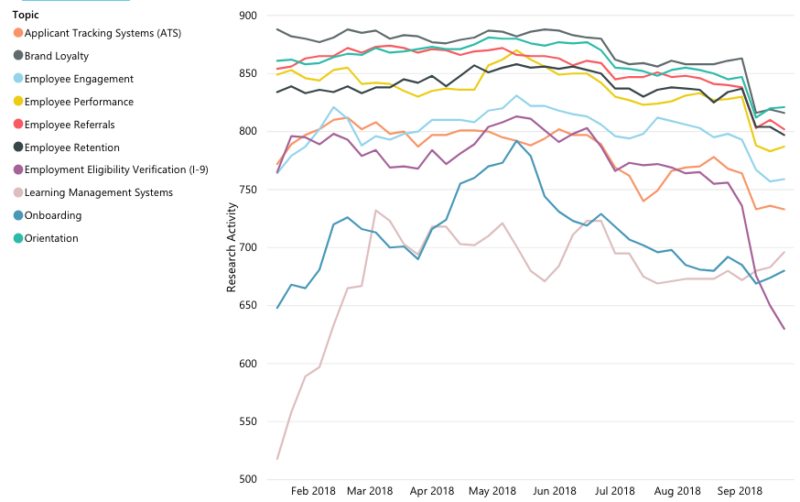
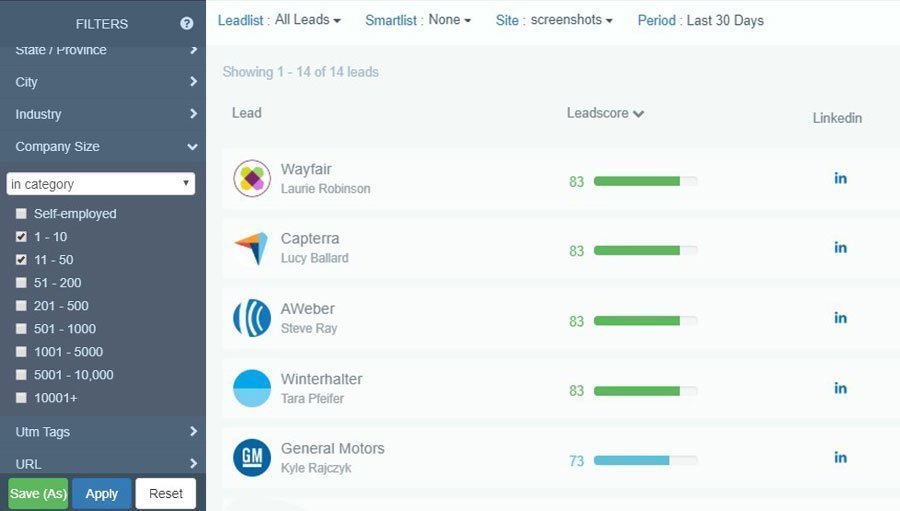 A tool like LeadBoxer quickly shows you the highest priority leads by allowing you to search by filters such as location, industry, and company size.
A tool like LeadBoxer quickly shows you the highest priority leads by allowing you to search by filters such as location, industry, and company size.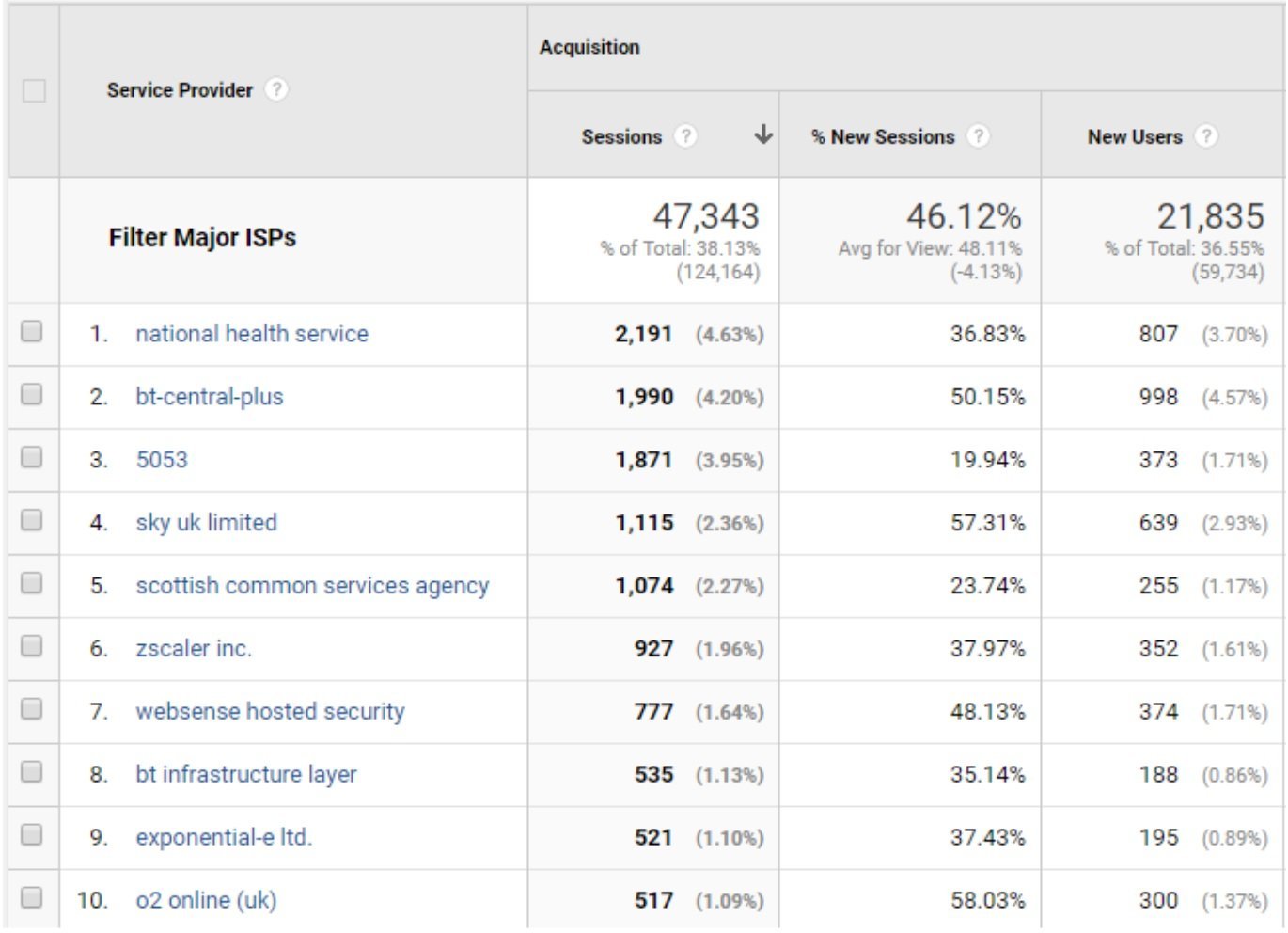
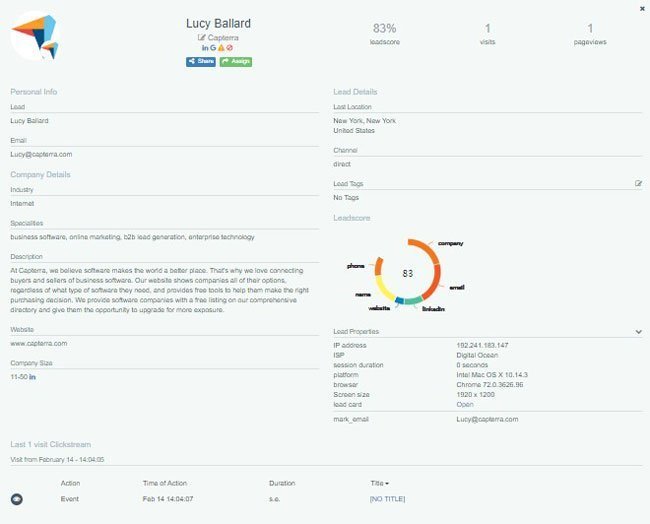
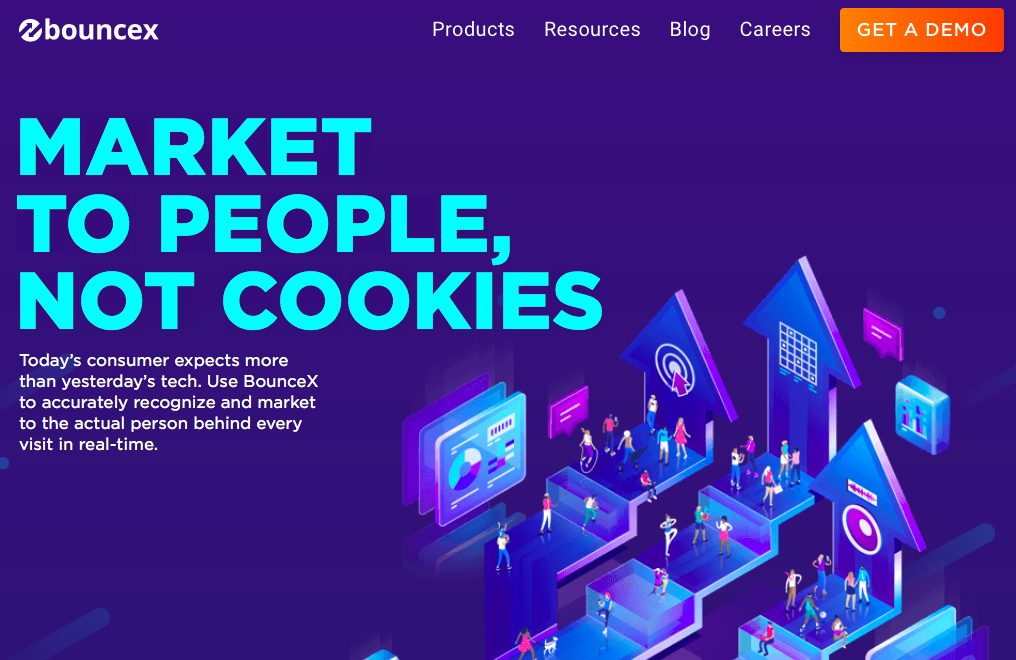
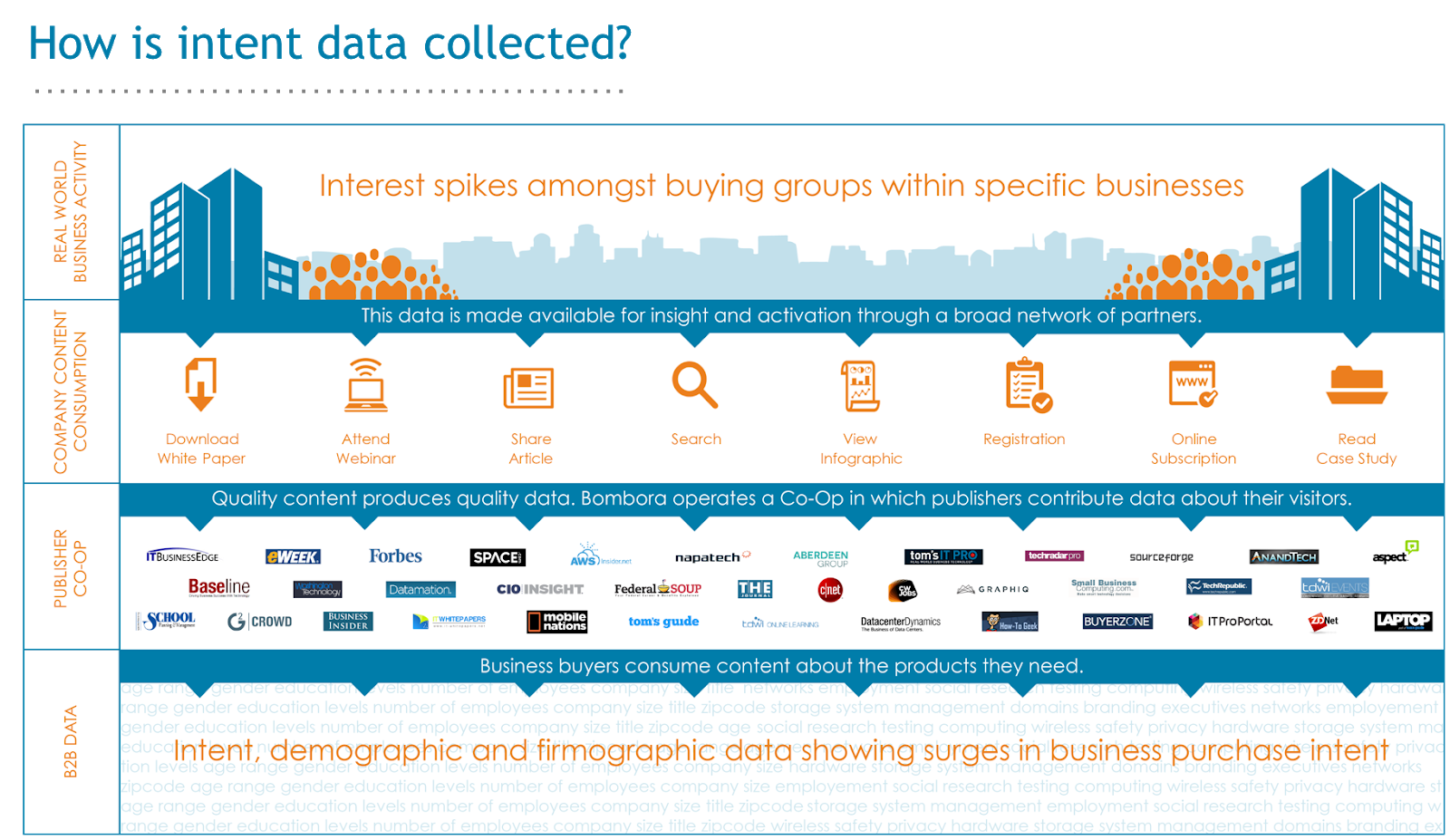
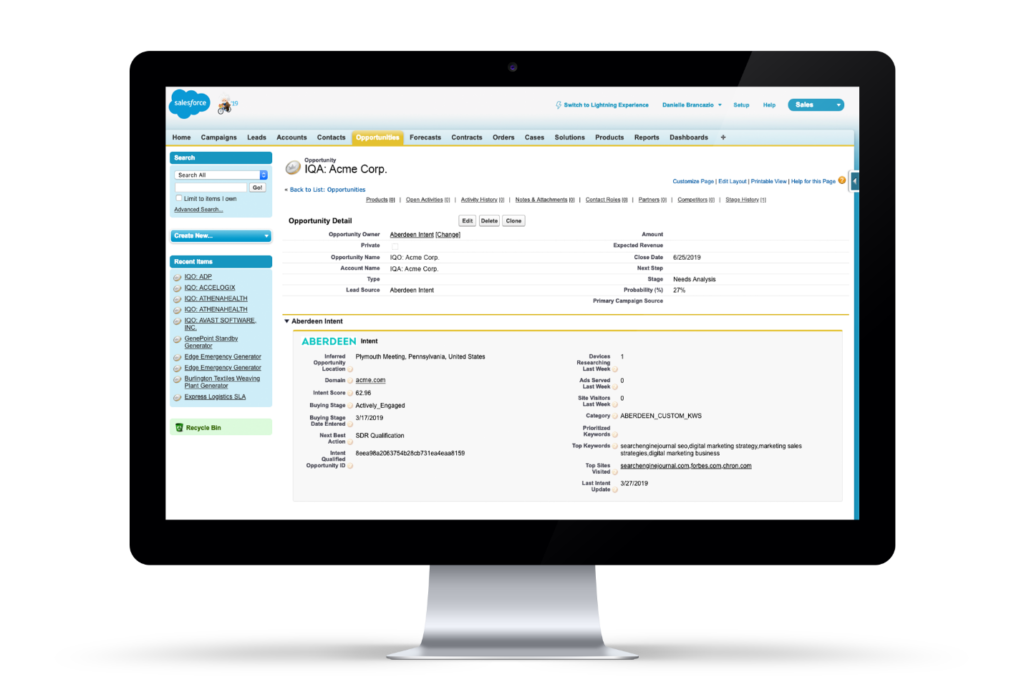
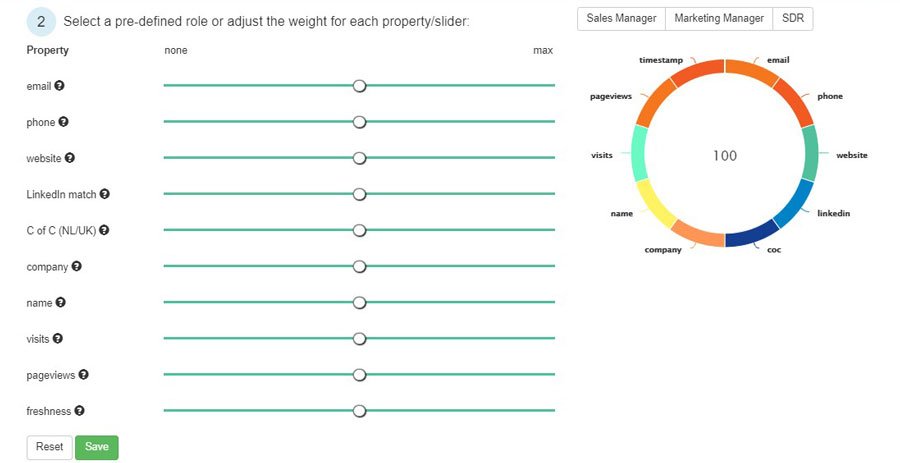
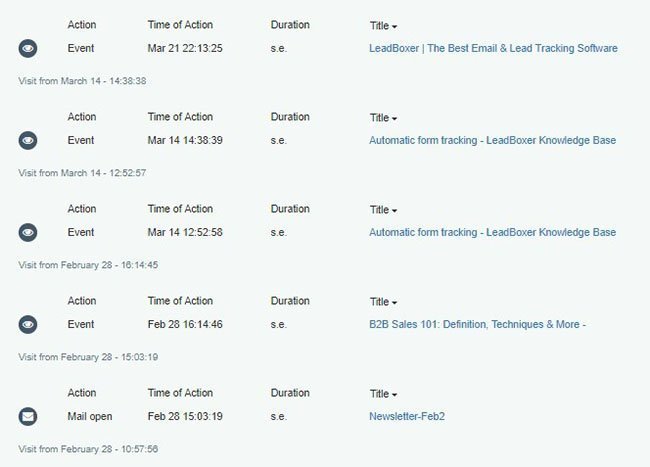 The more specific the data points used to calculate a lead score, the more accurate and useful the lead score will be. This will help weed out accounts that aren’t the right fit or are researching topics without having any intent to buy a product or service.
The more specific the data points used to calculate a lead score, the more accurate and useful the lead score will be. This will help weed out accounts that aren’t the right fit or are researching topics without having any intent to buy a product or service.